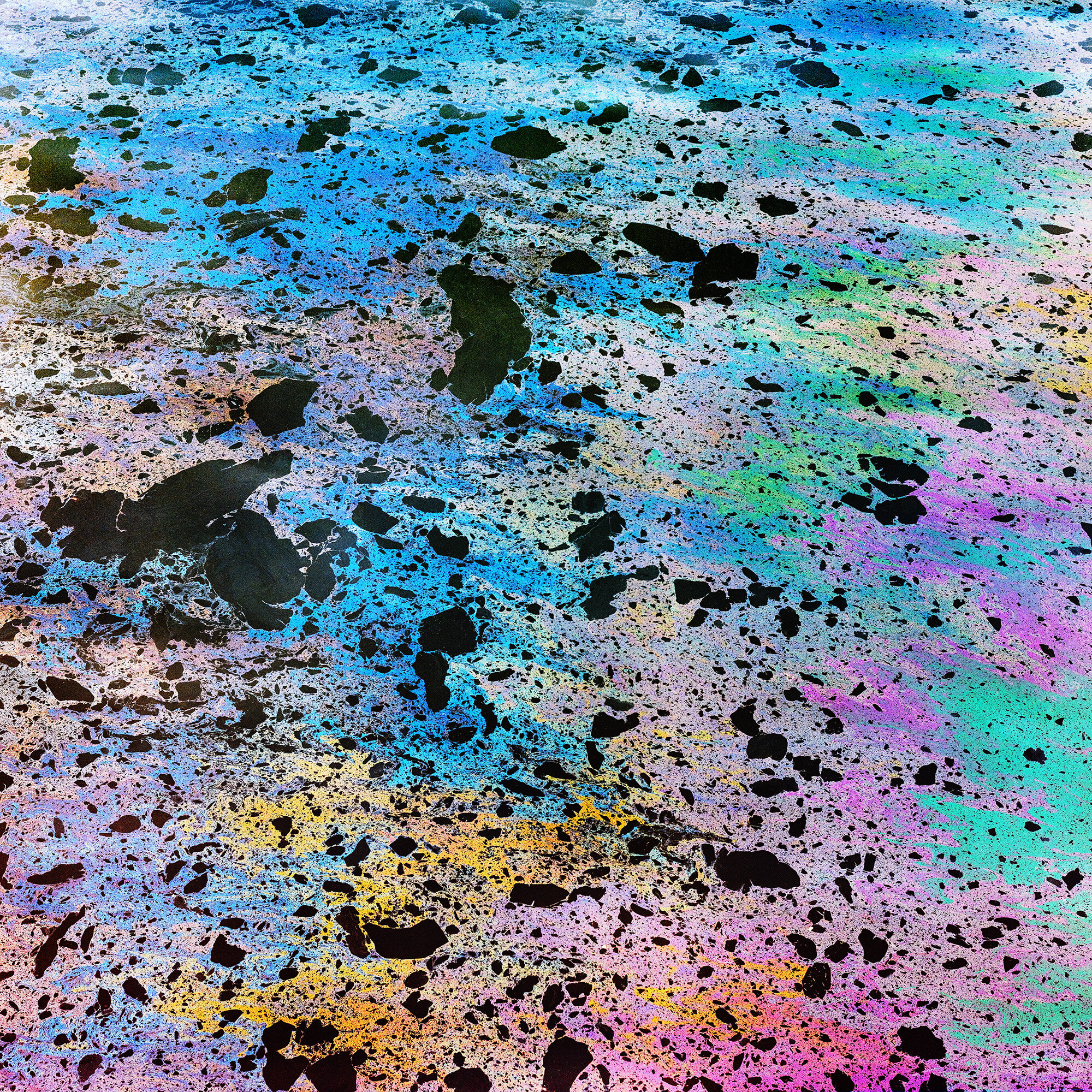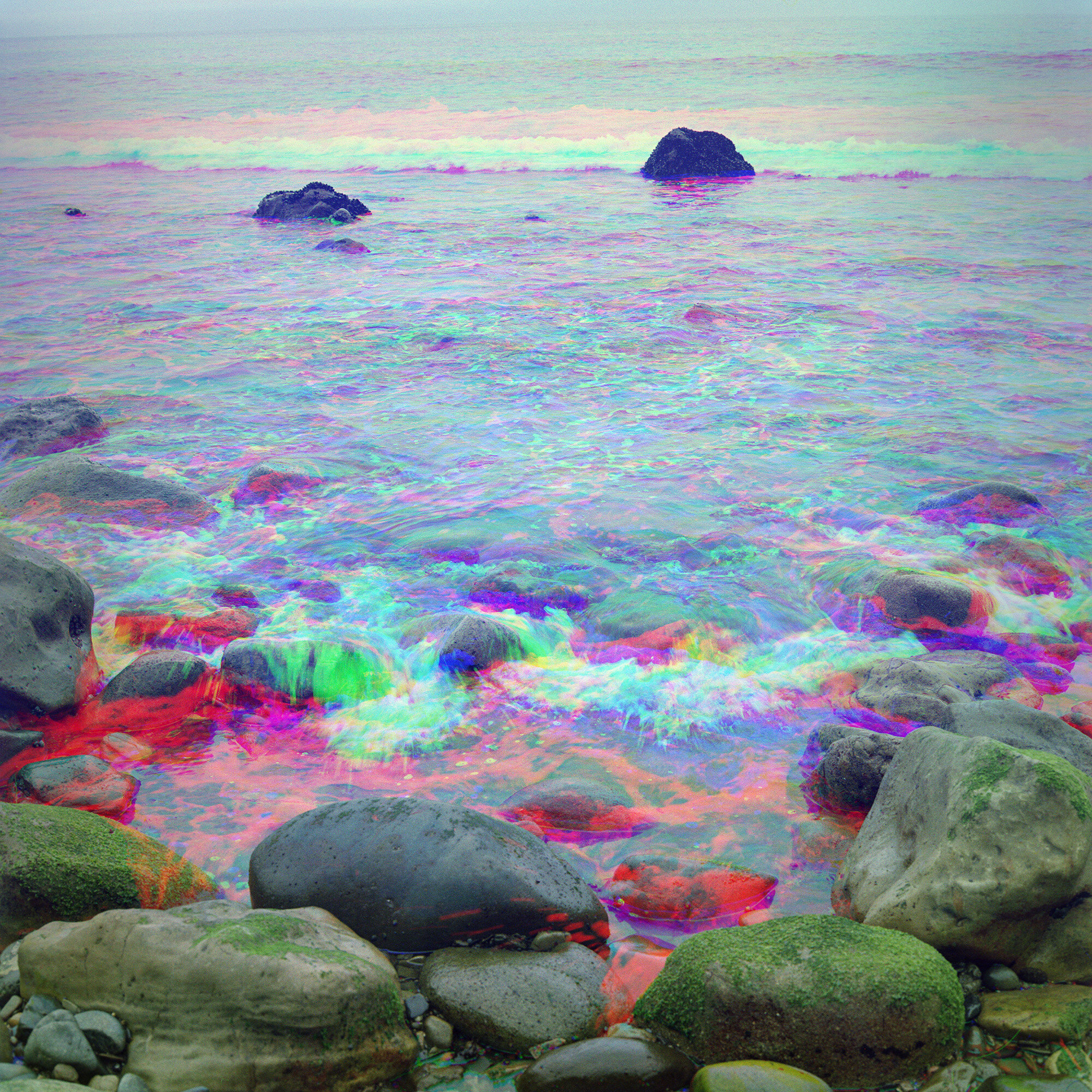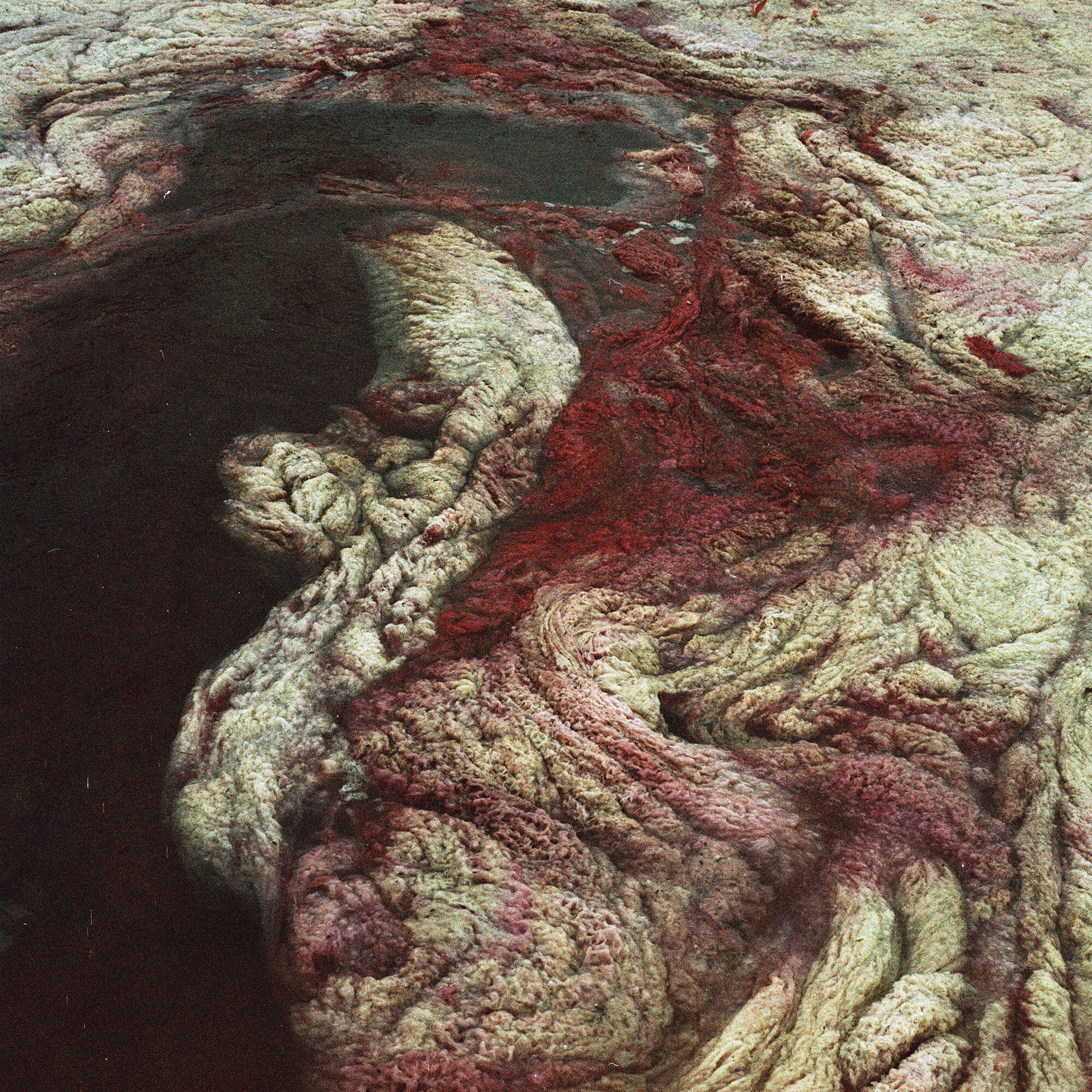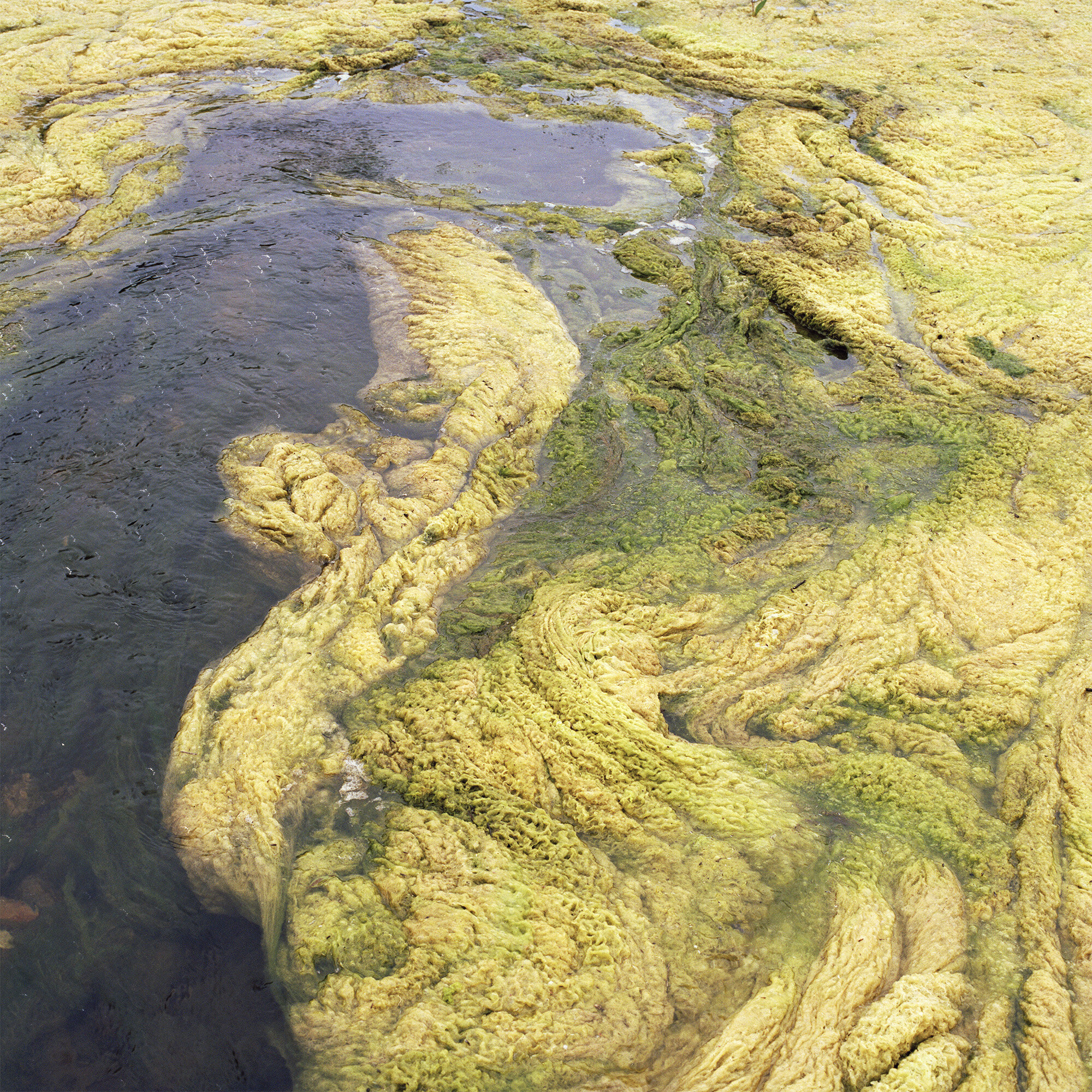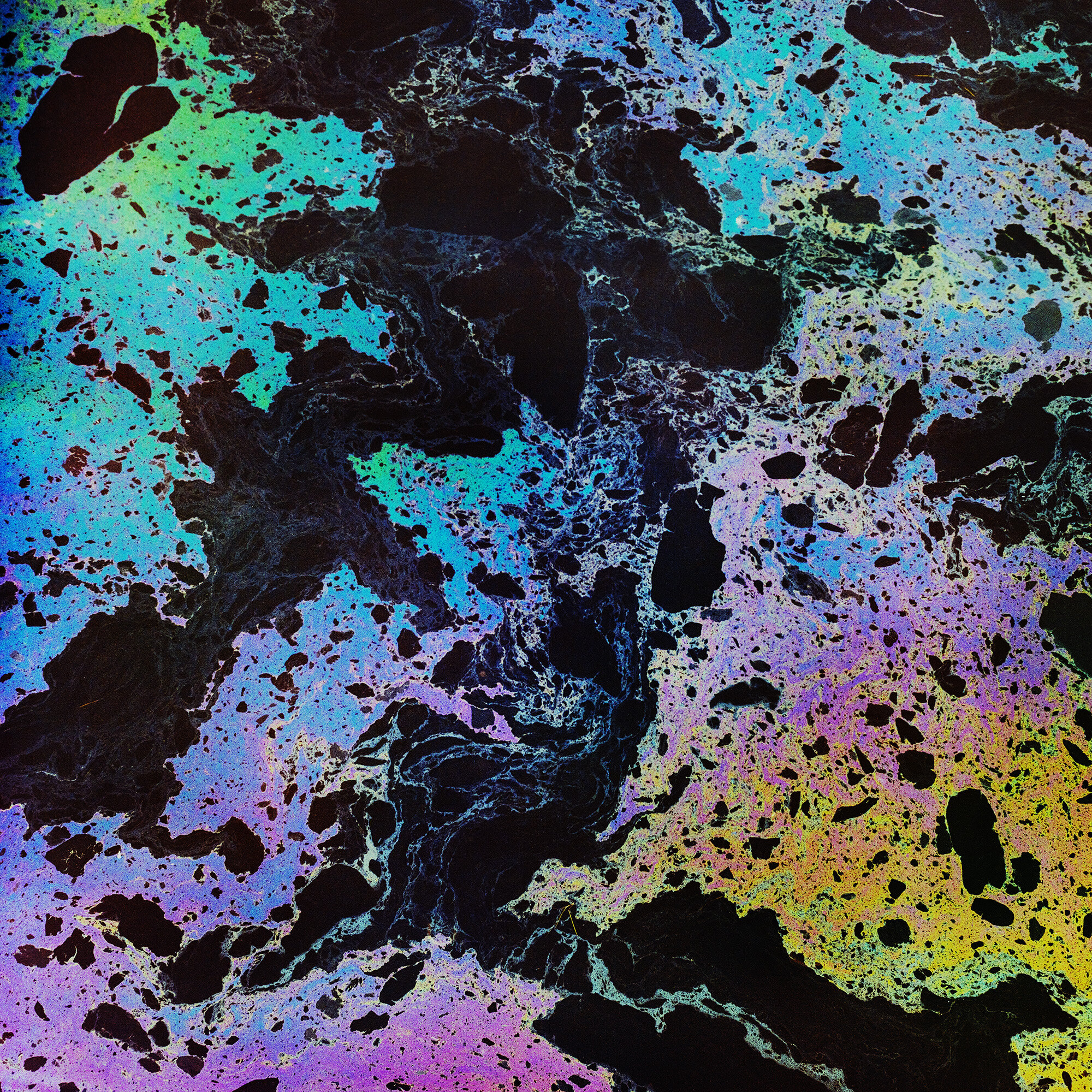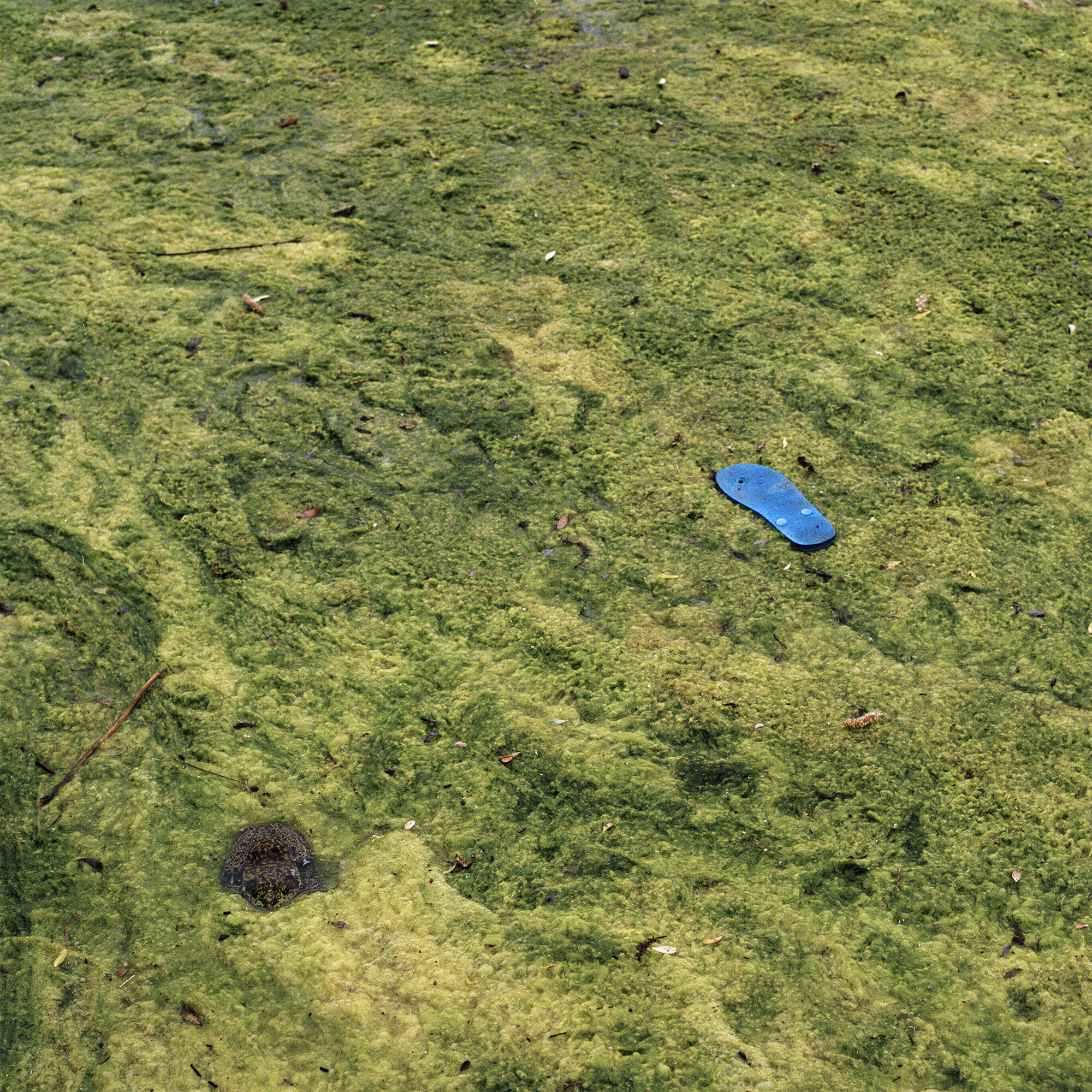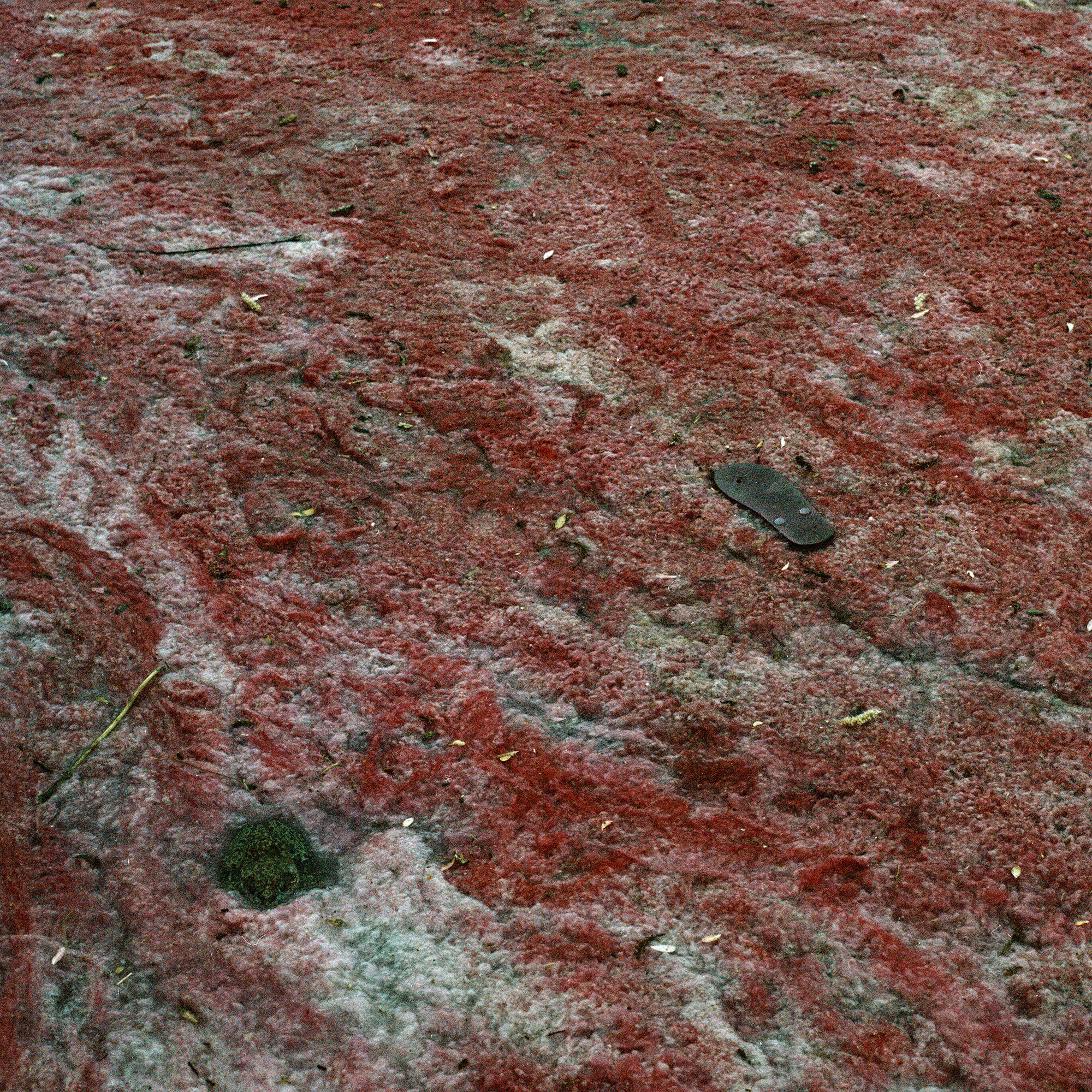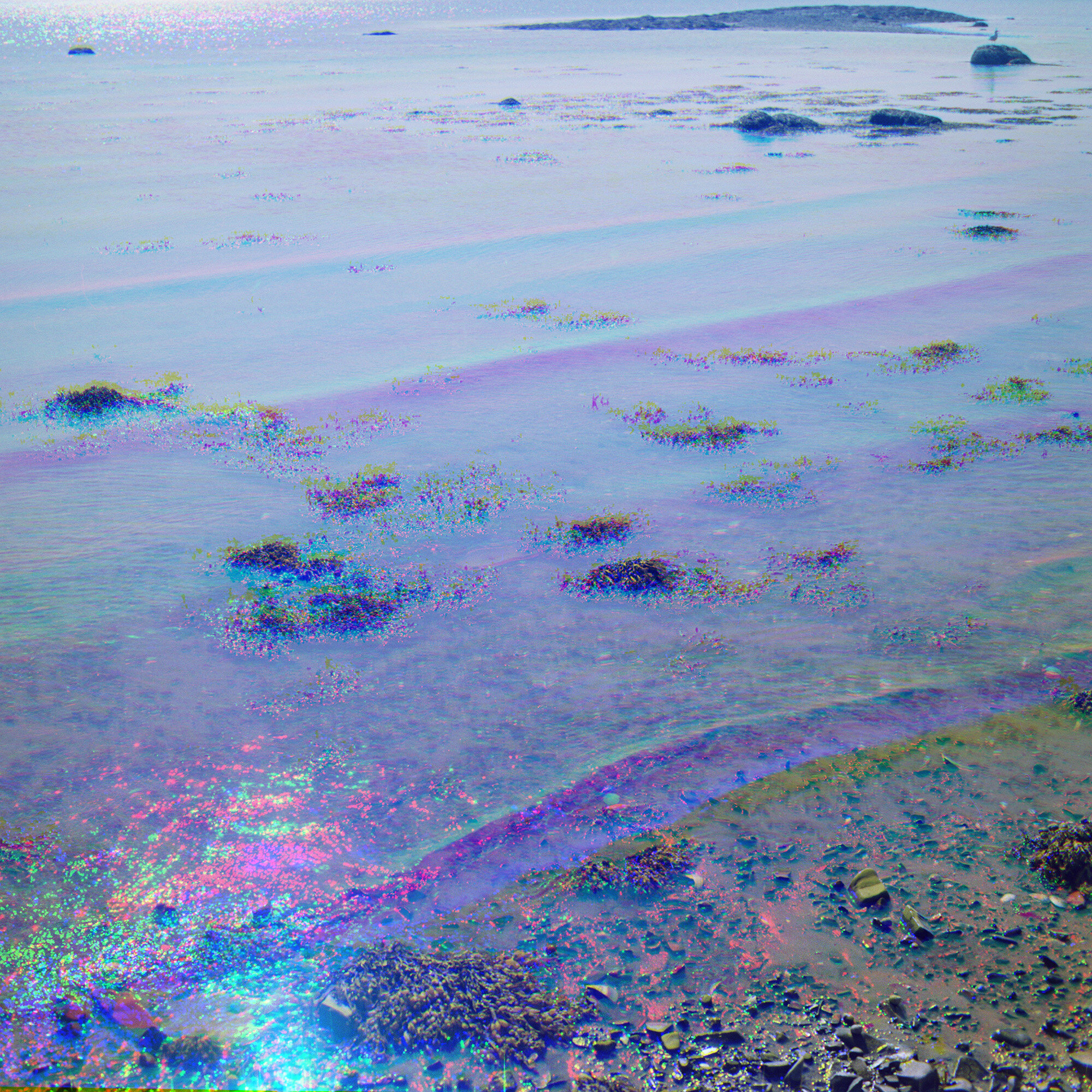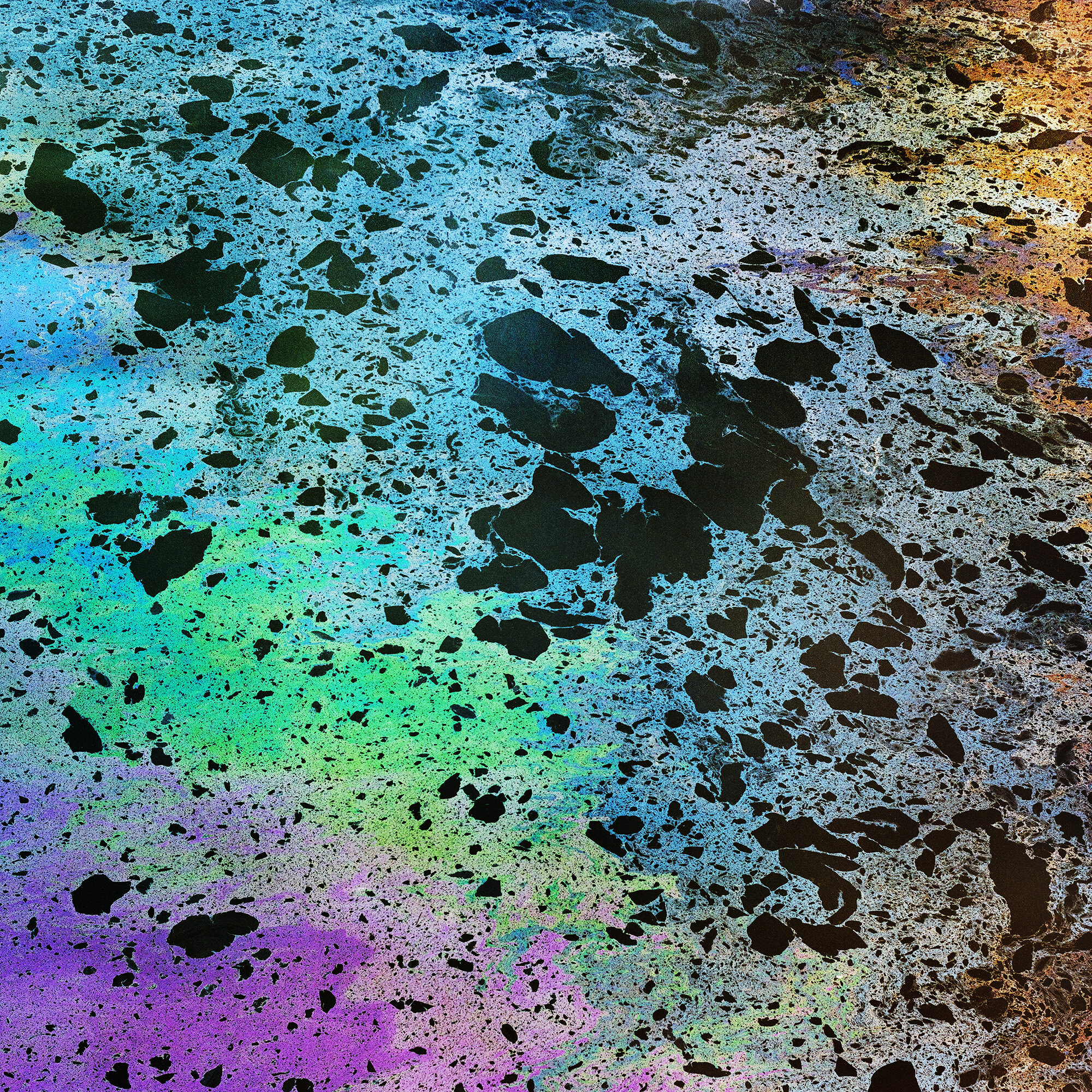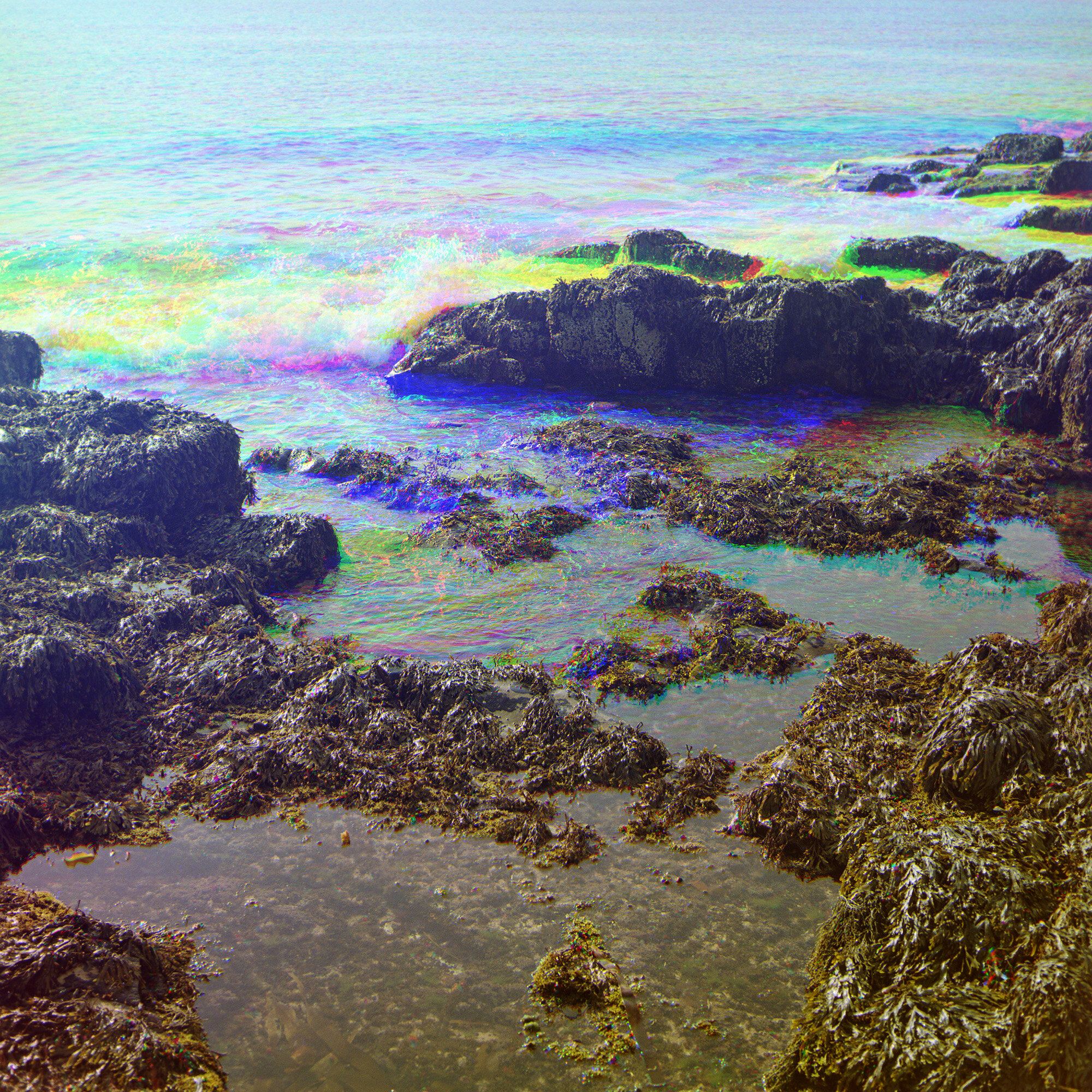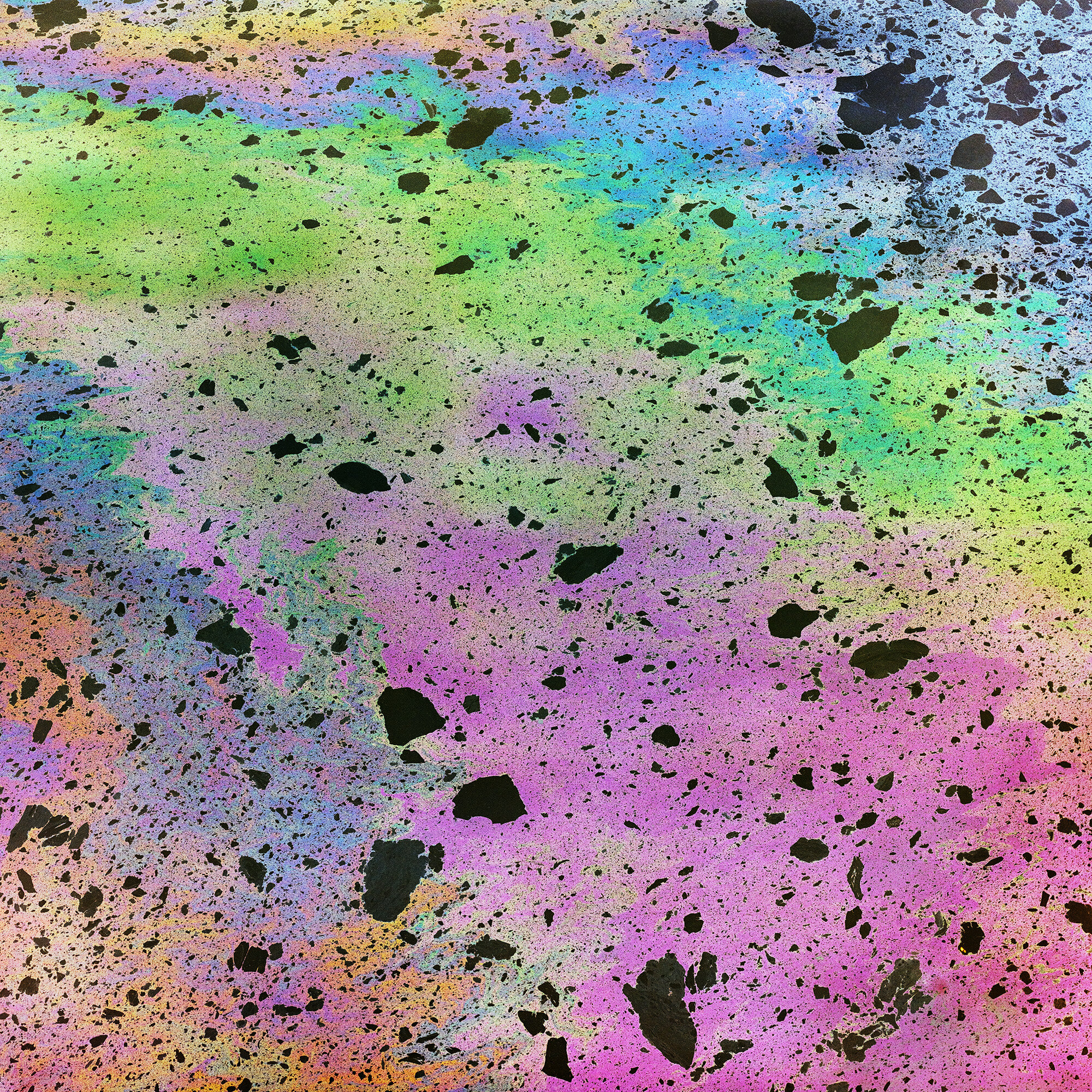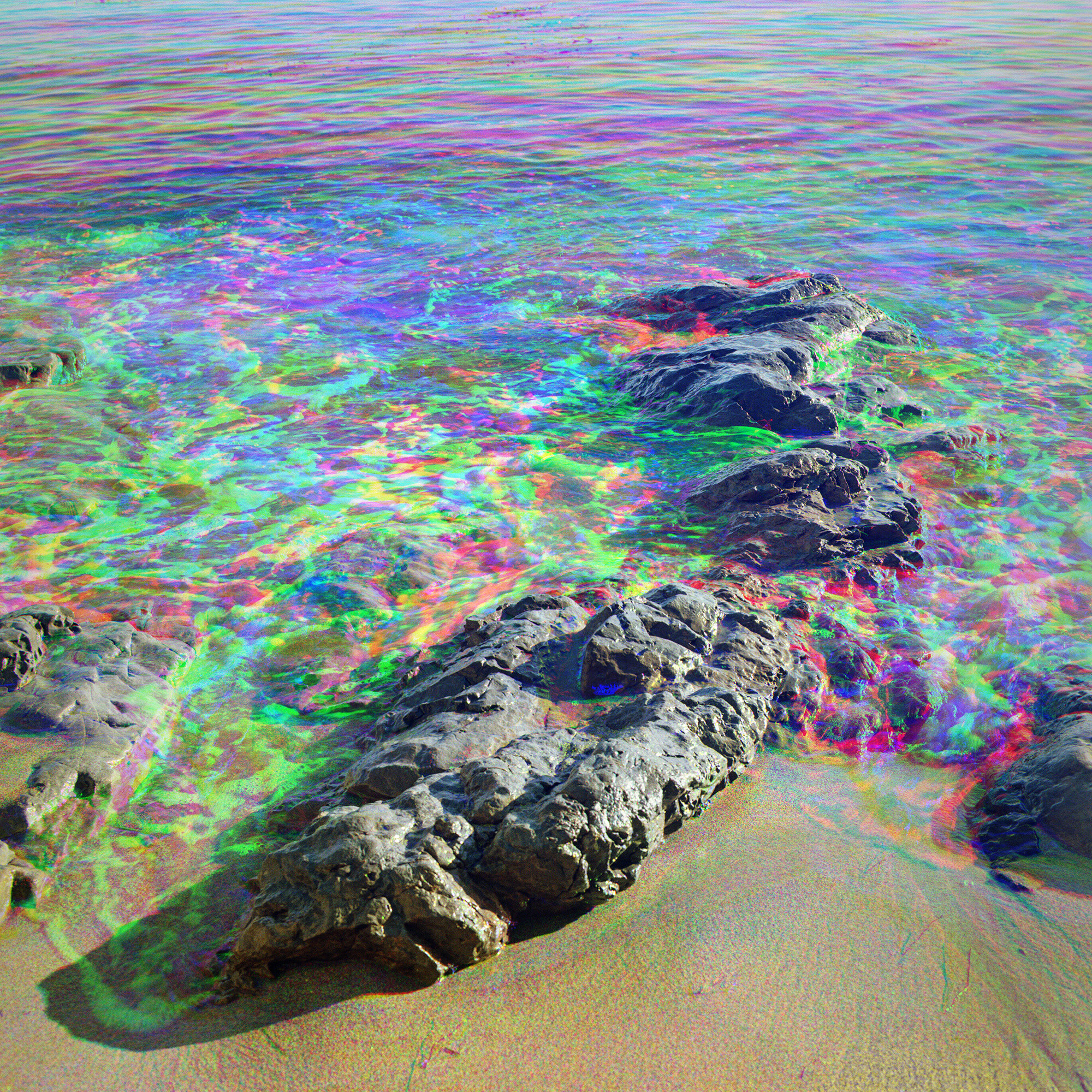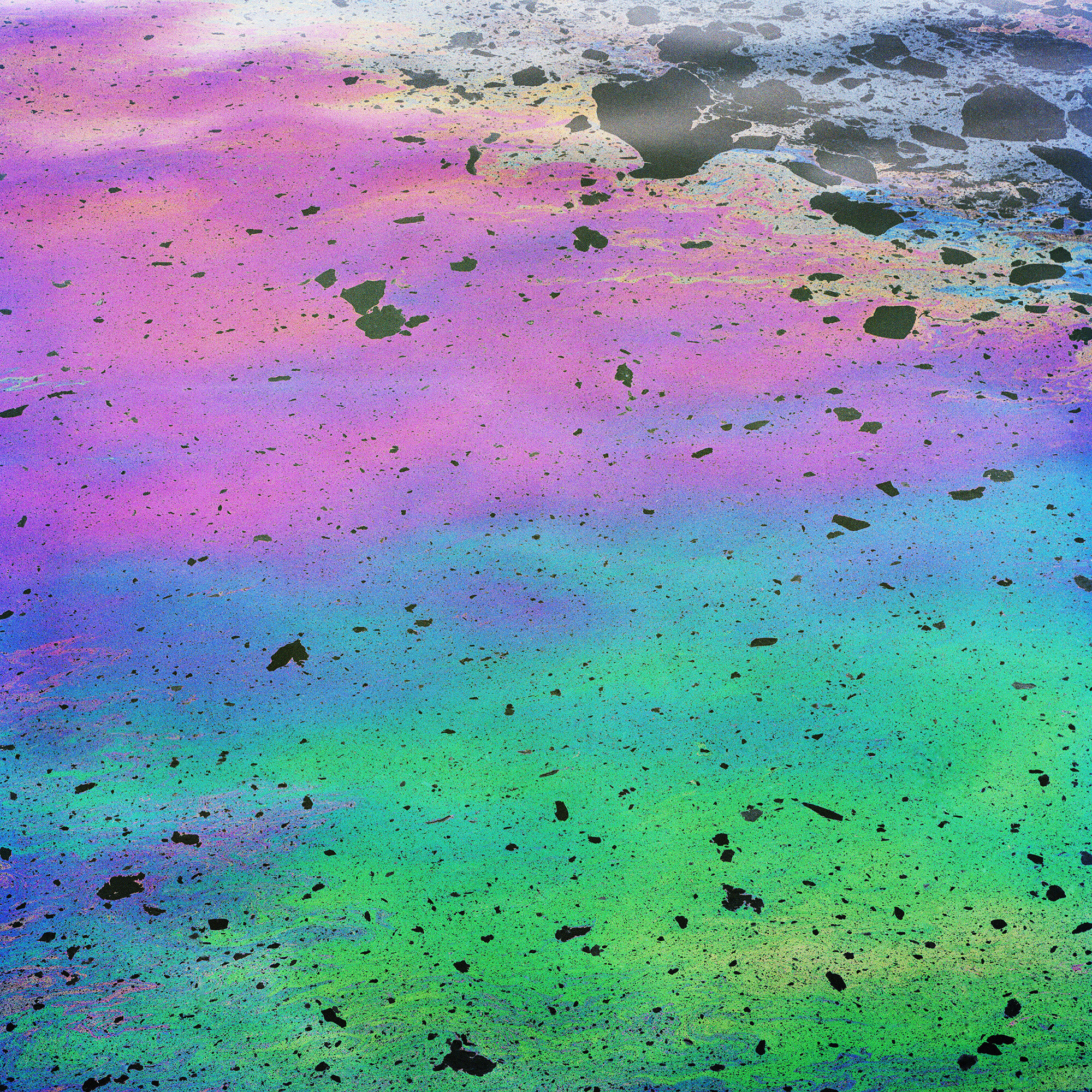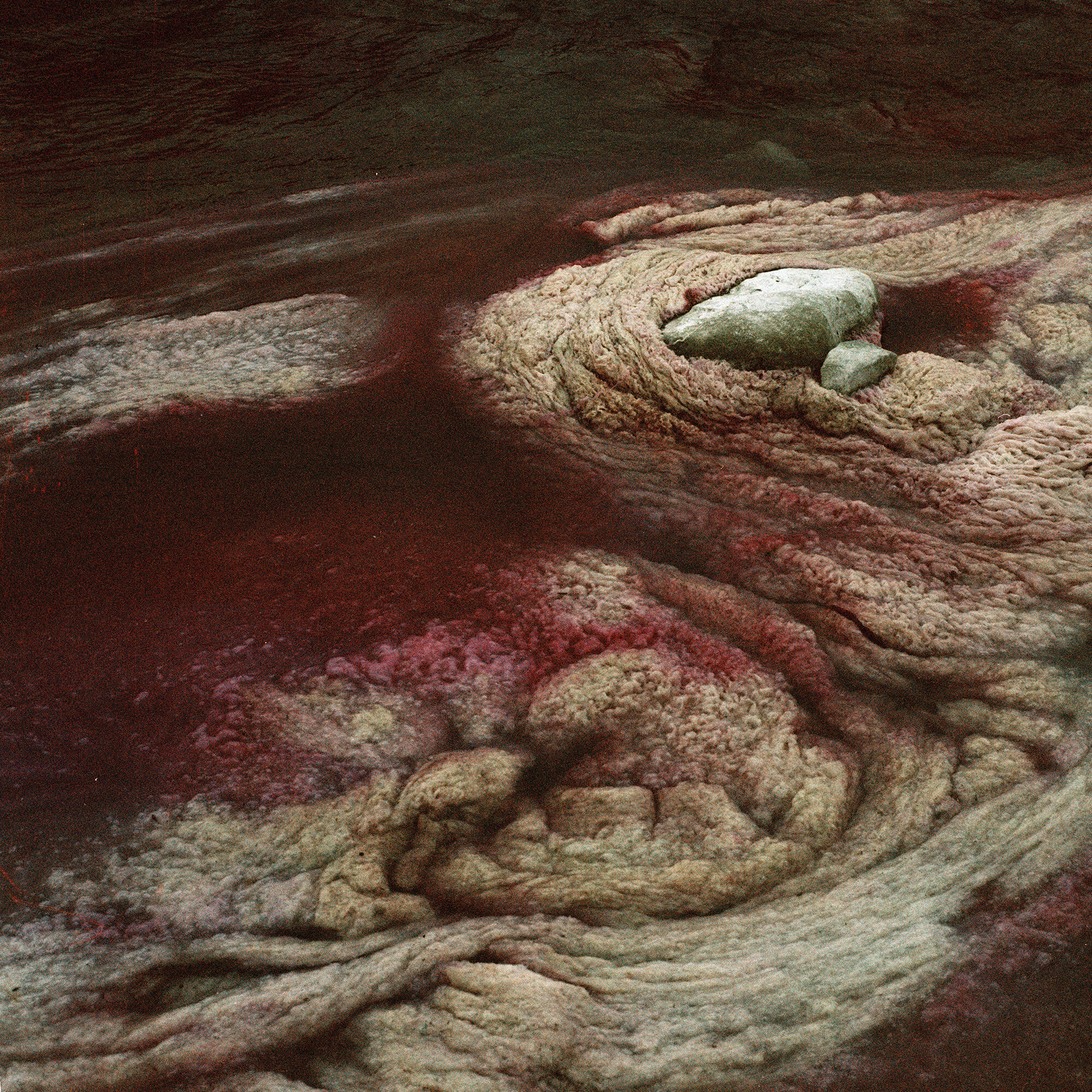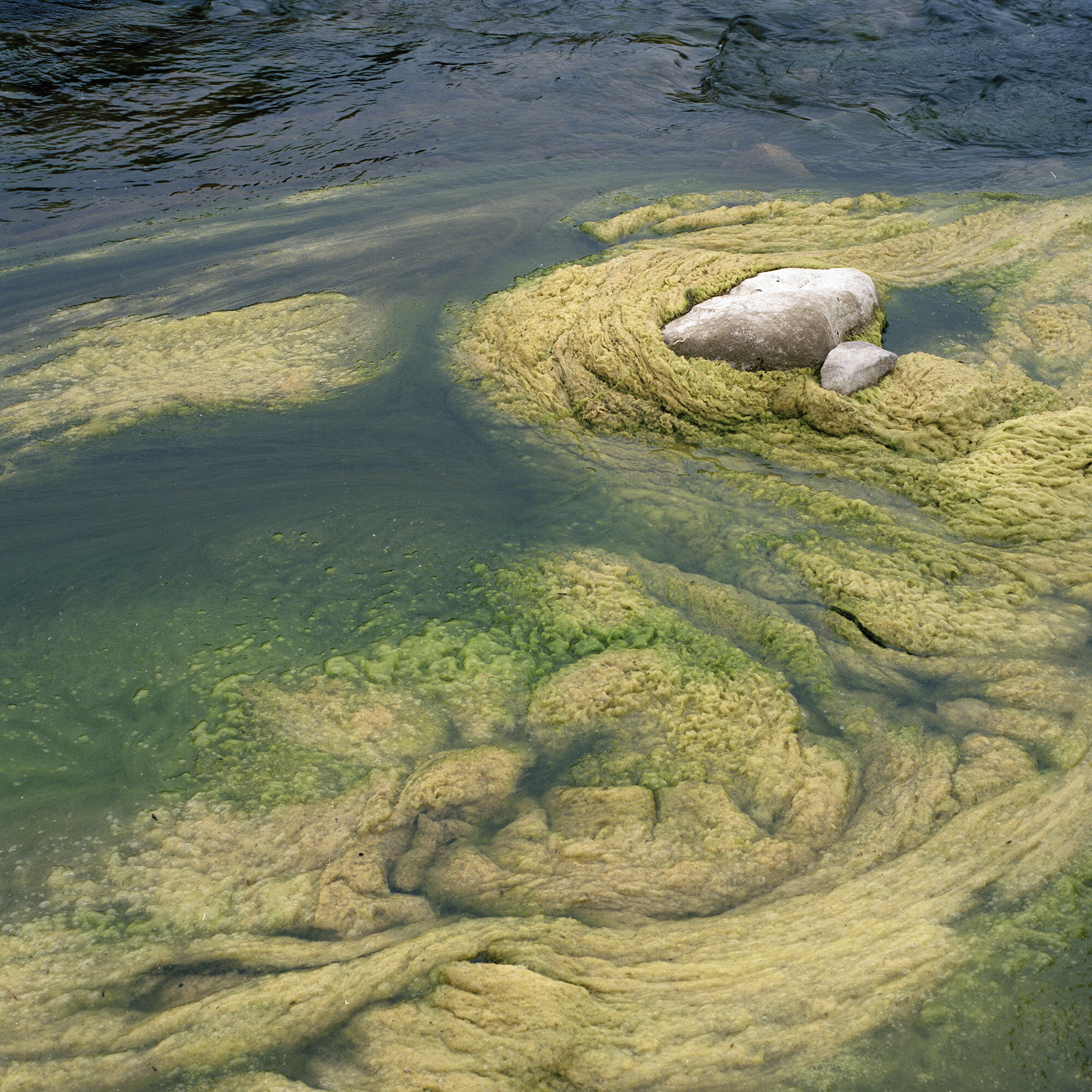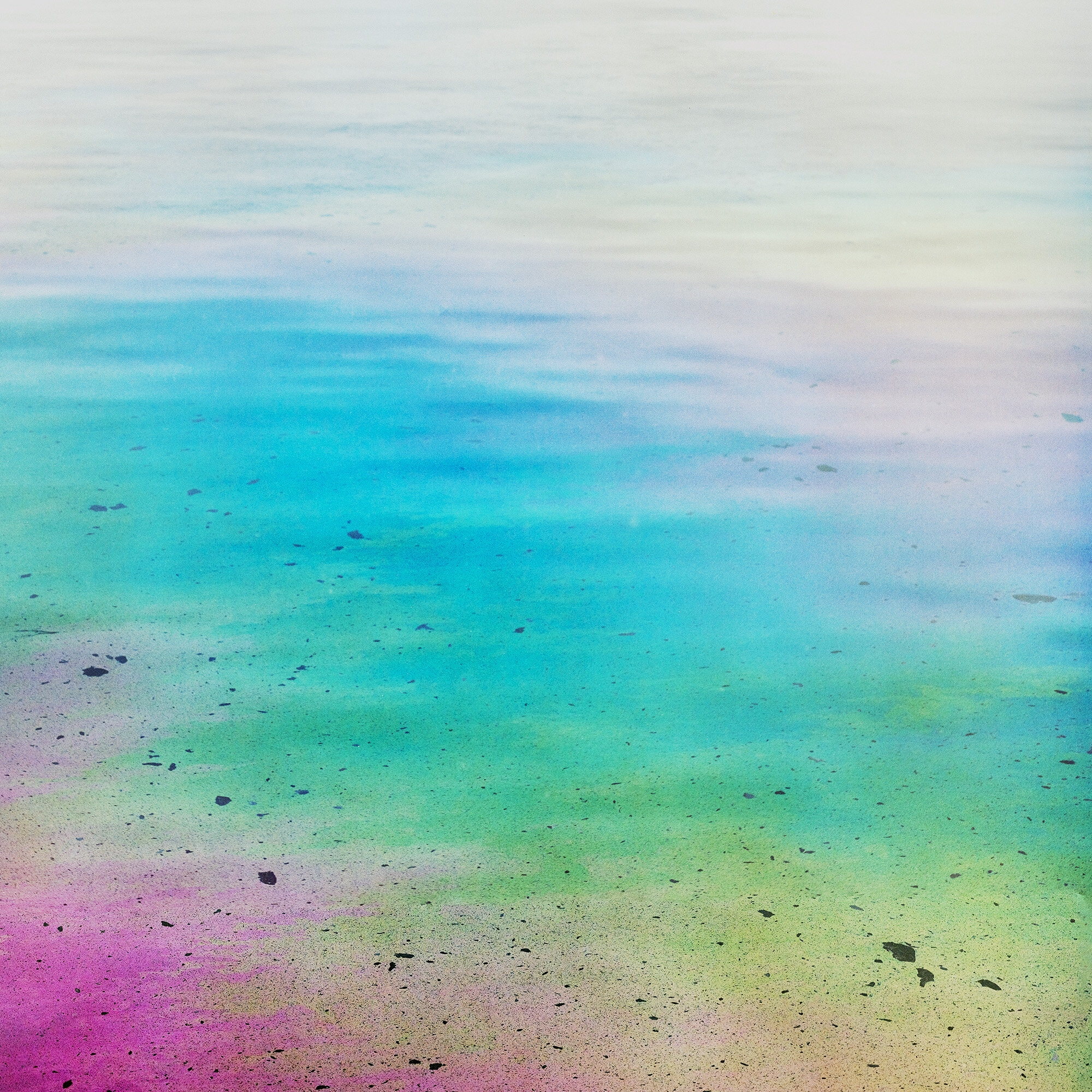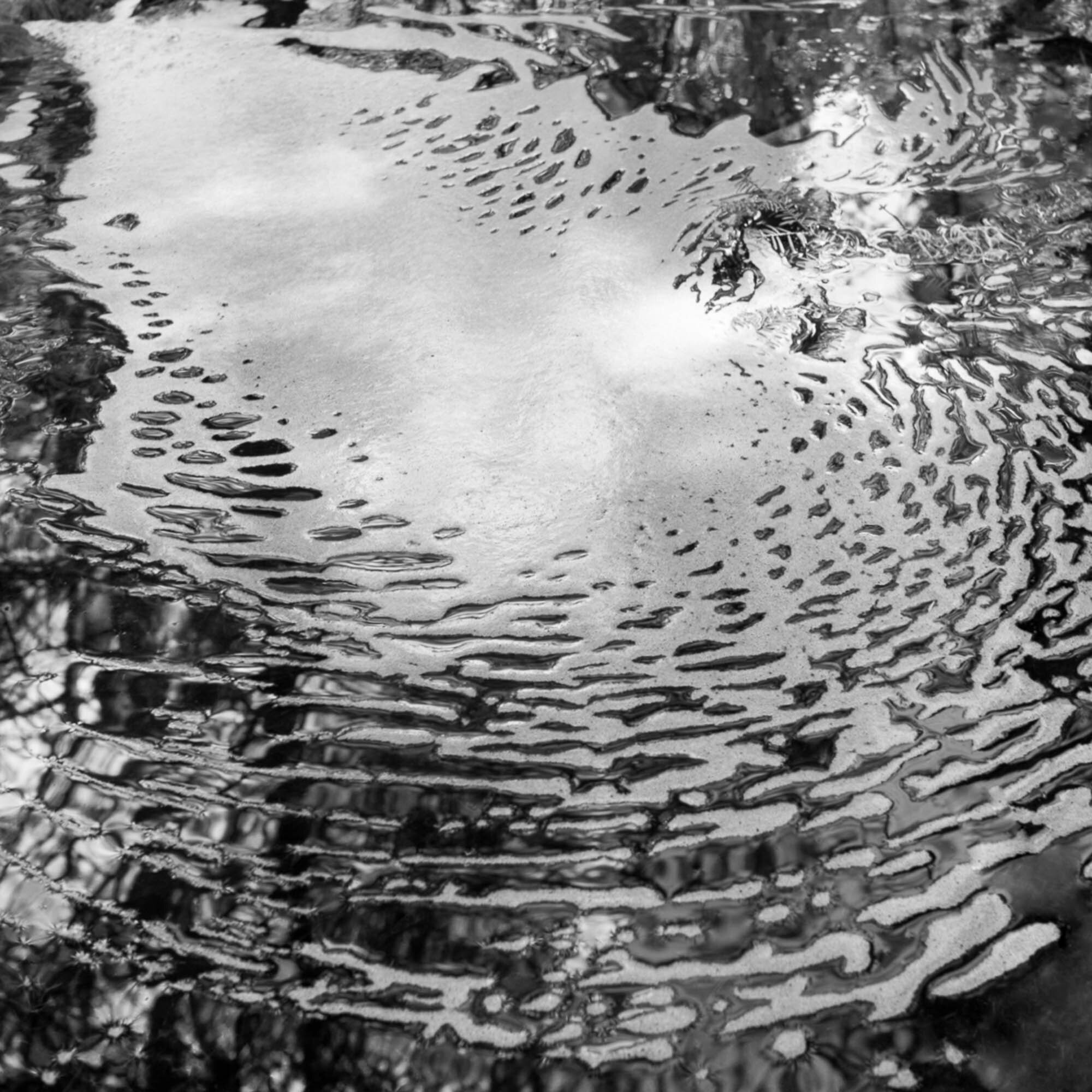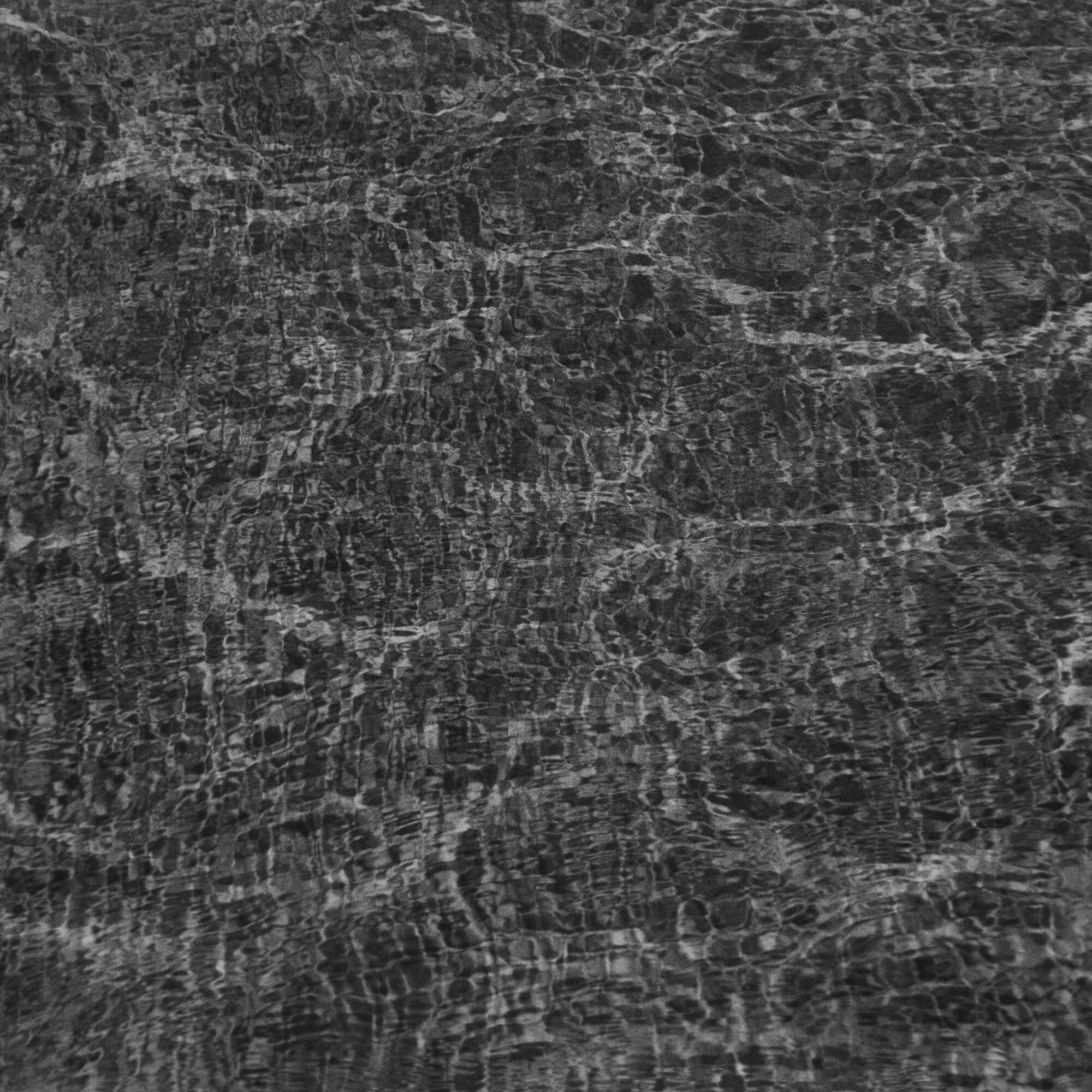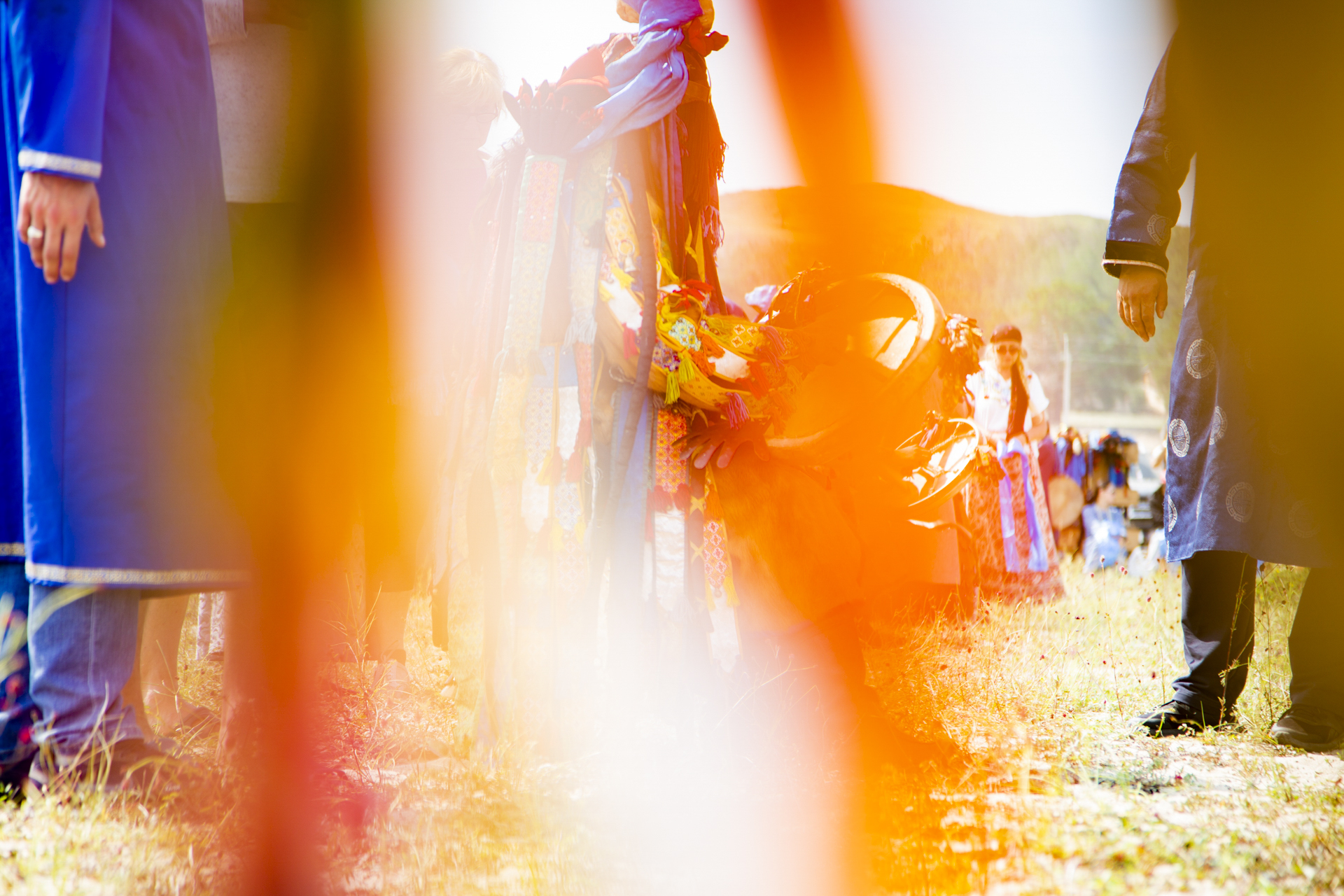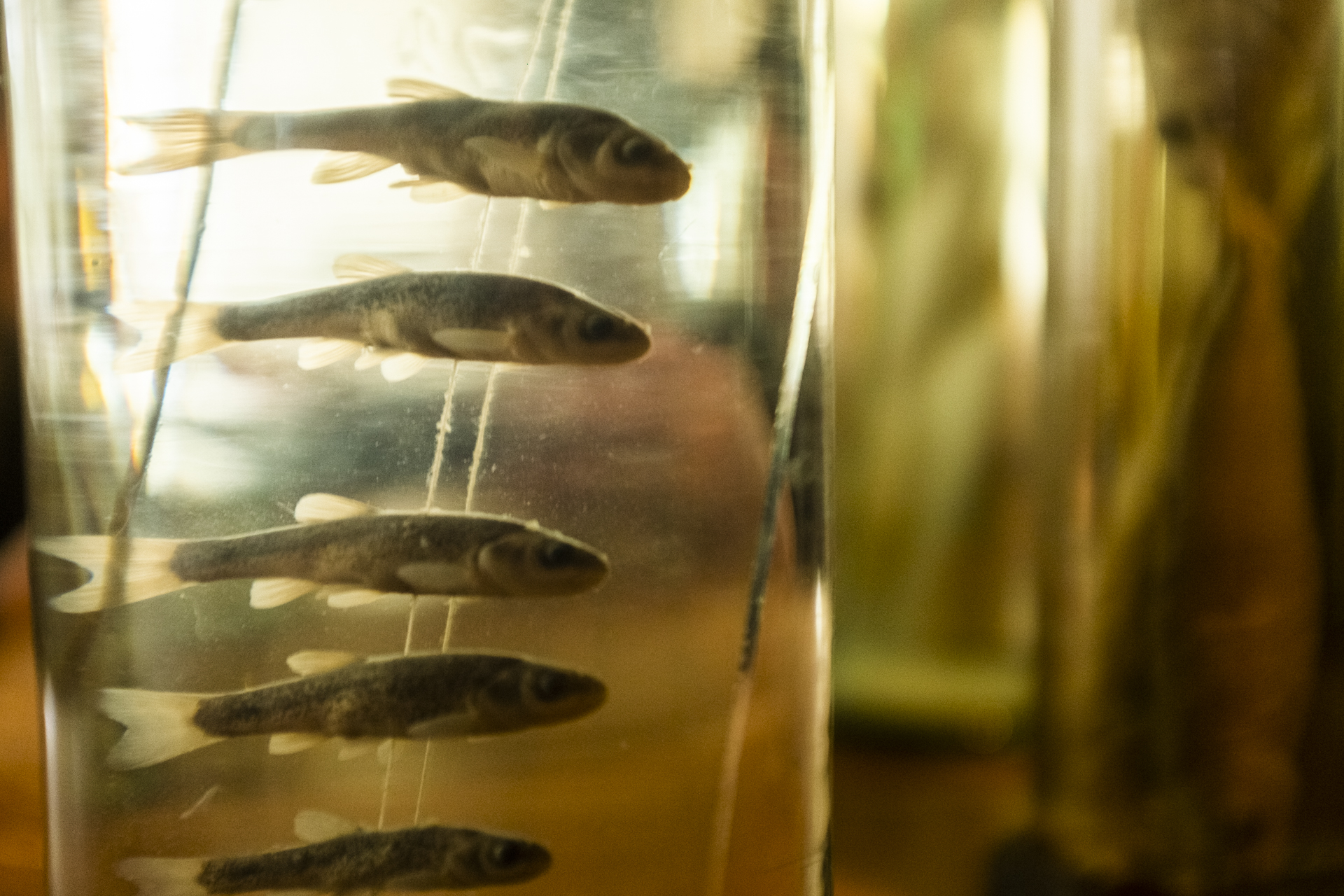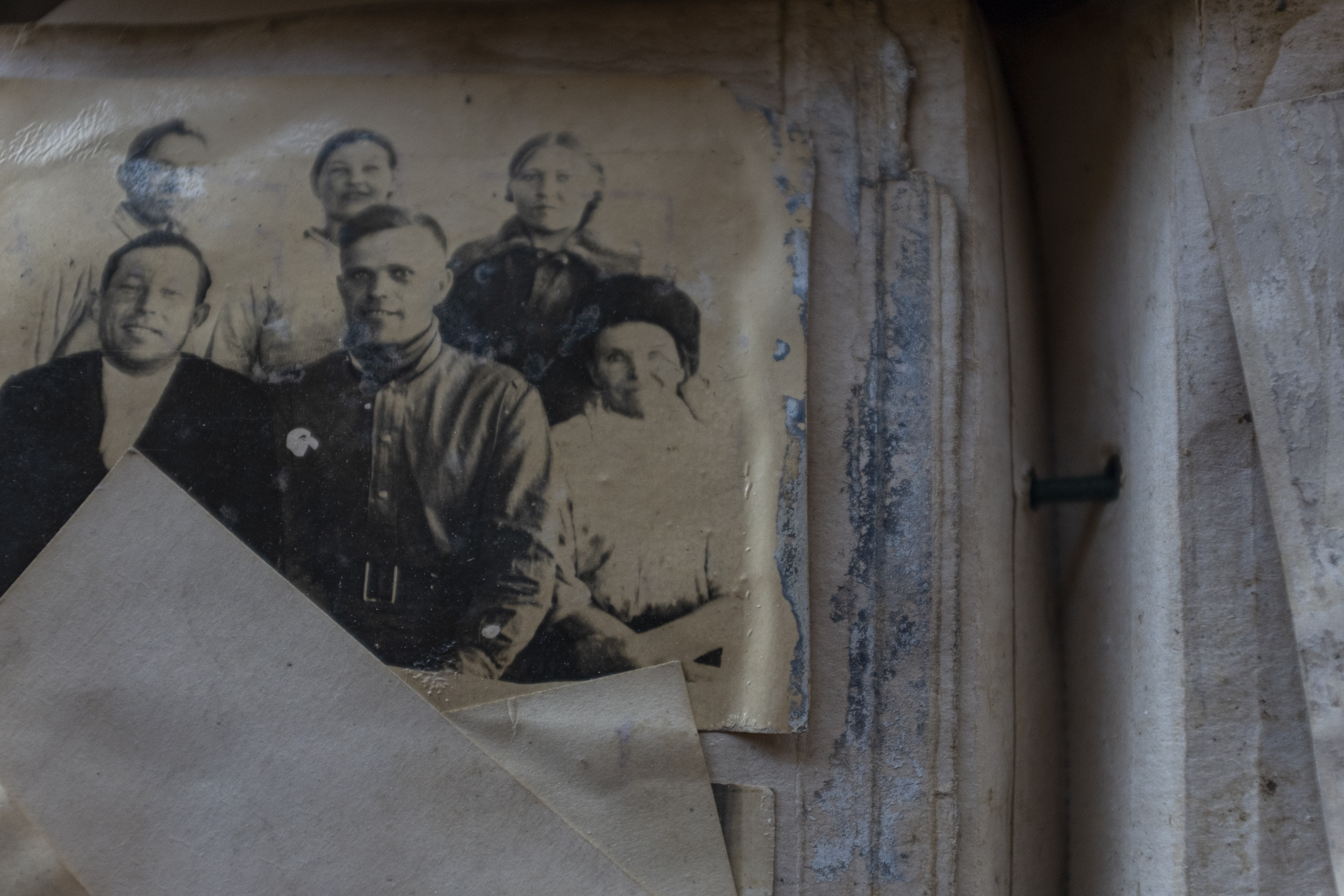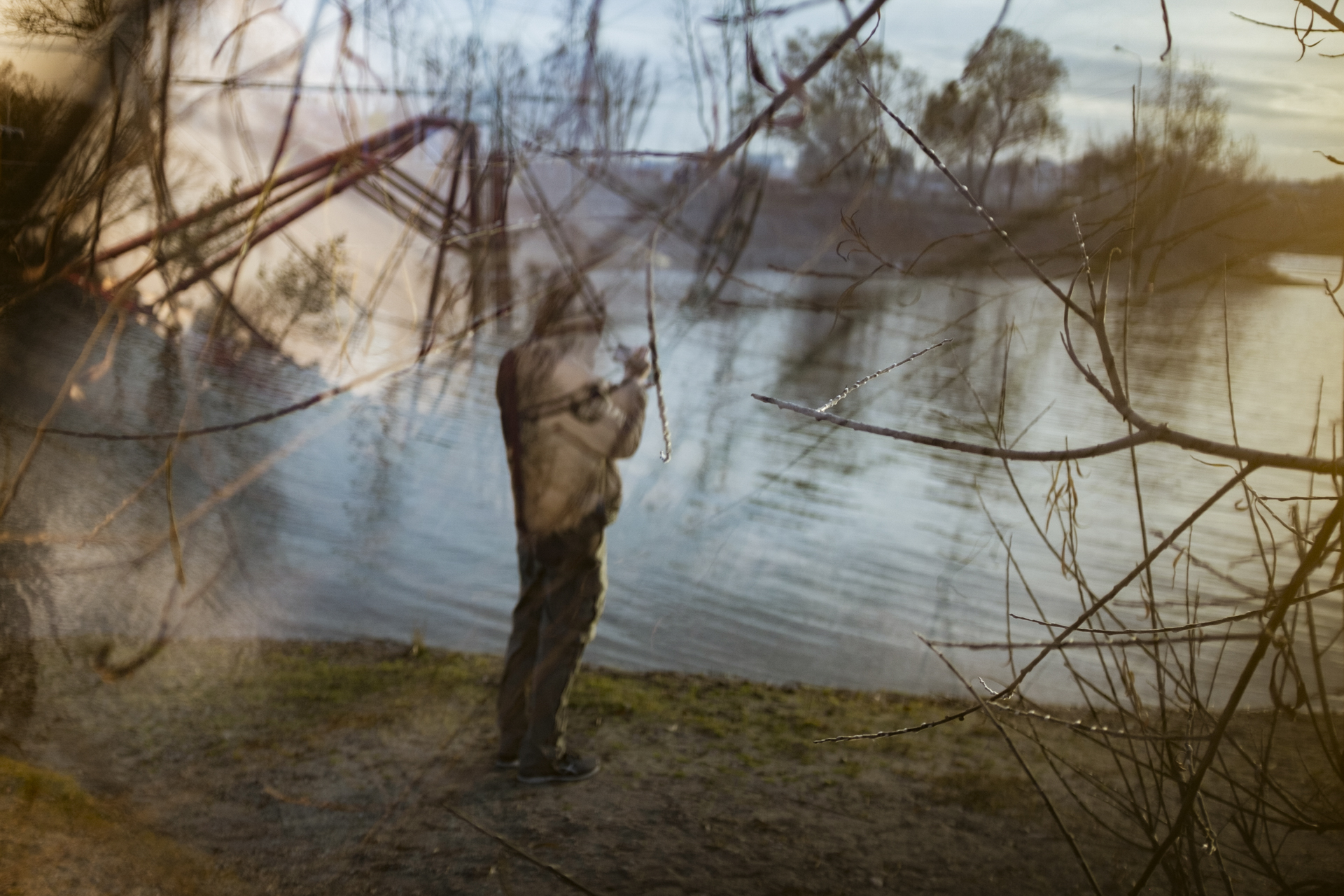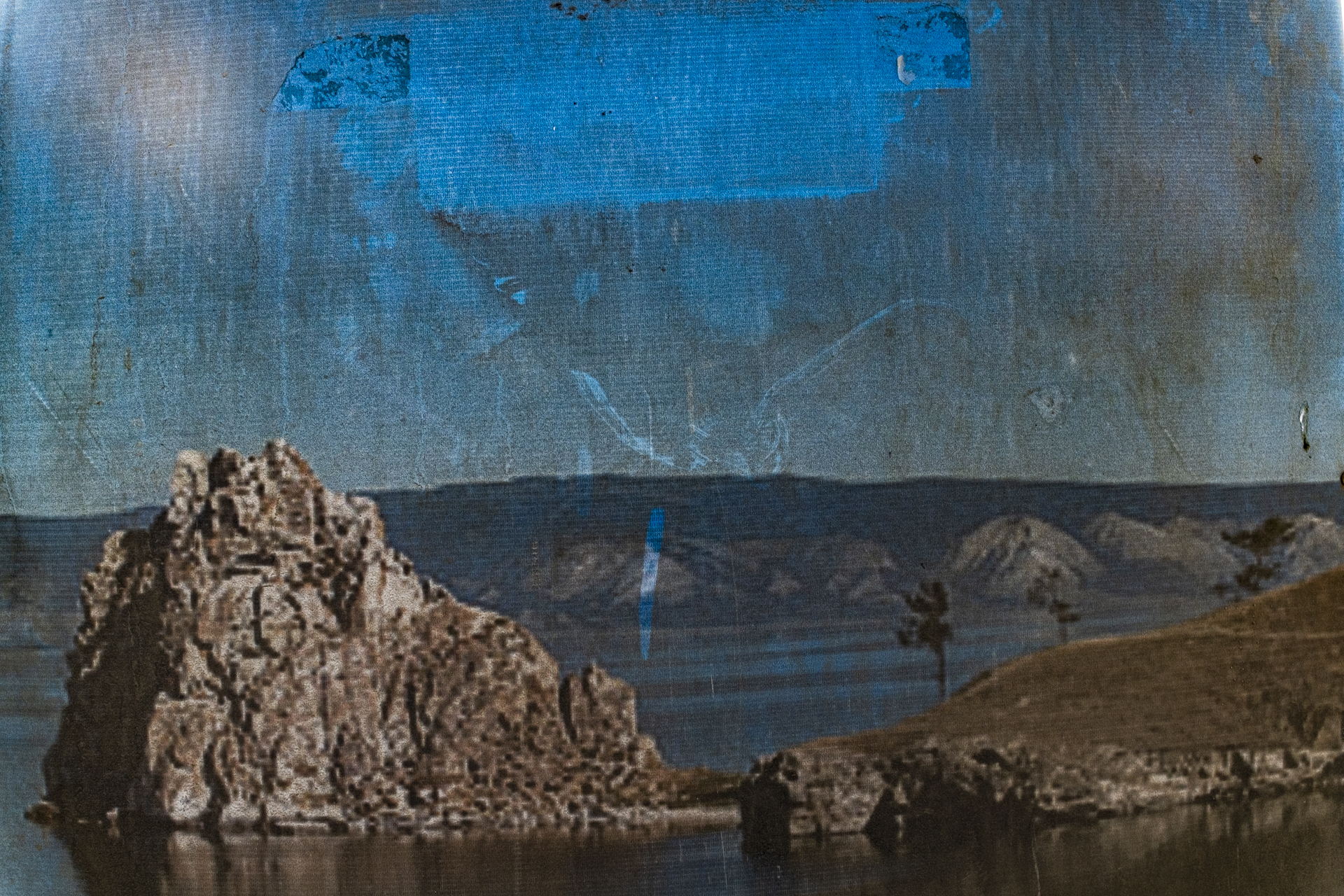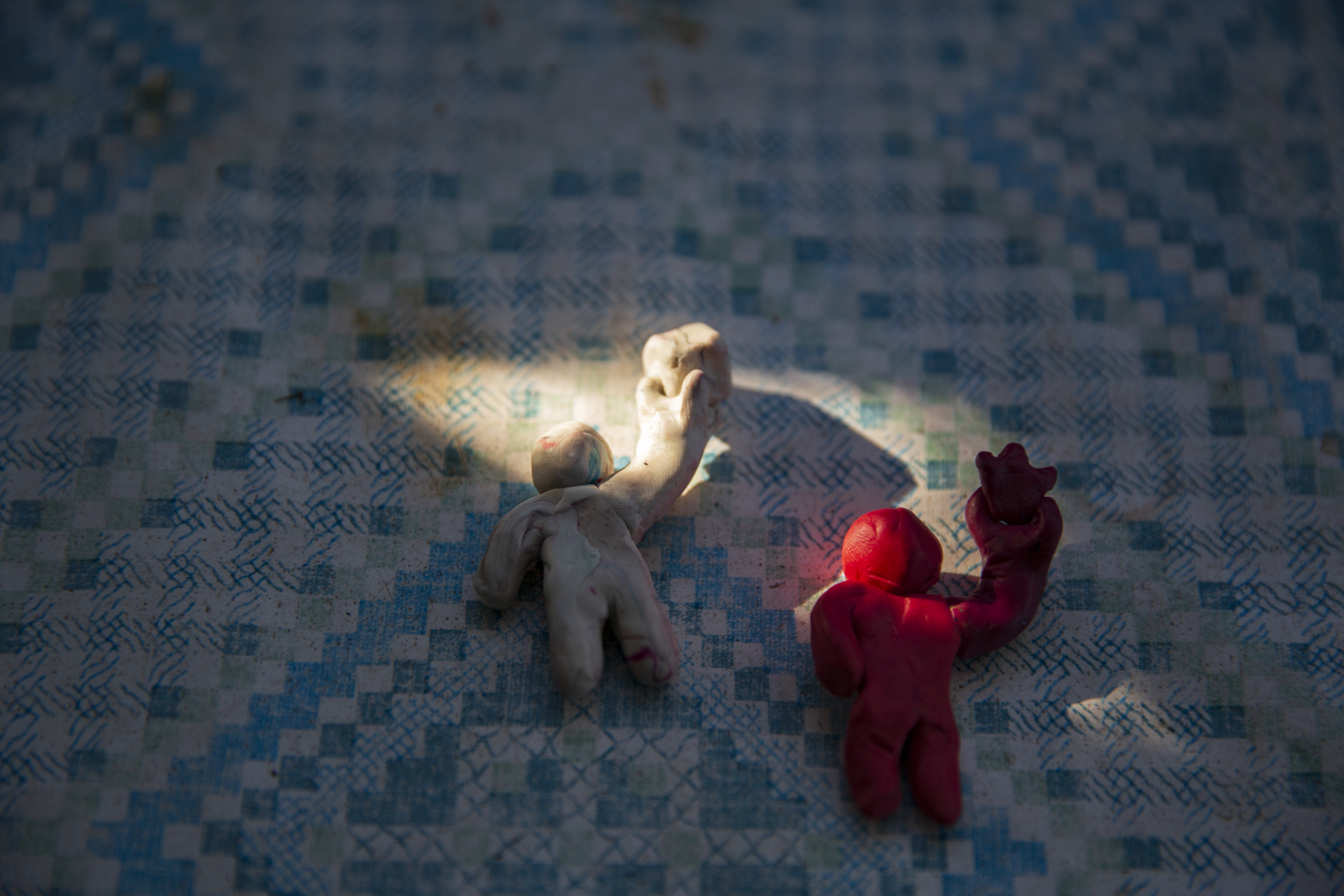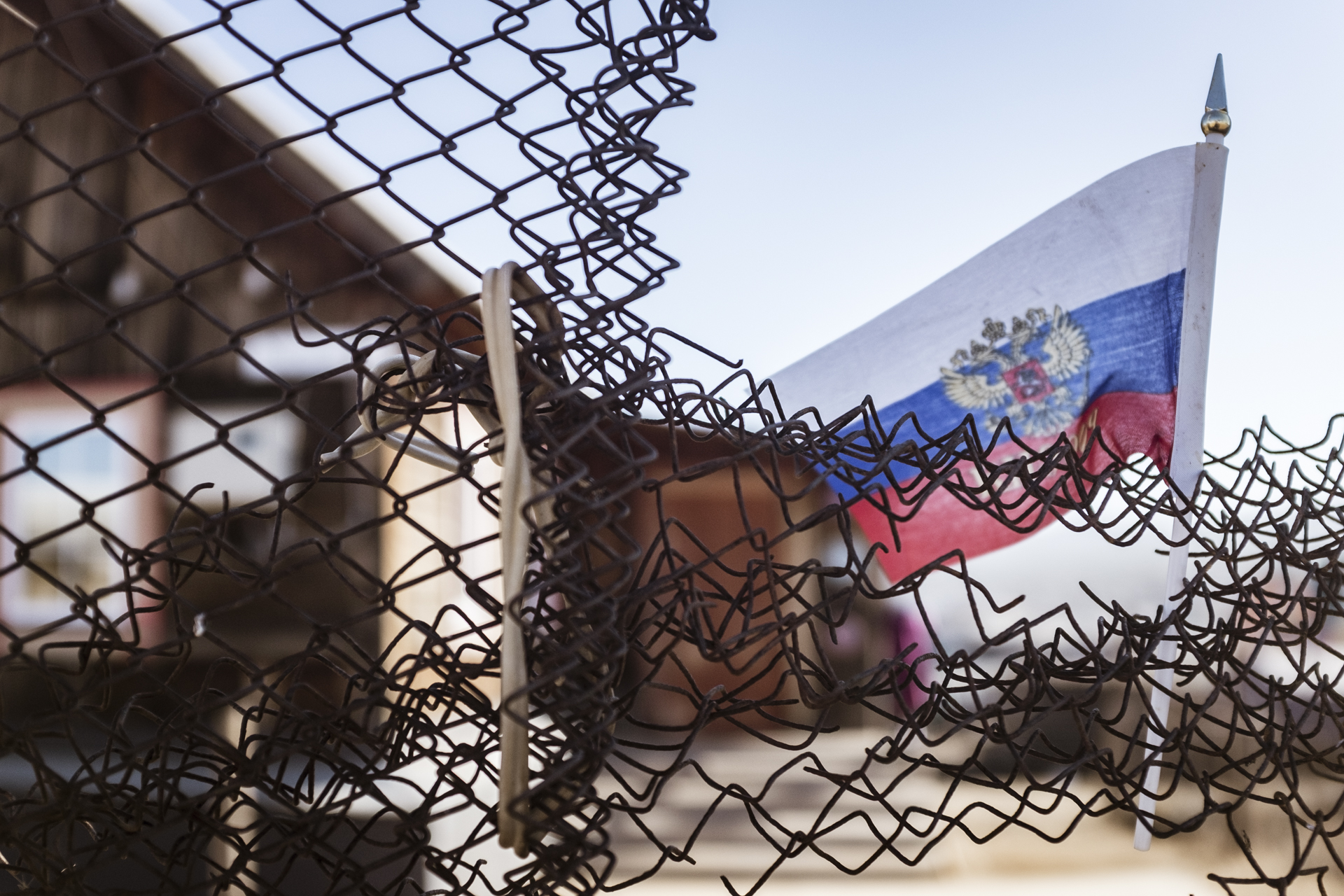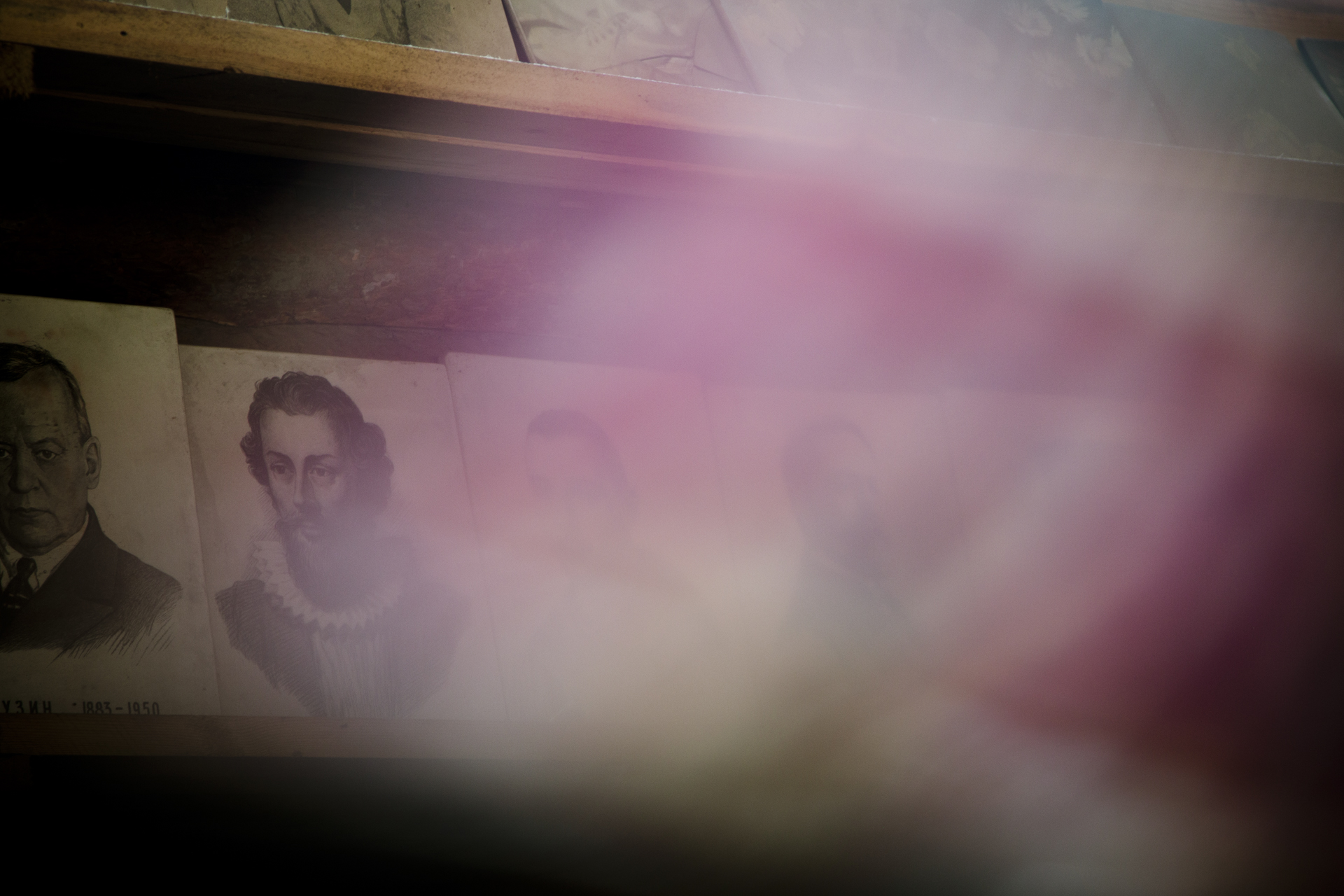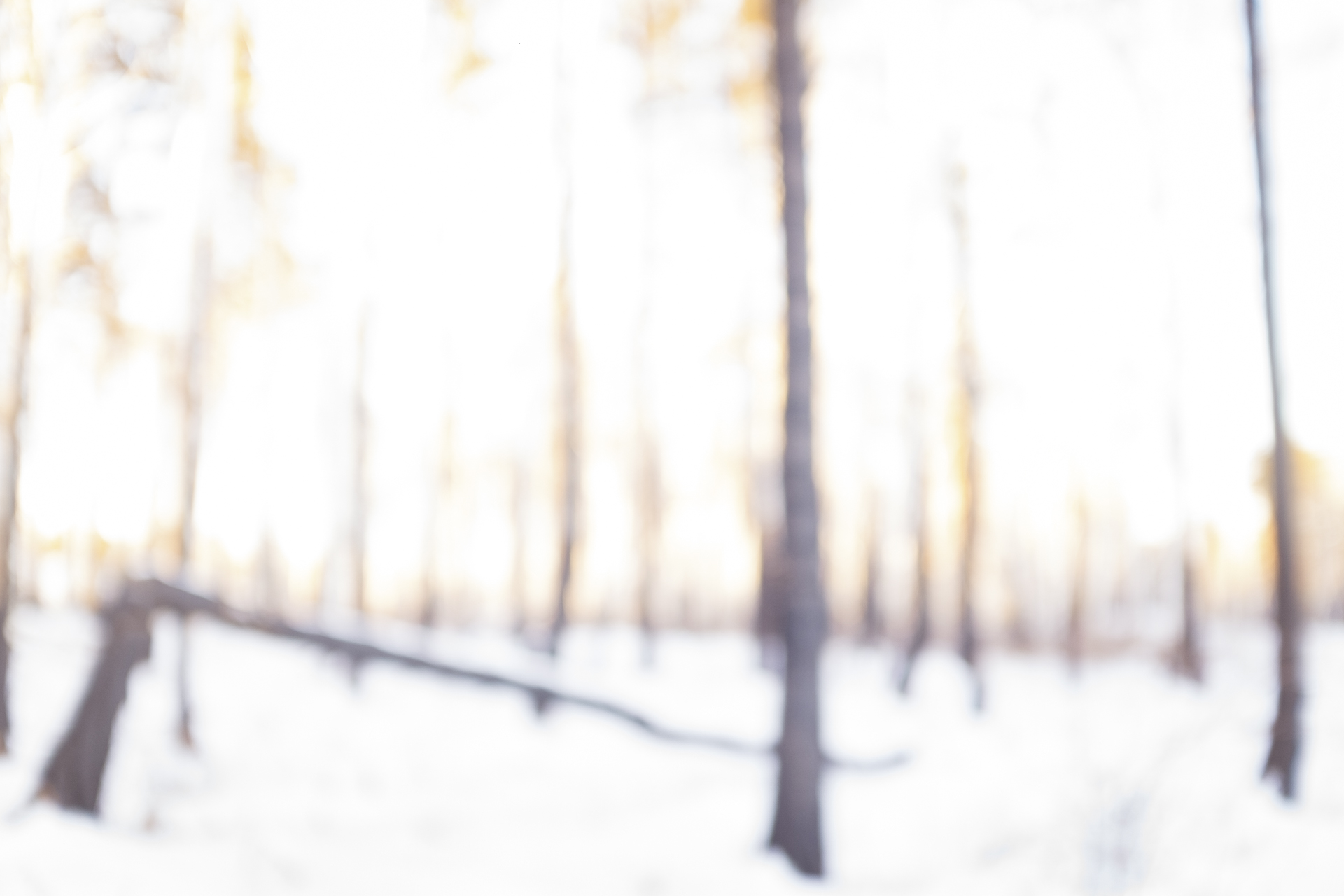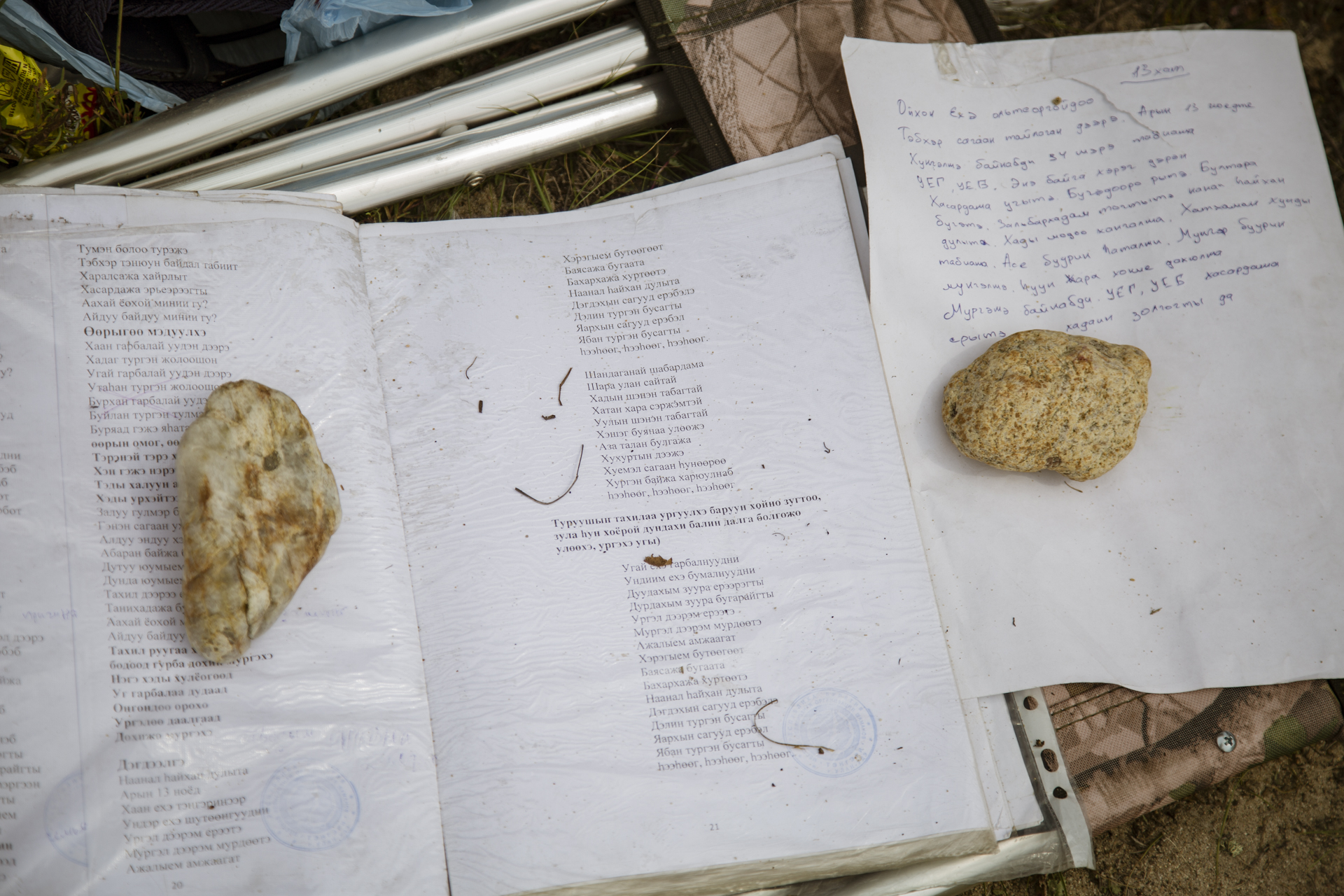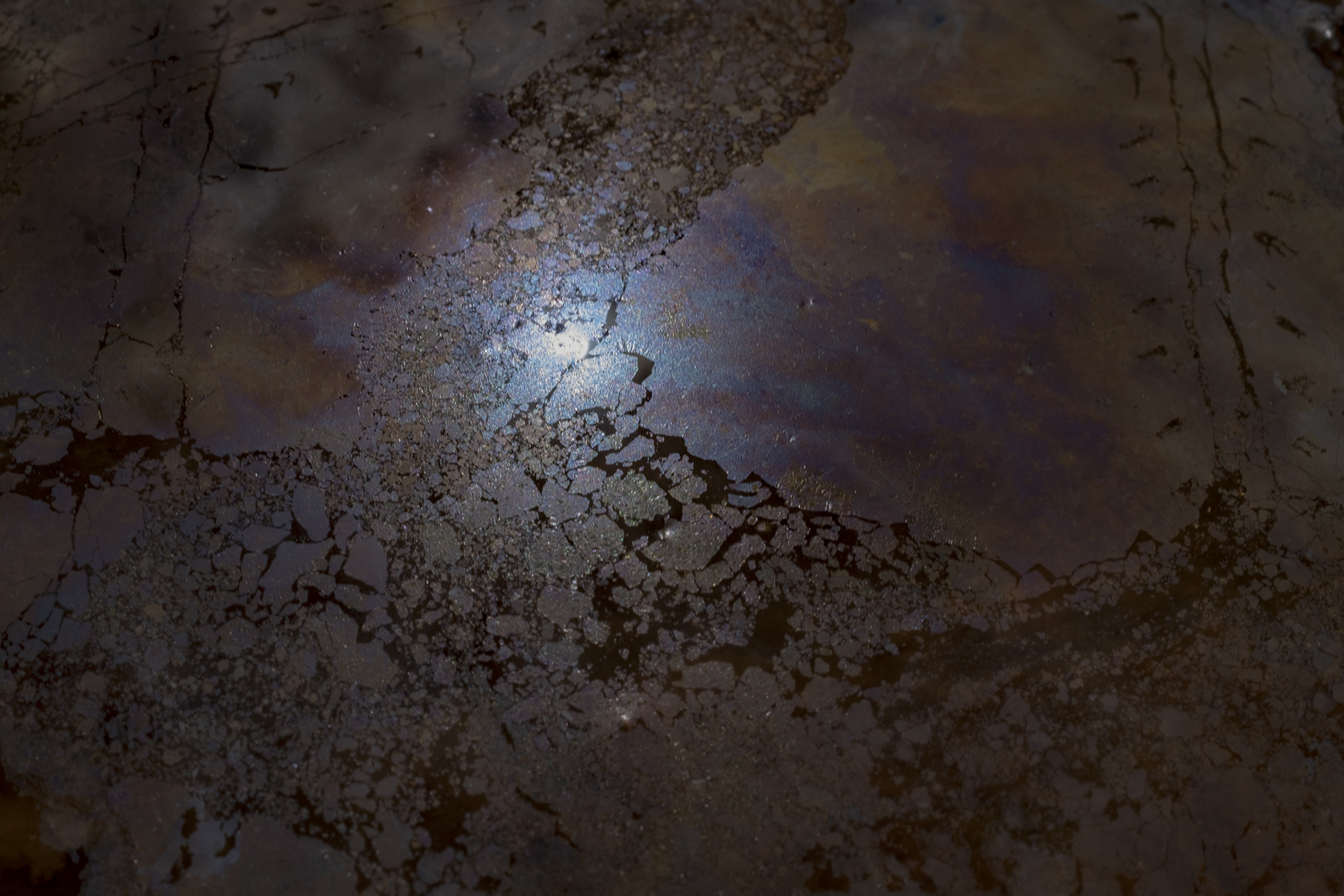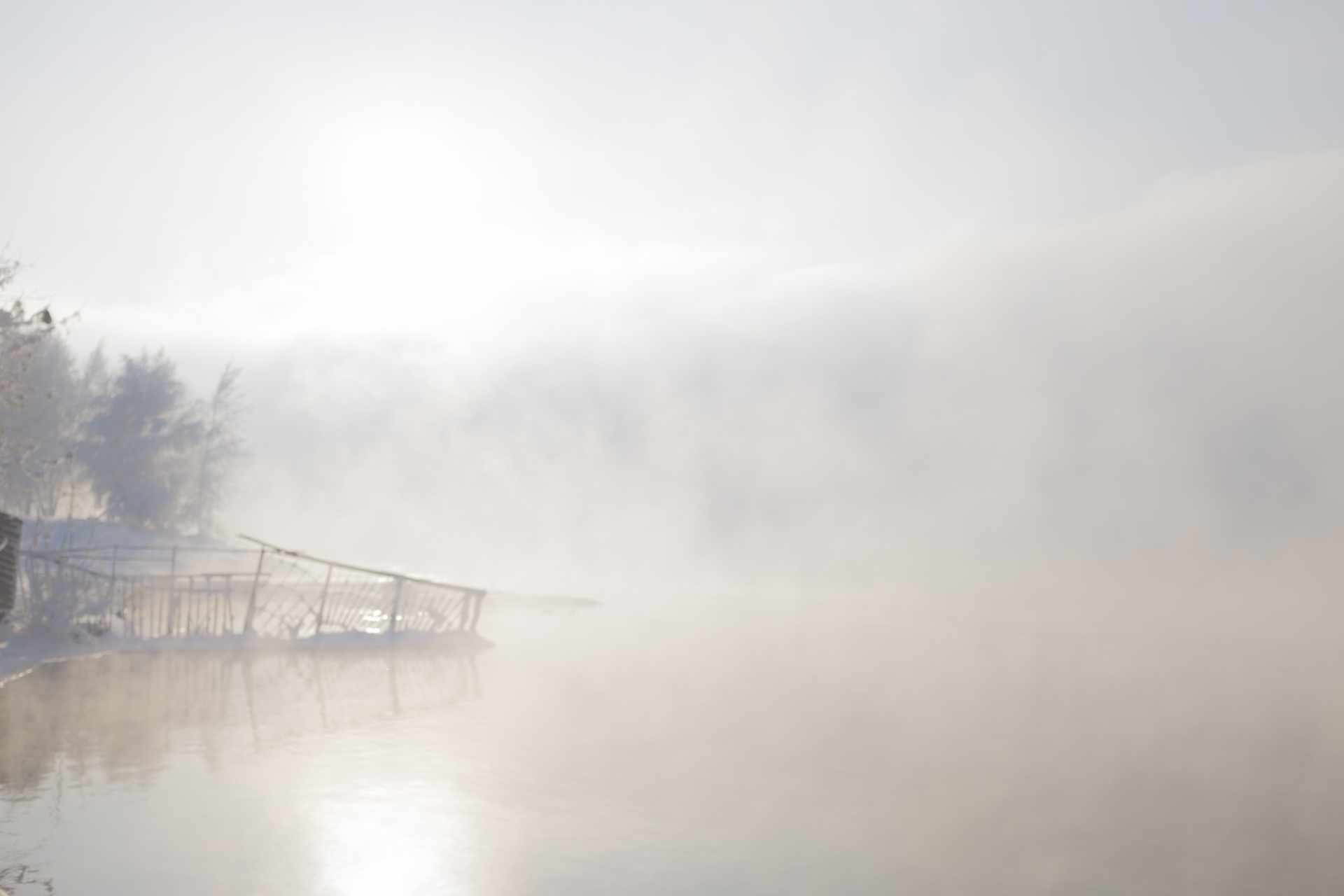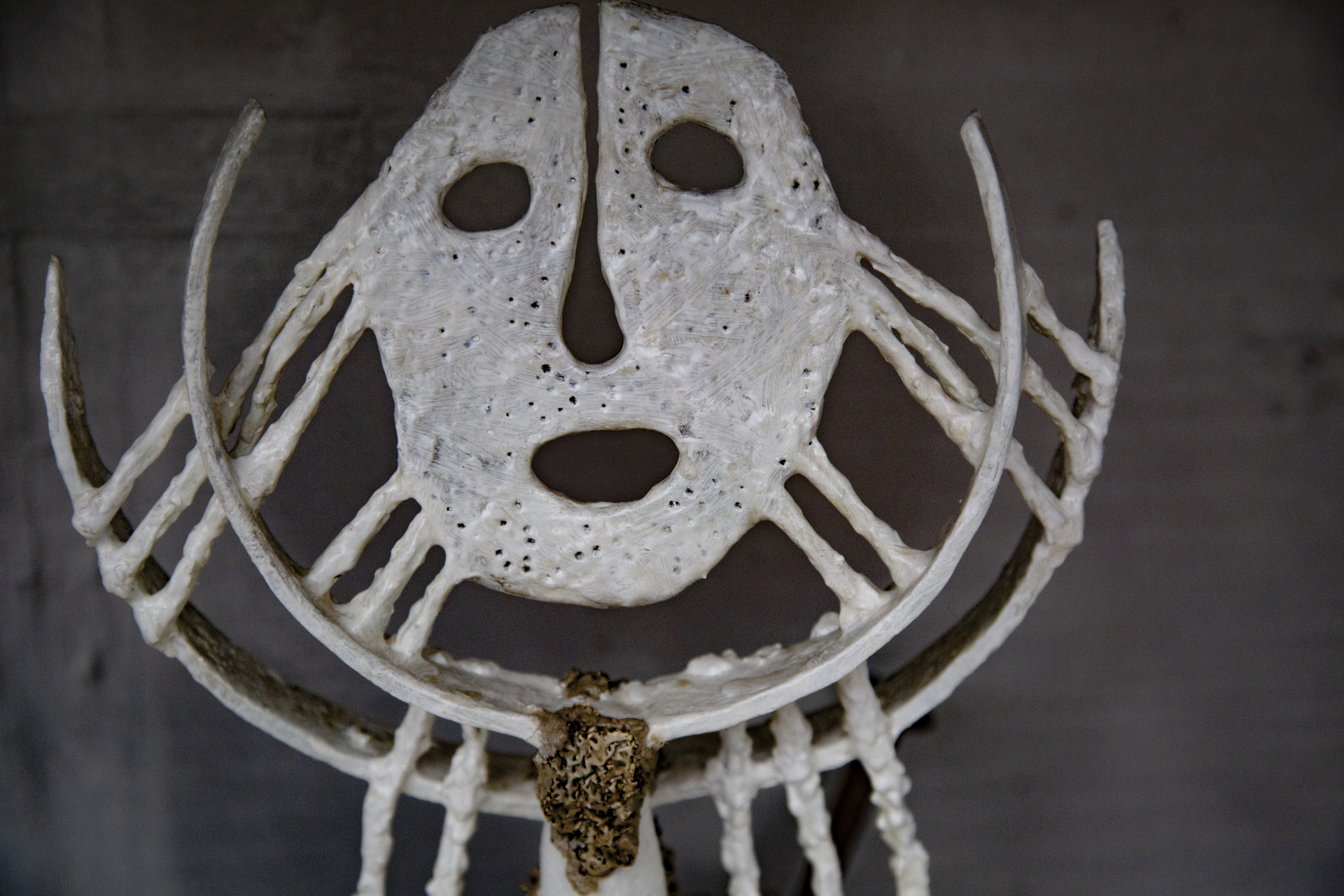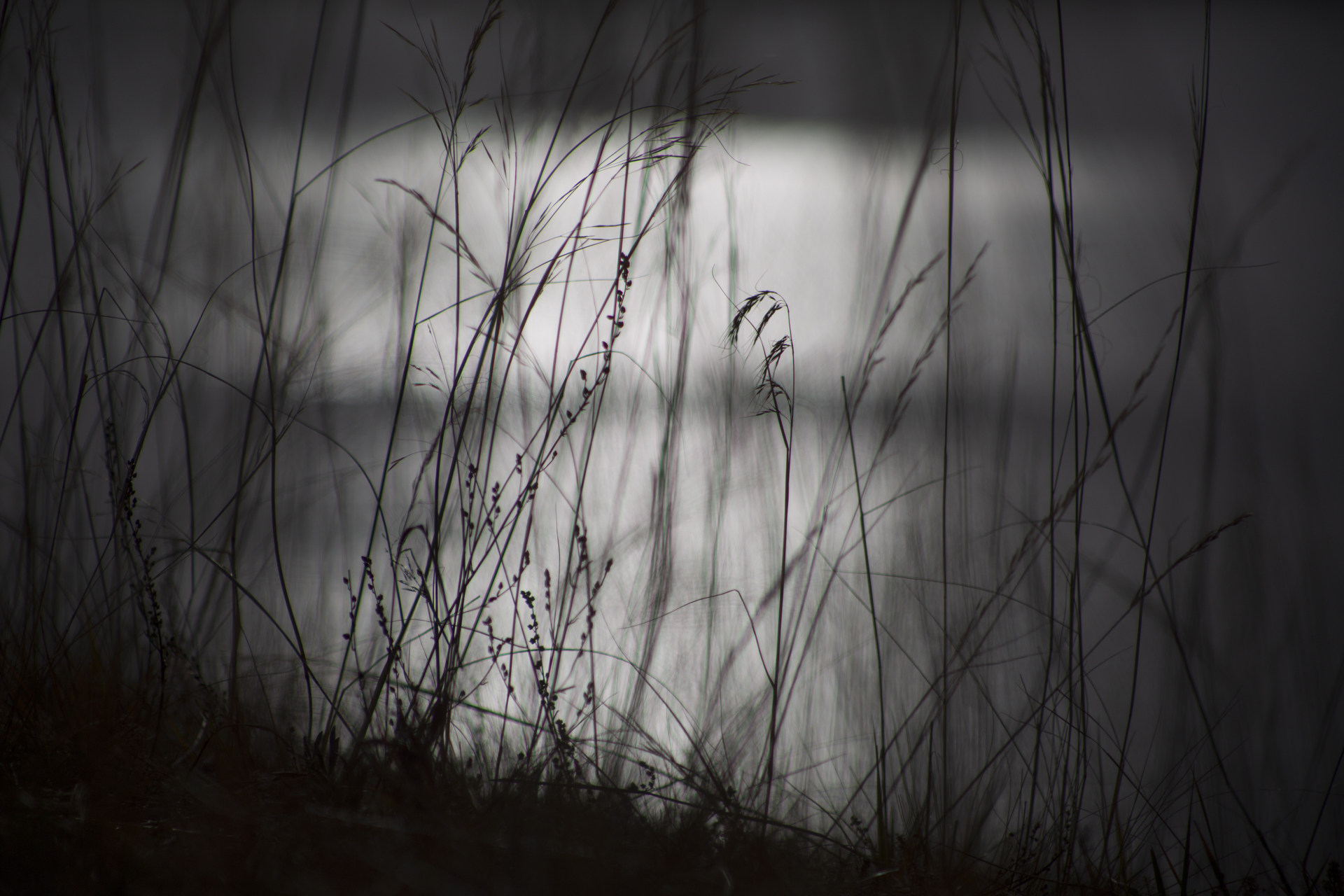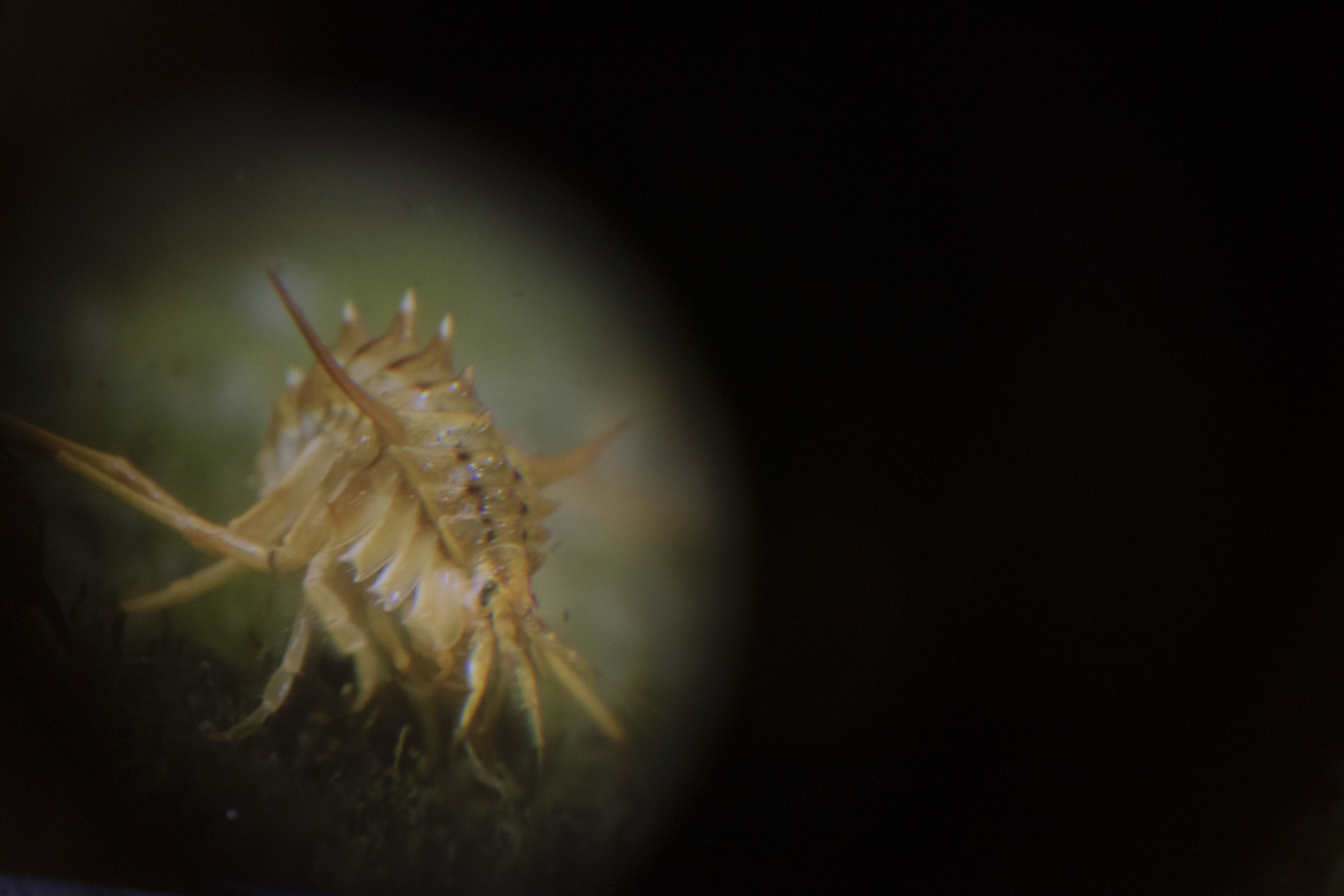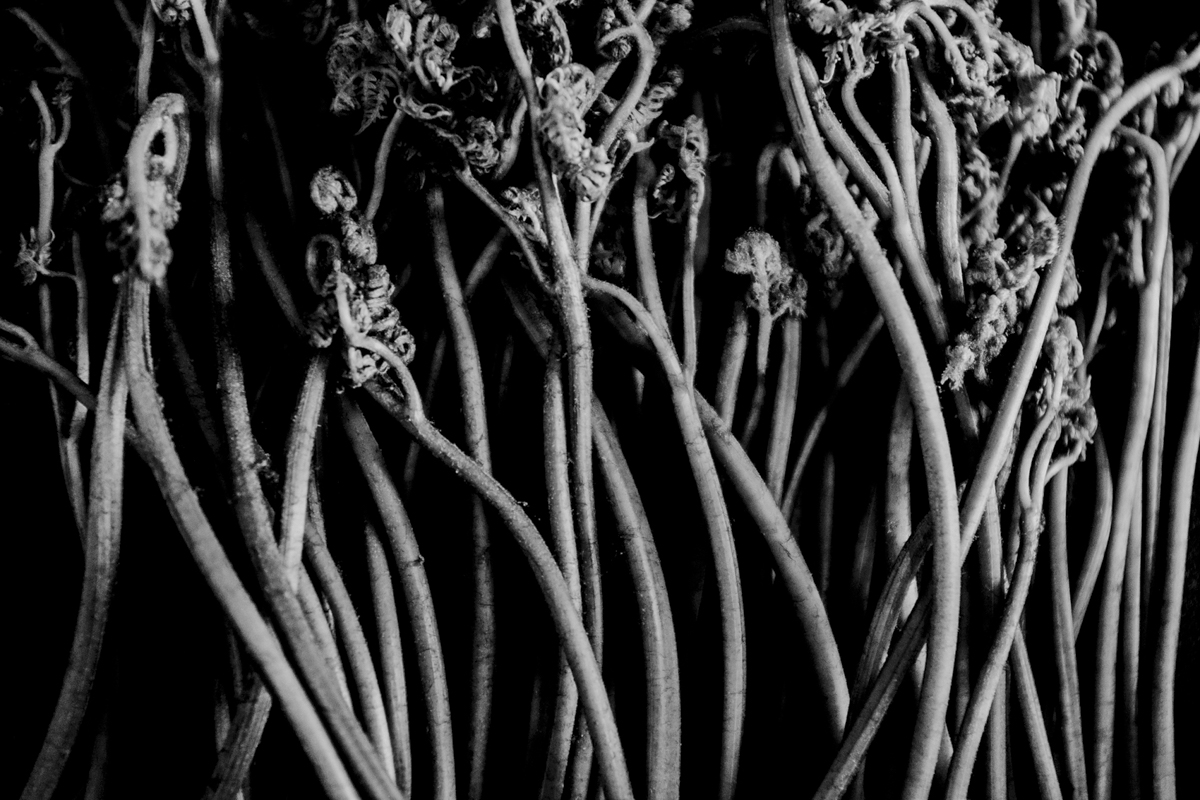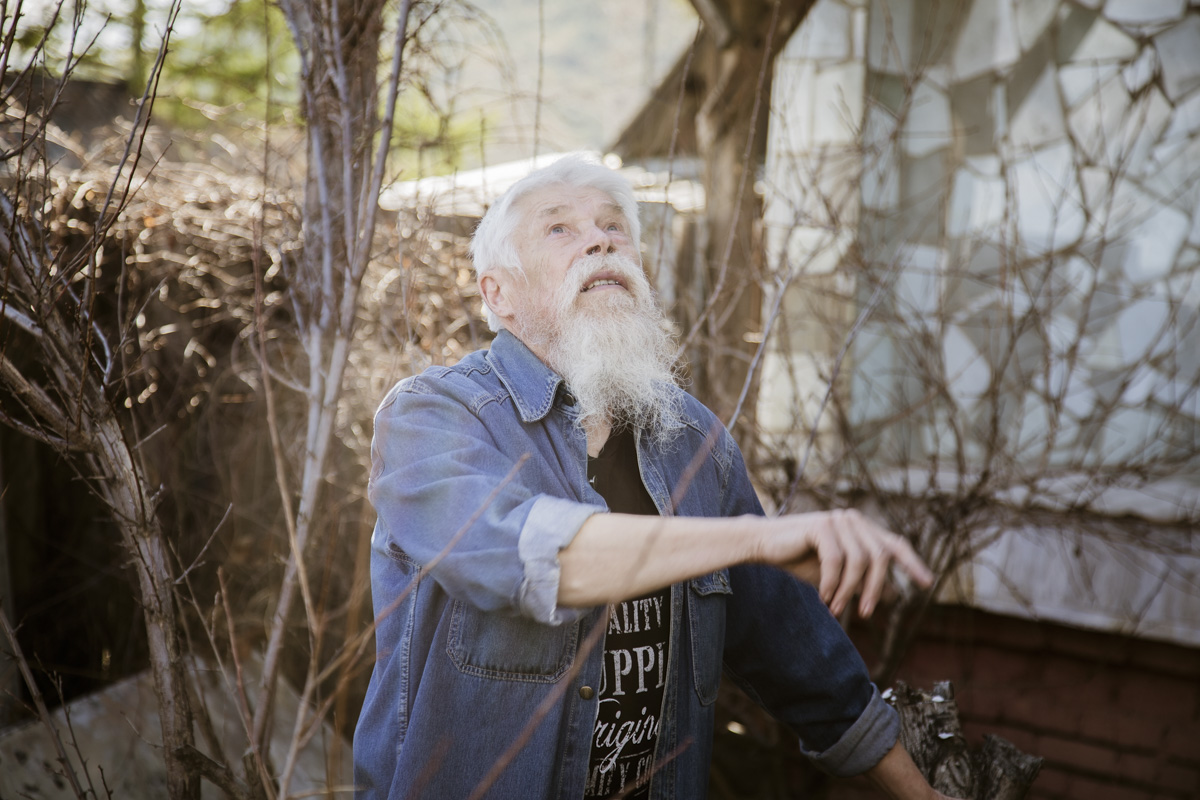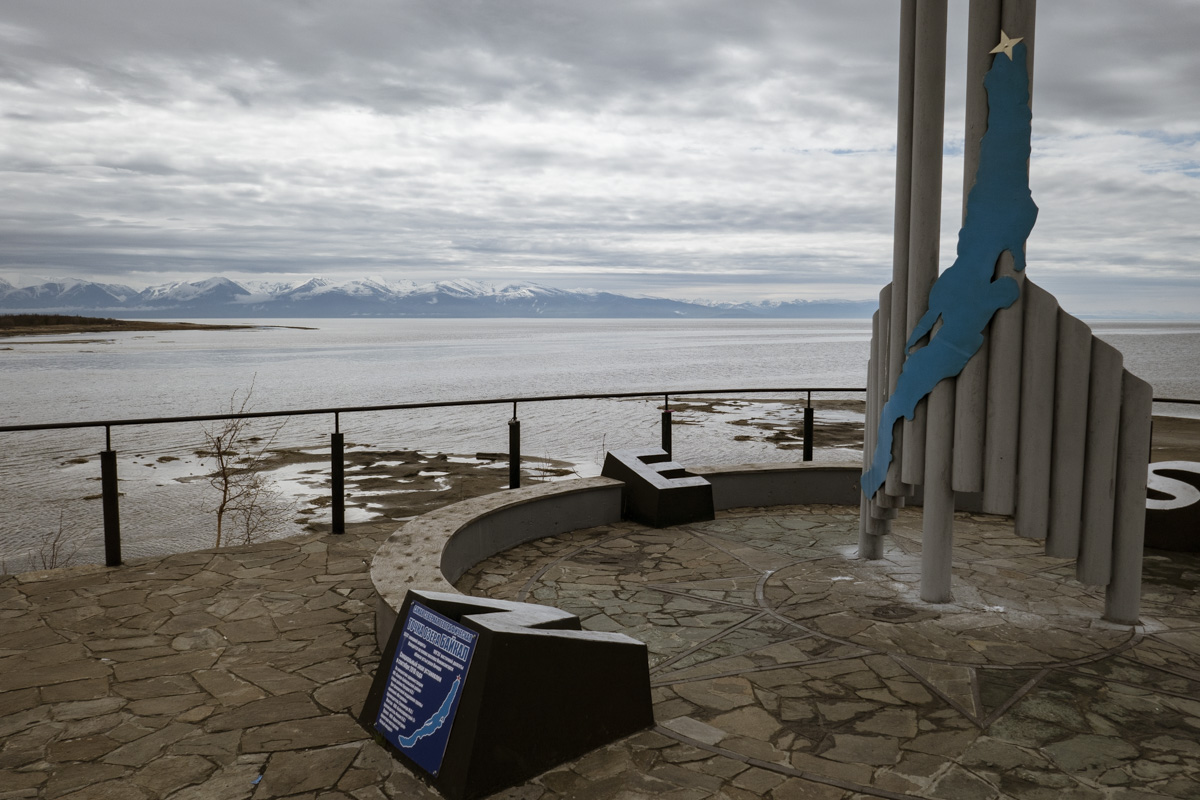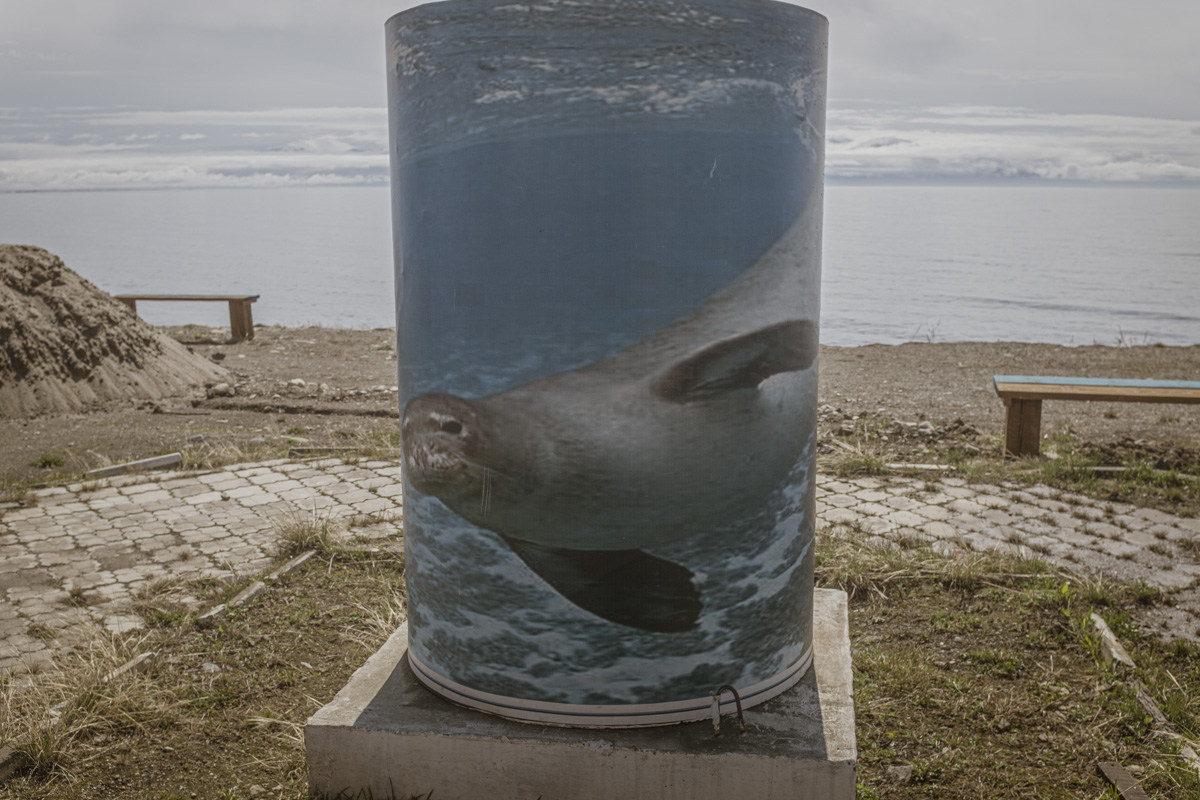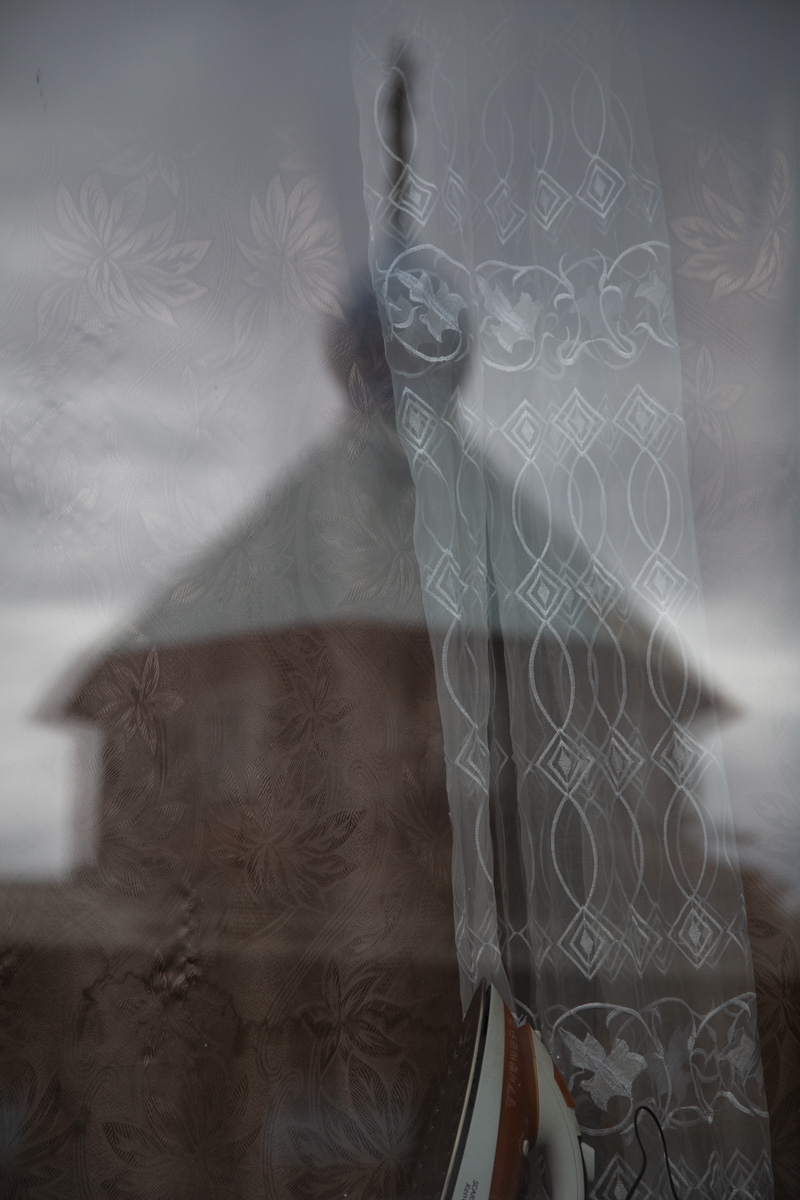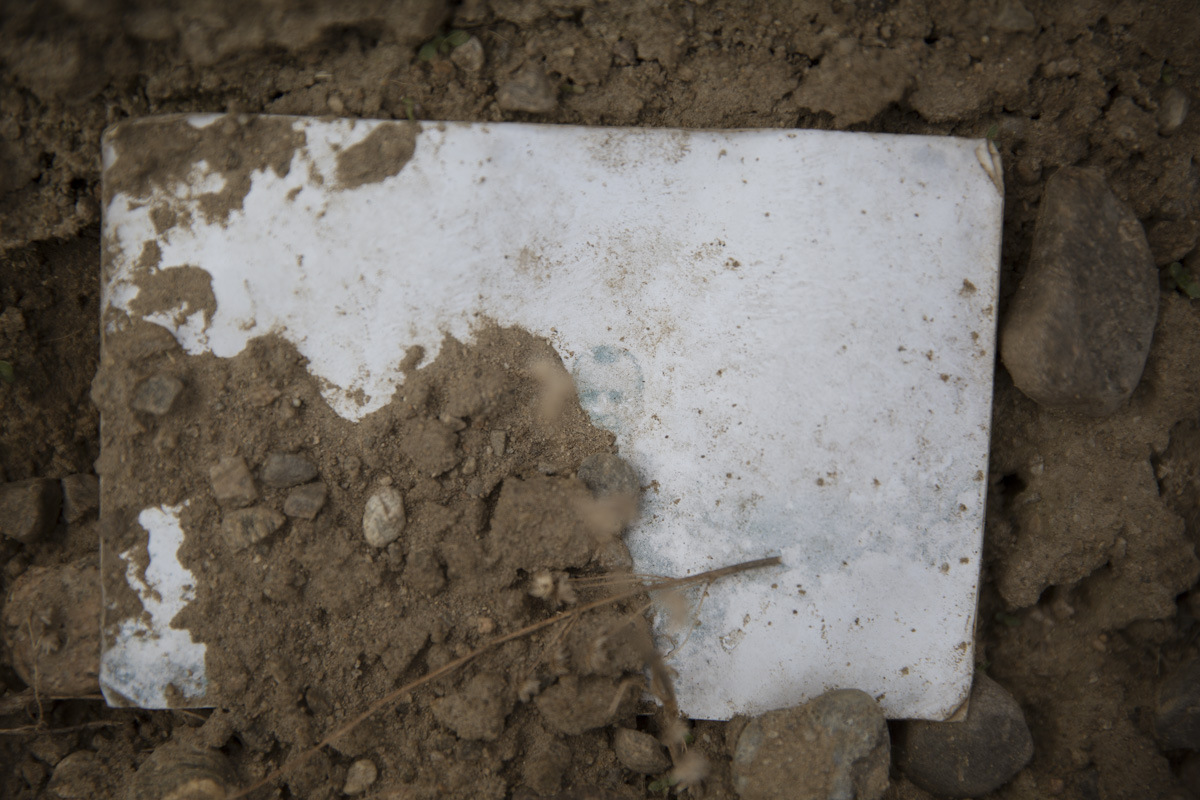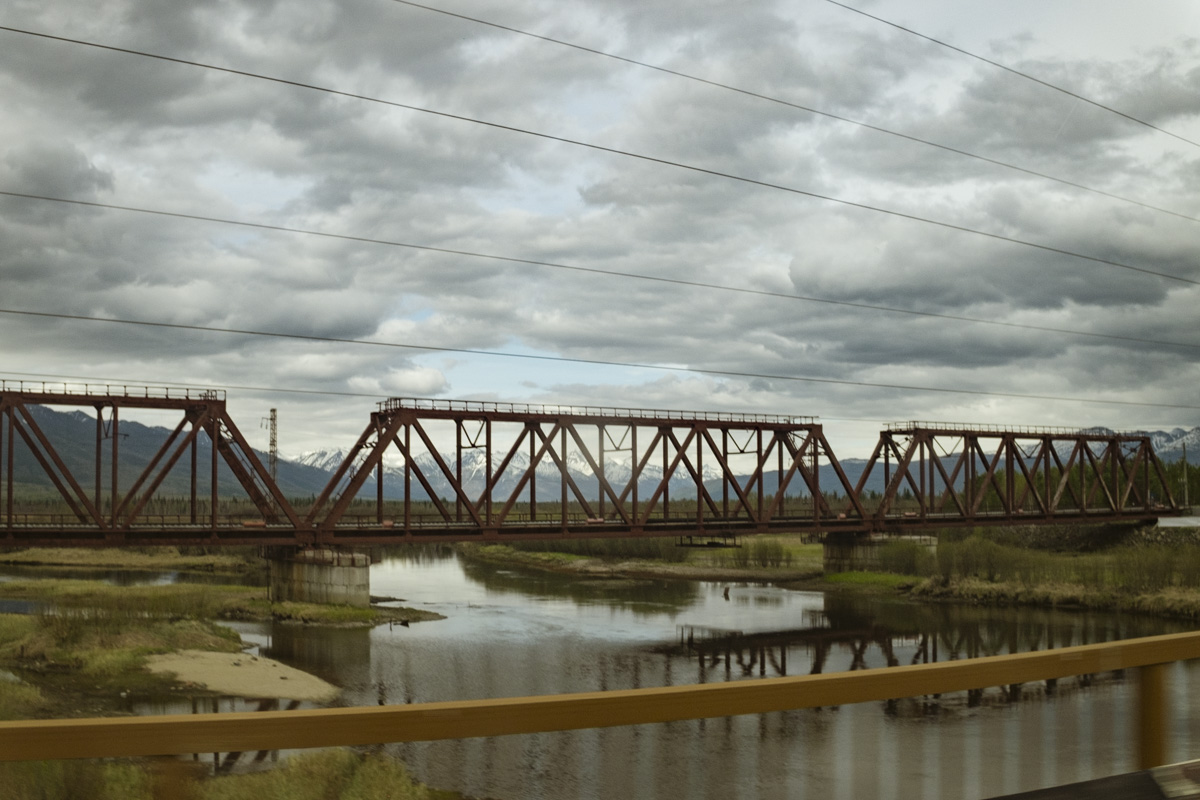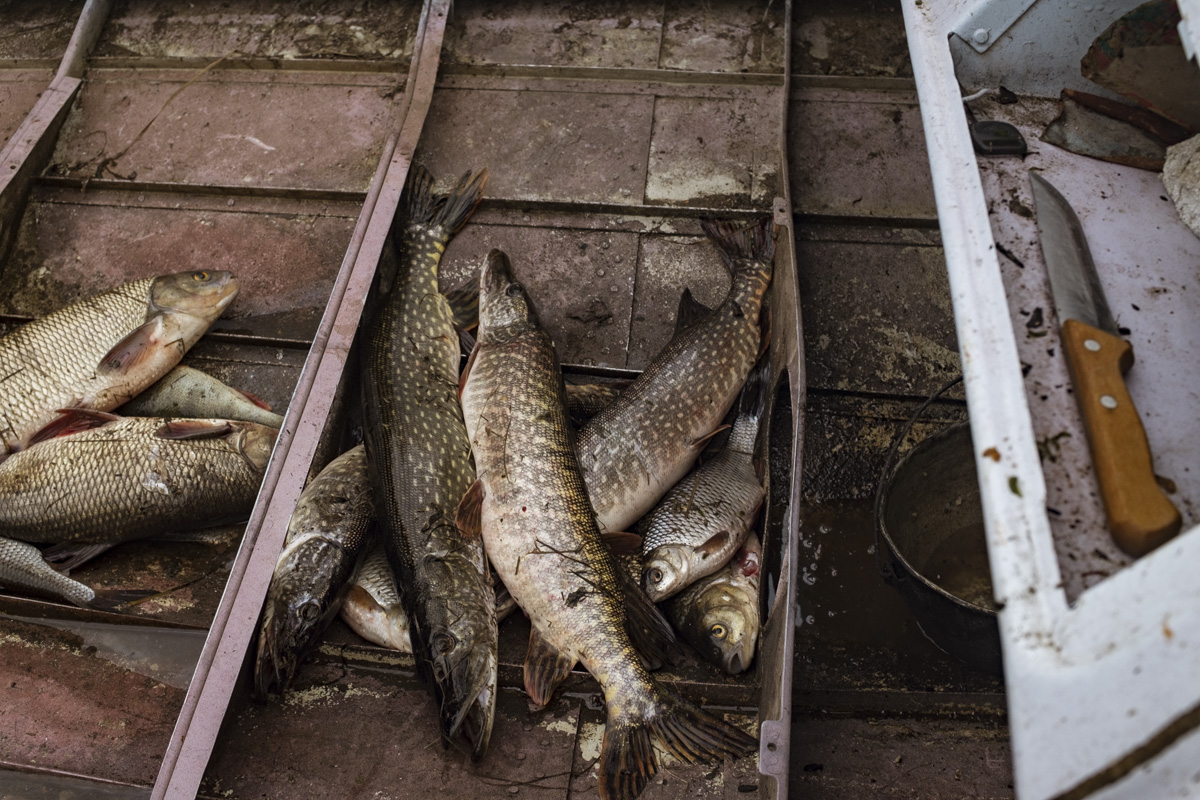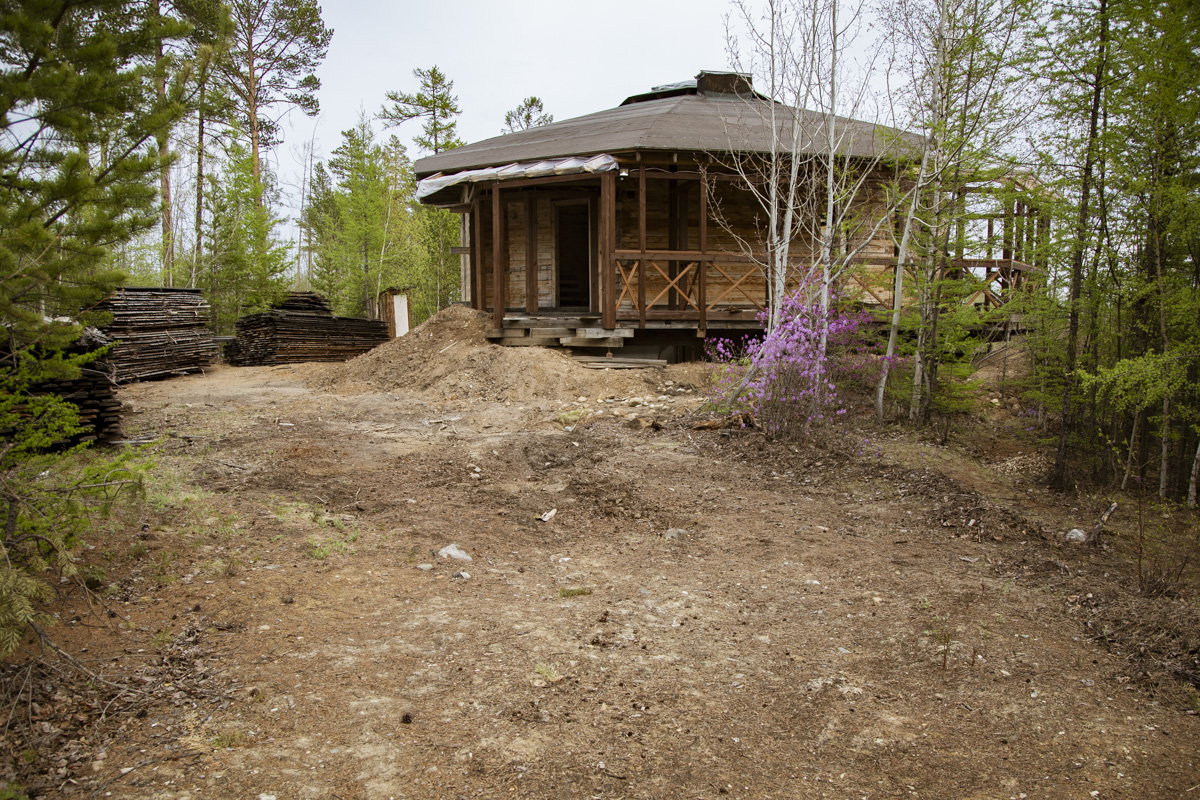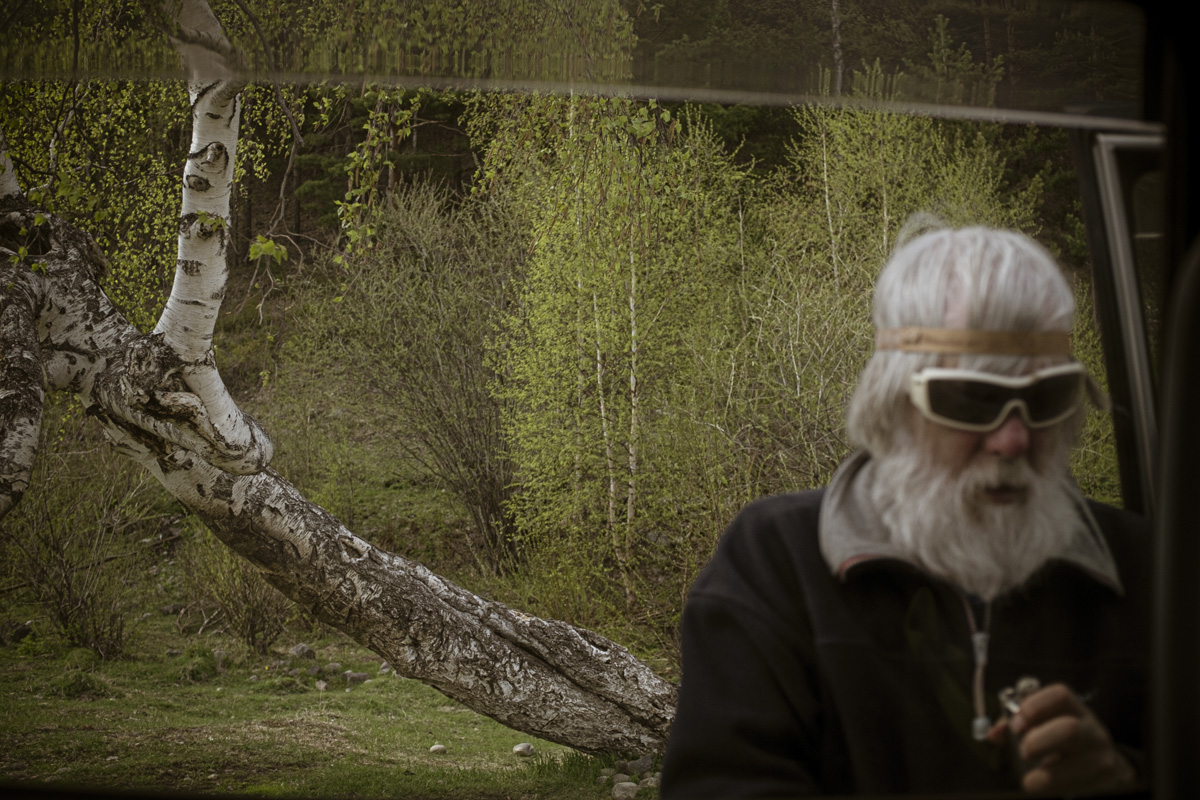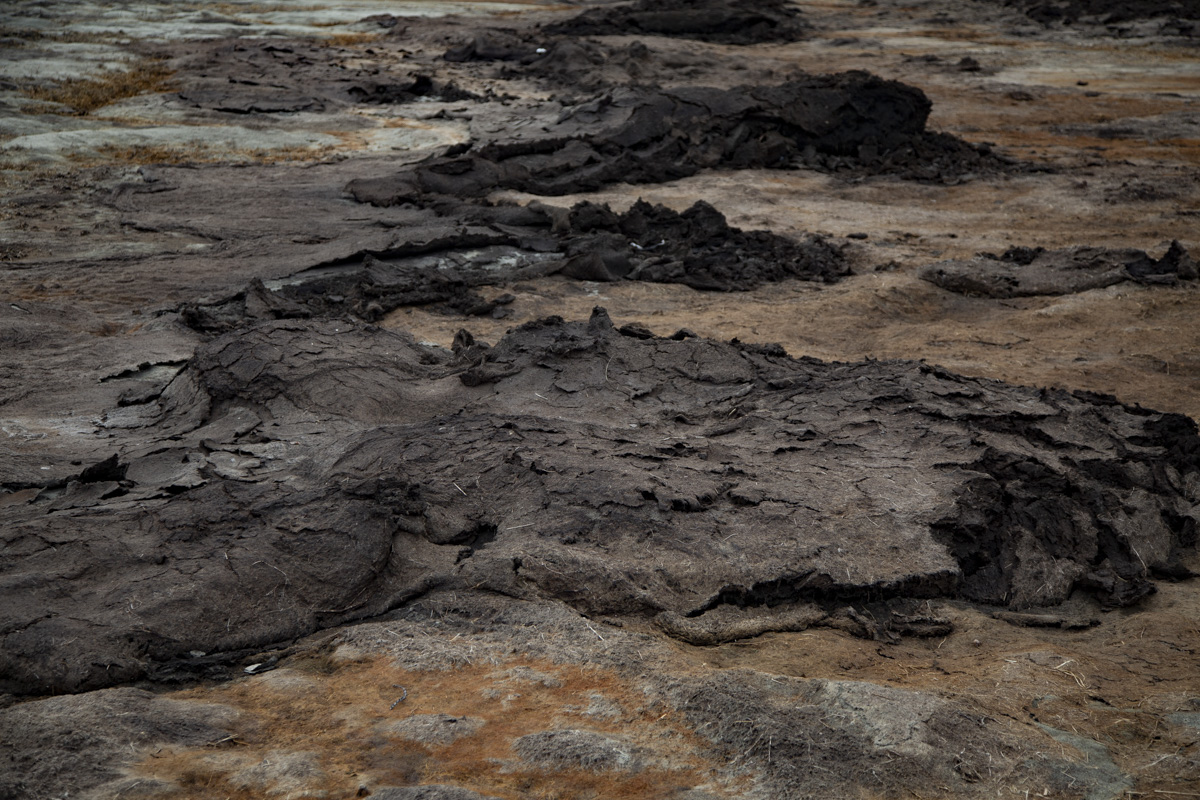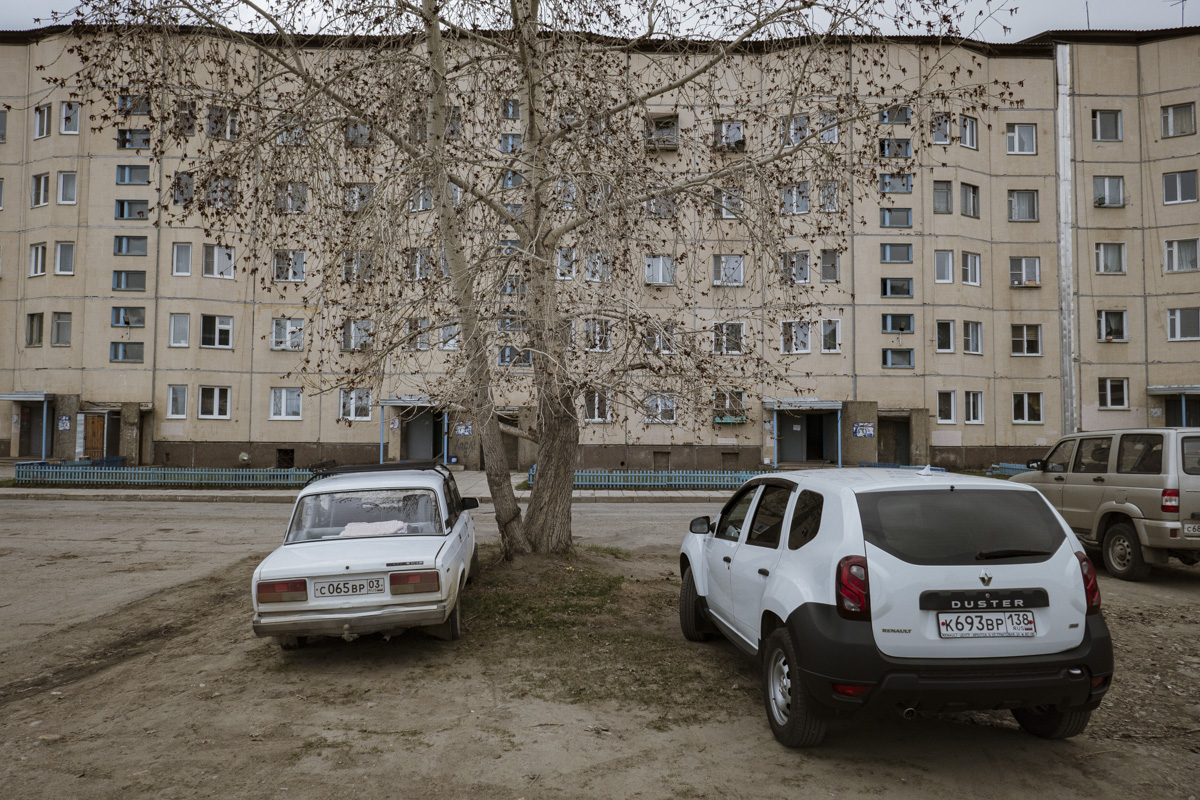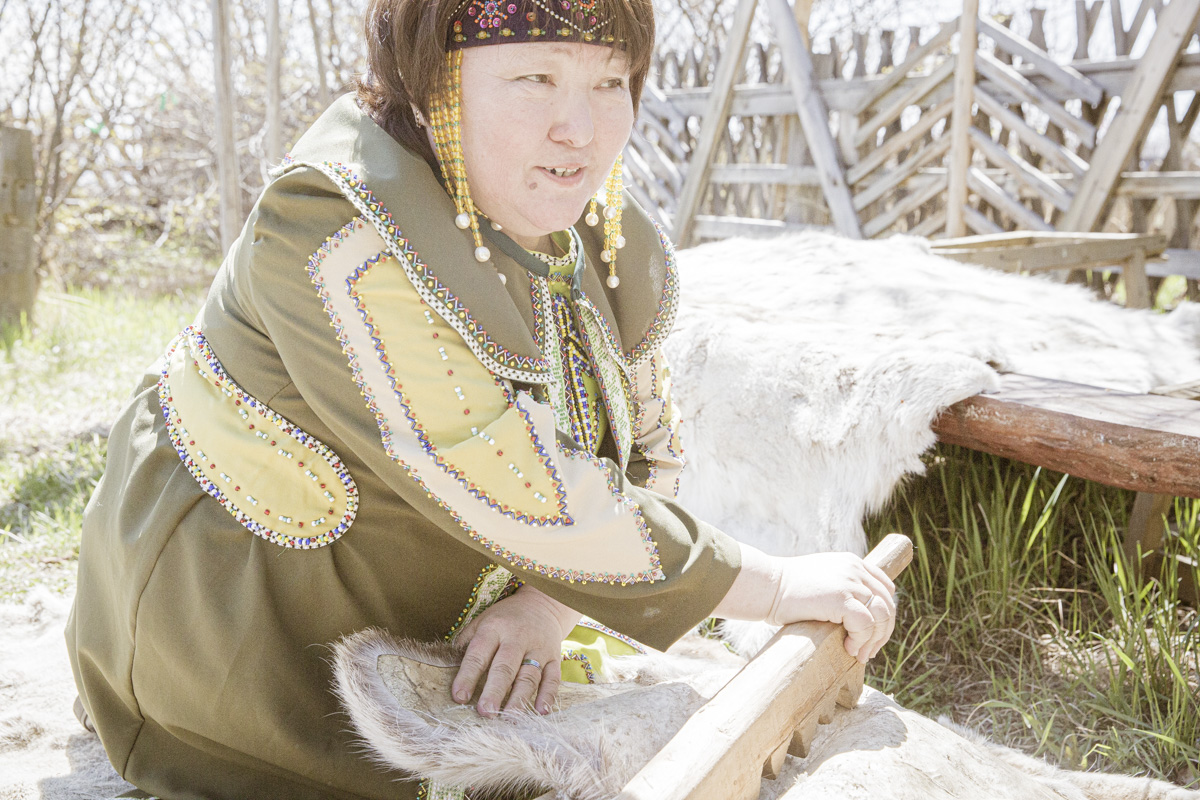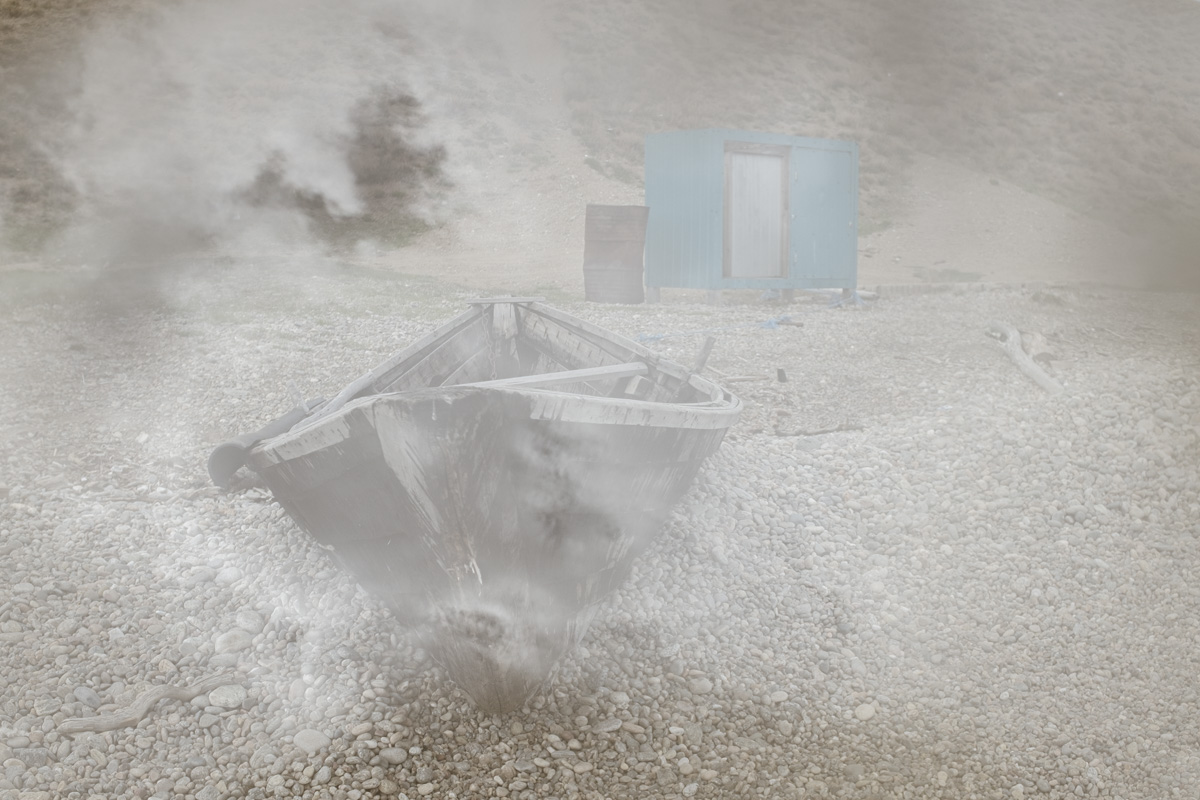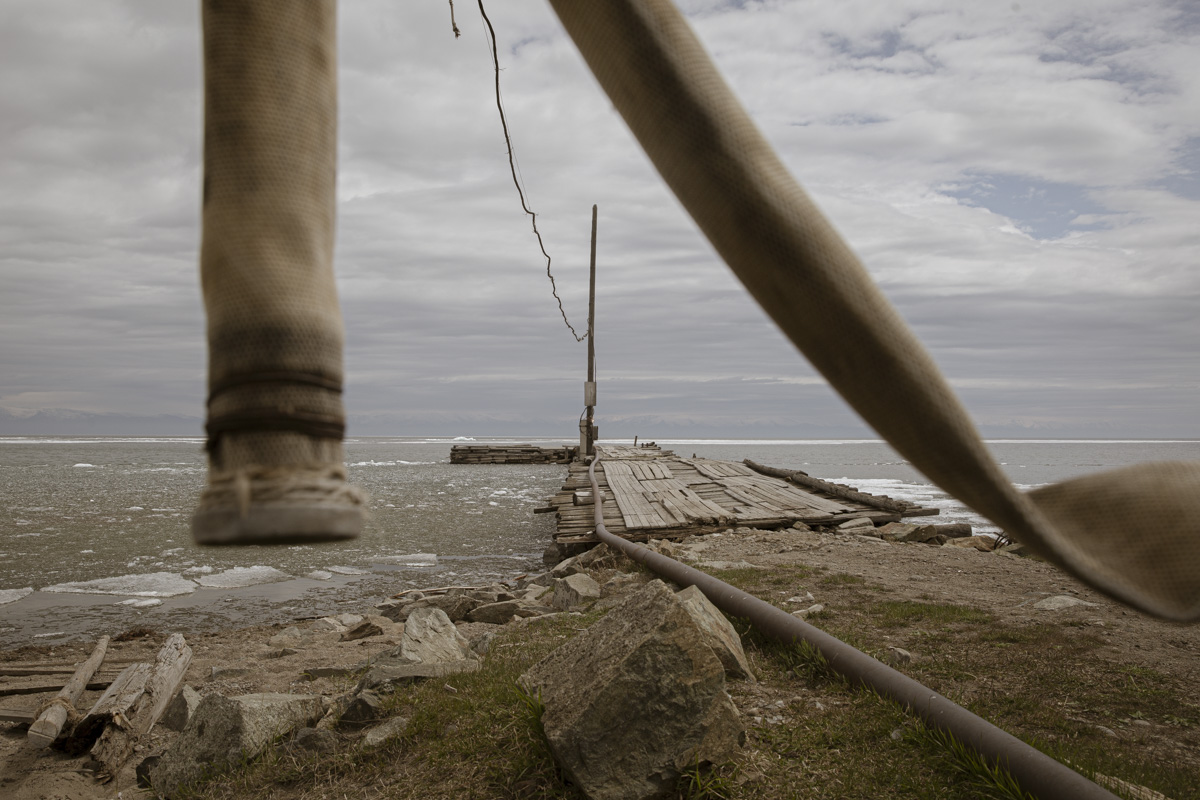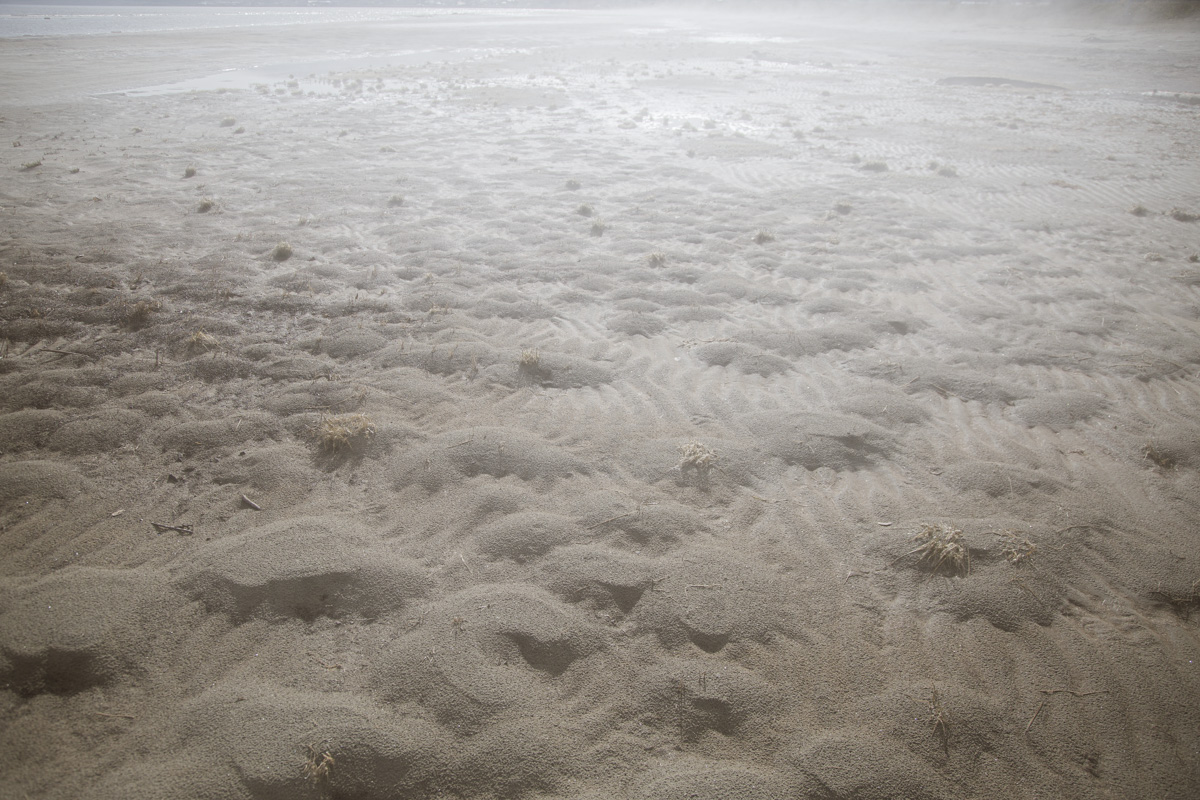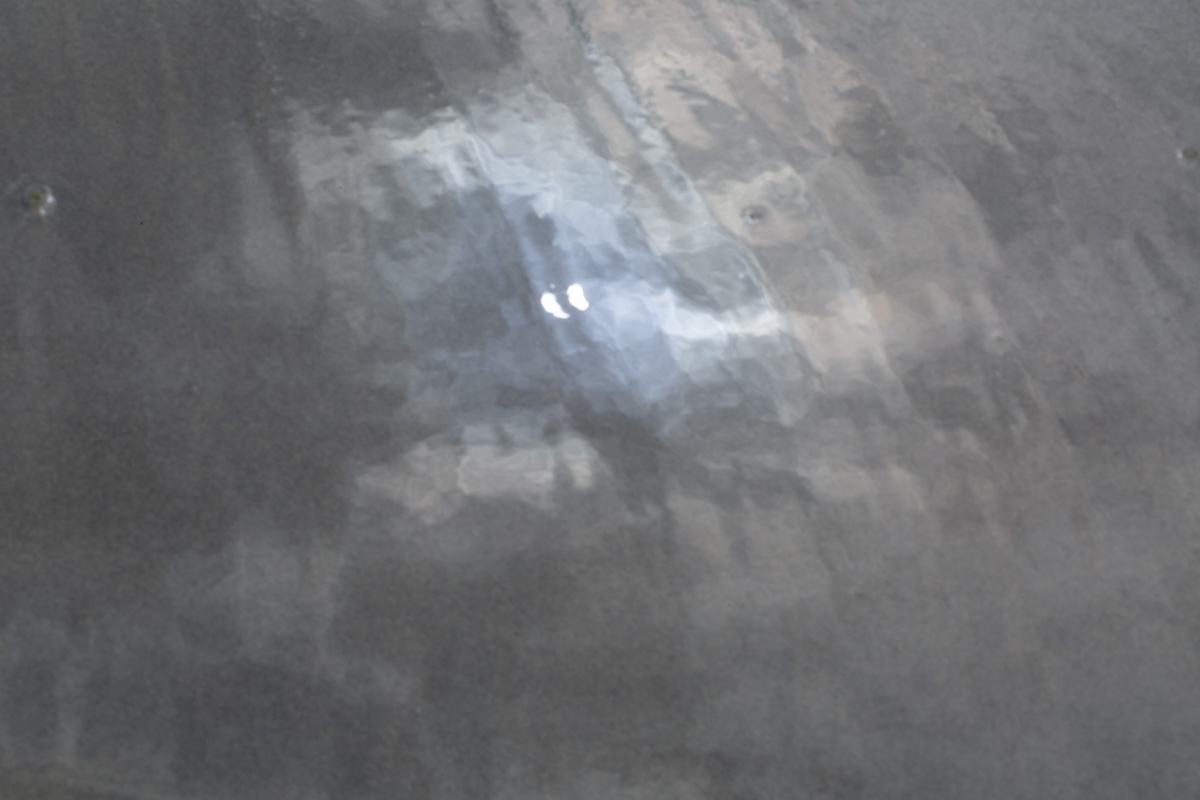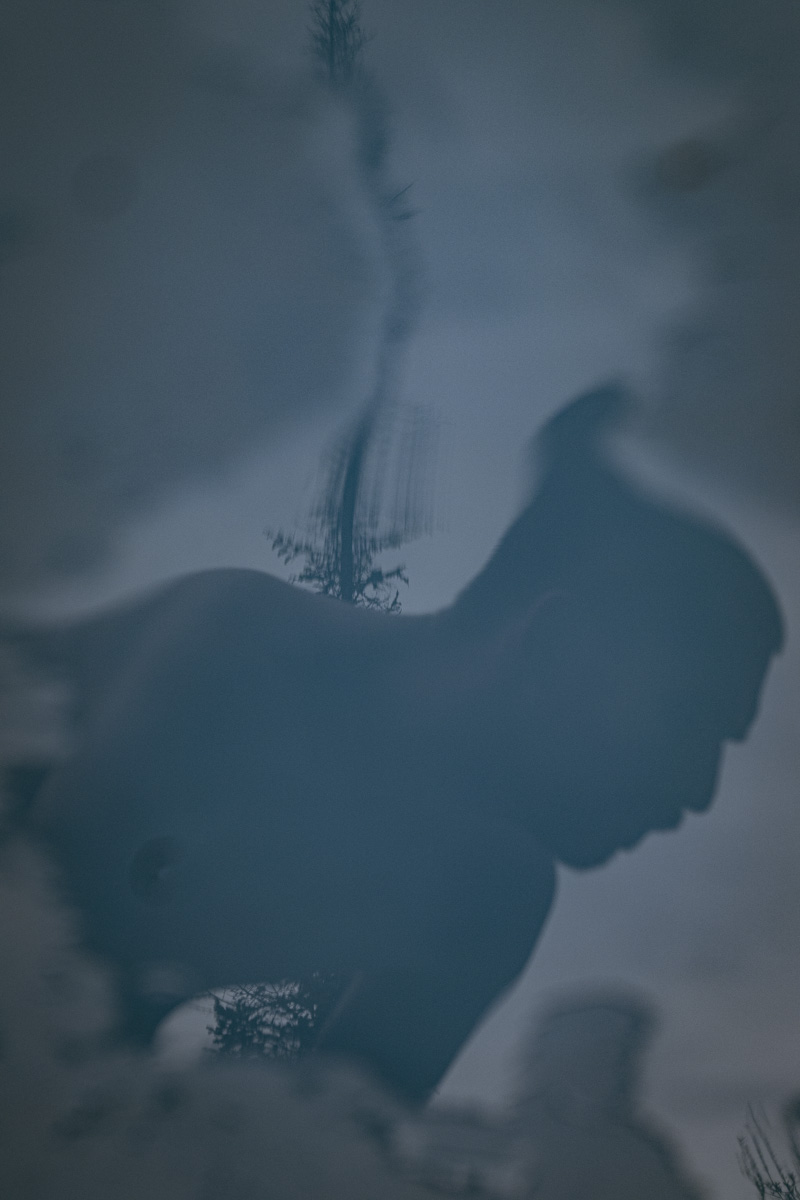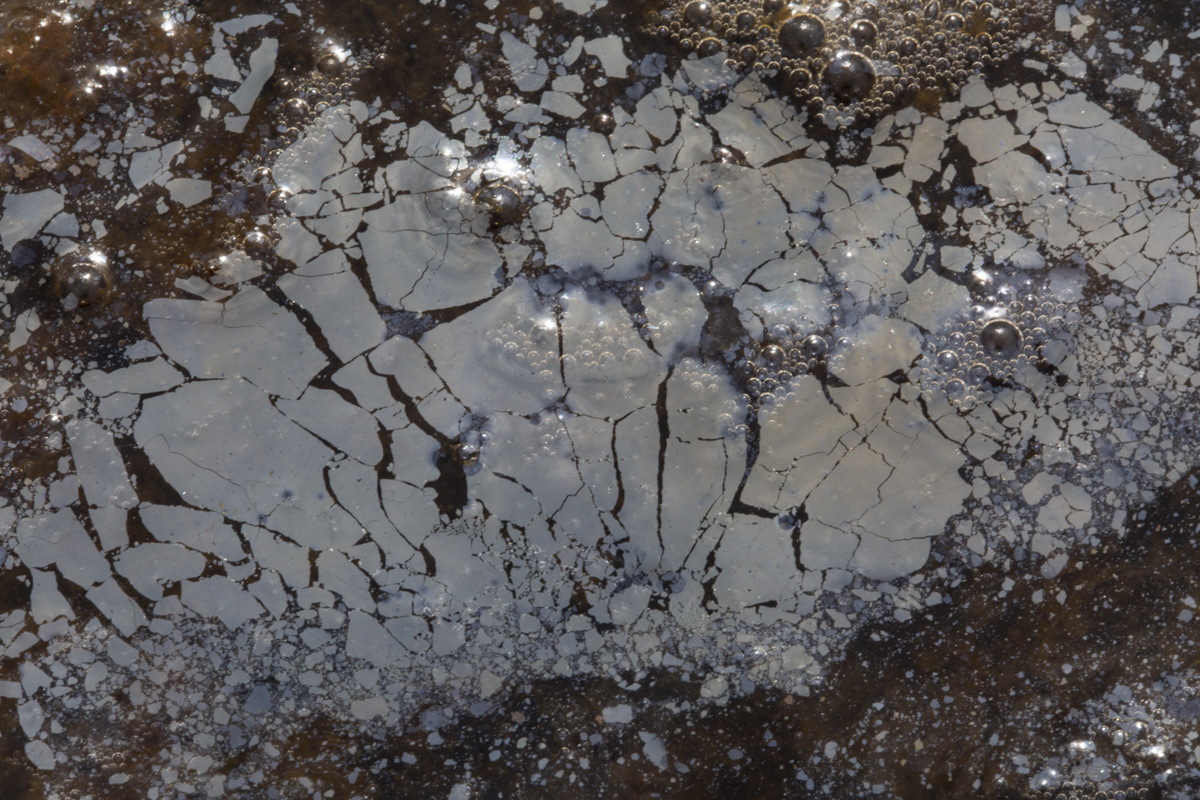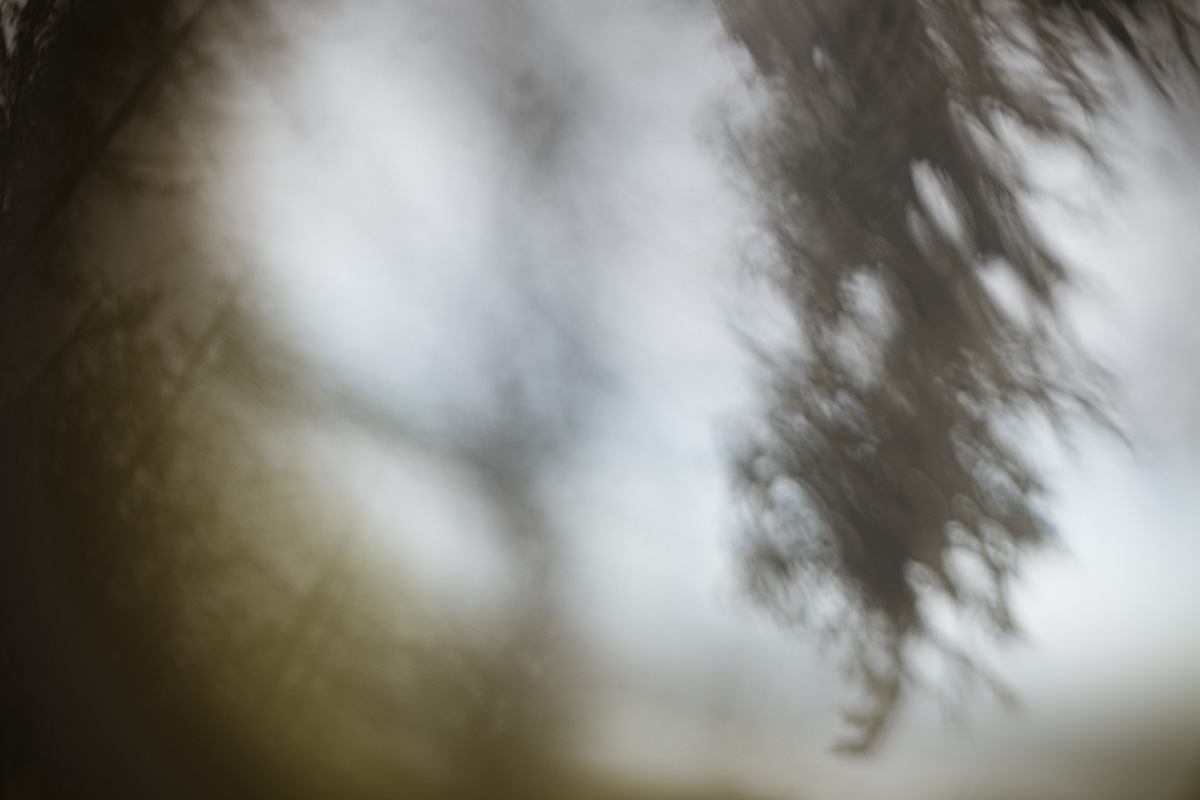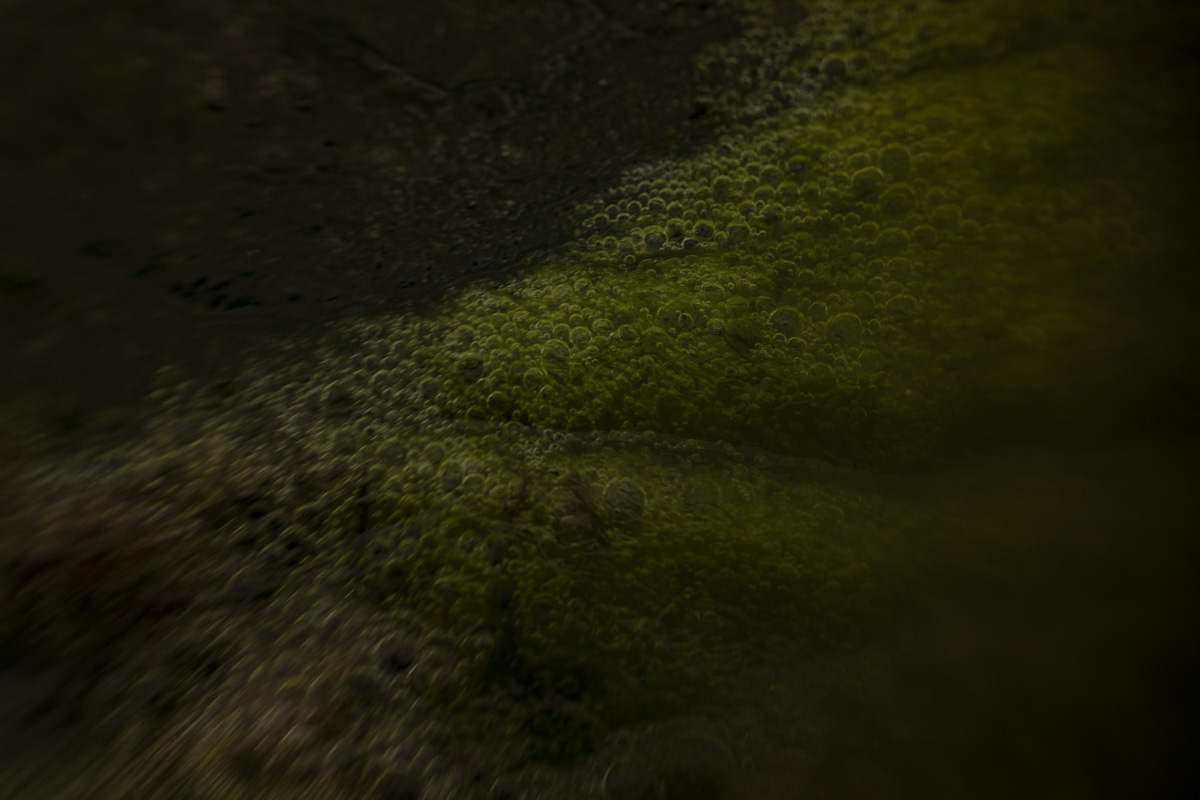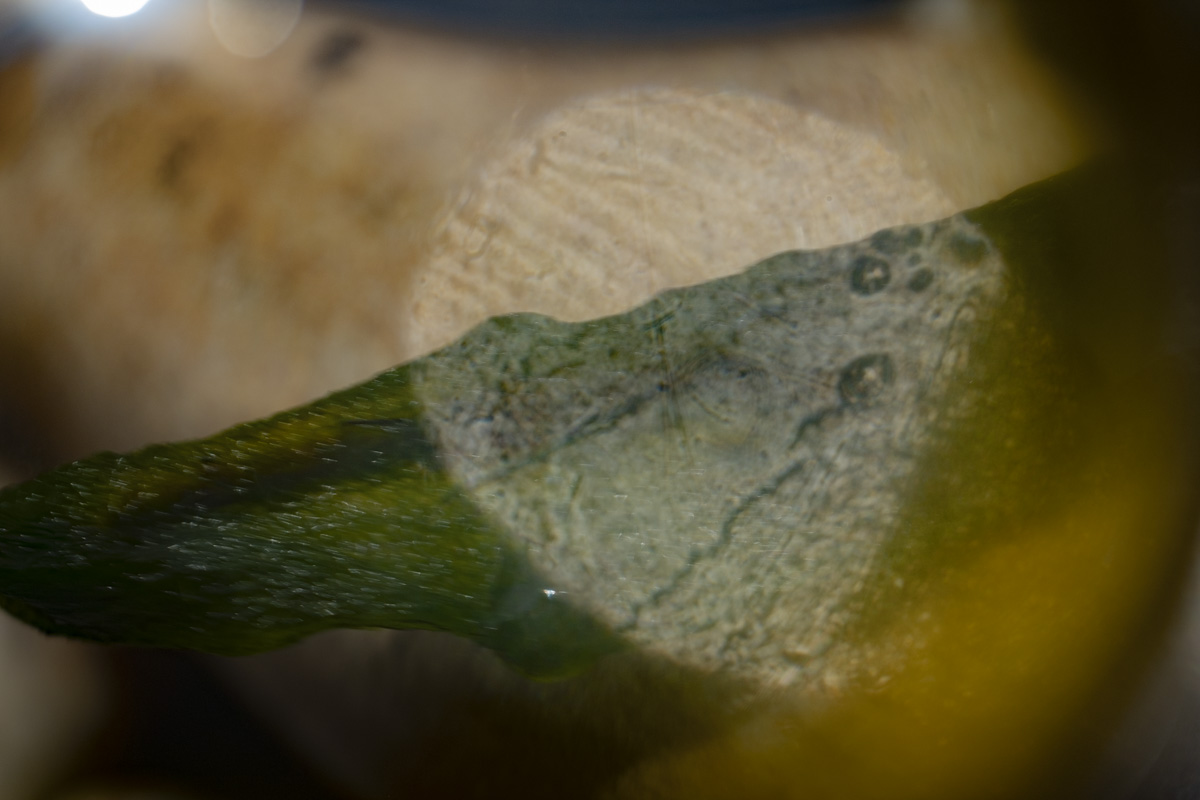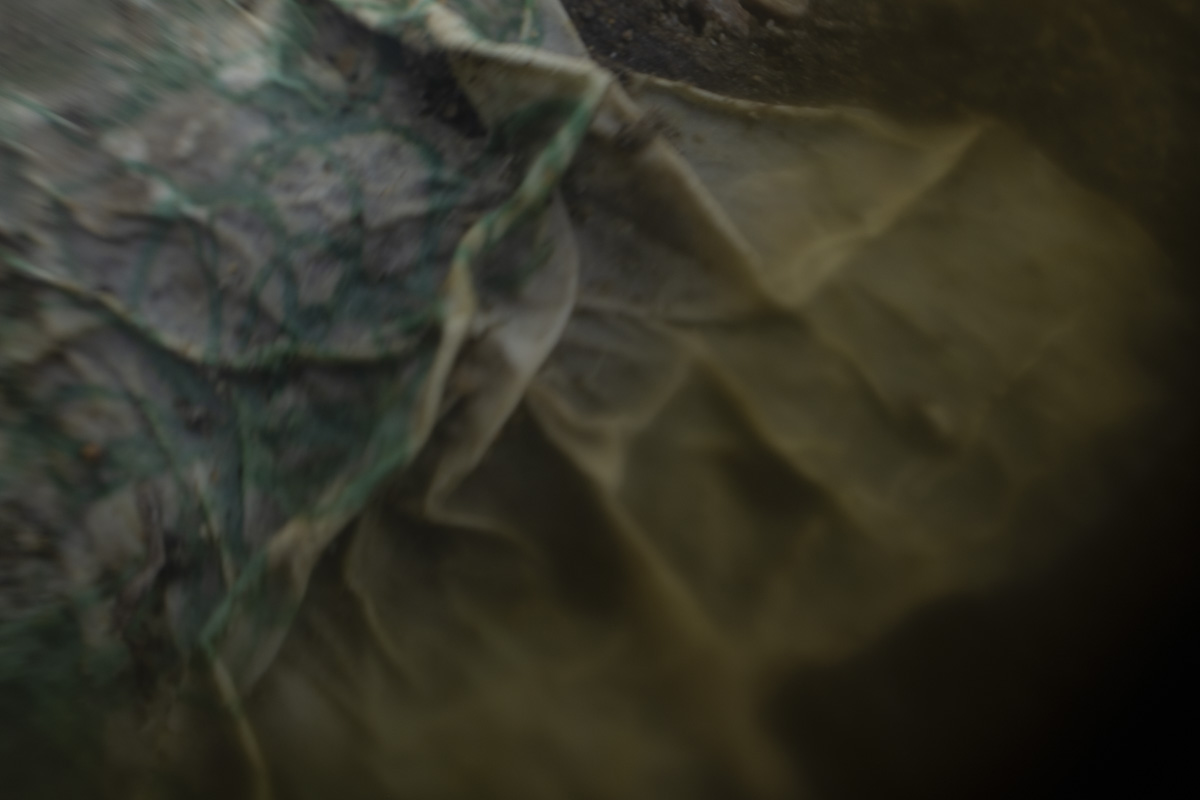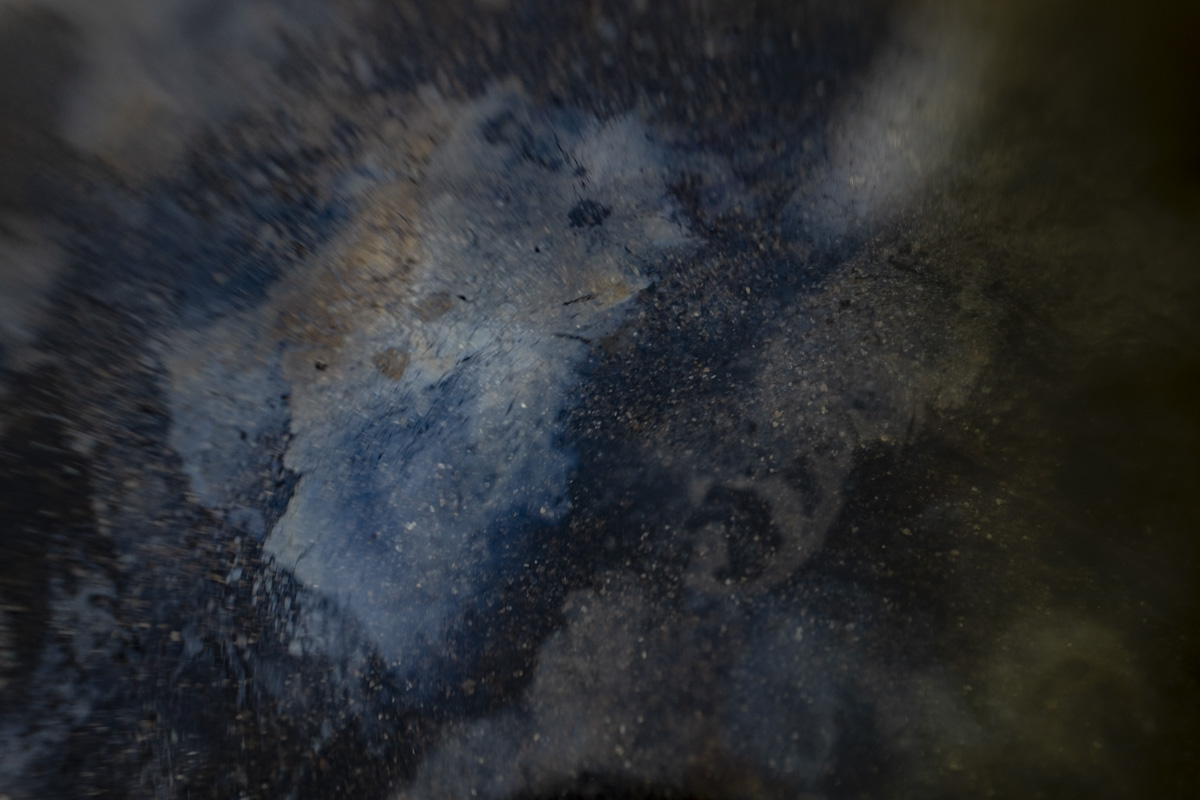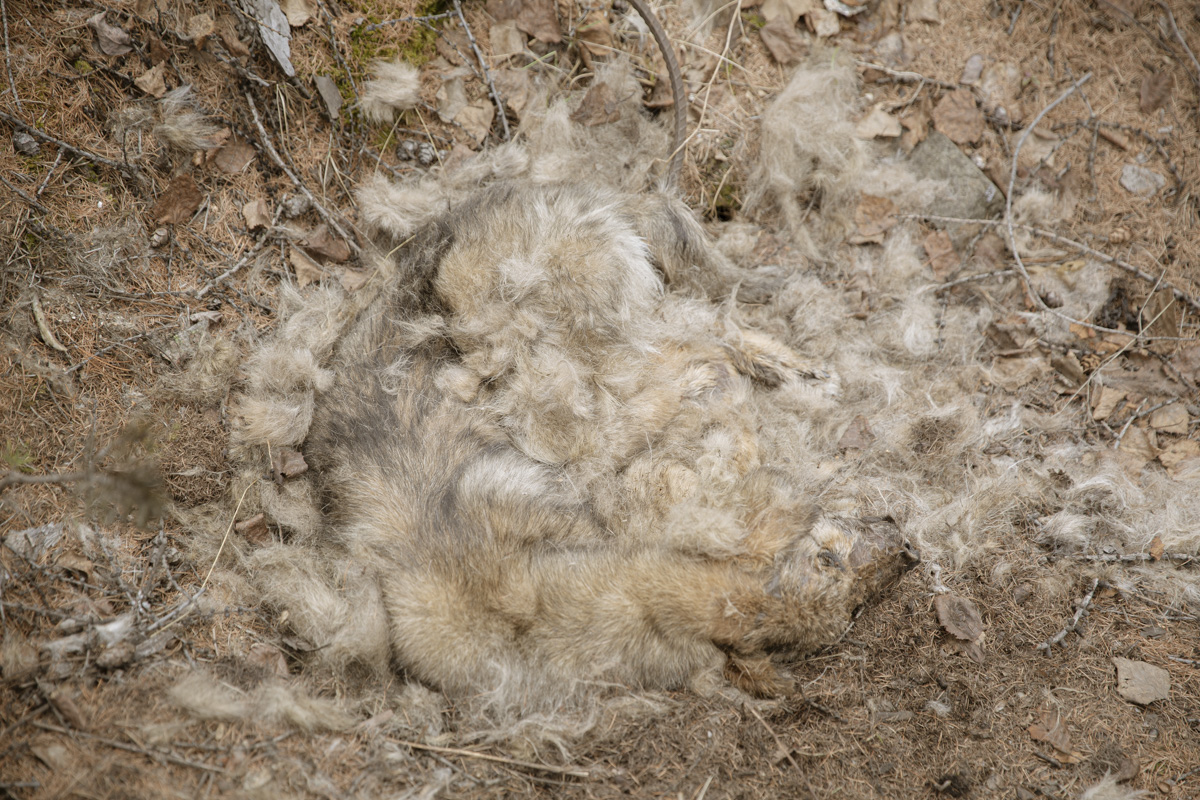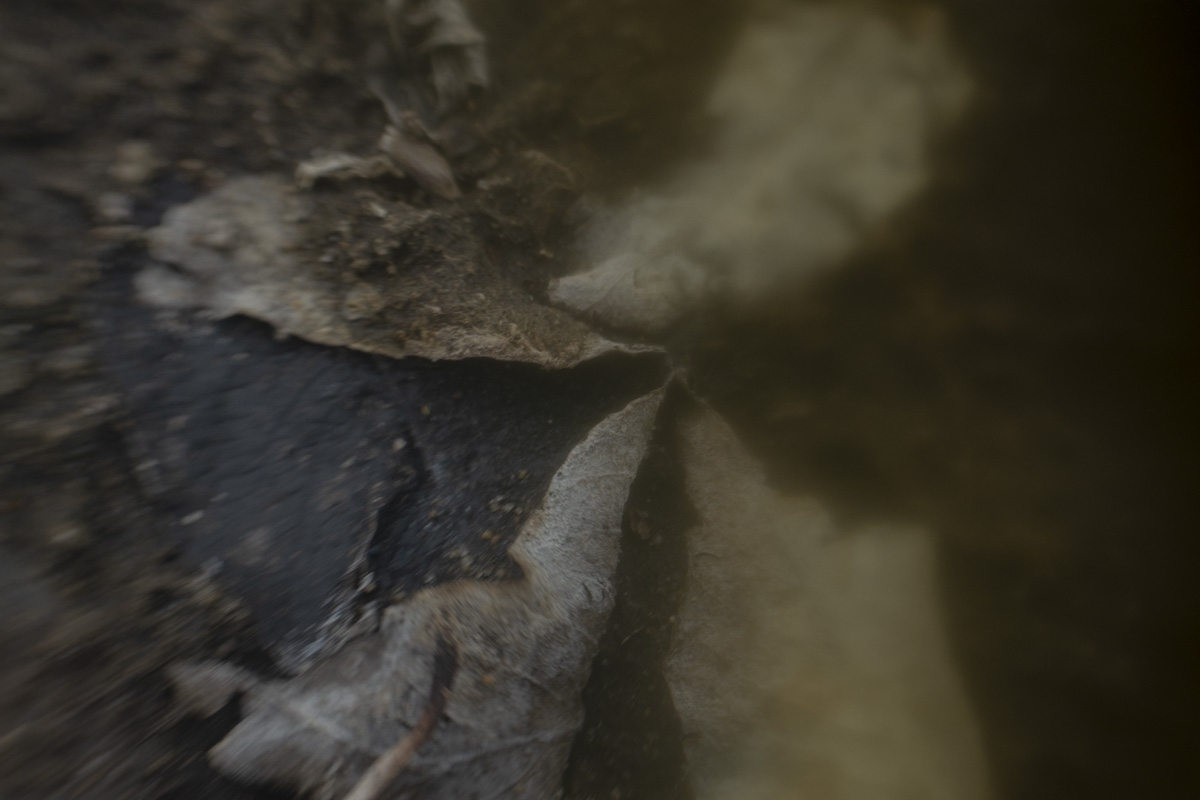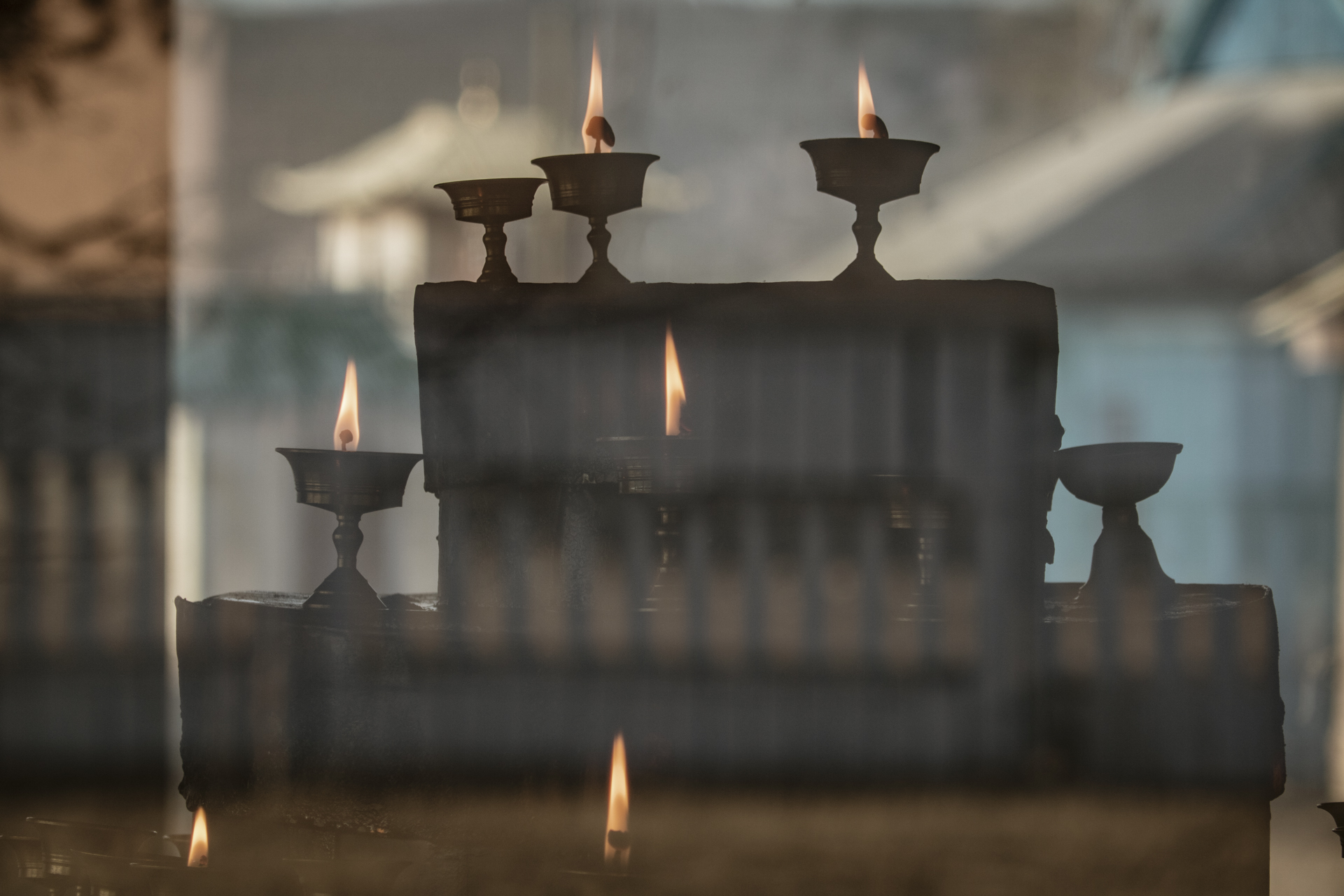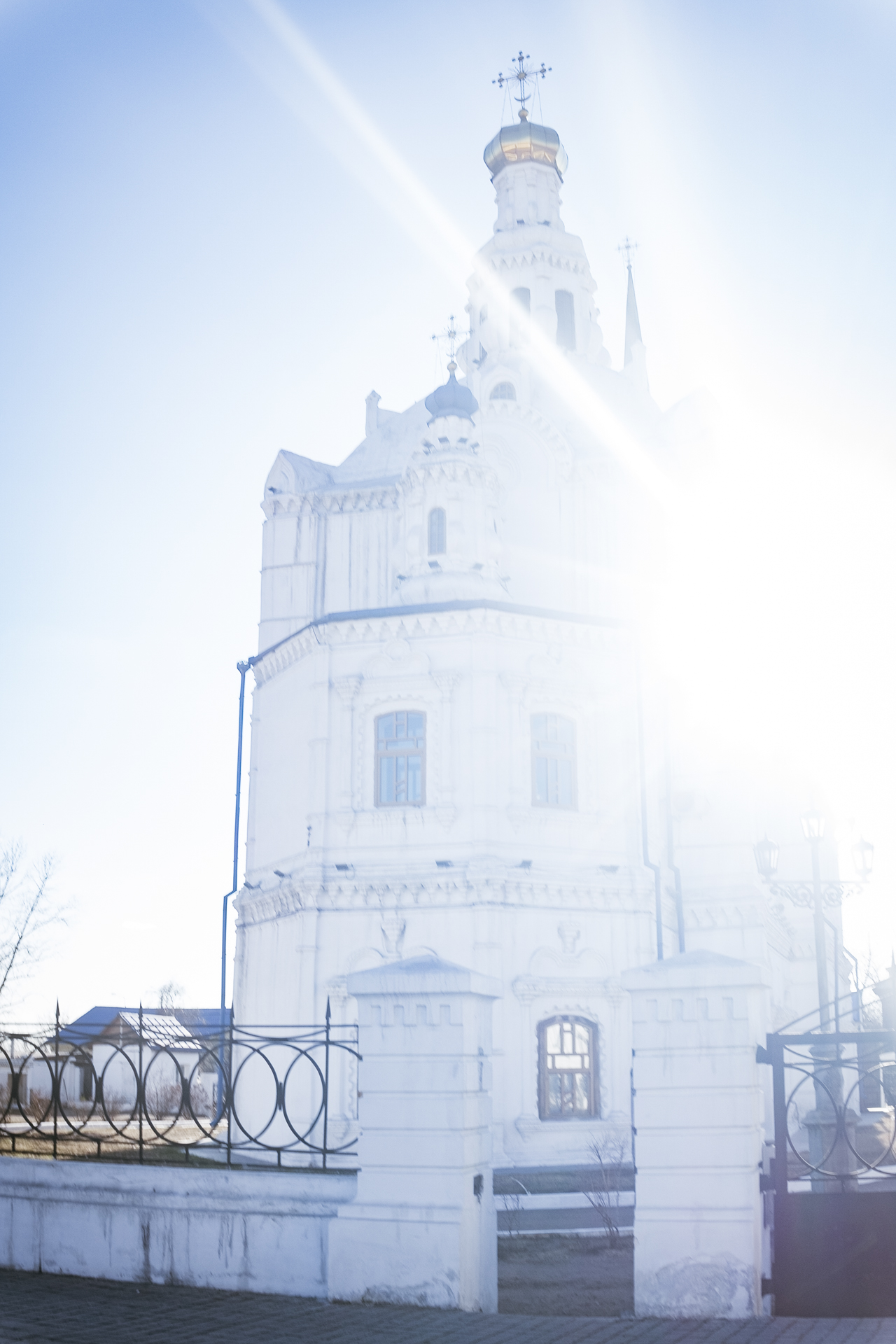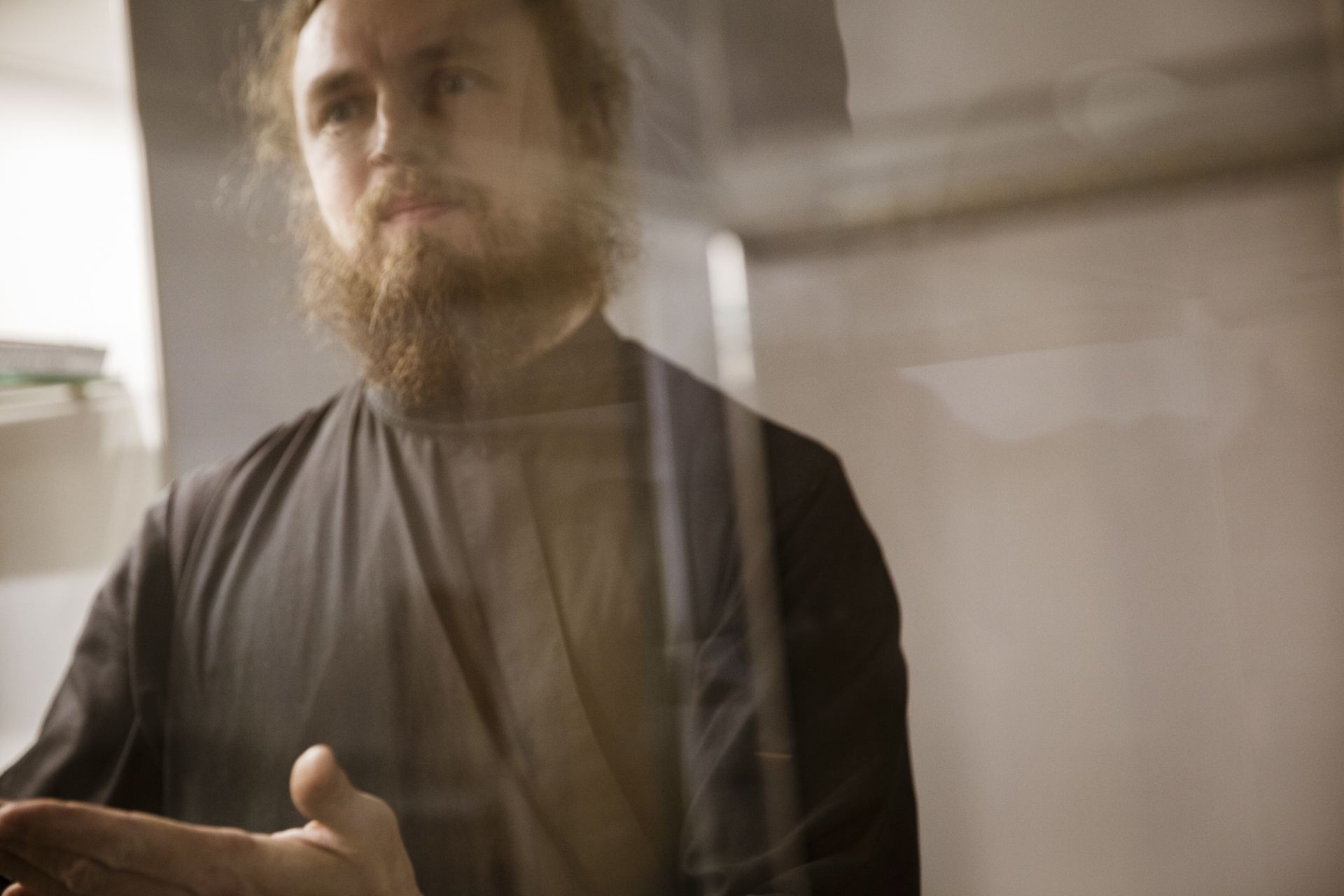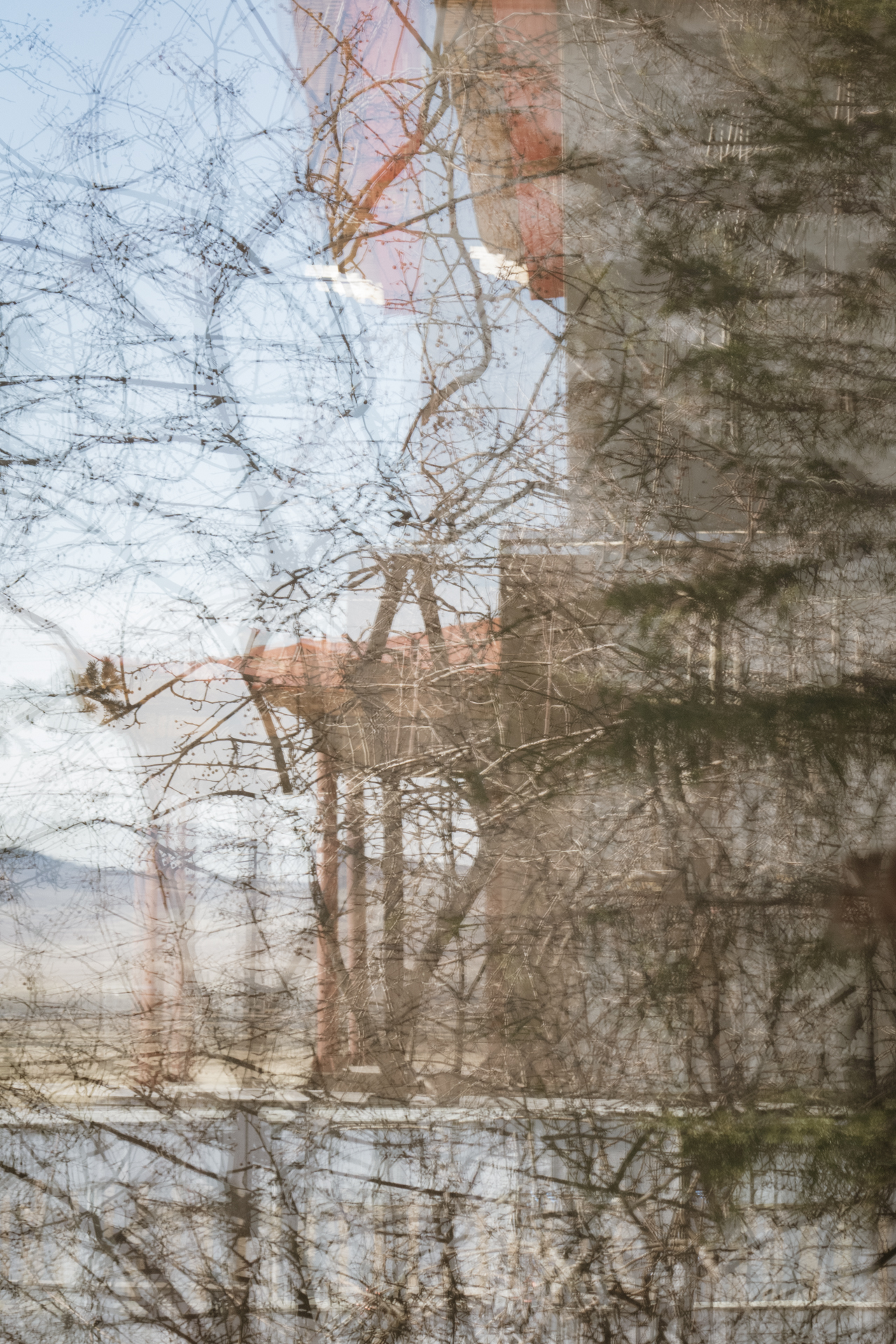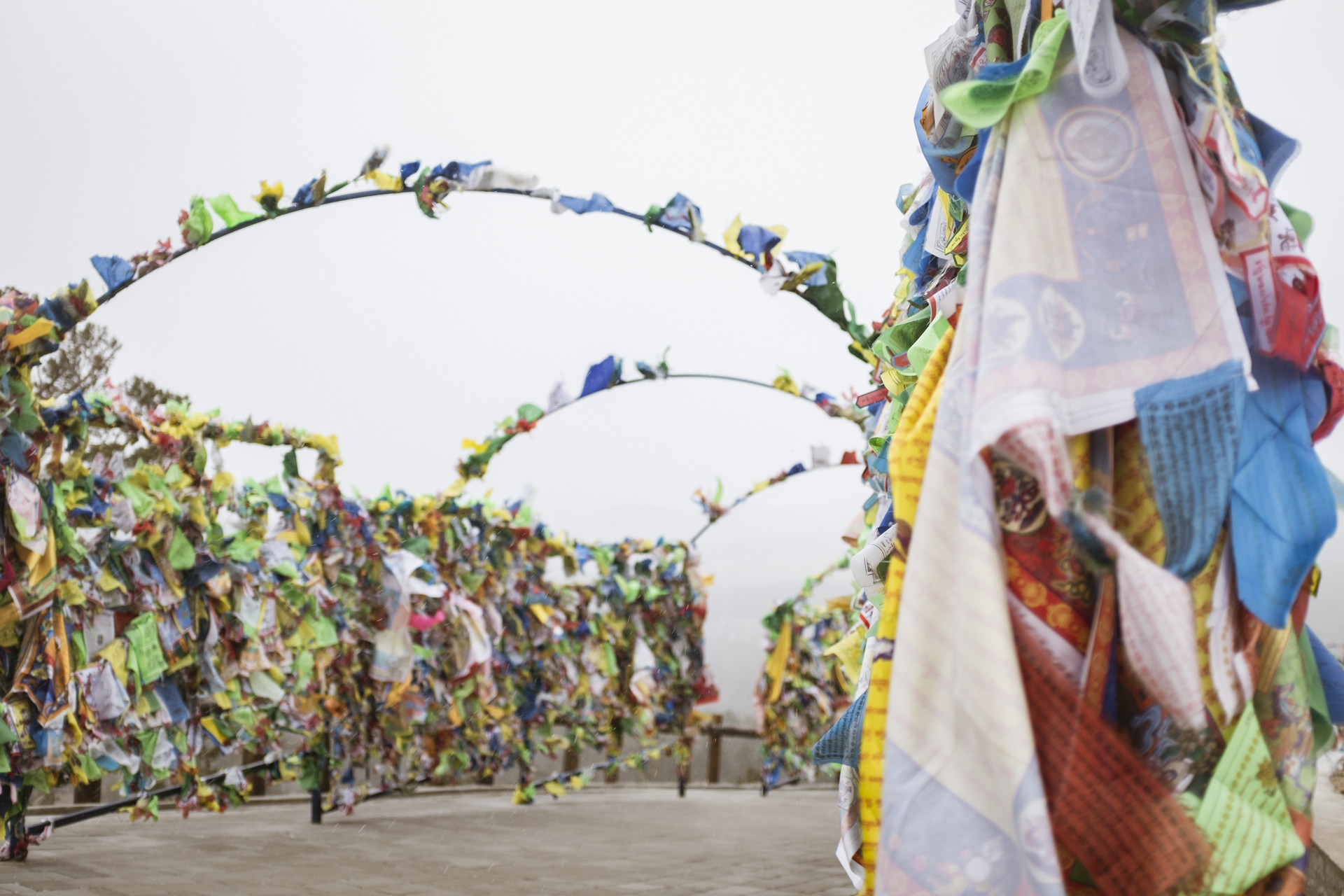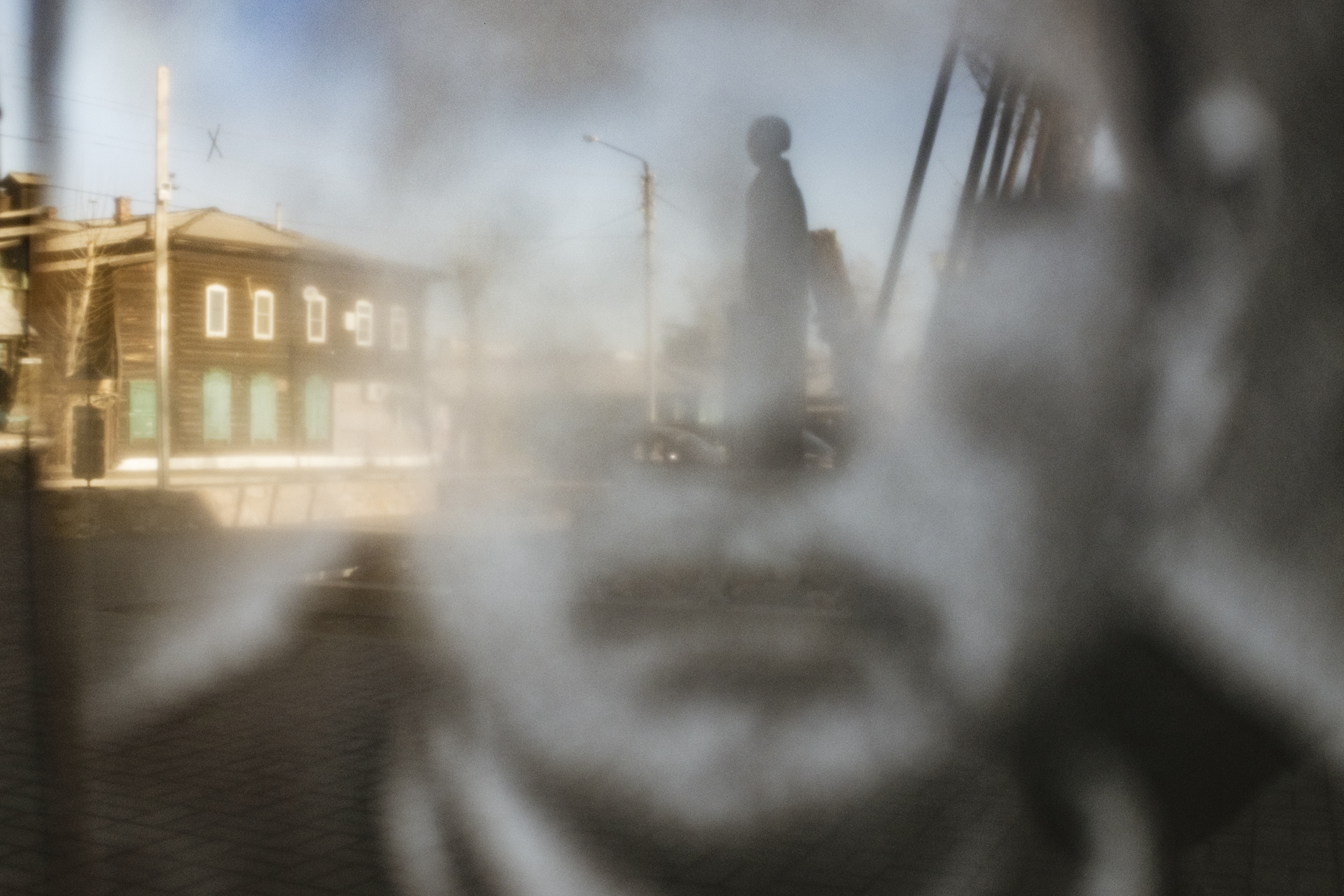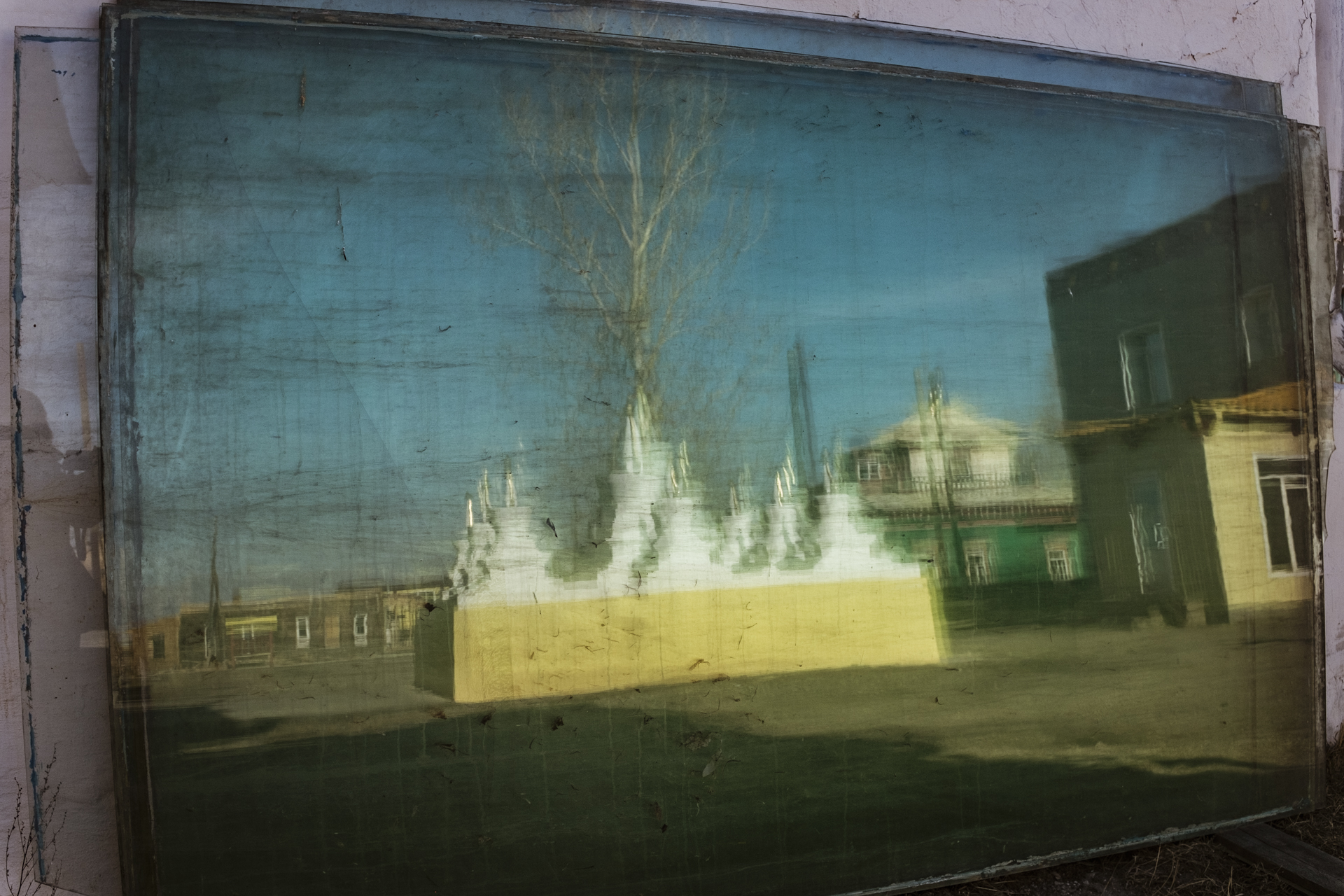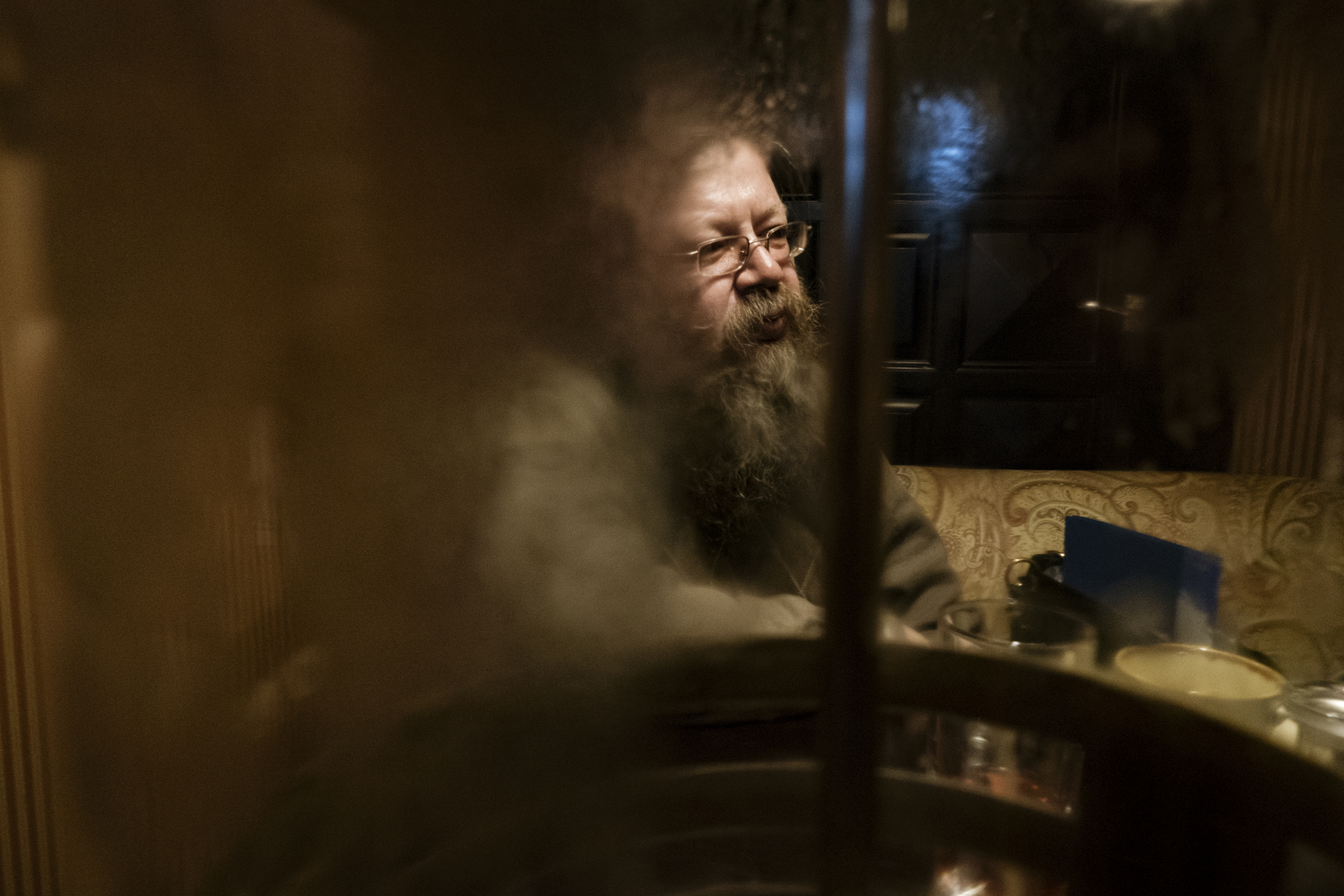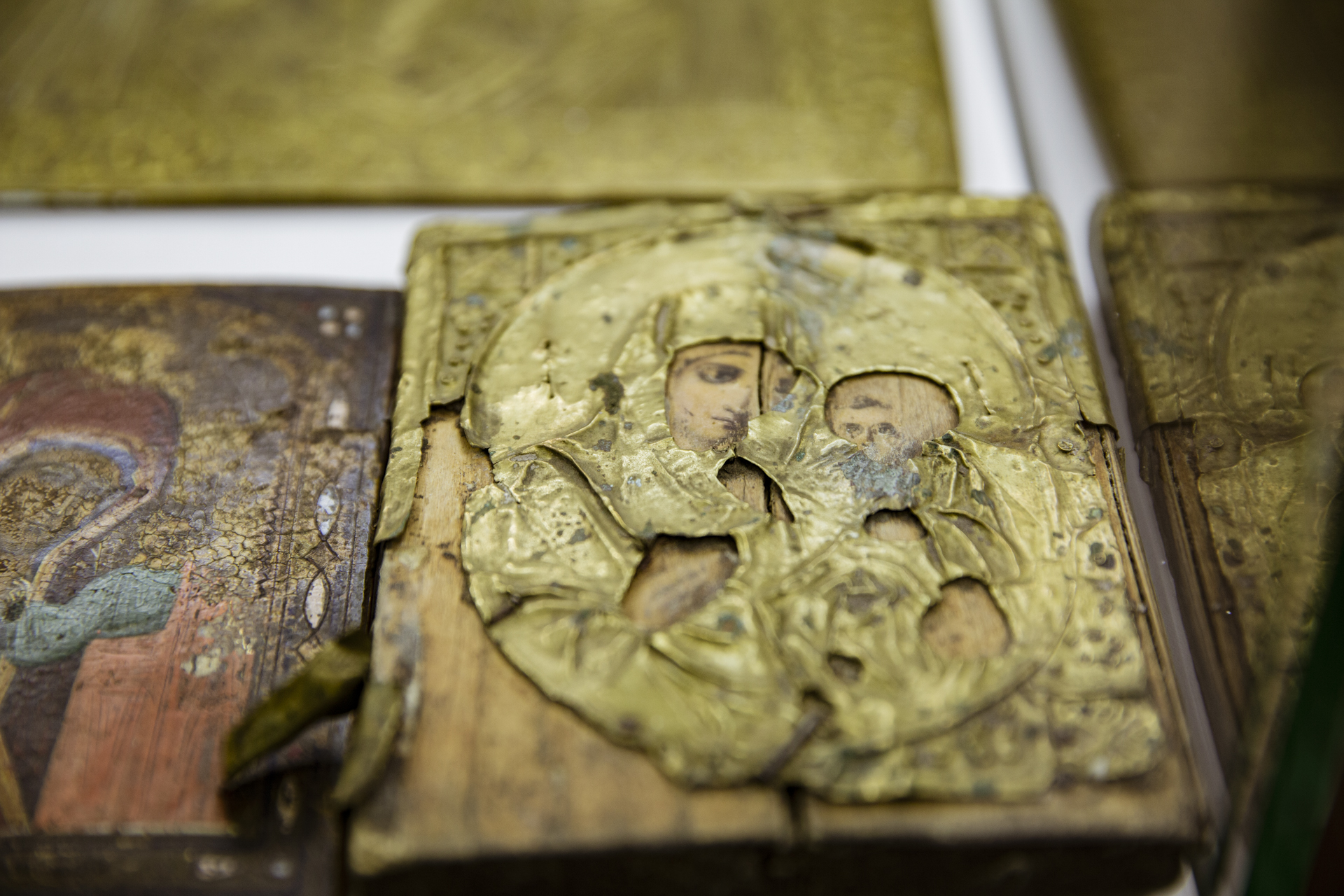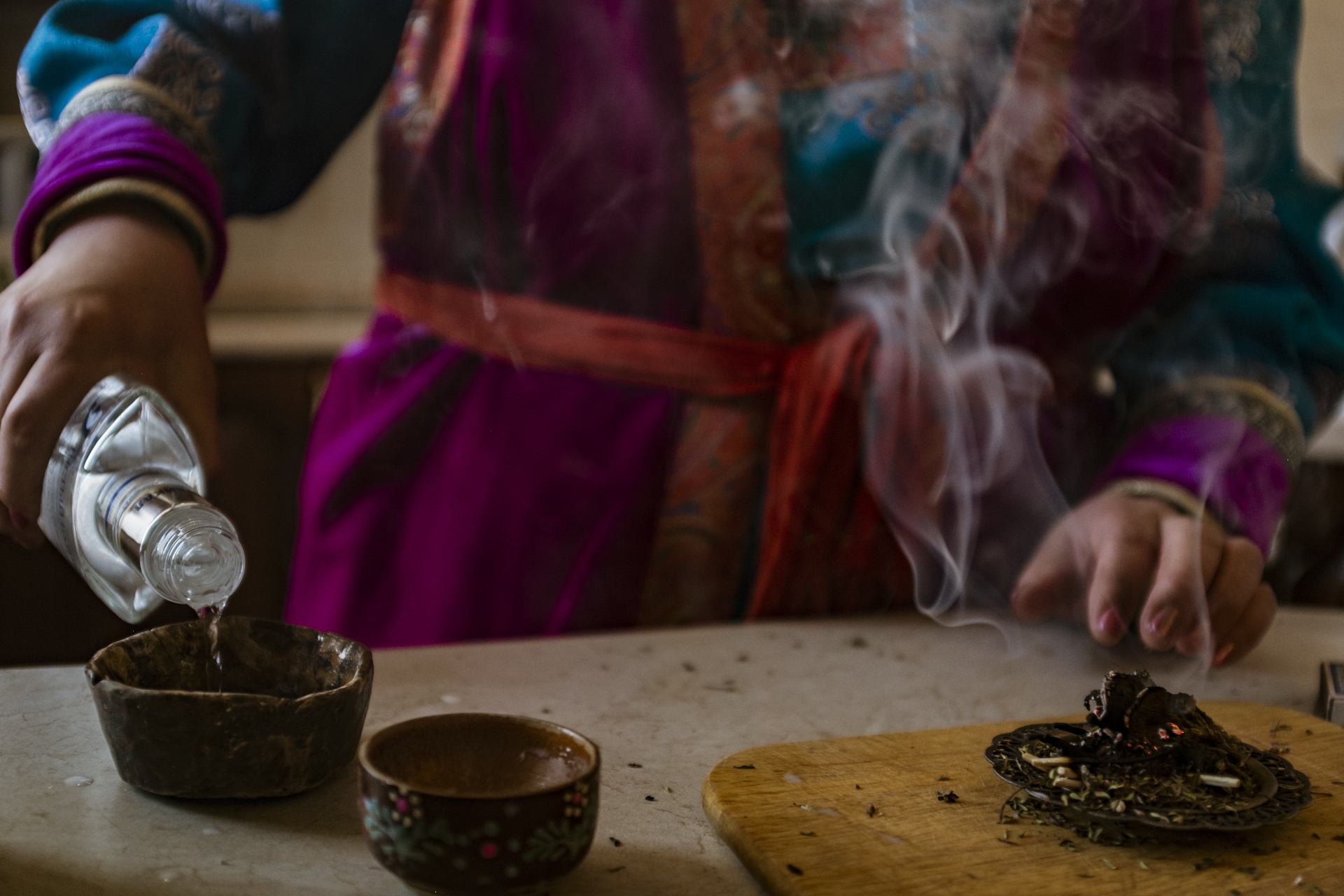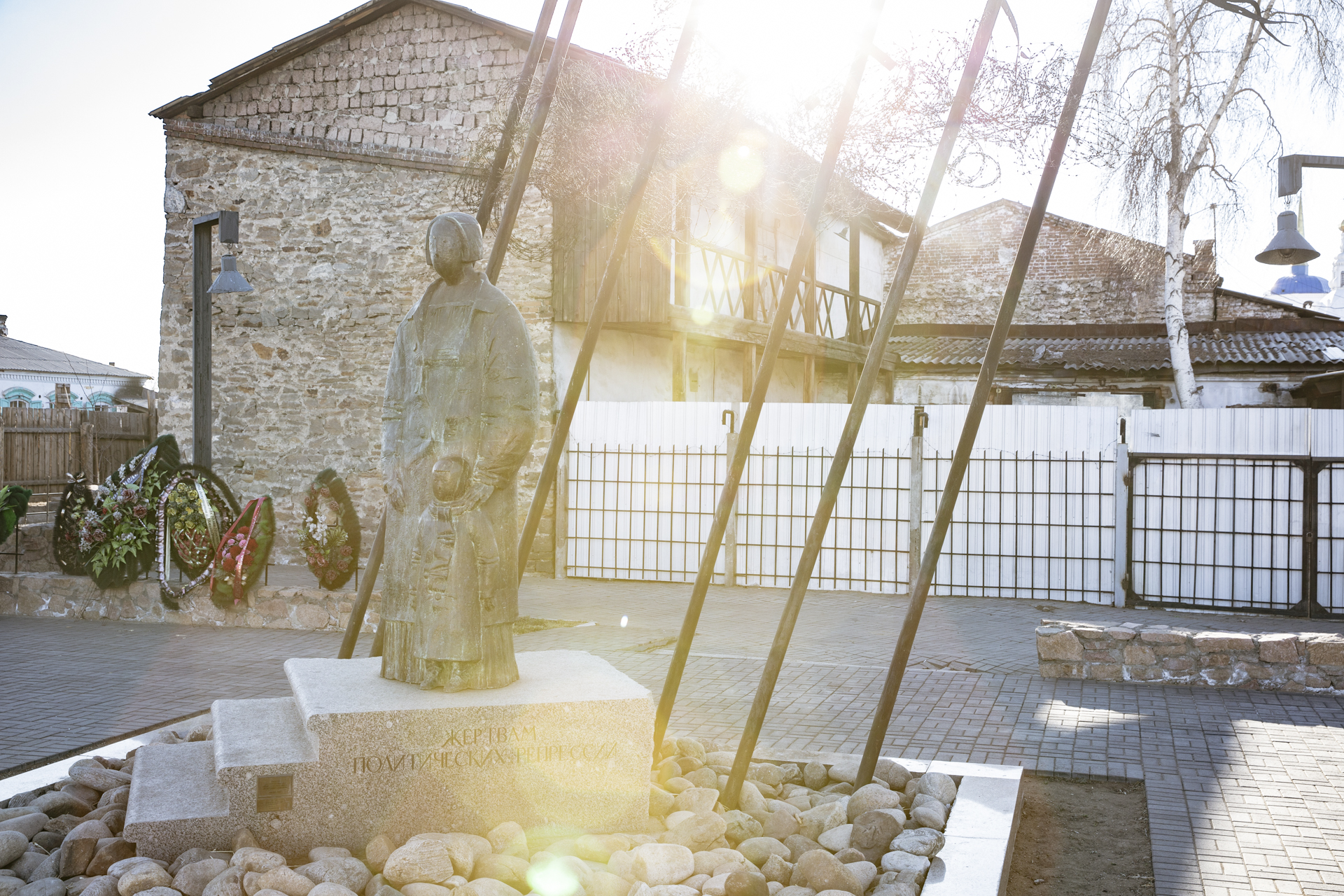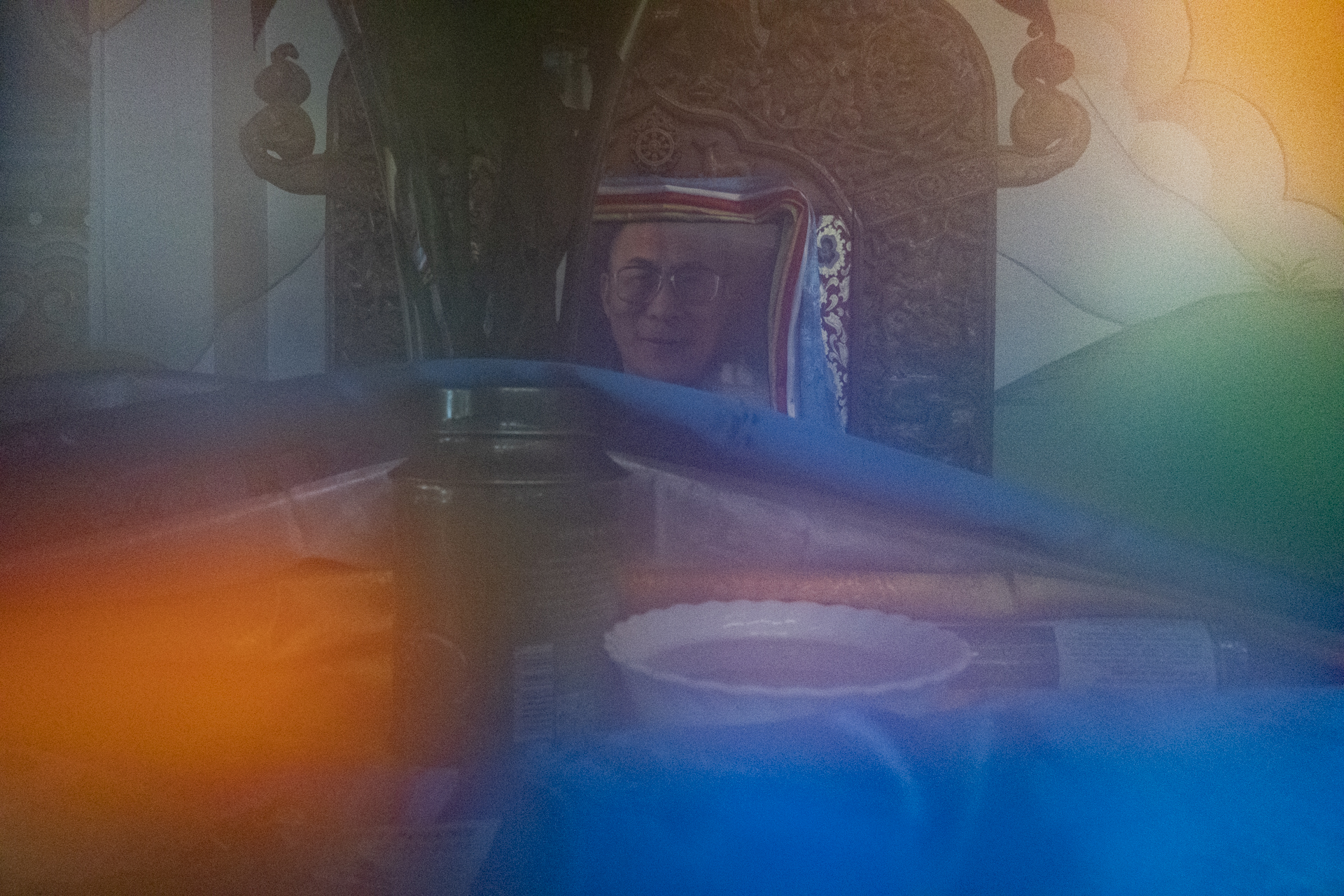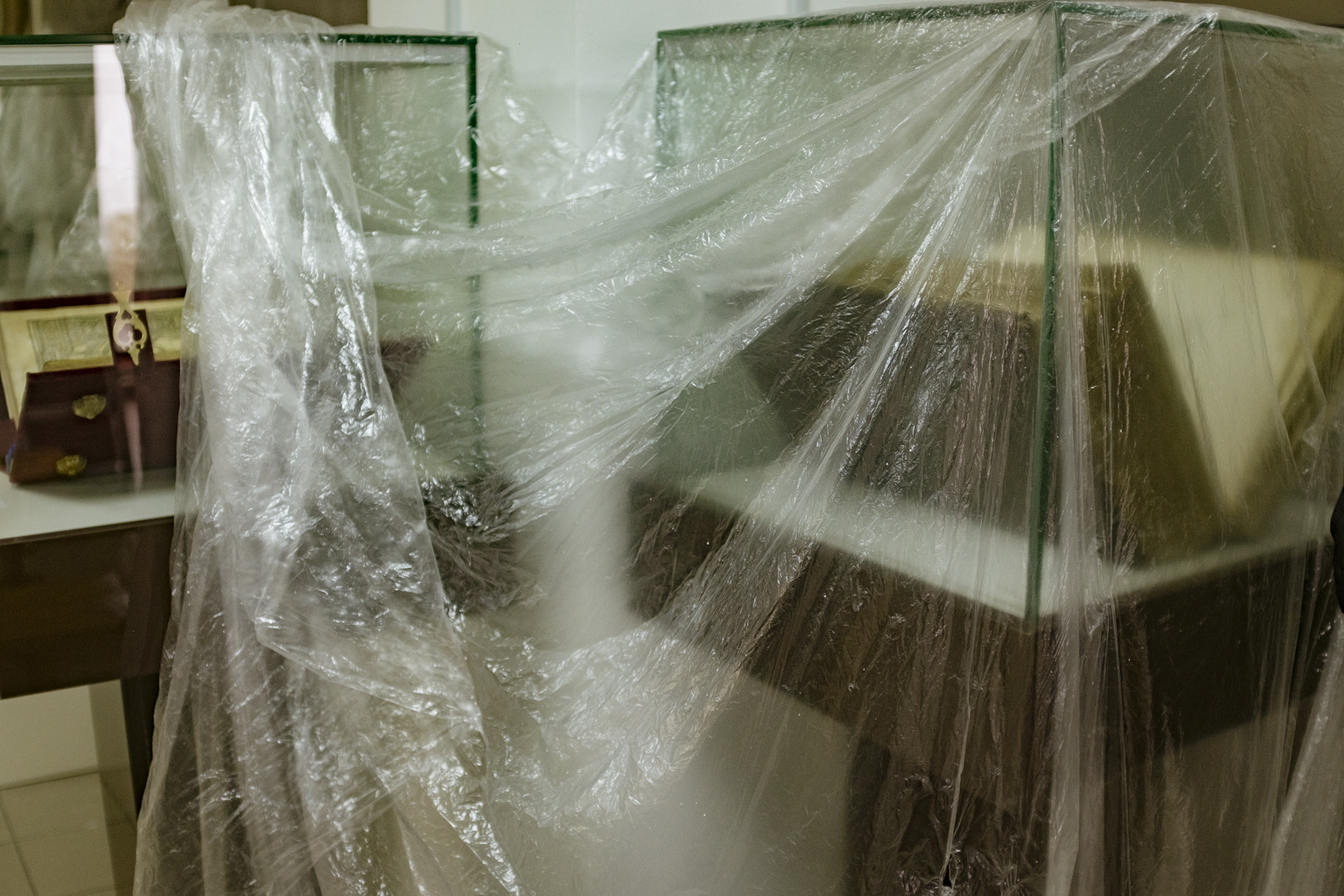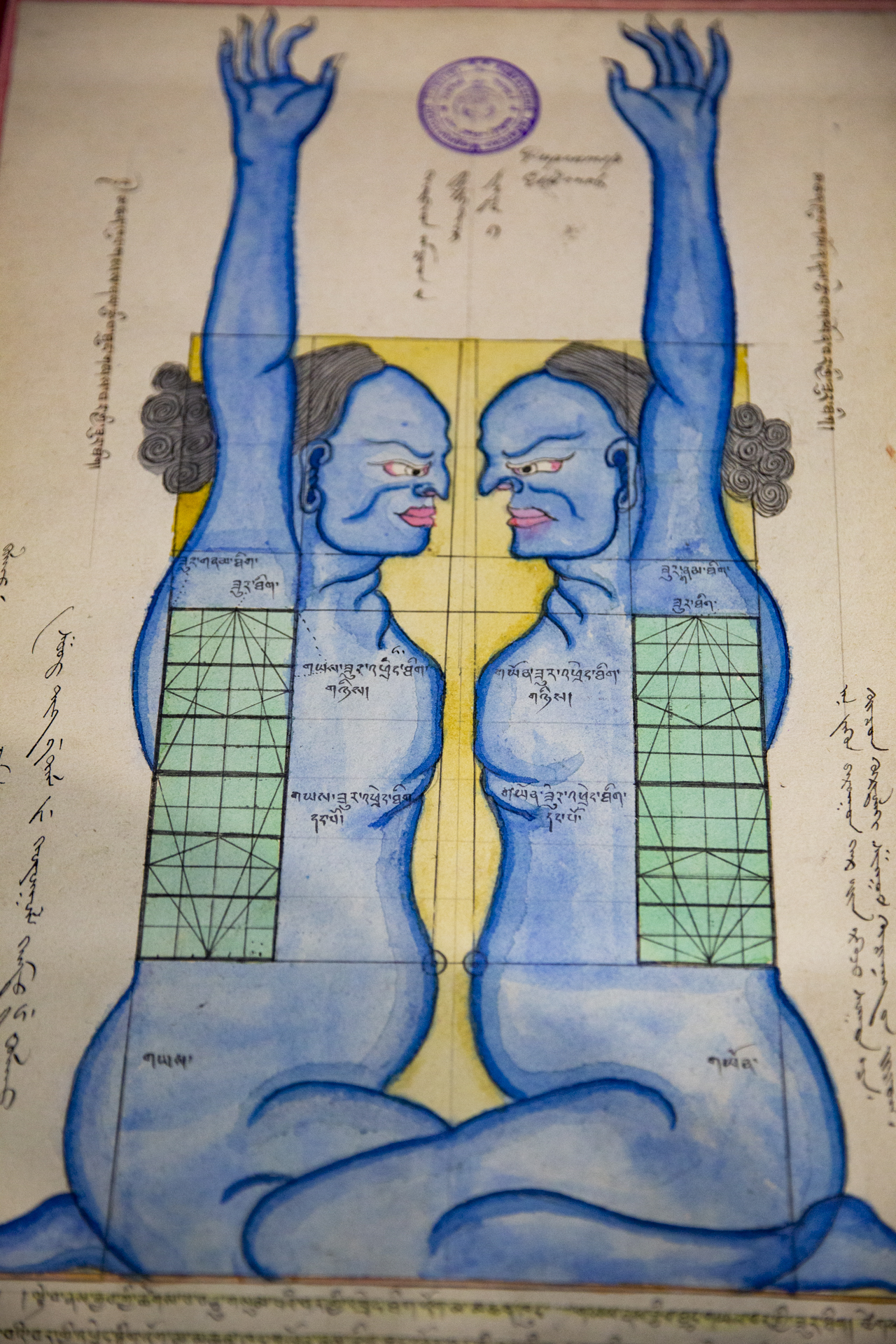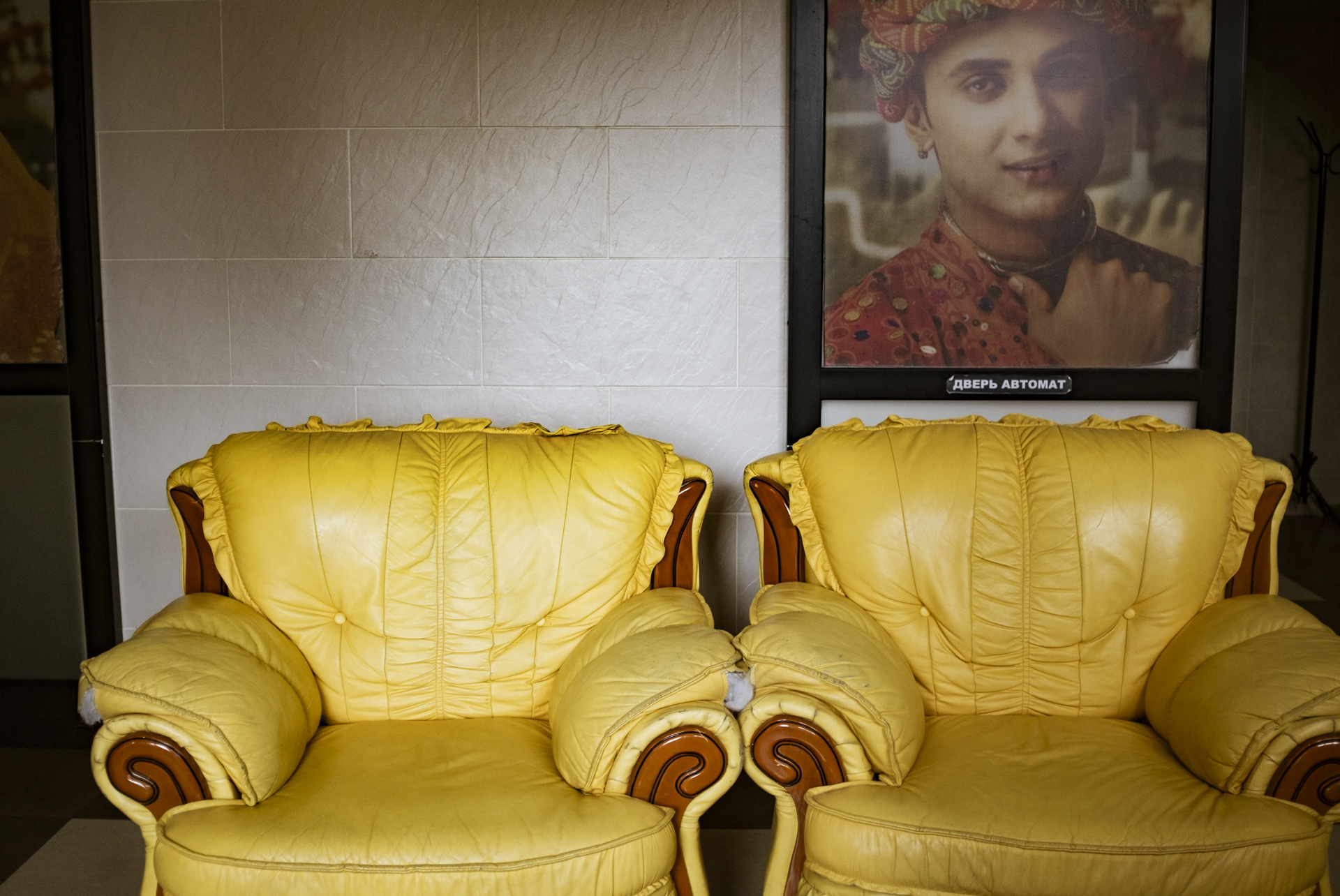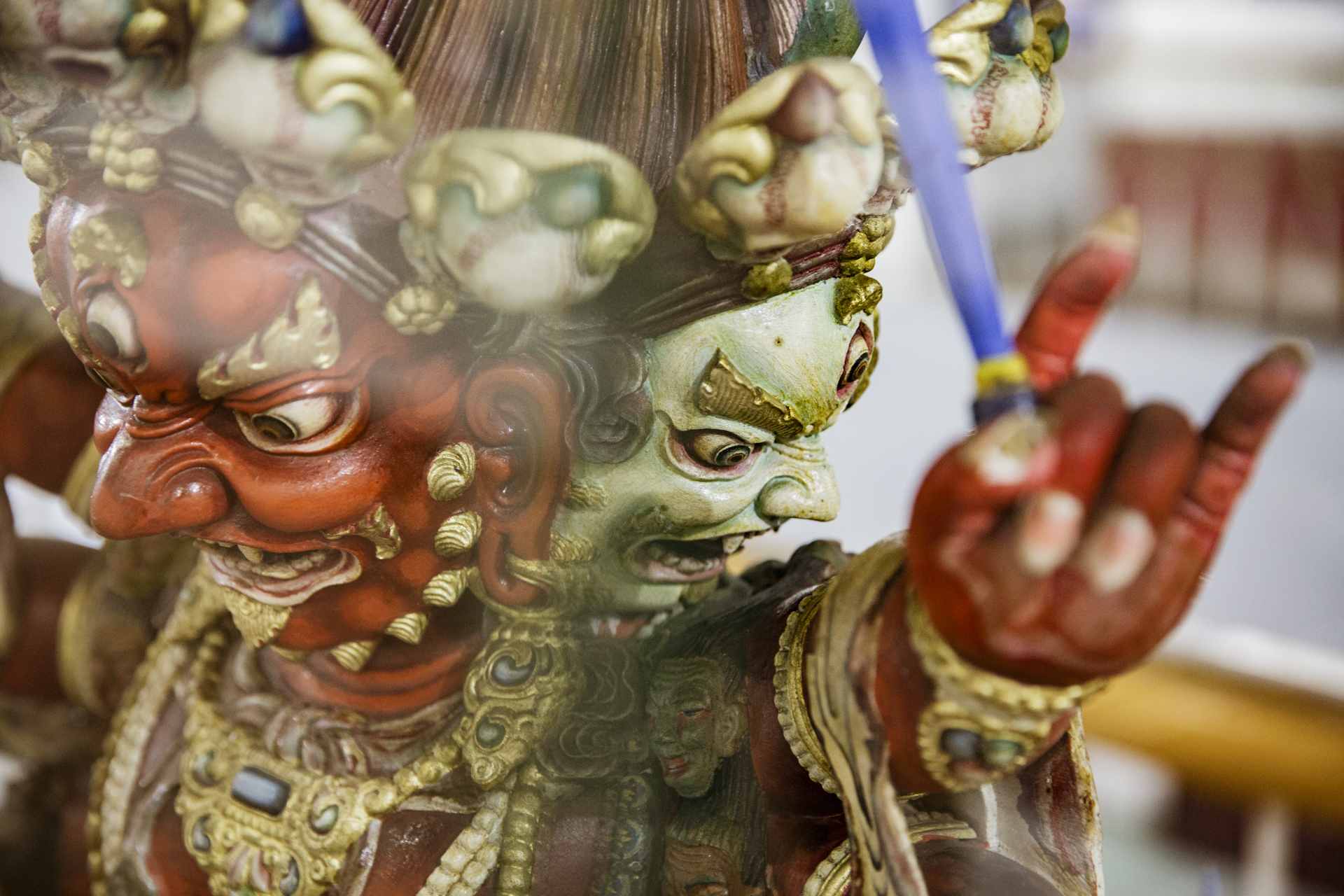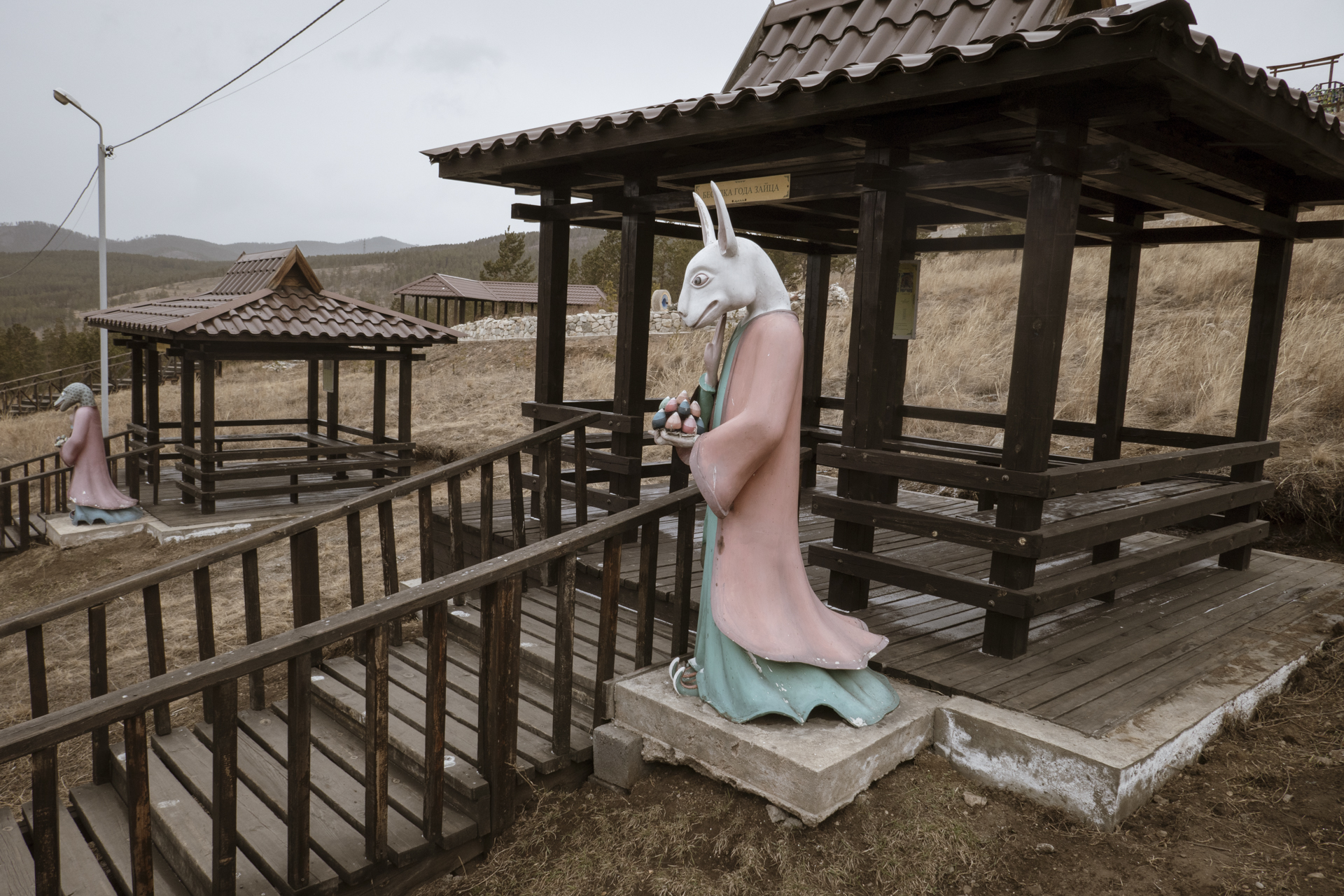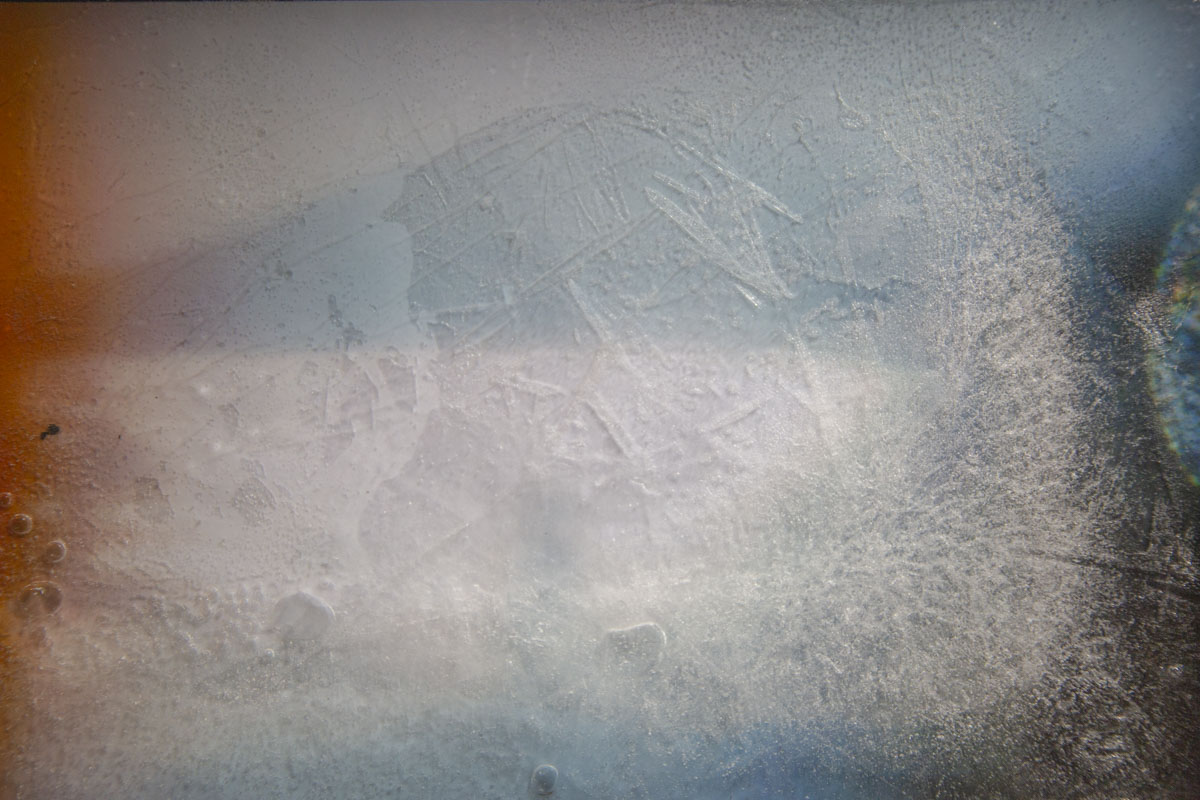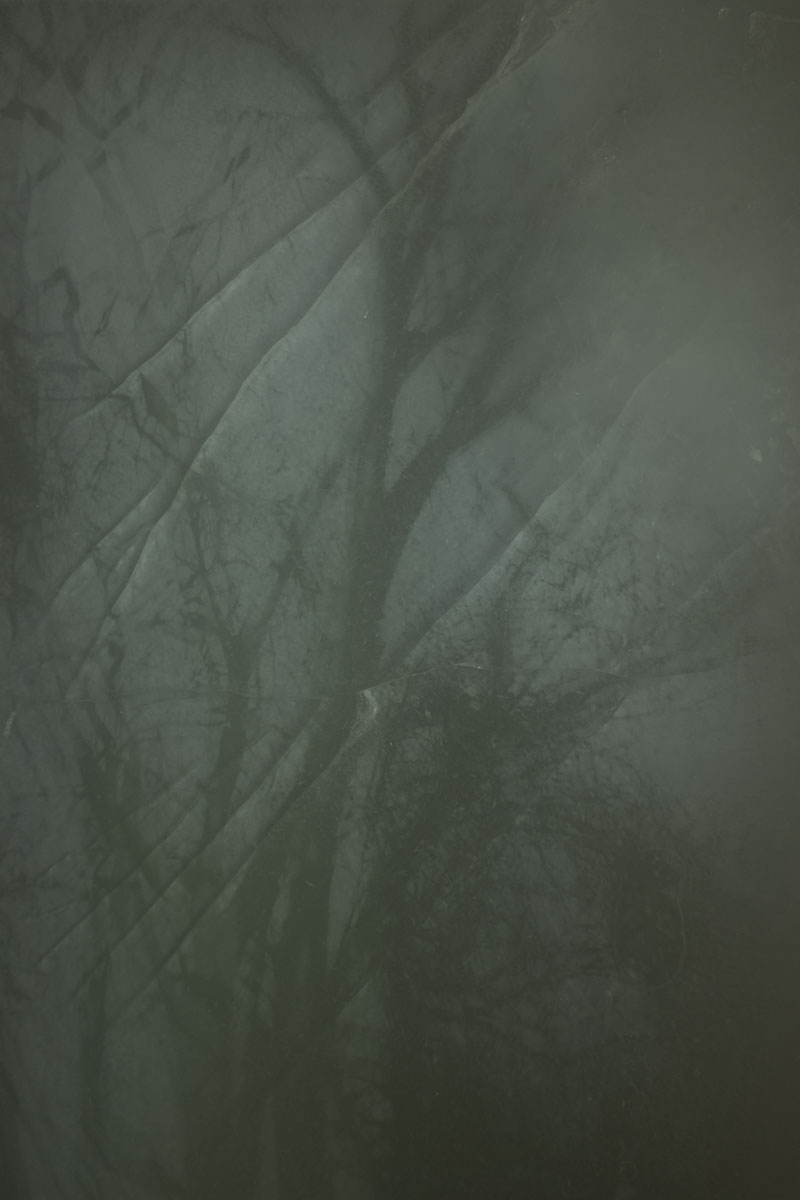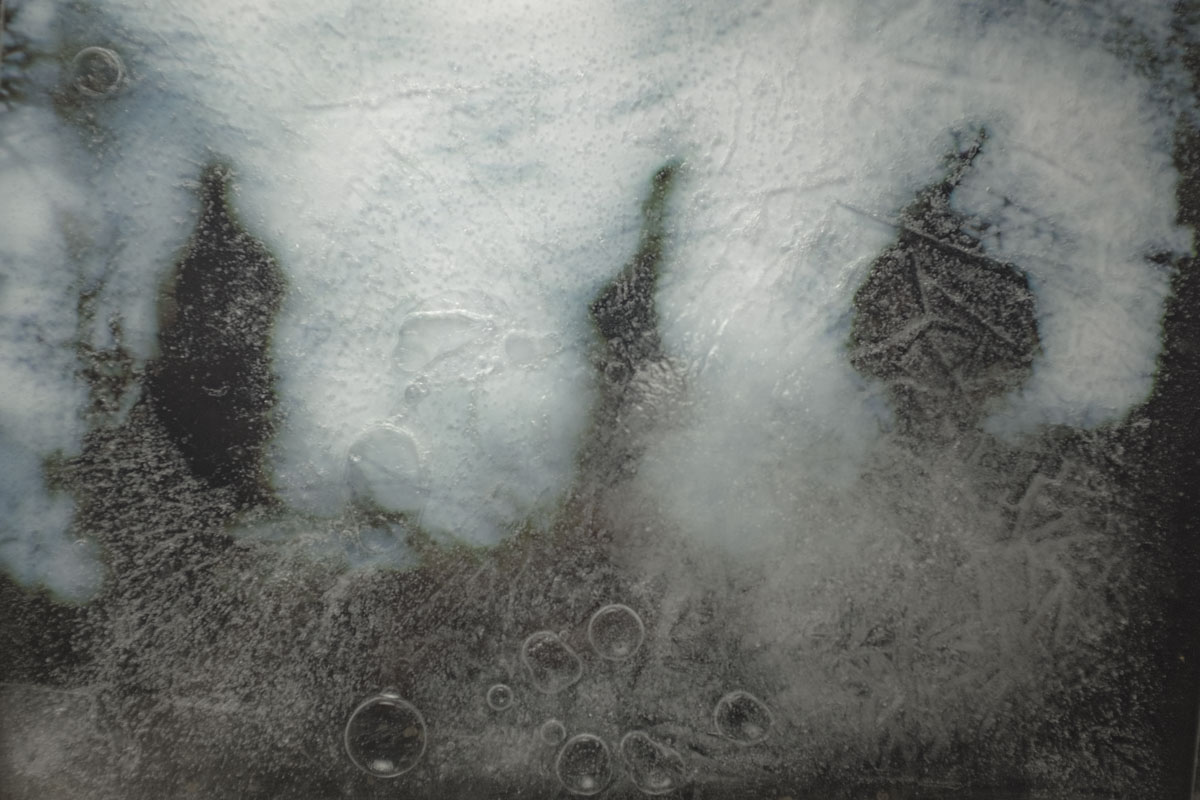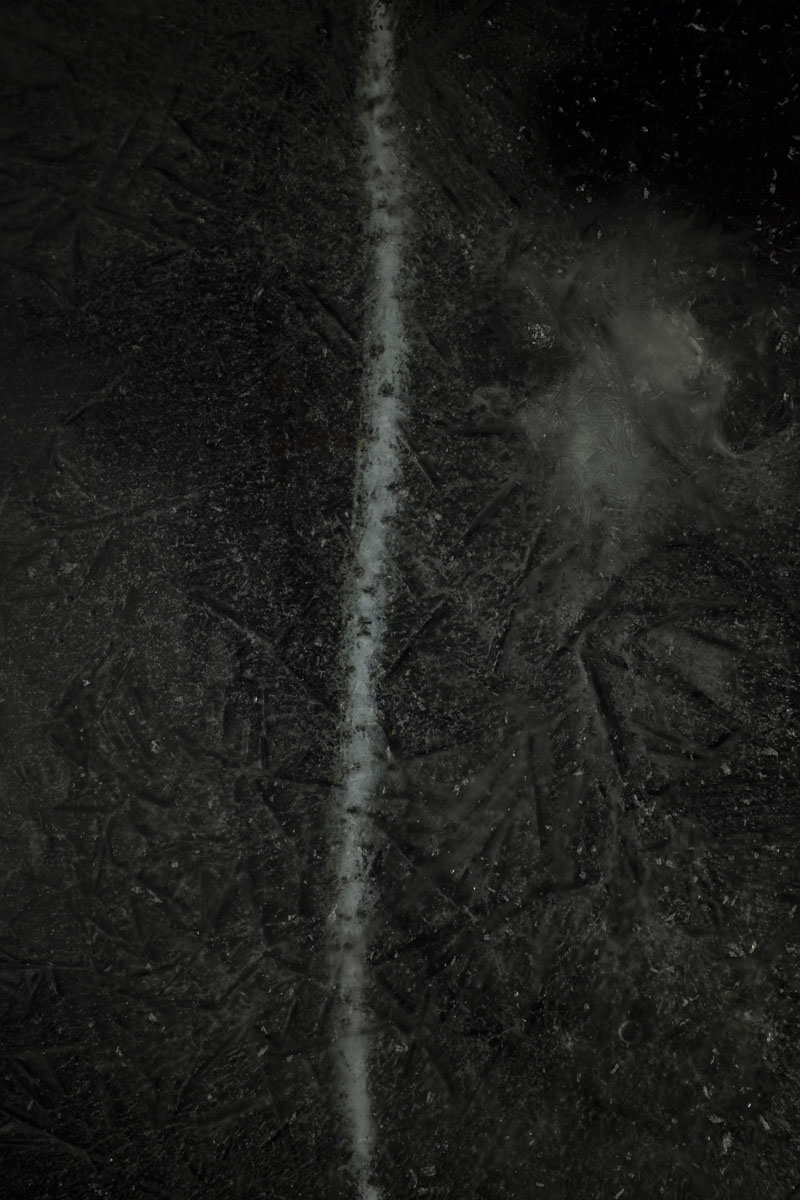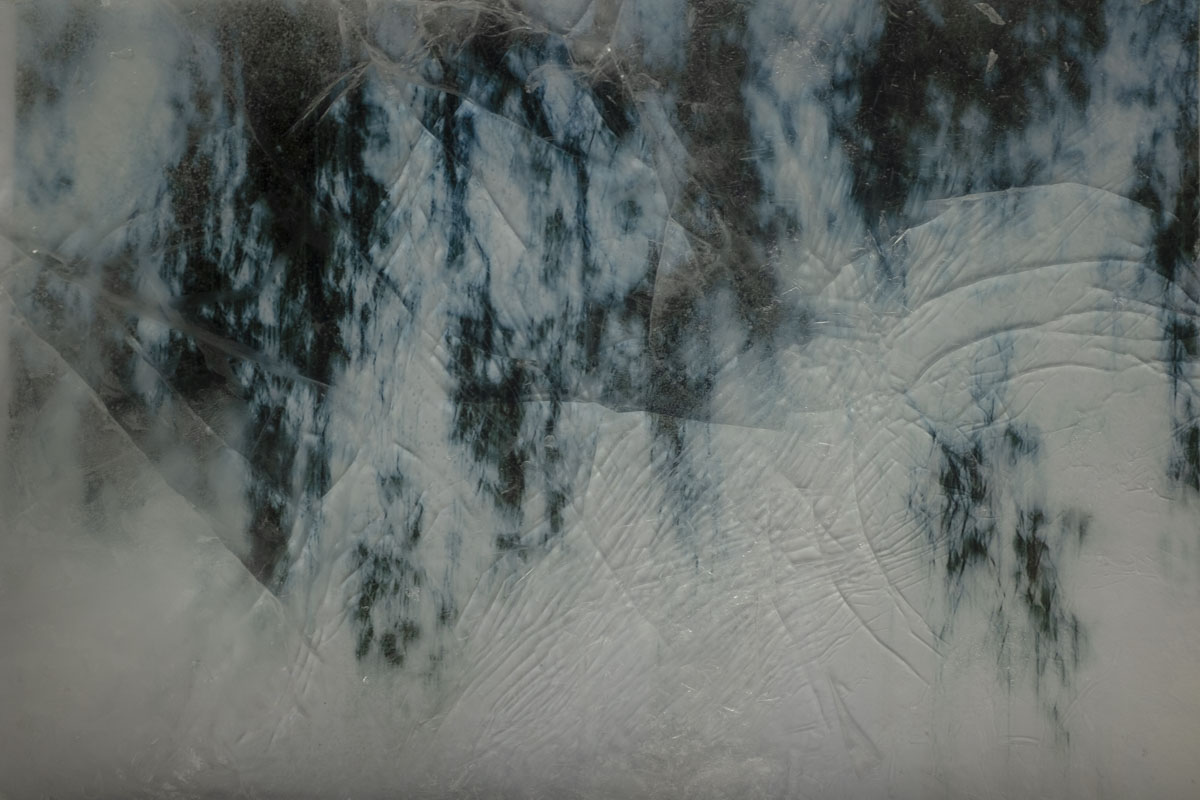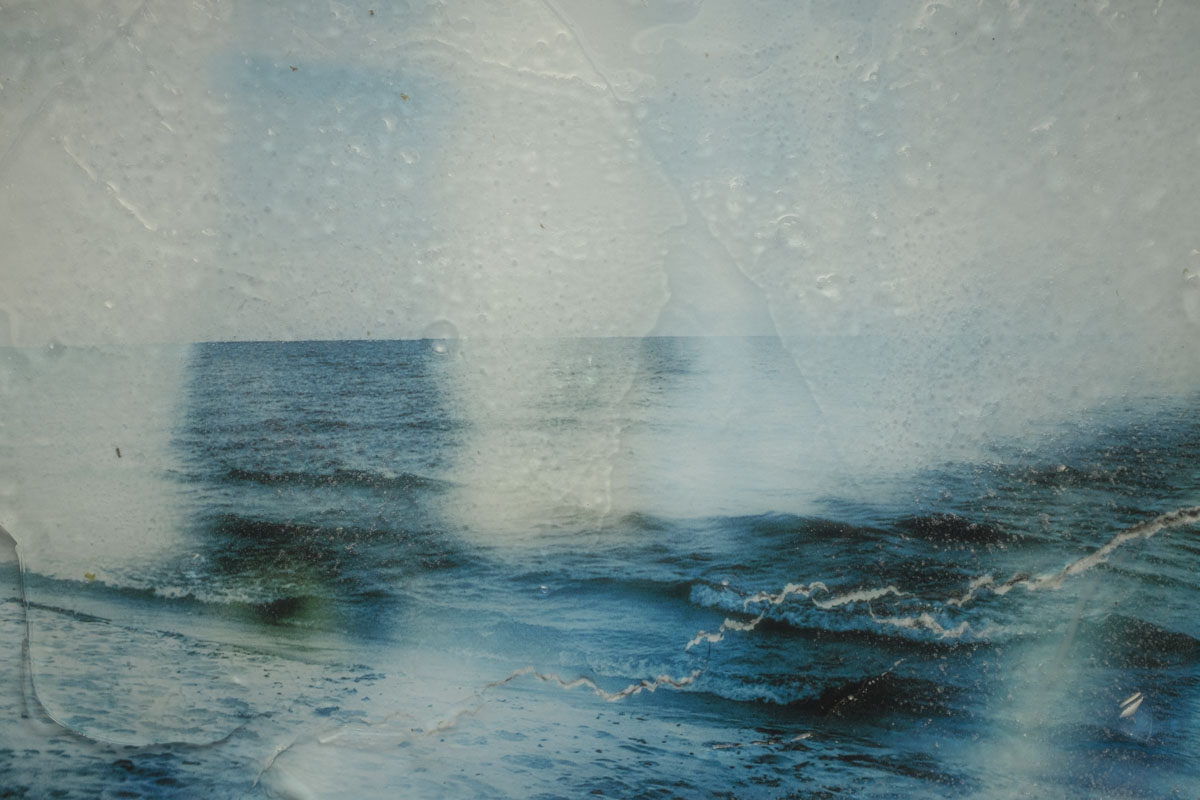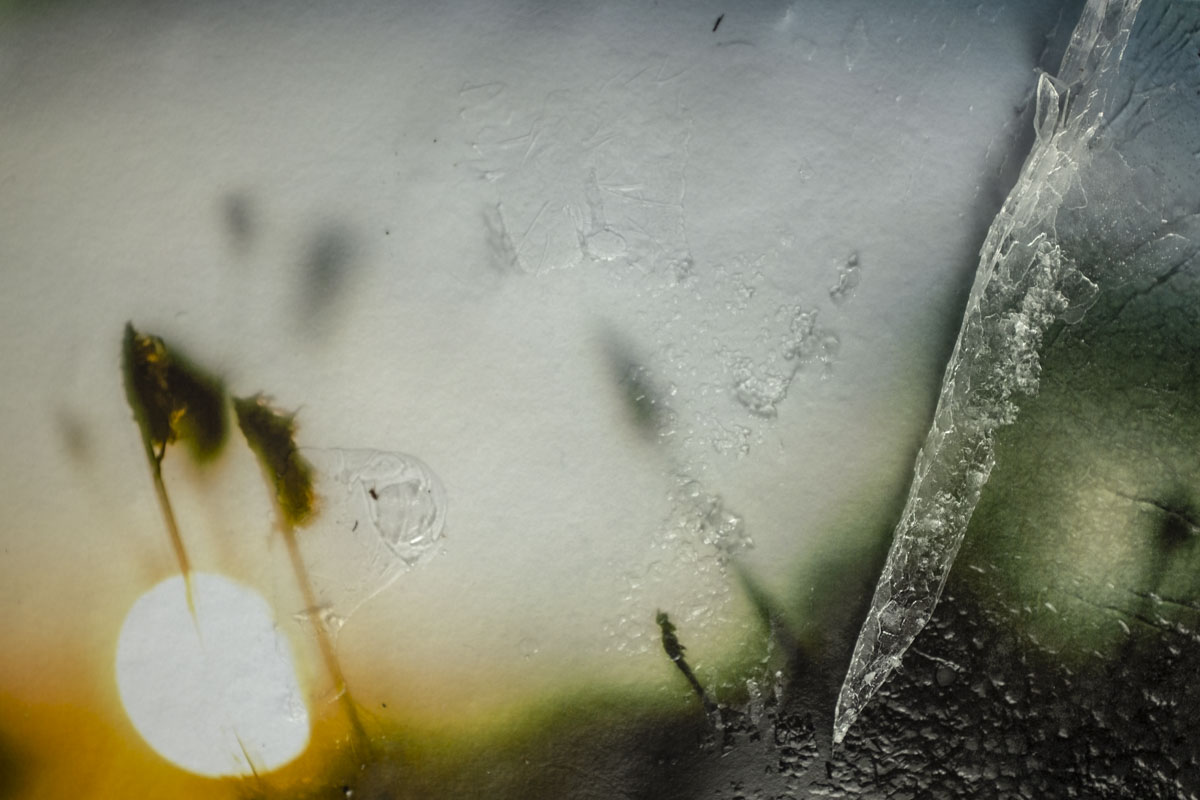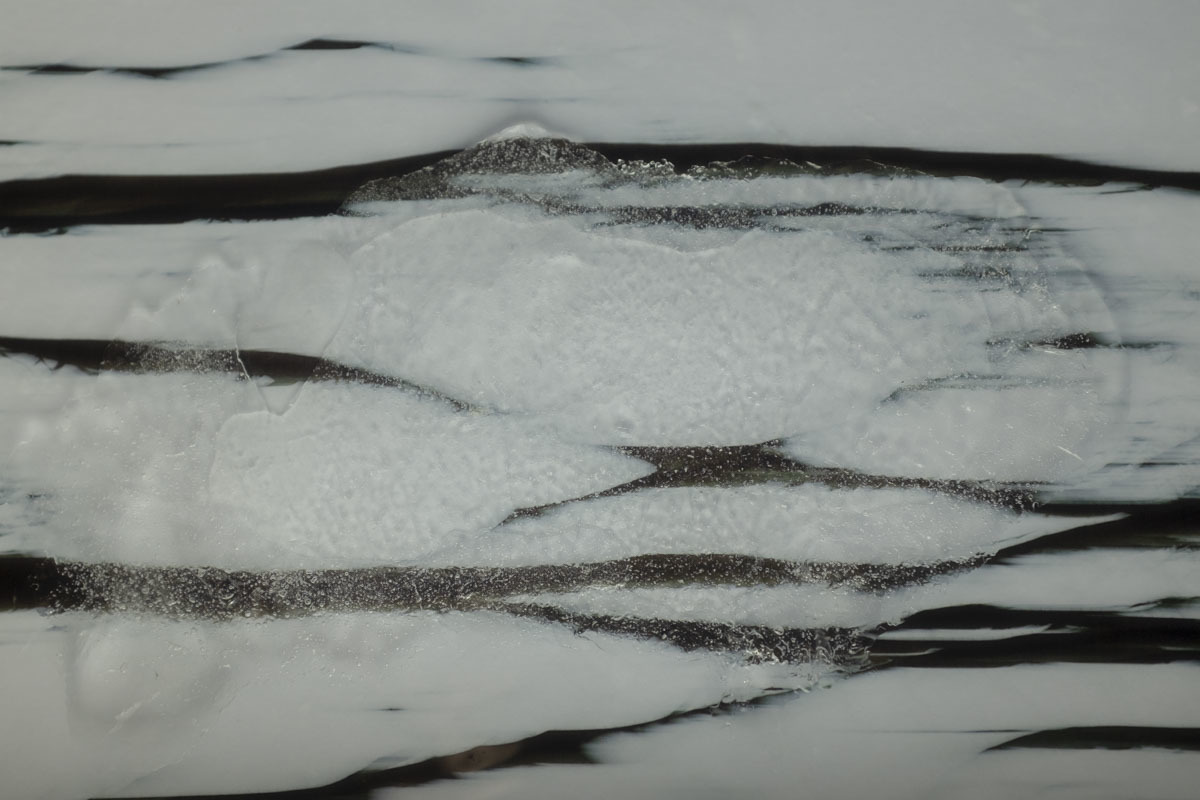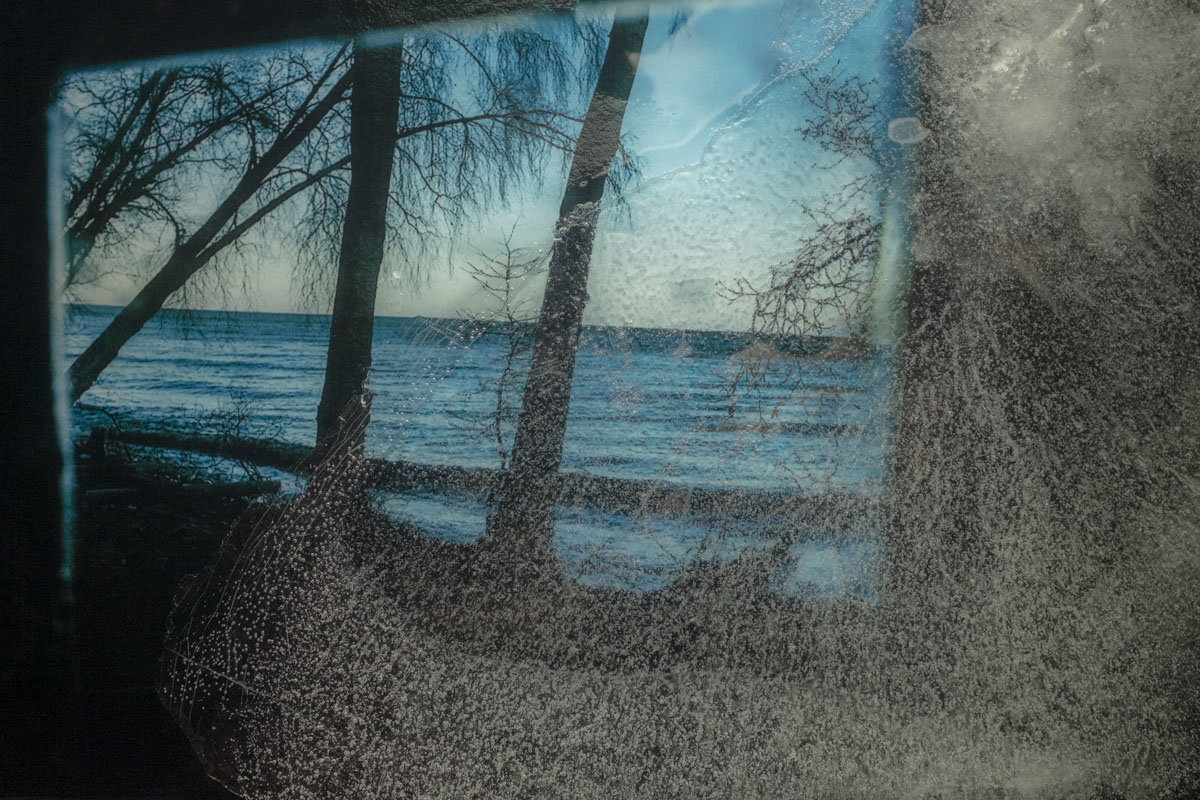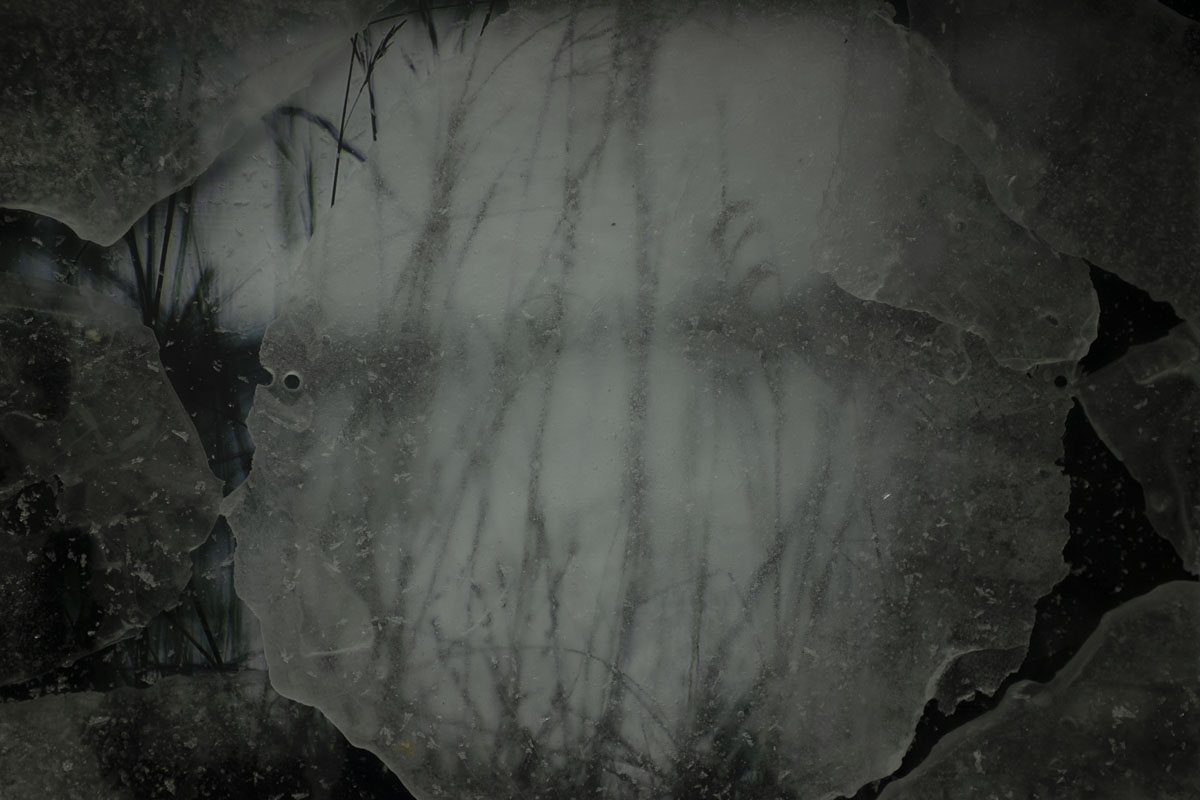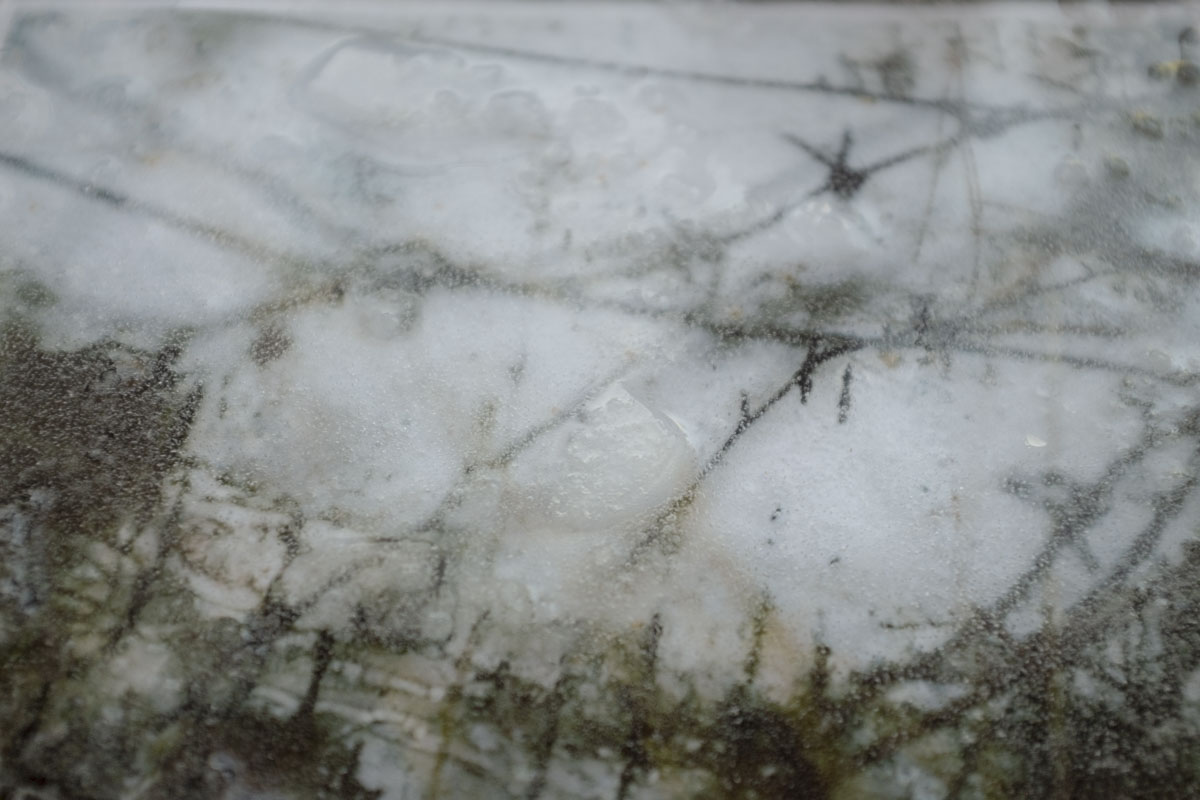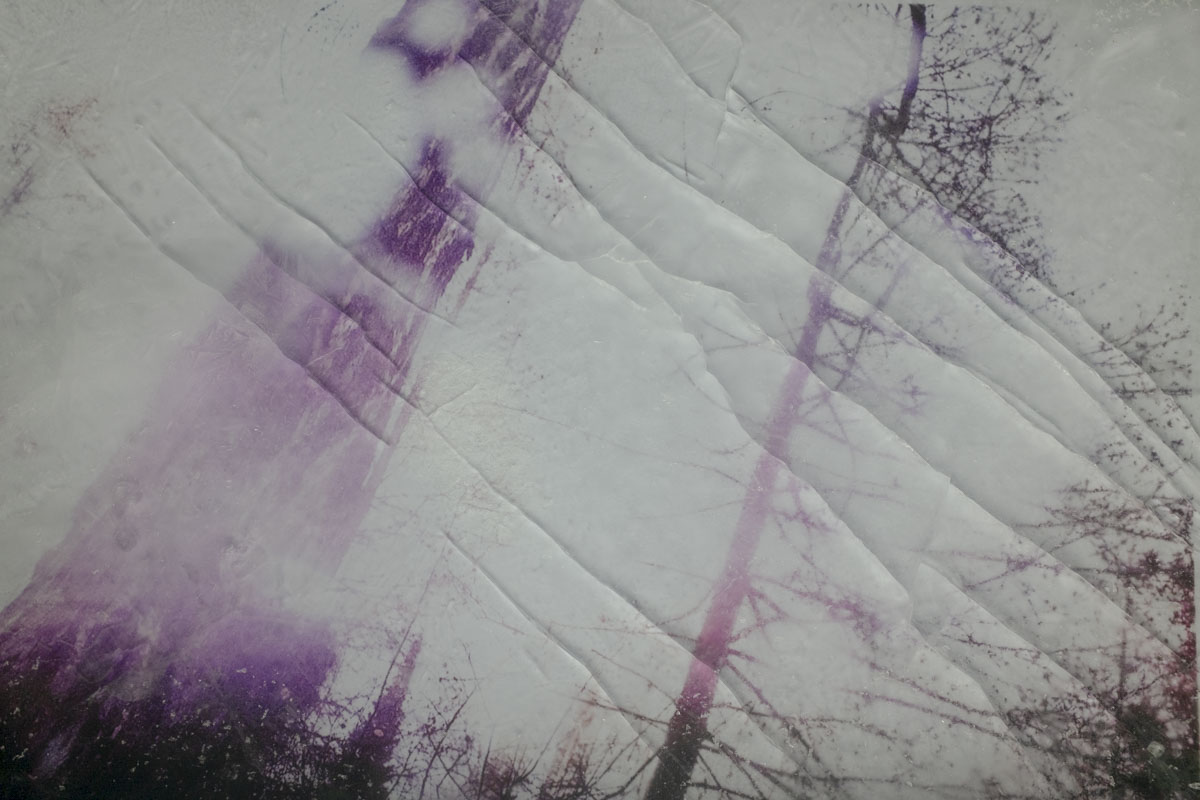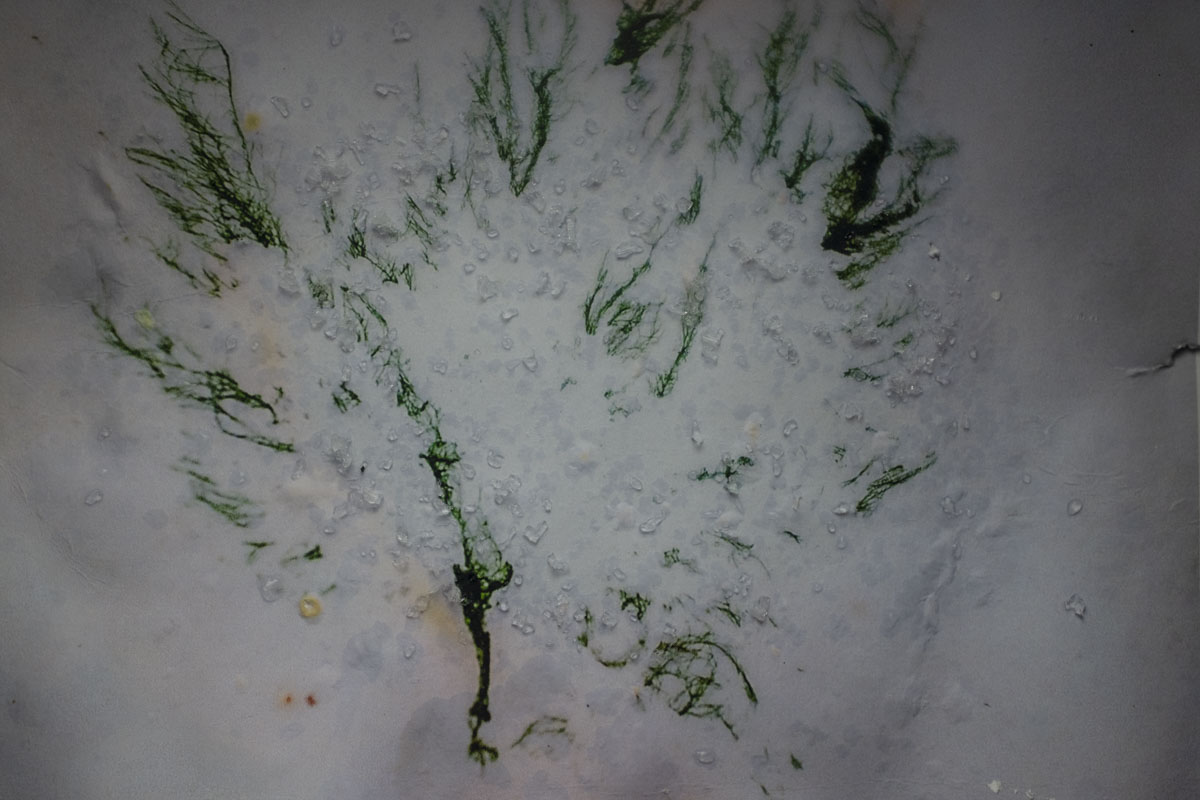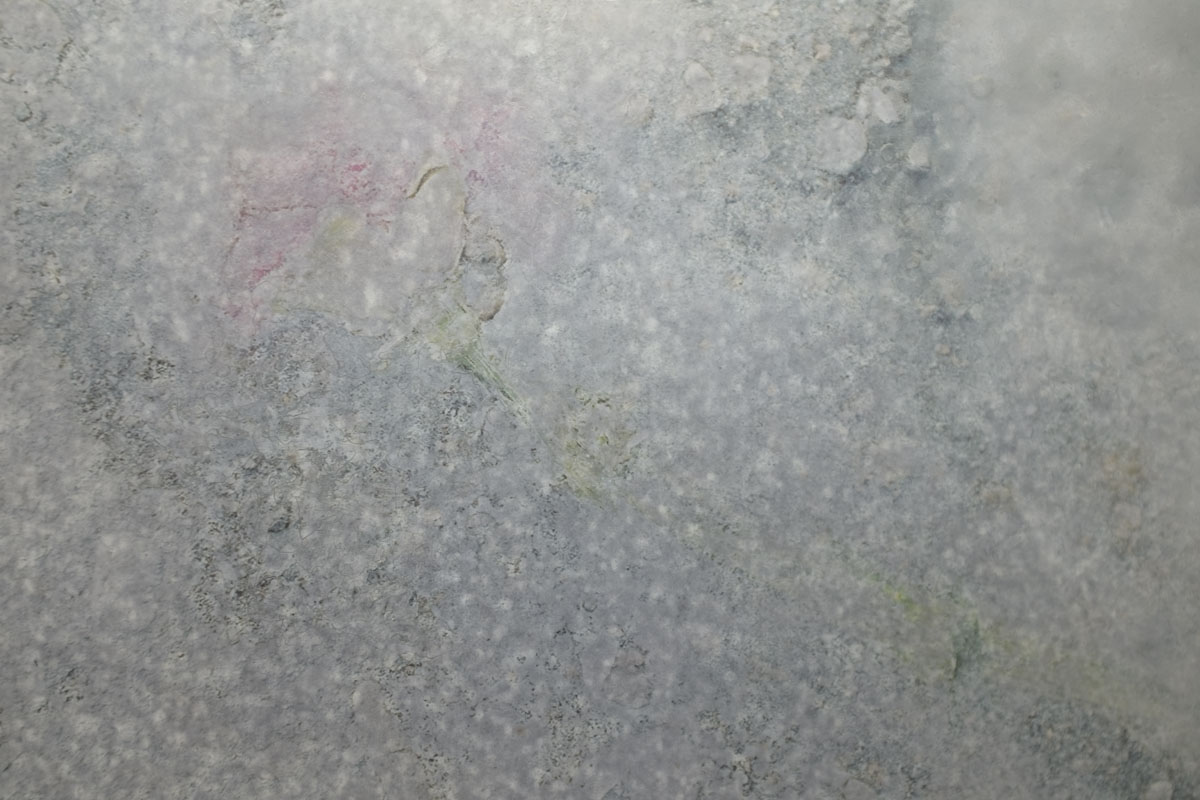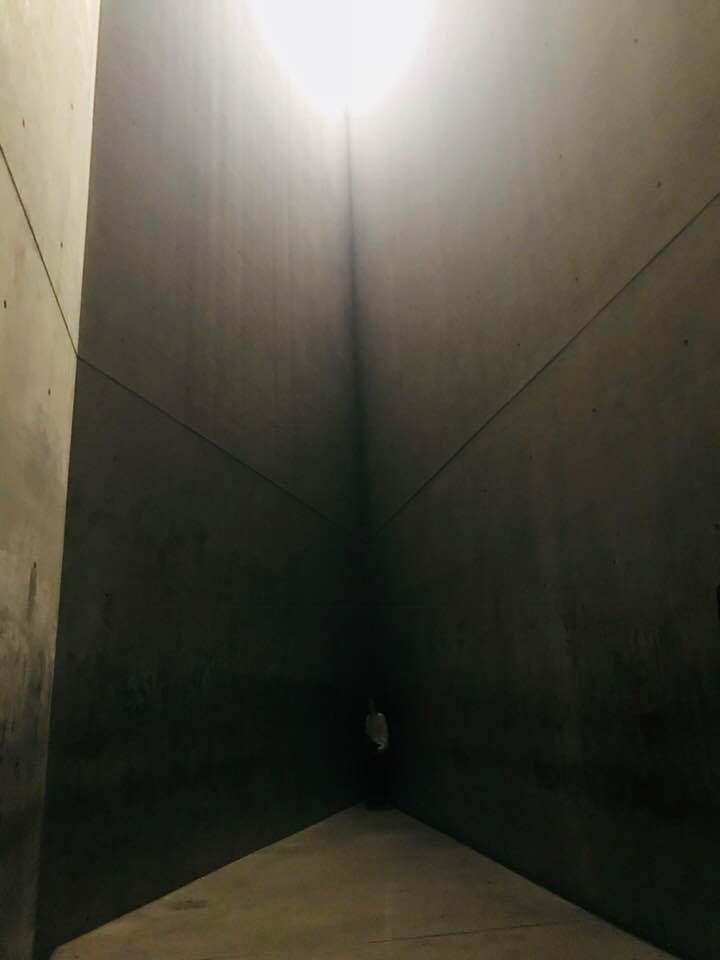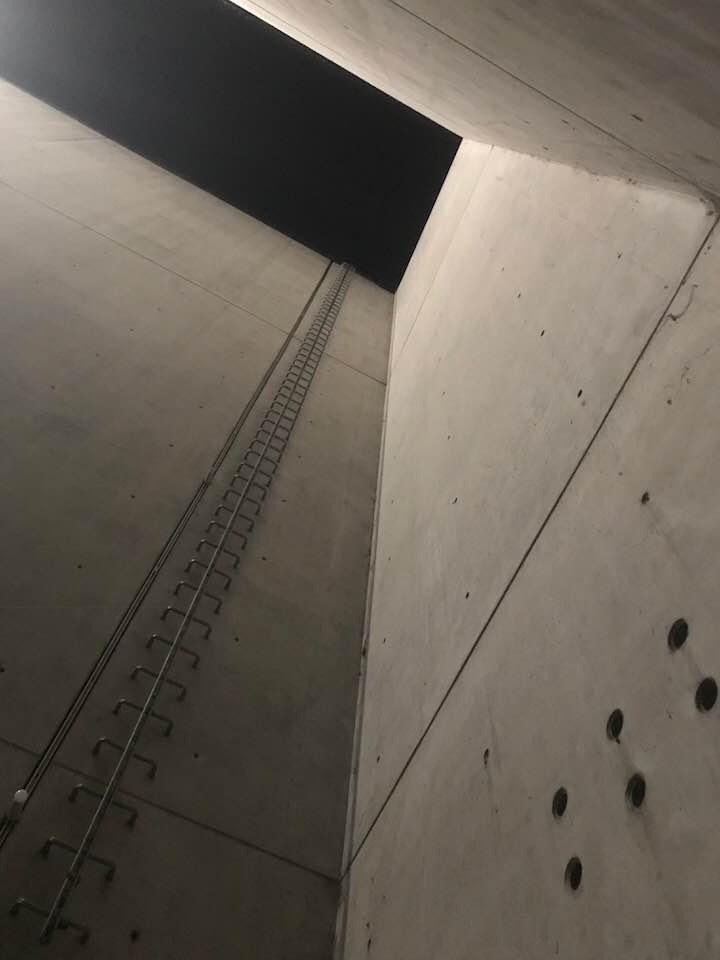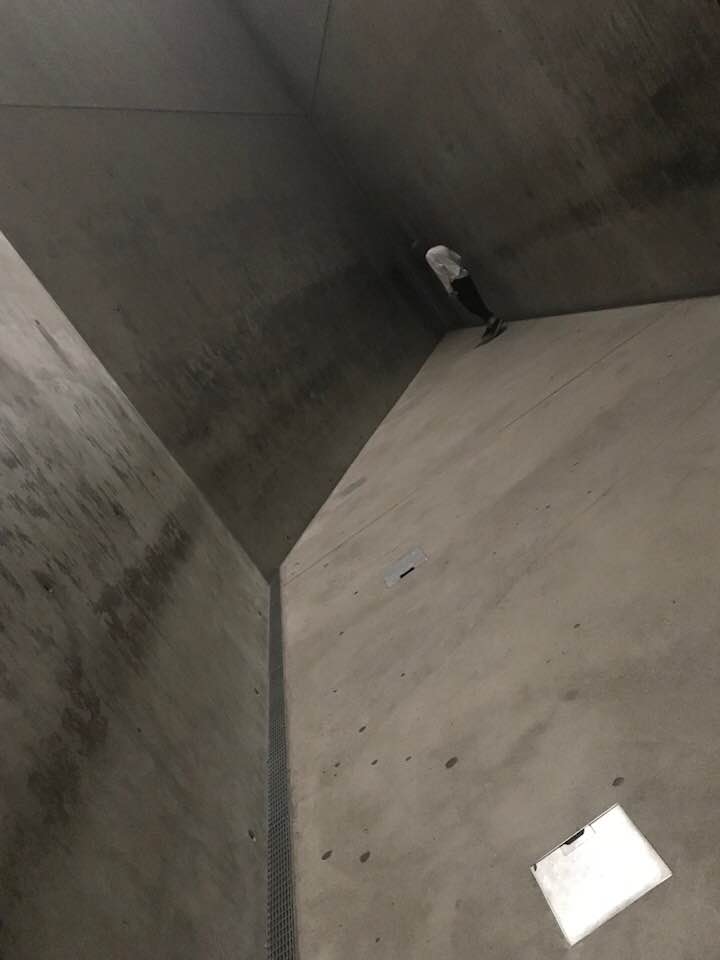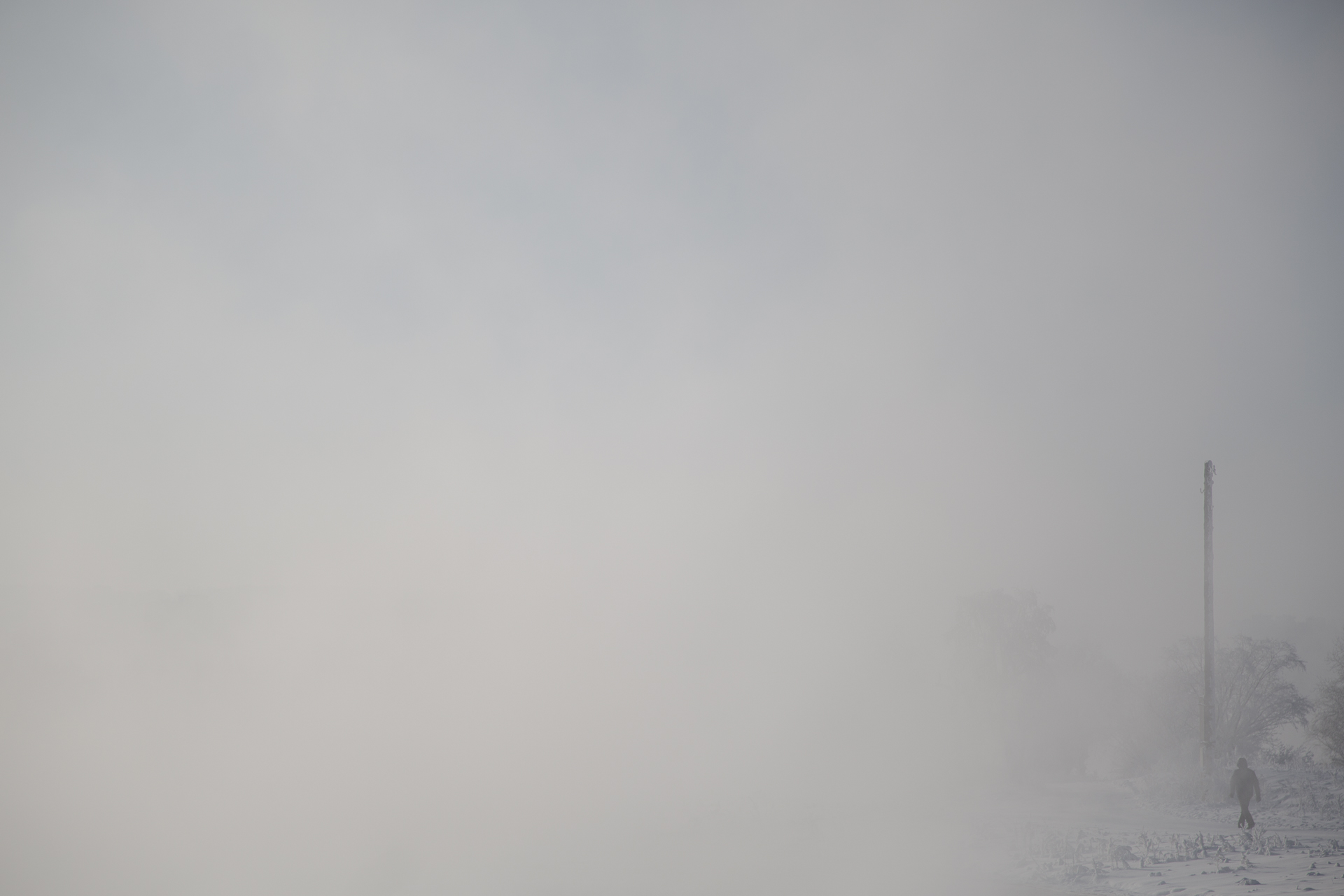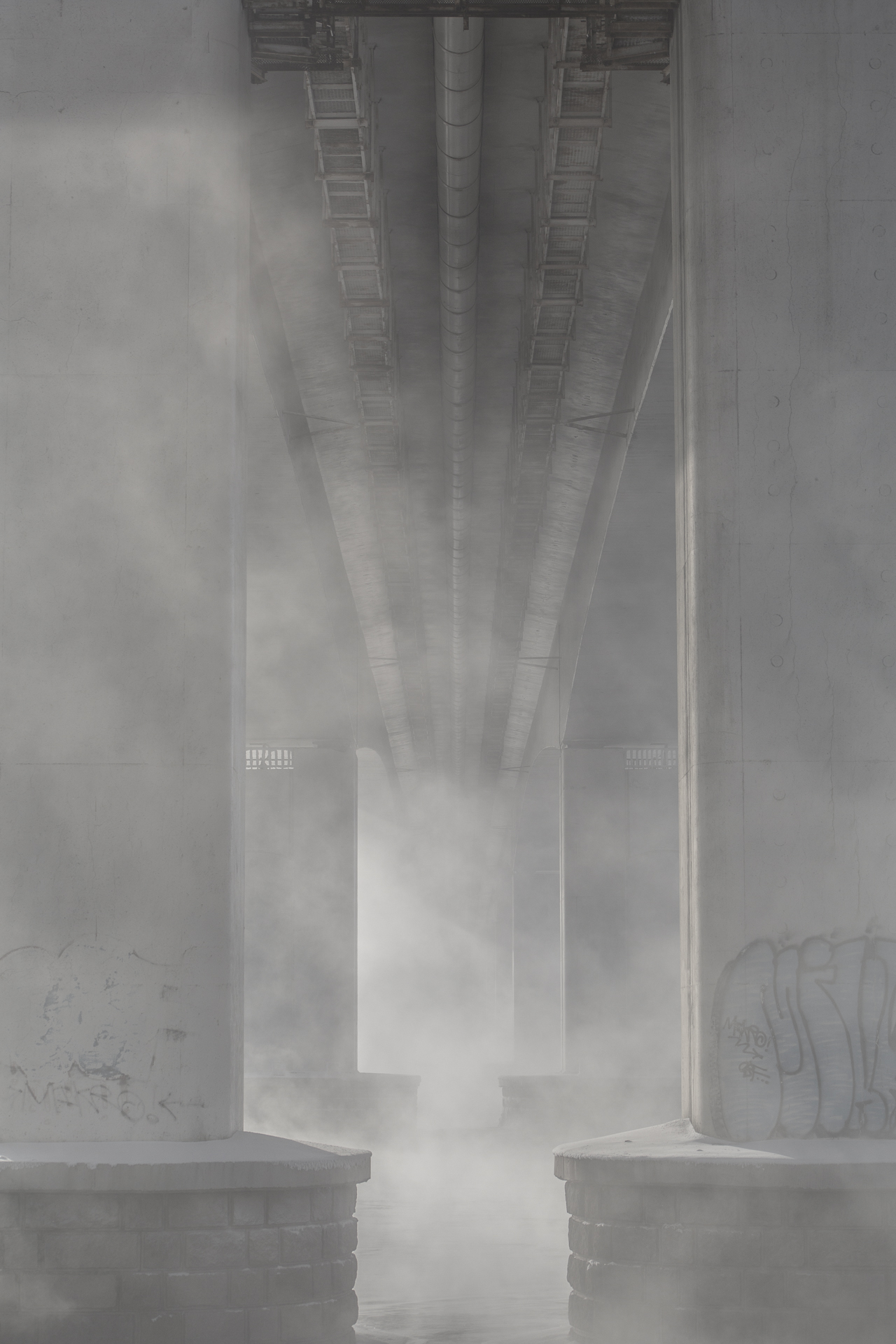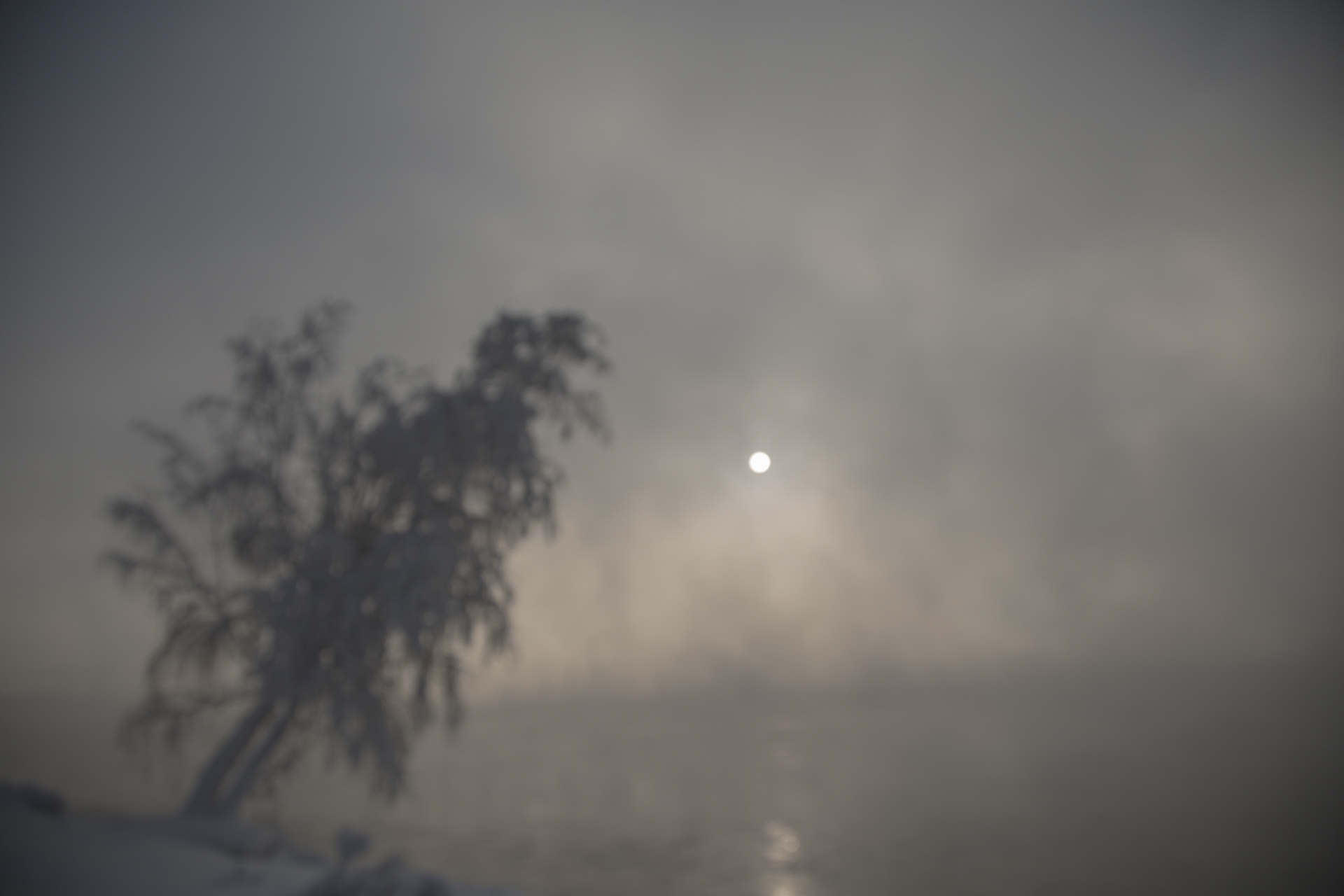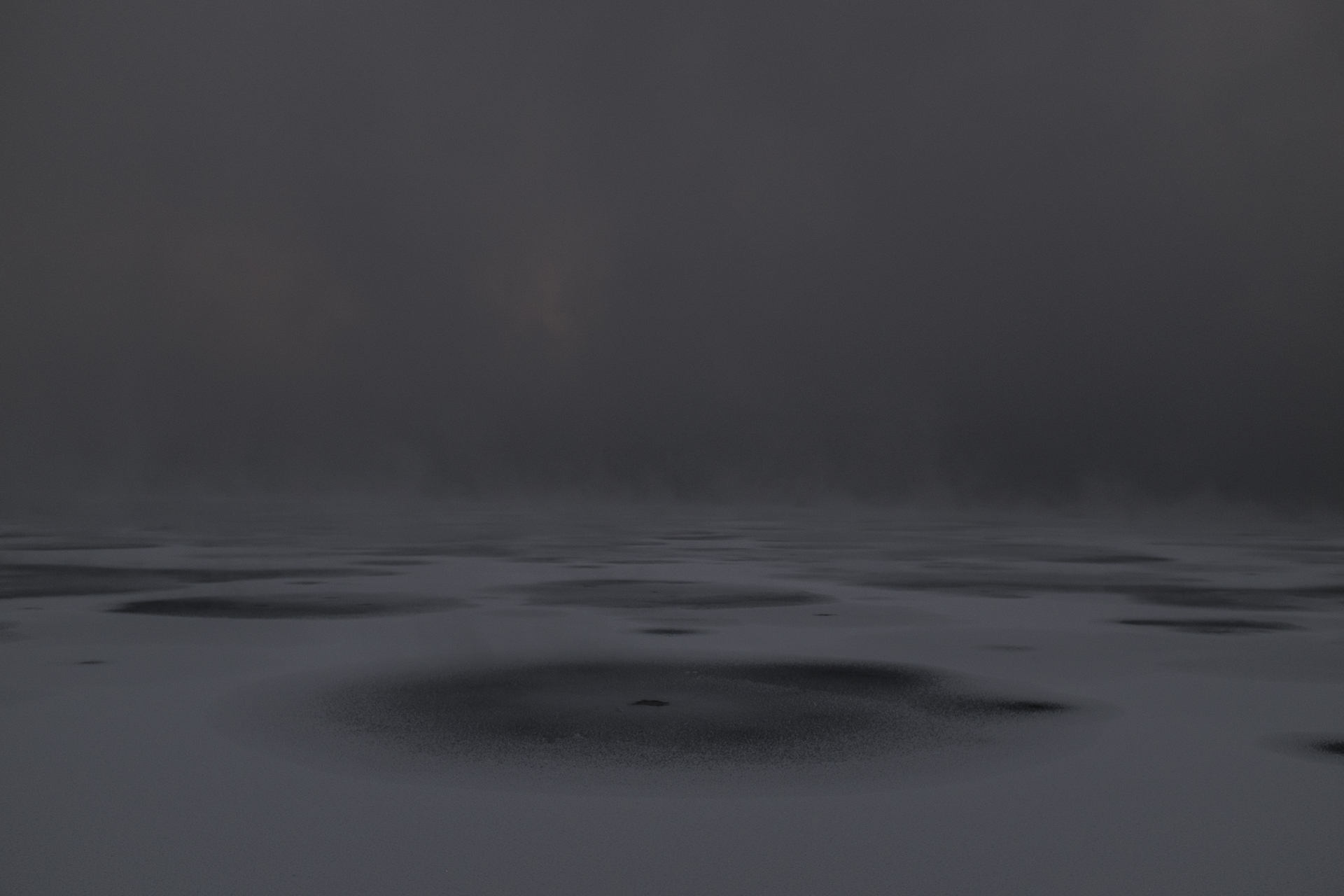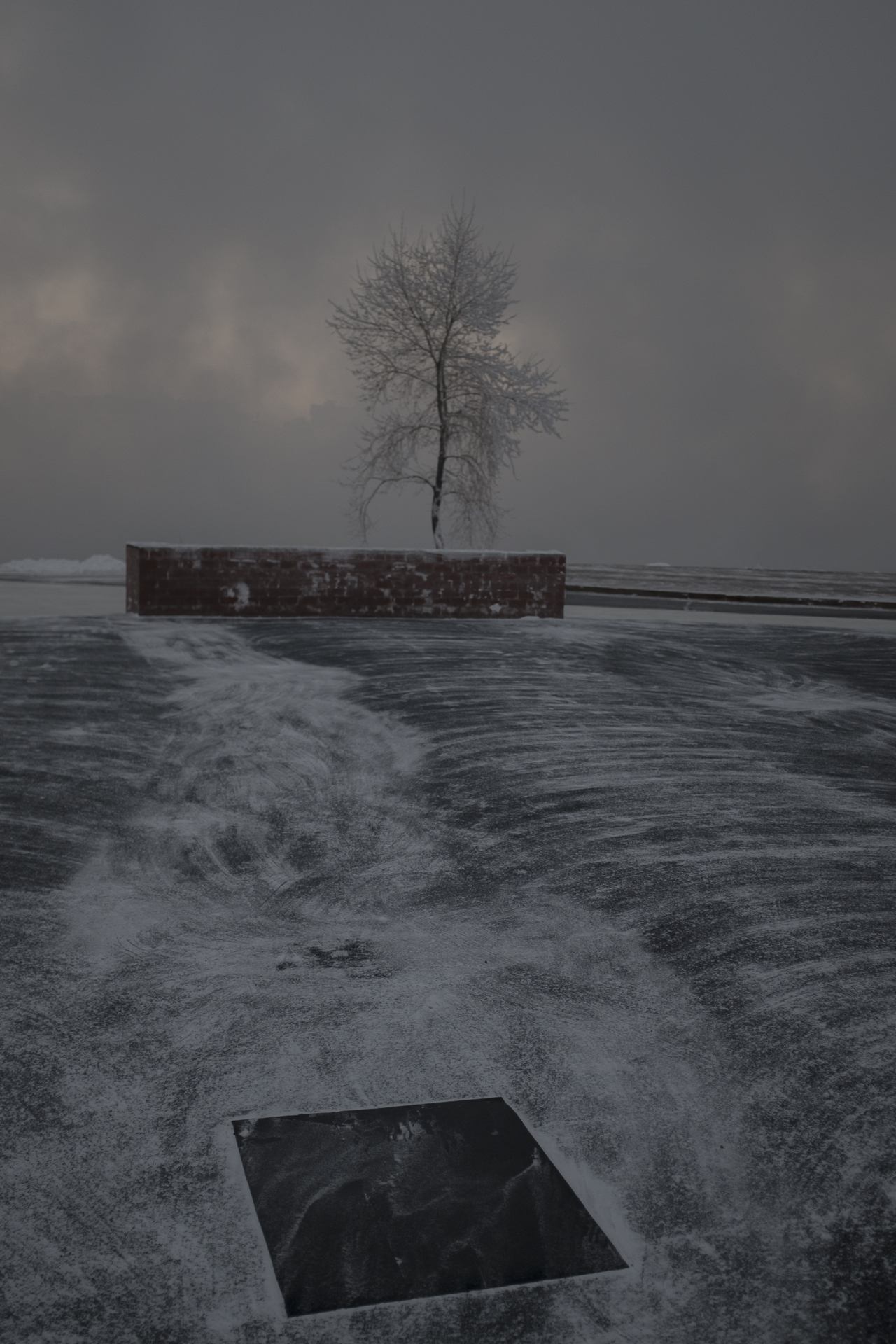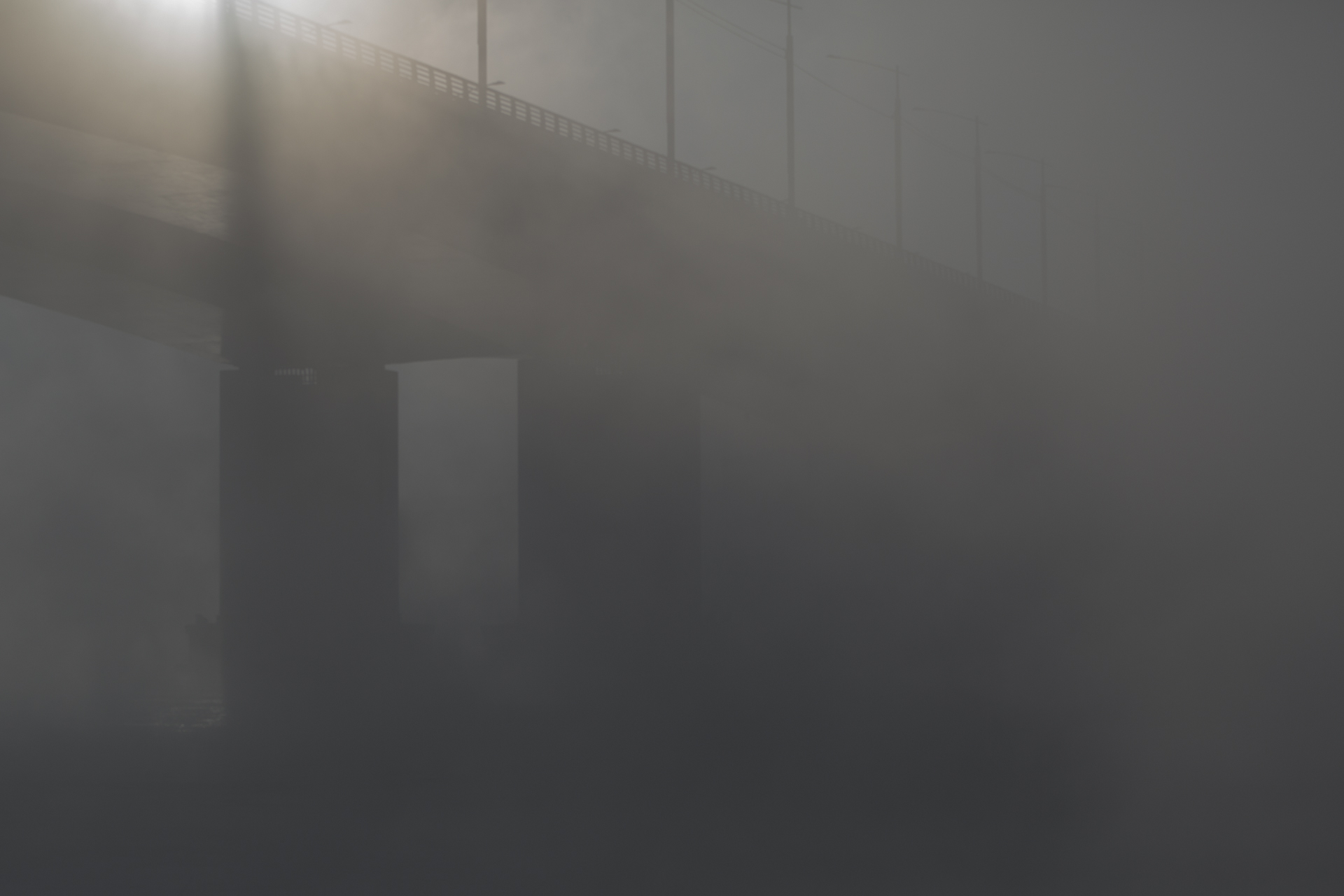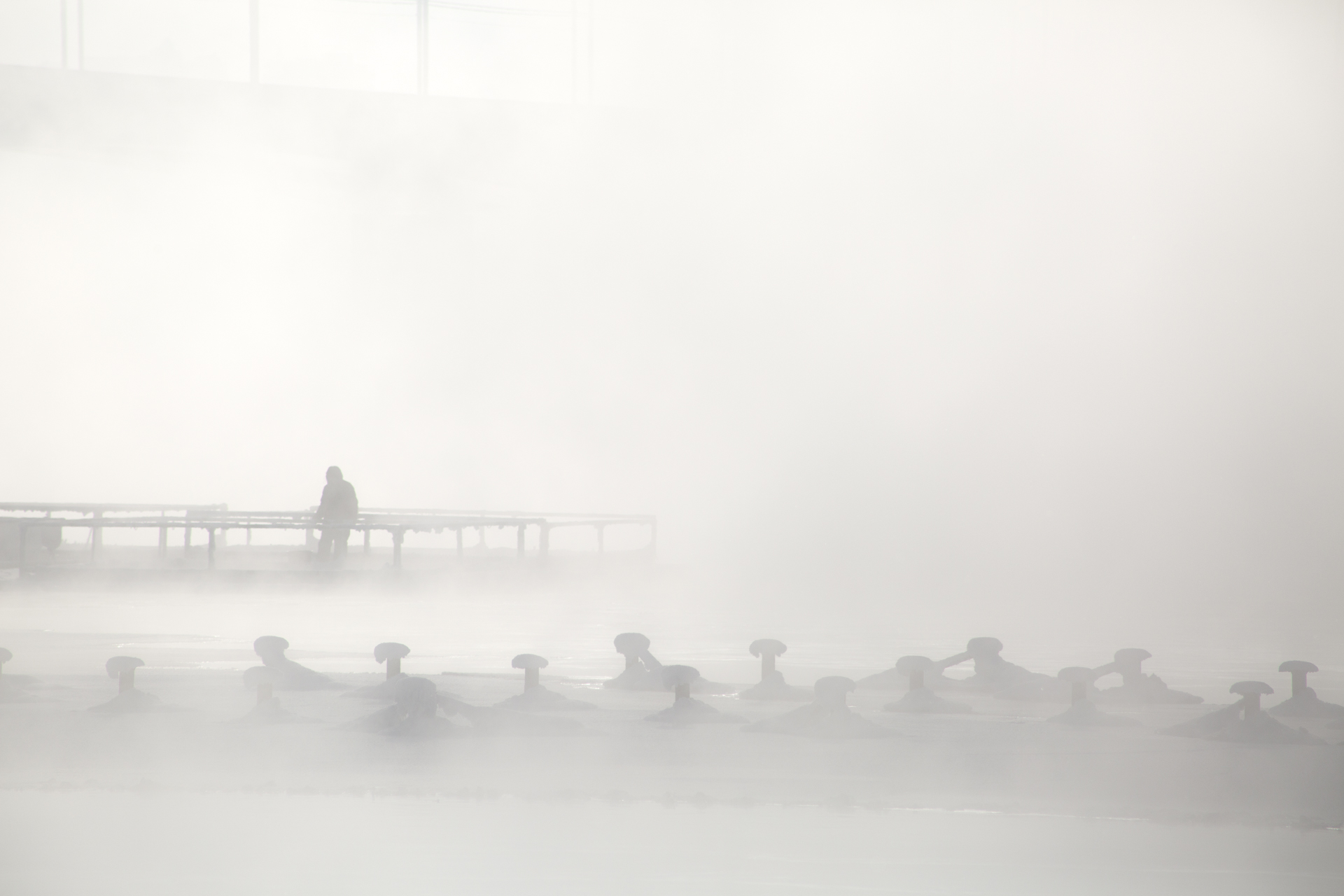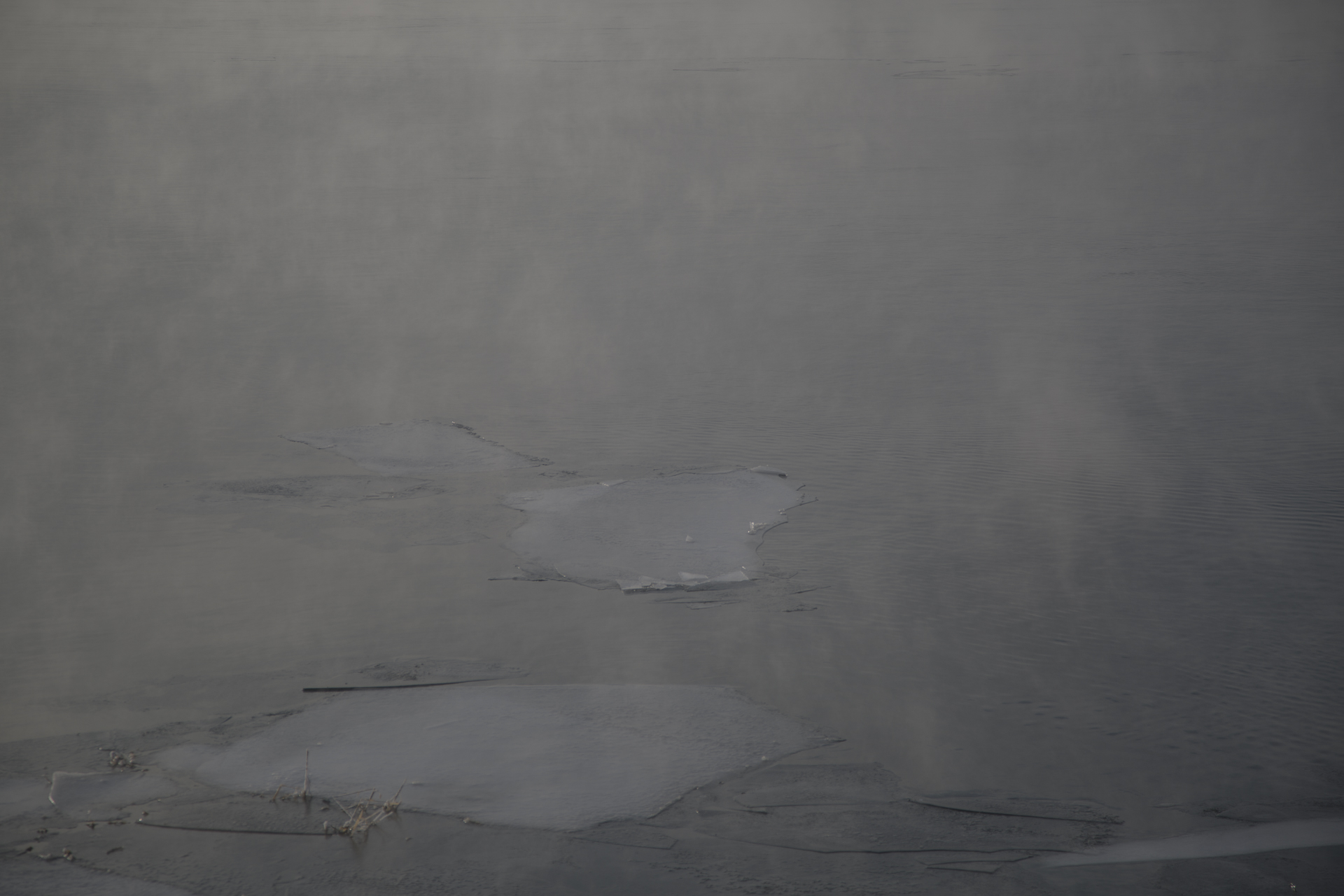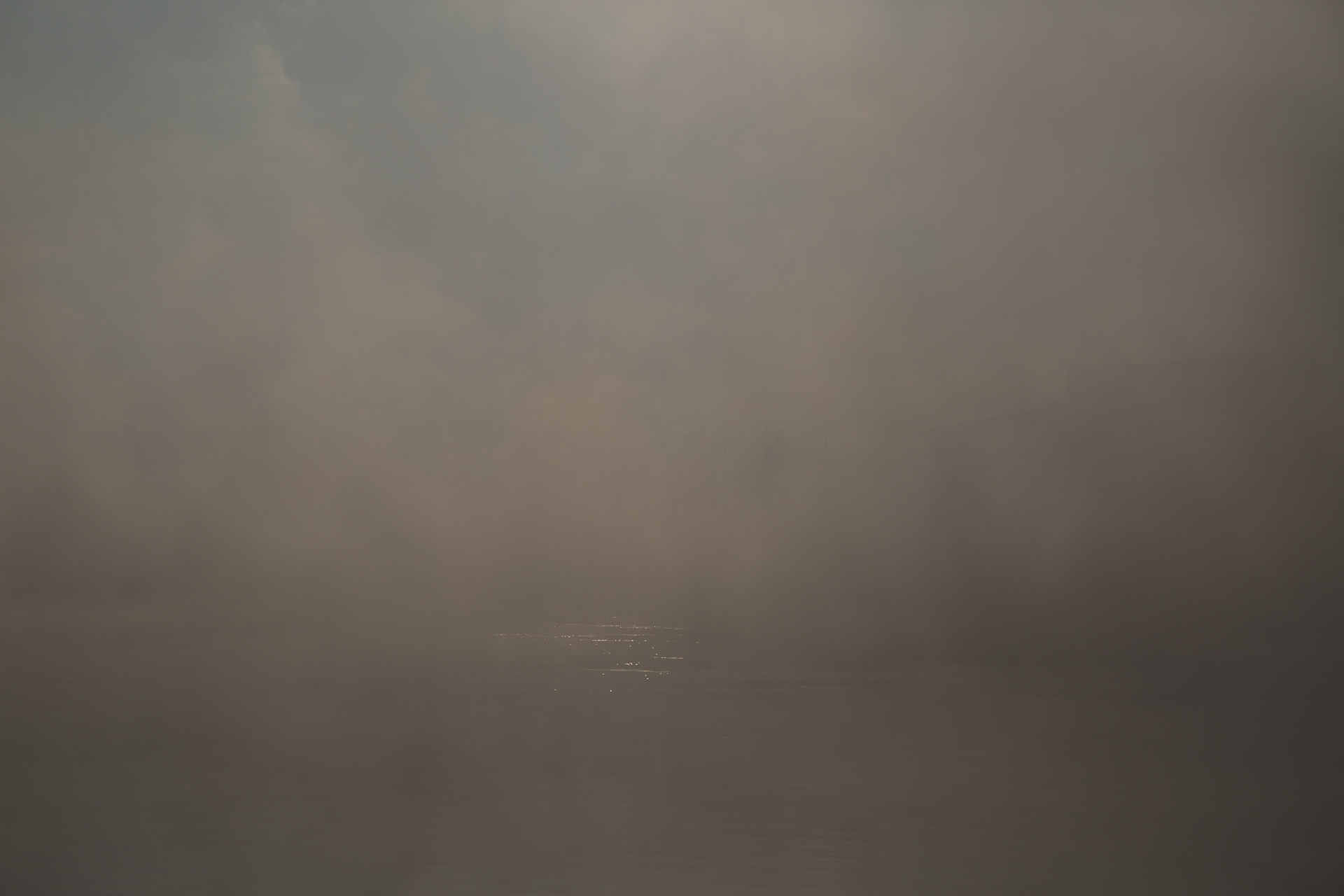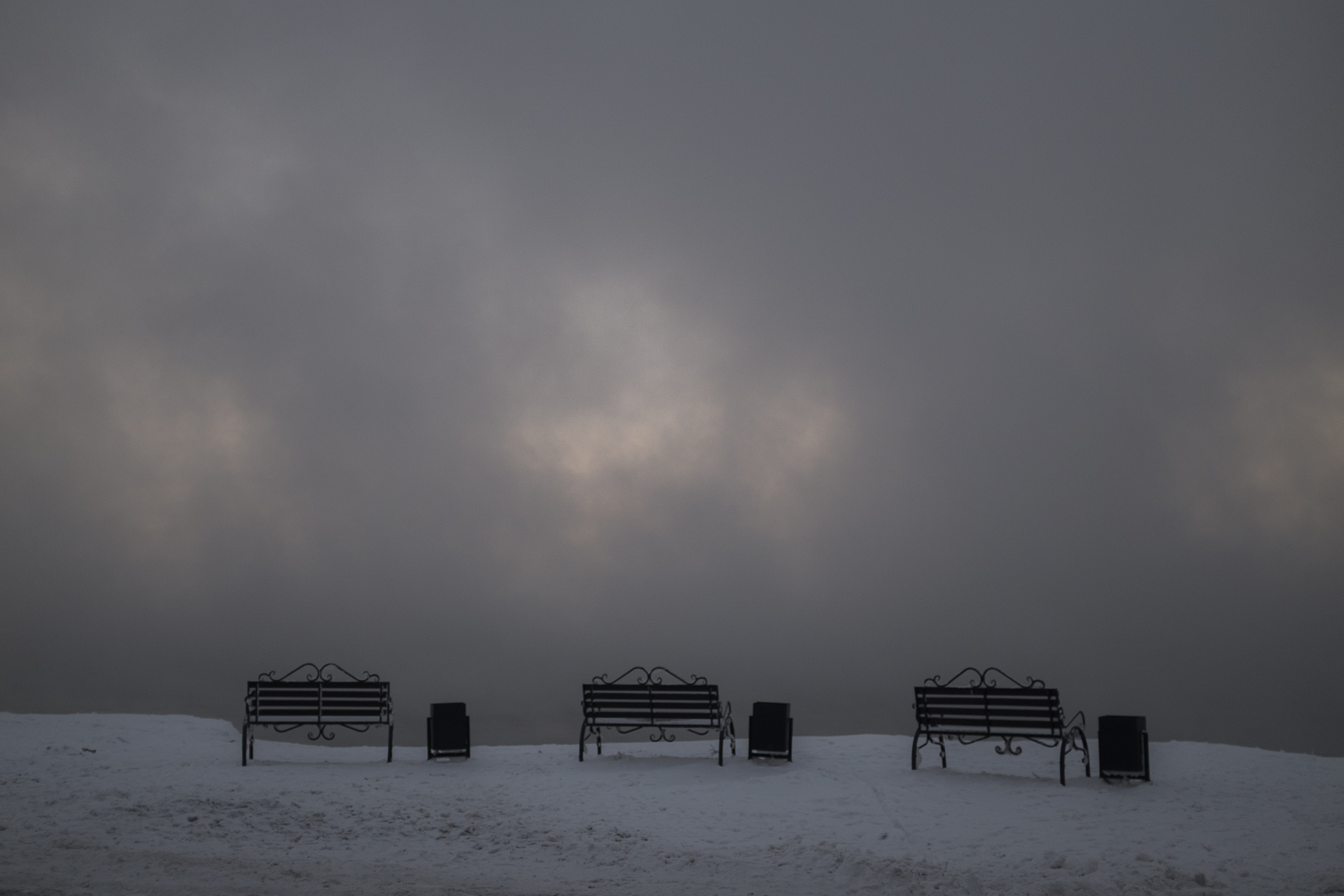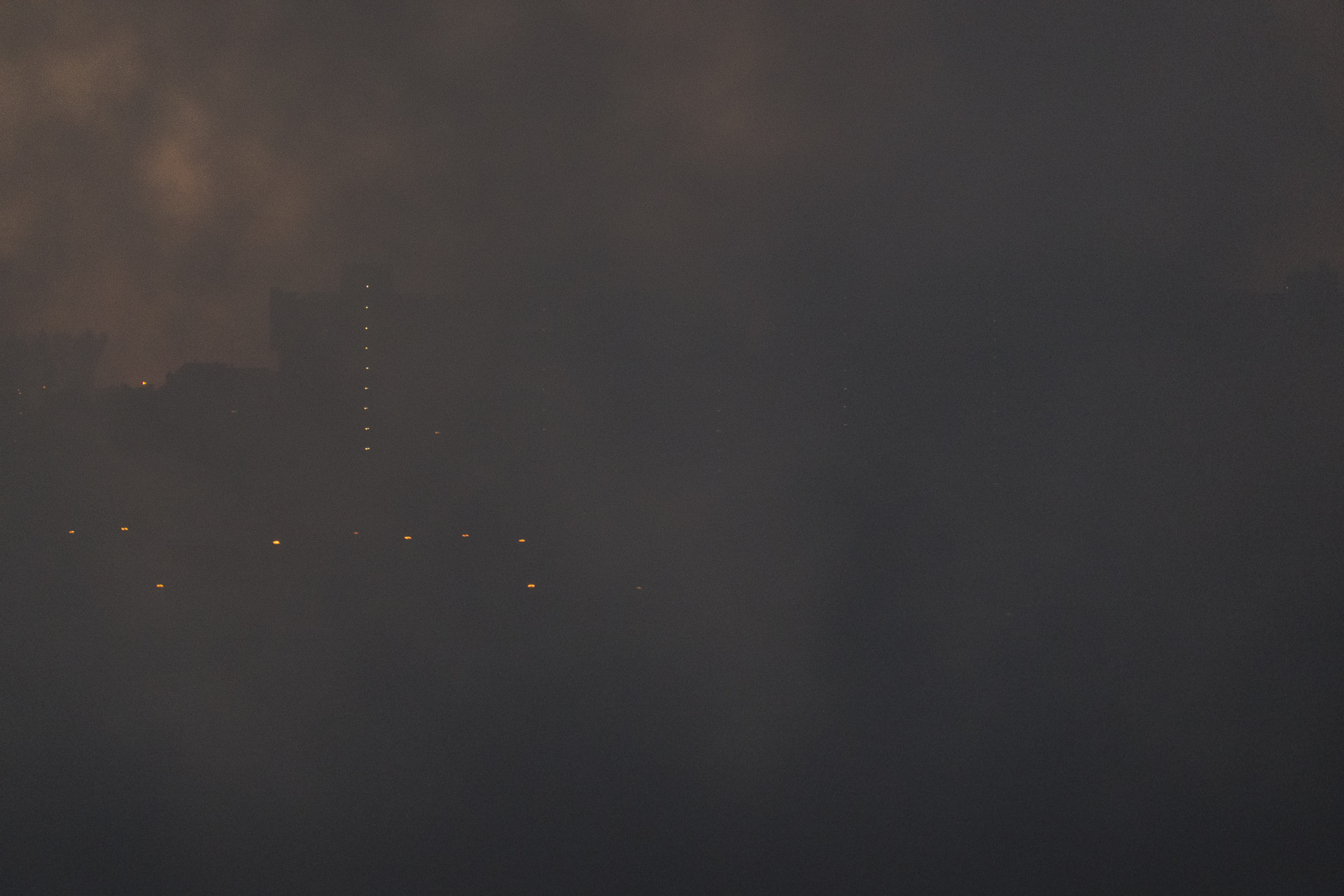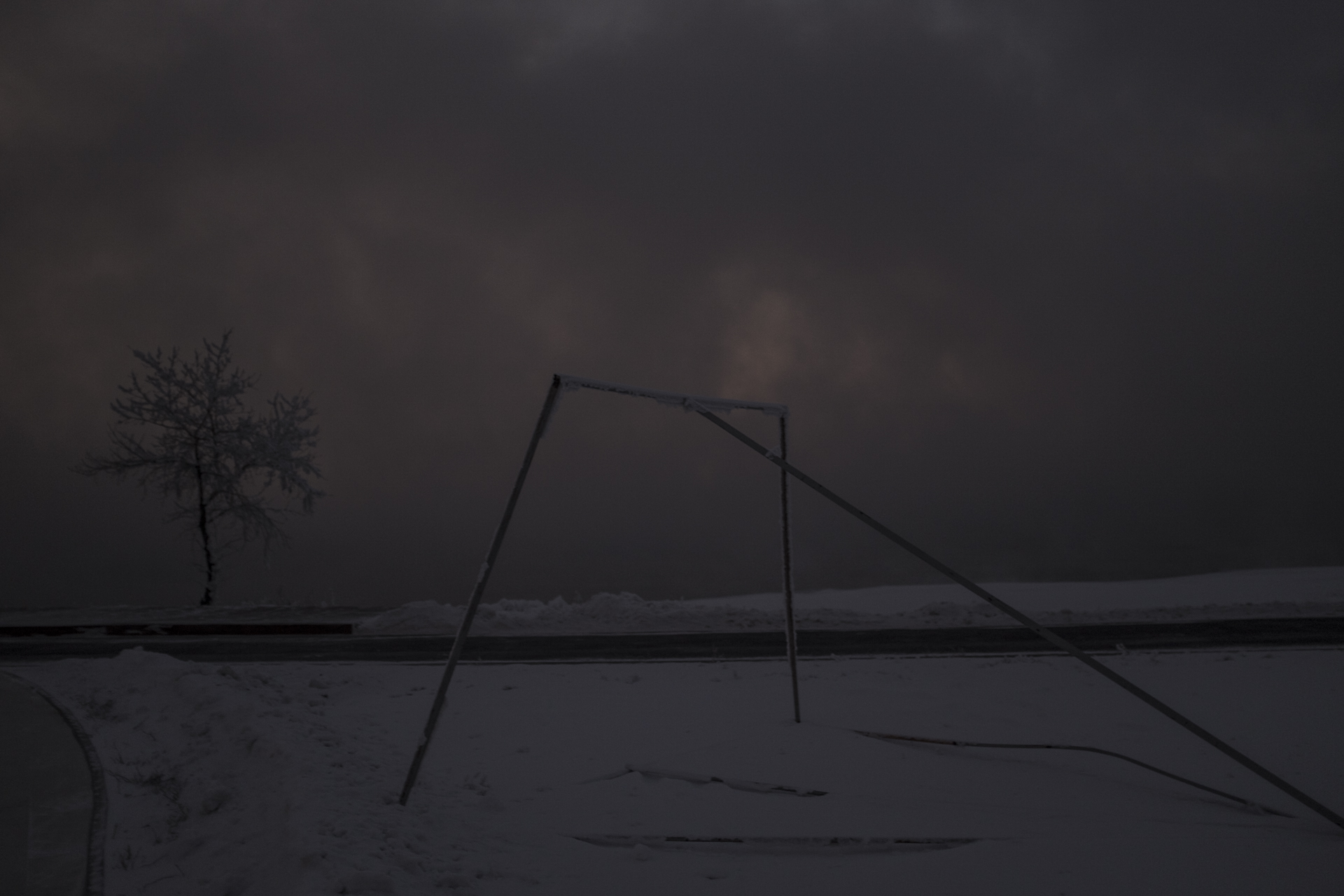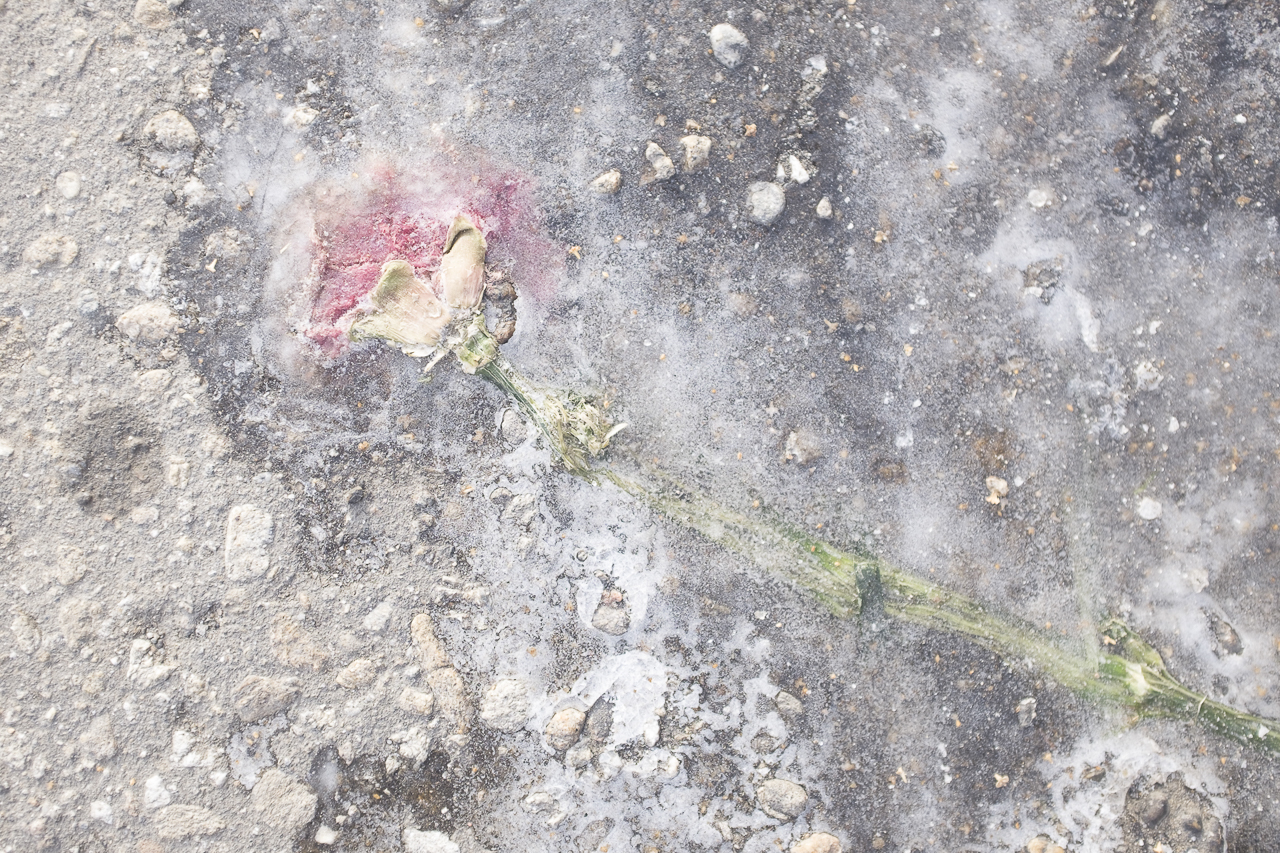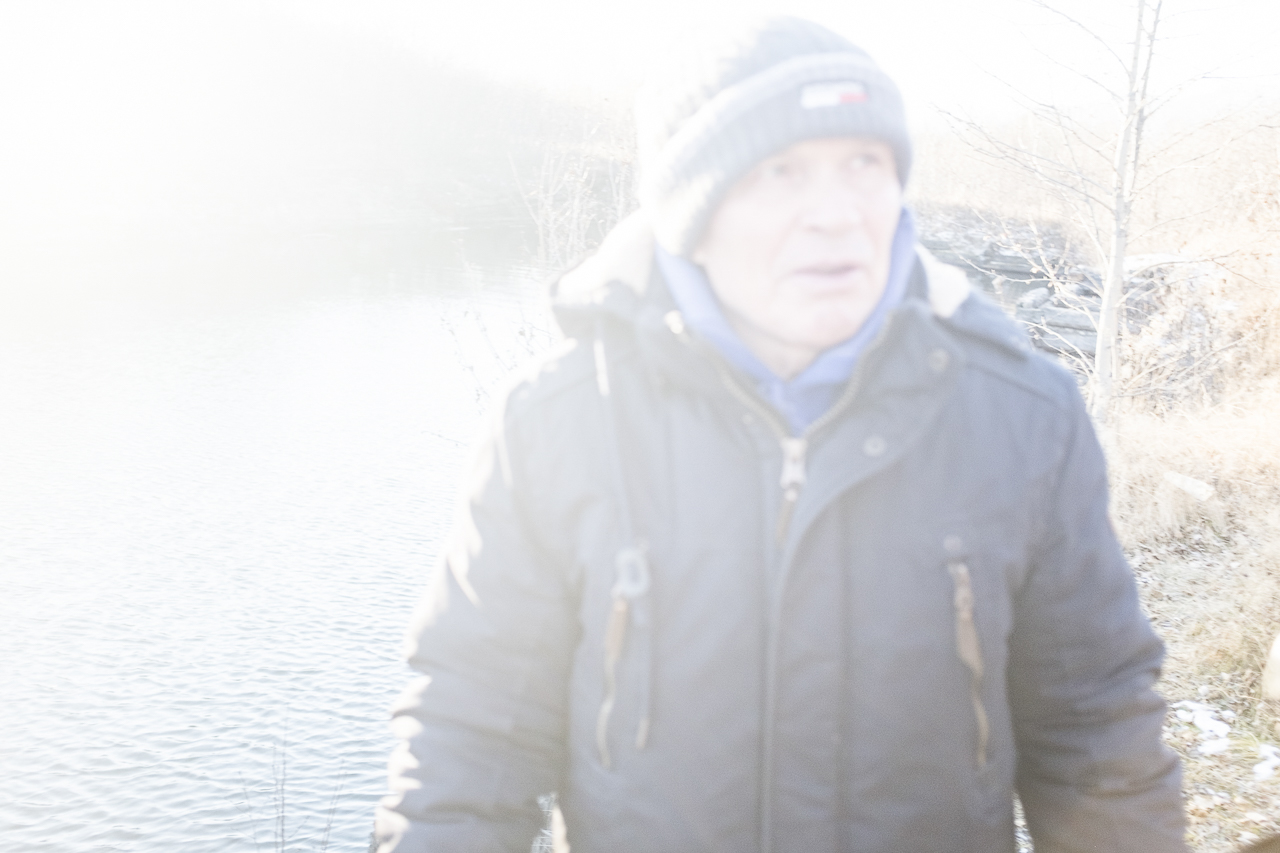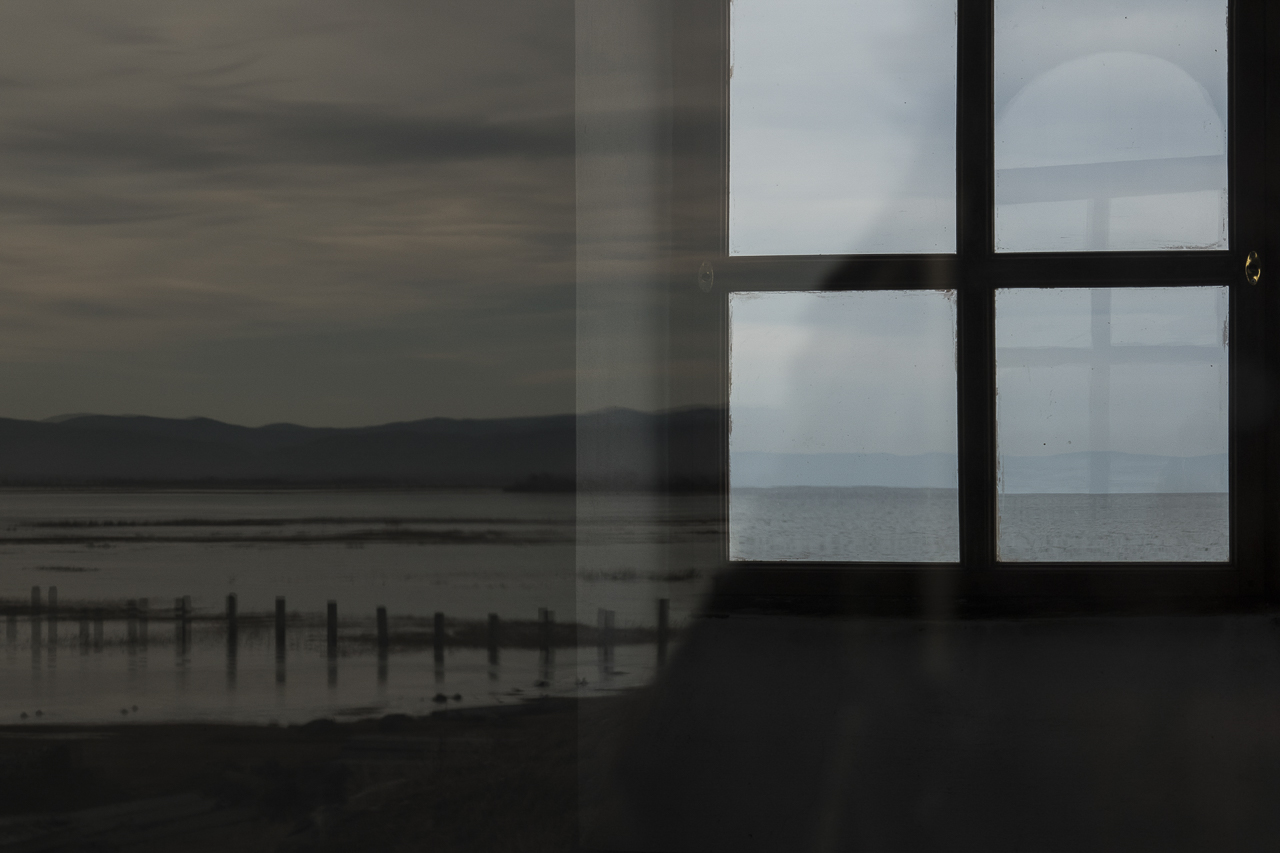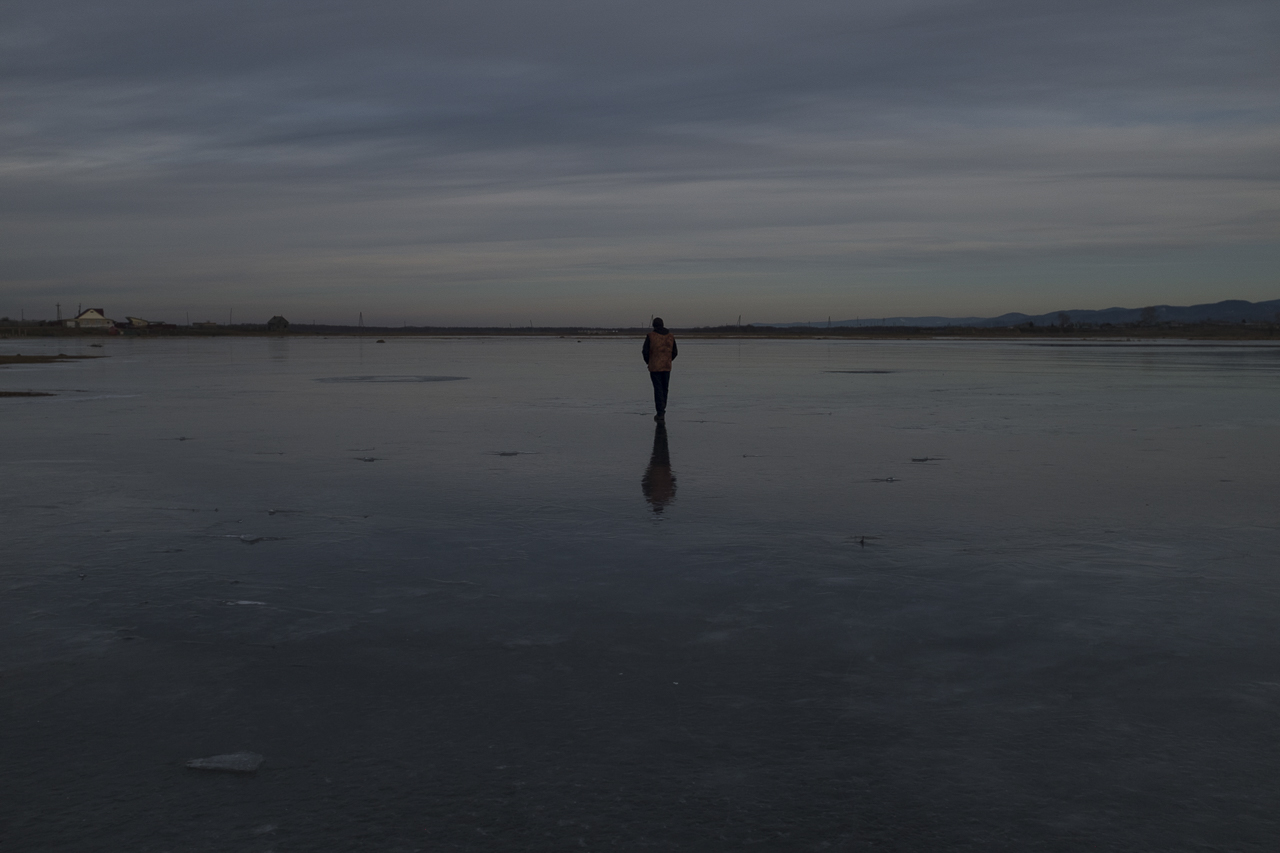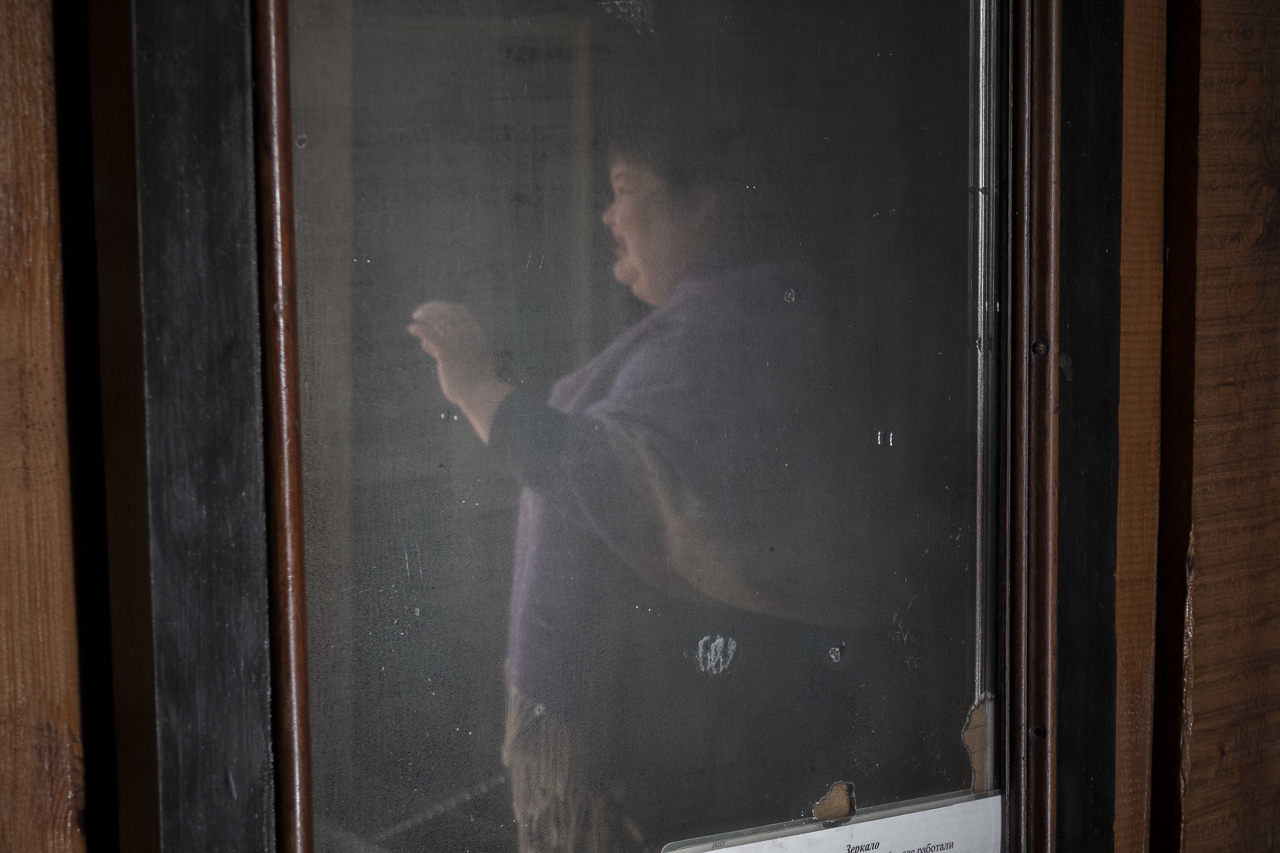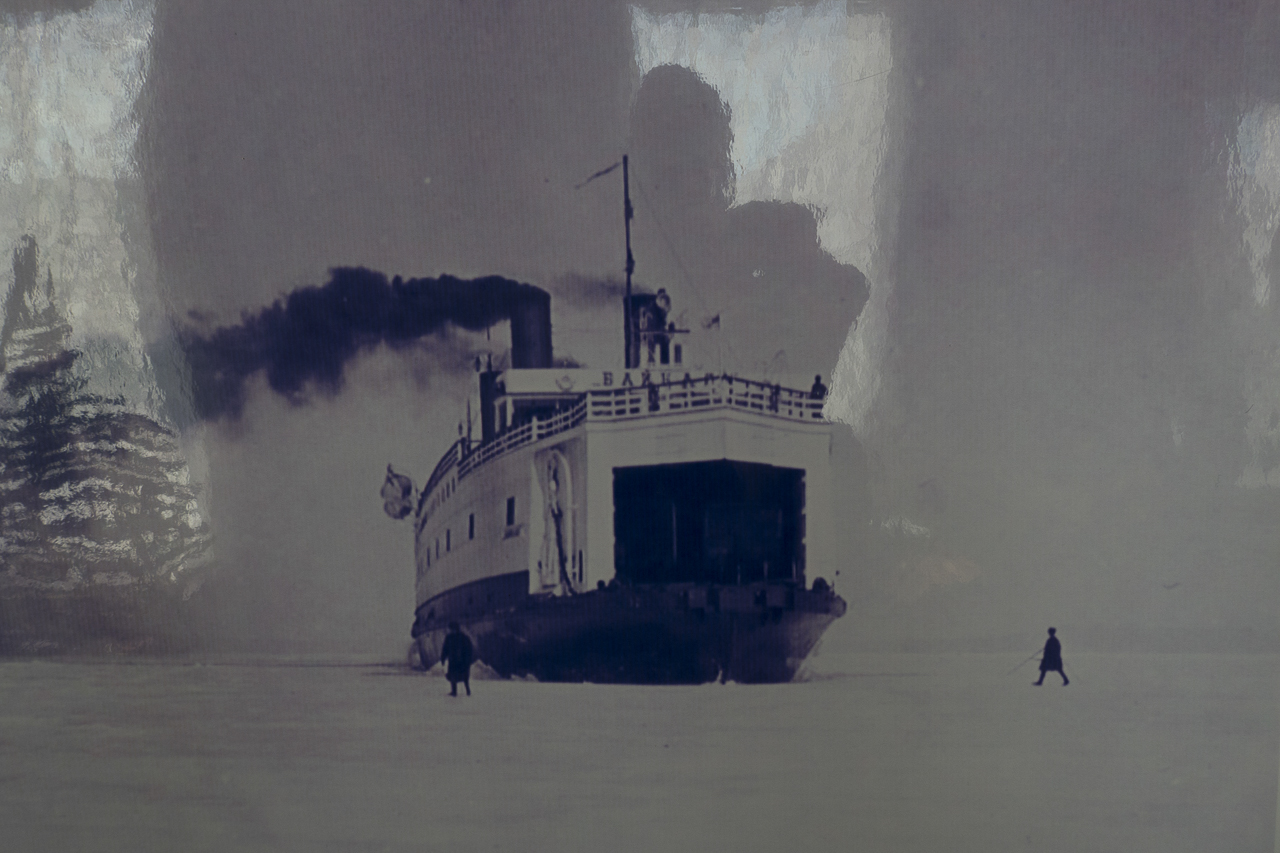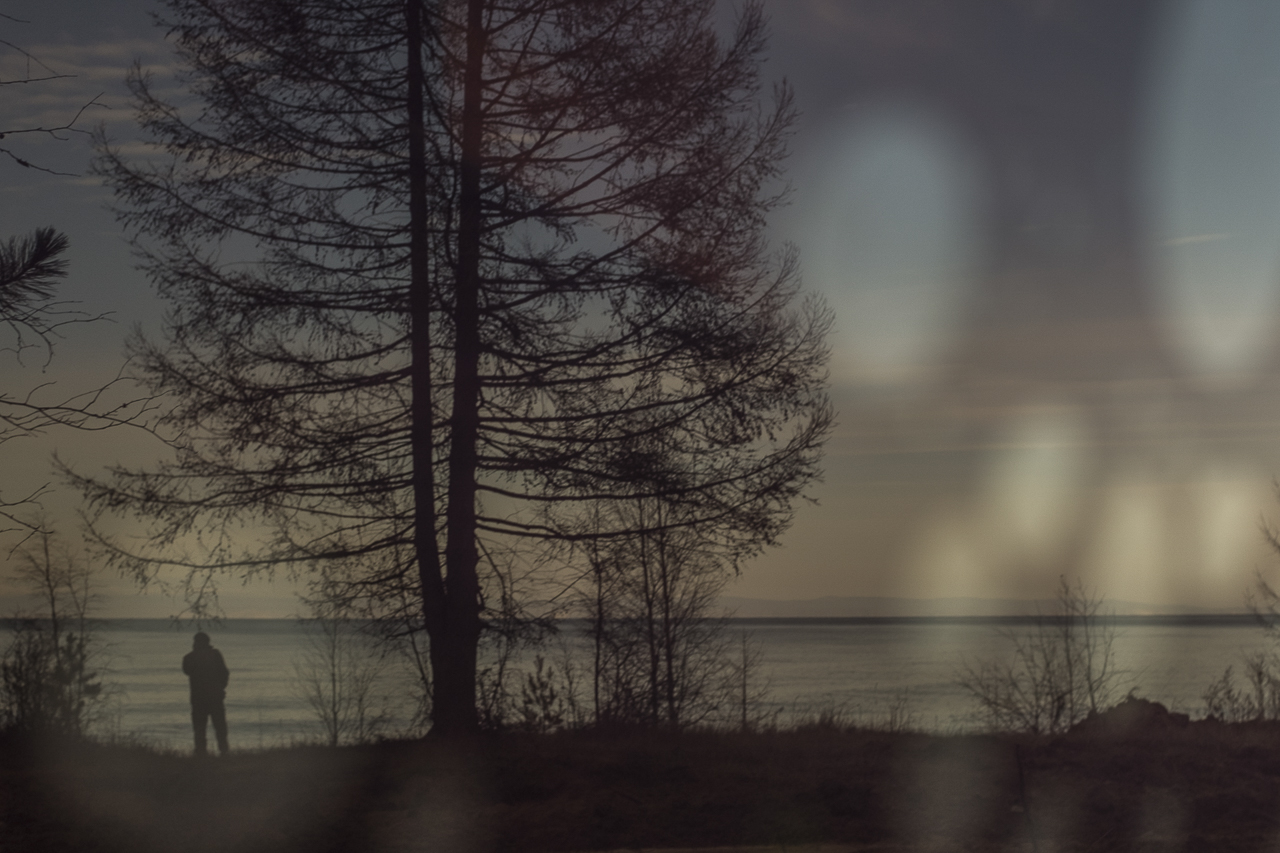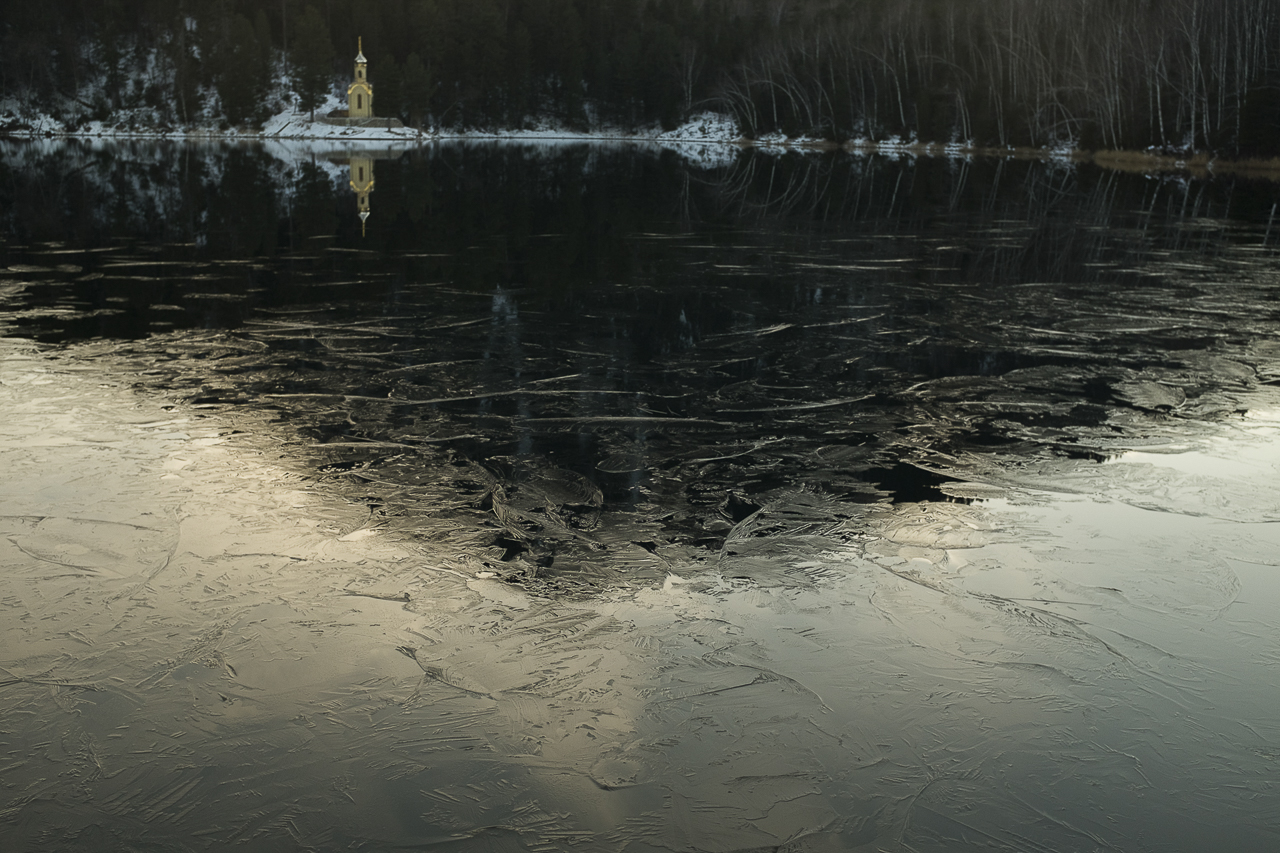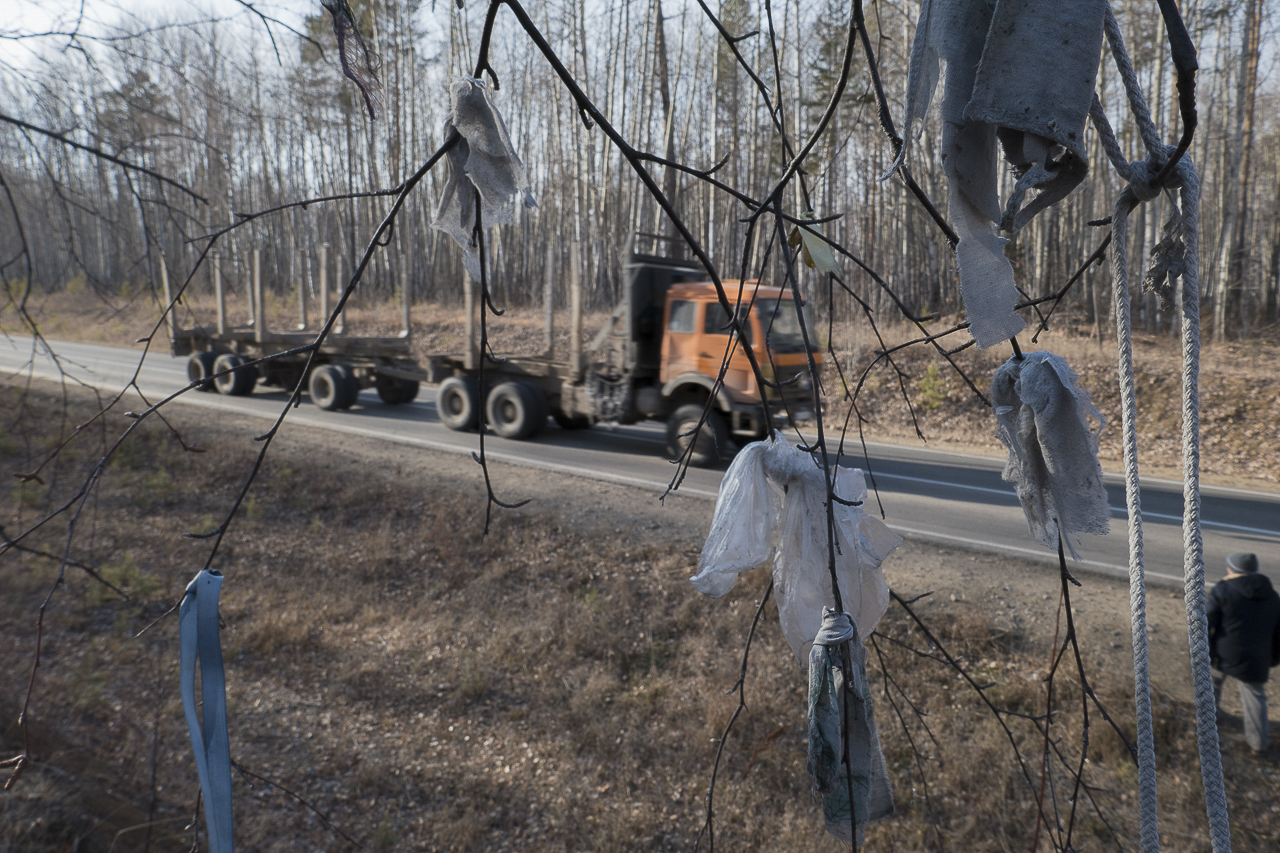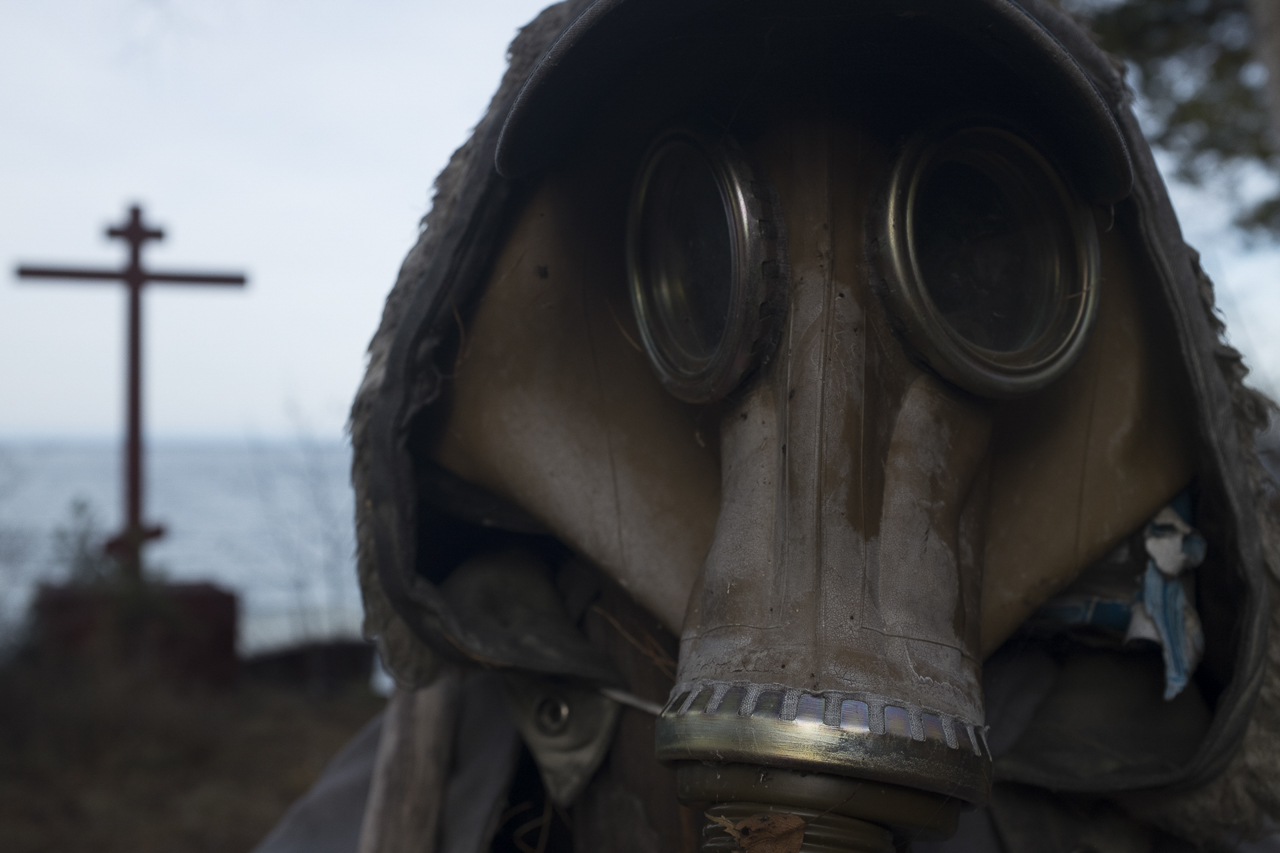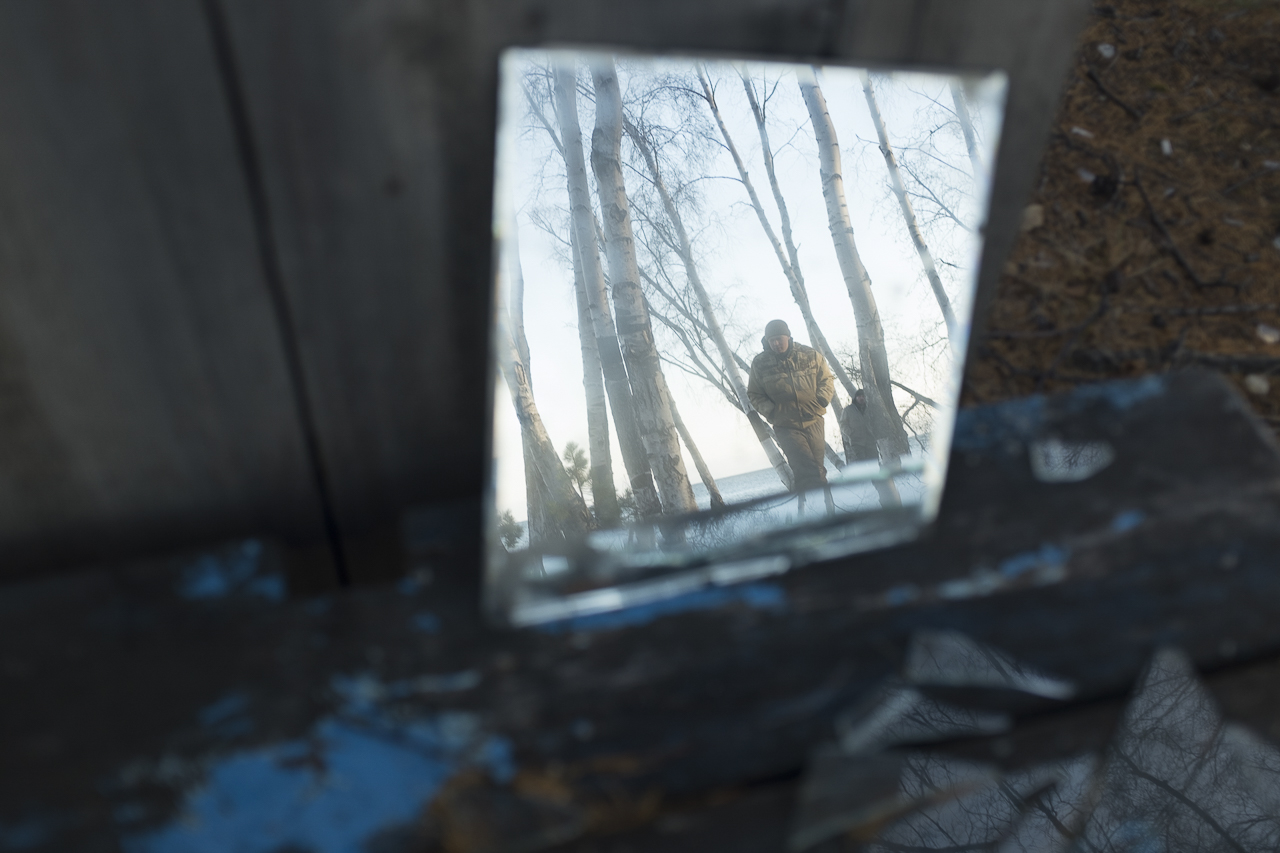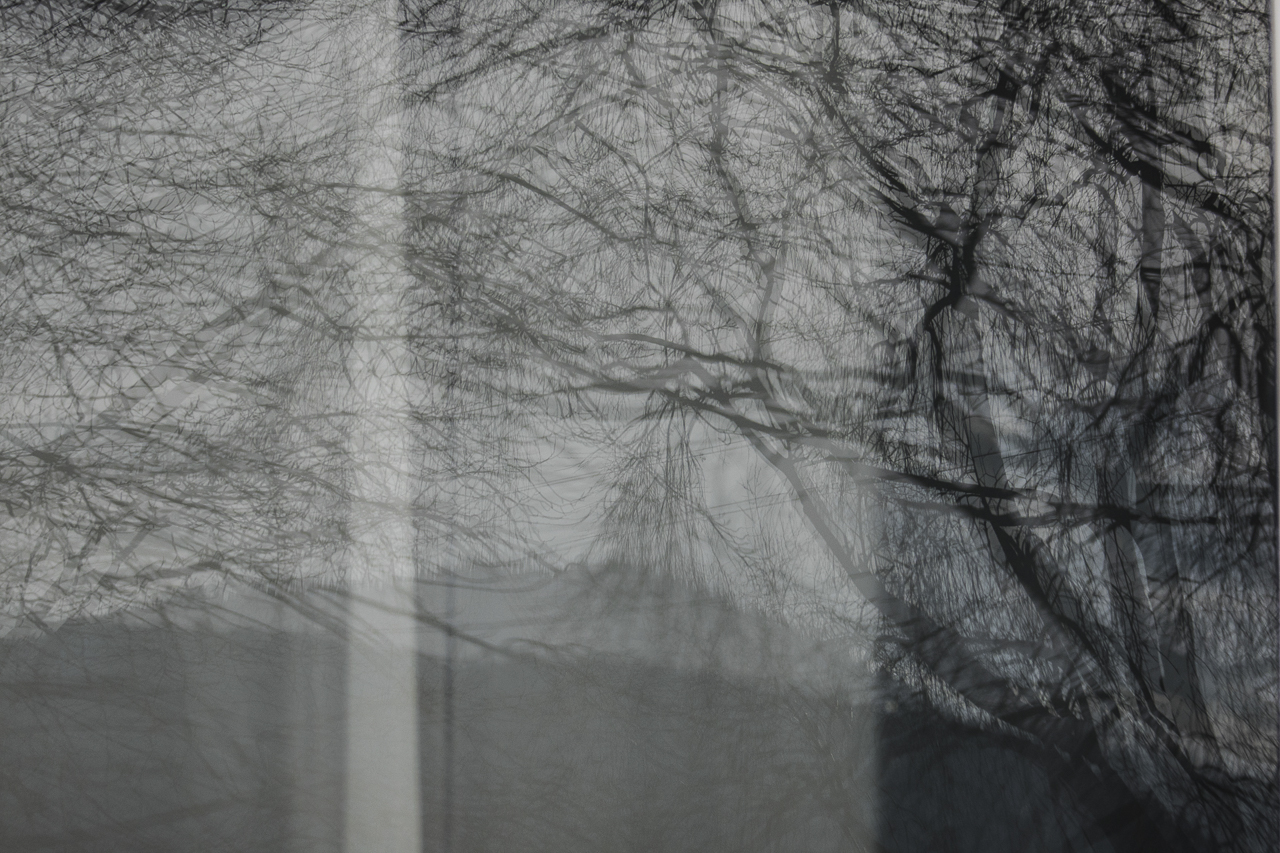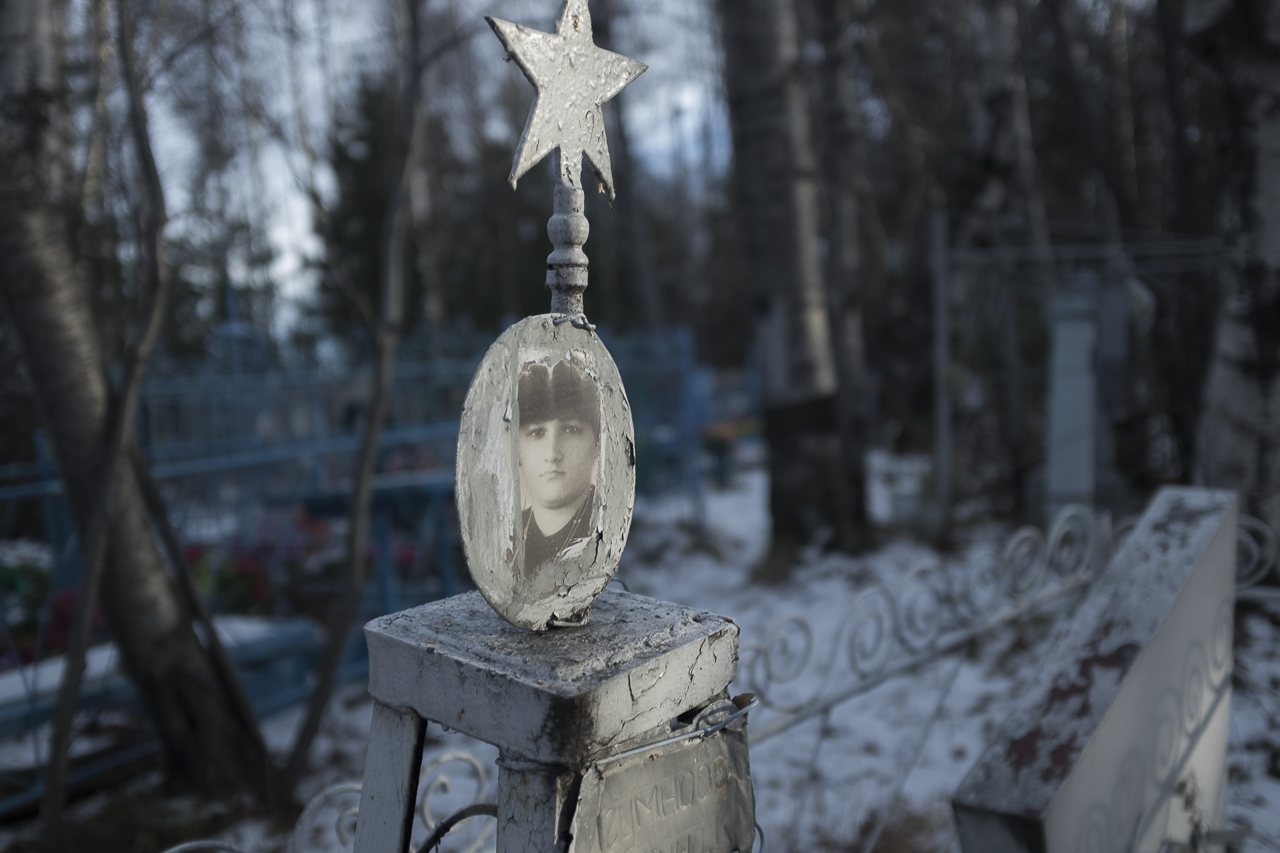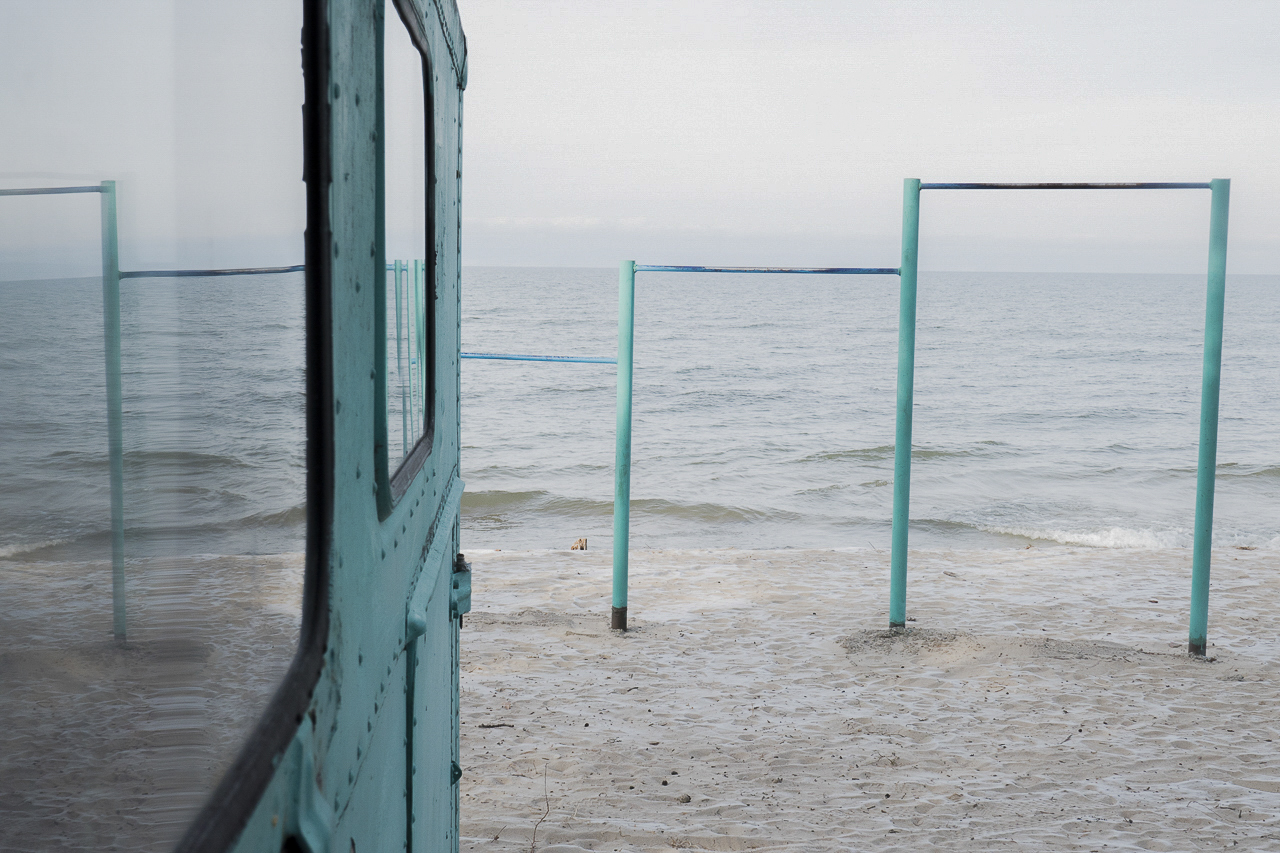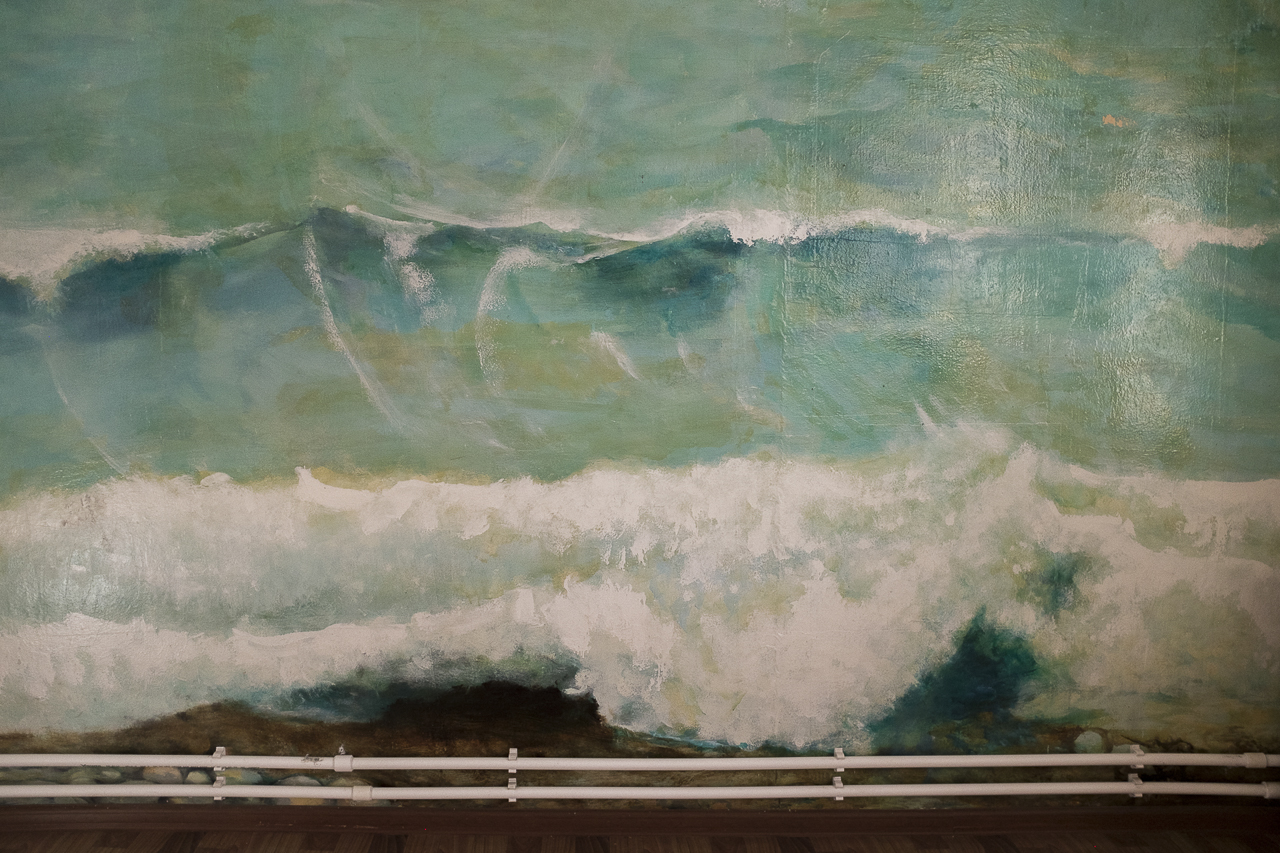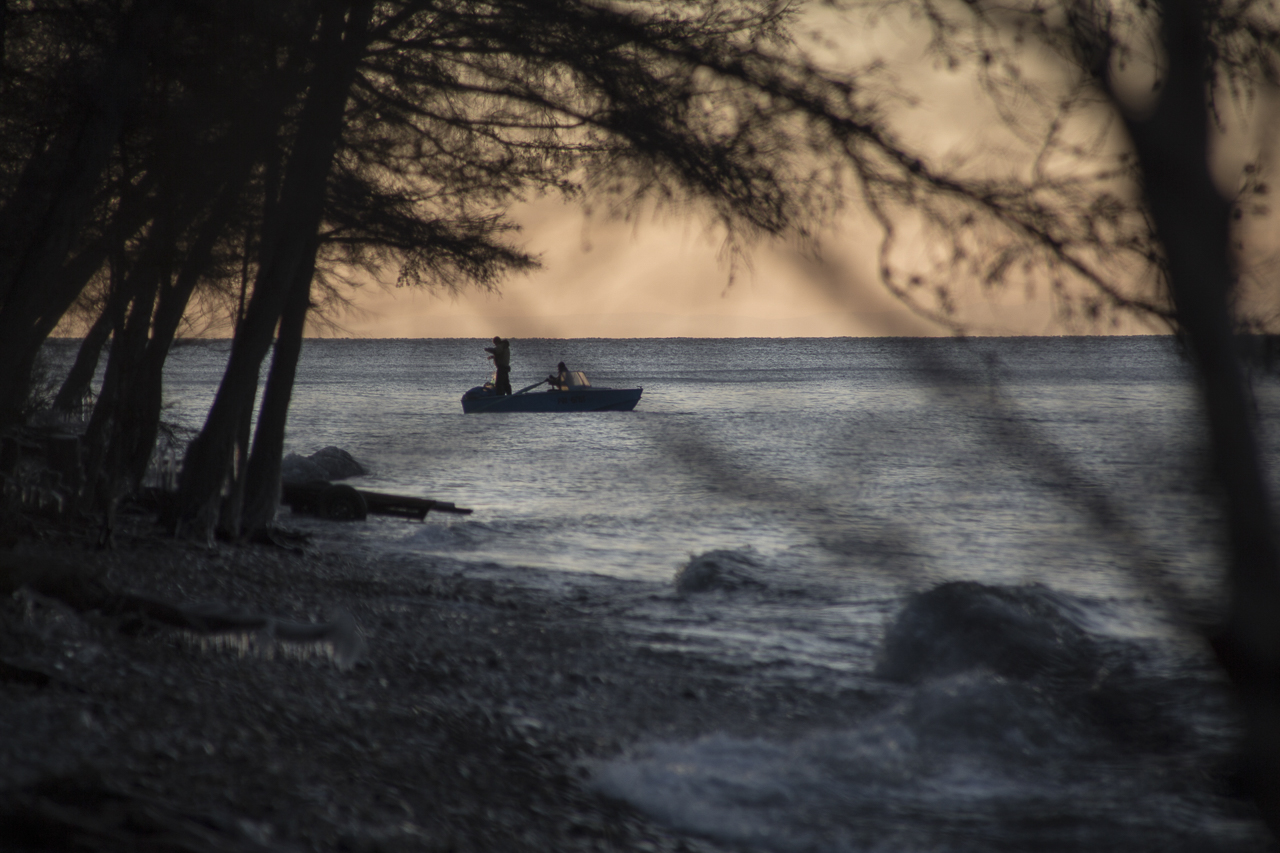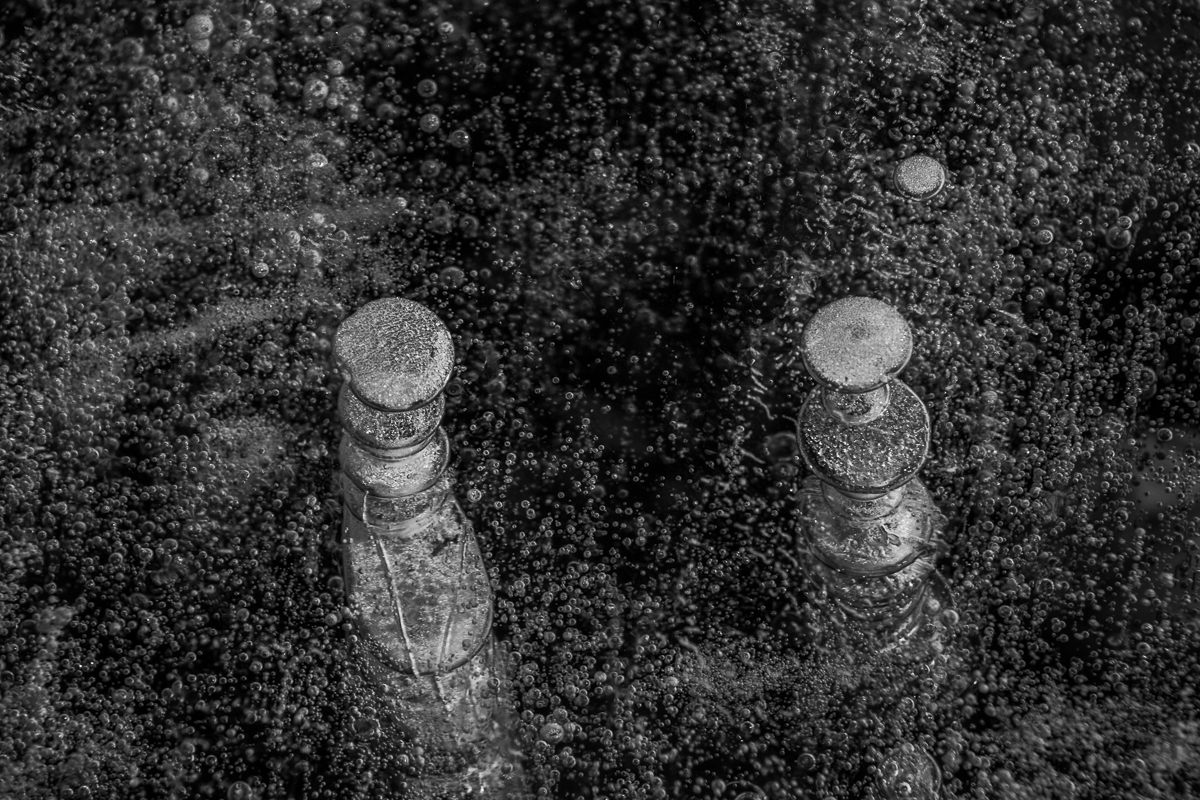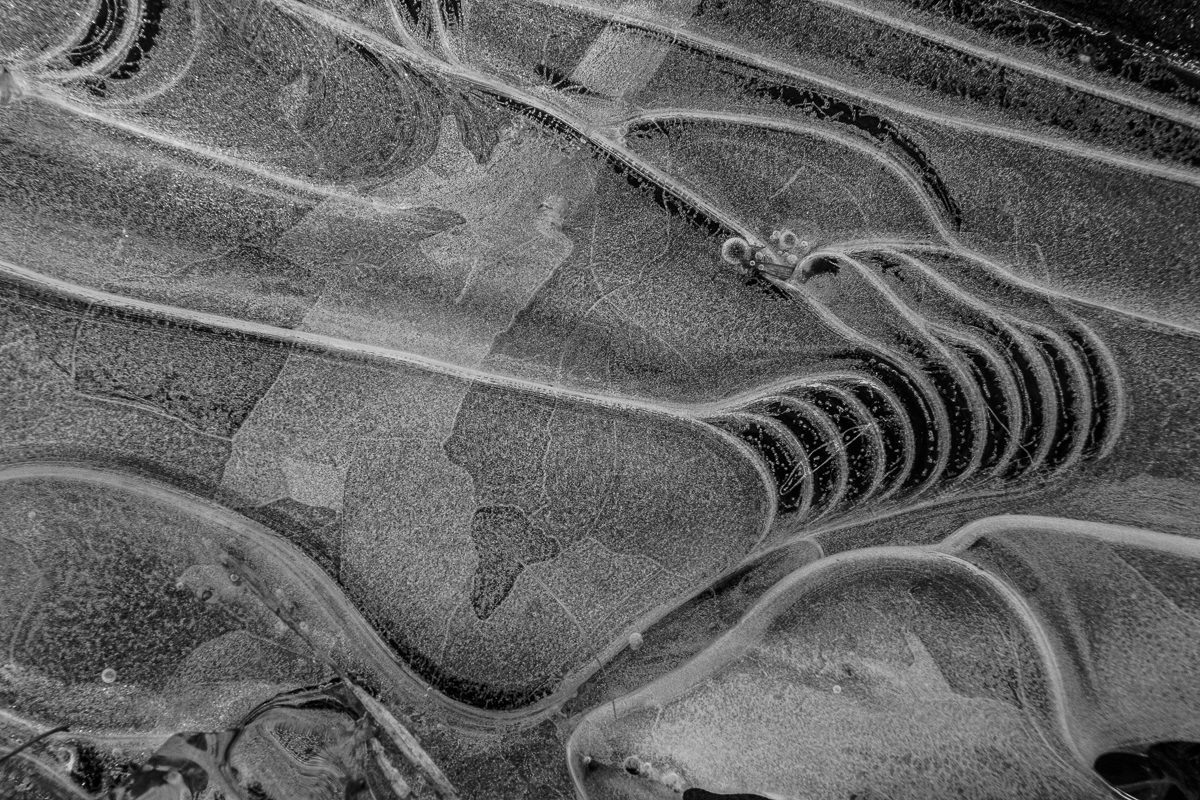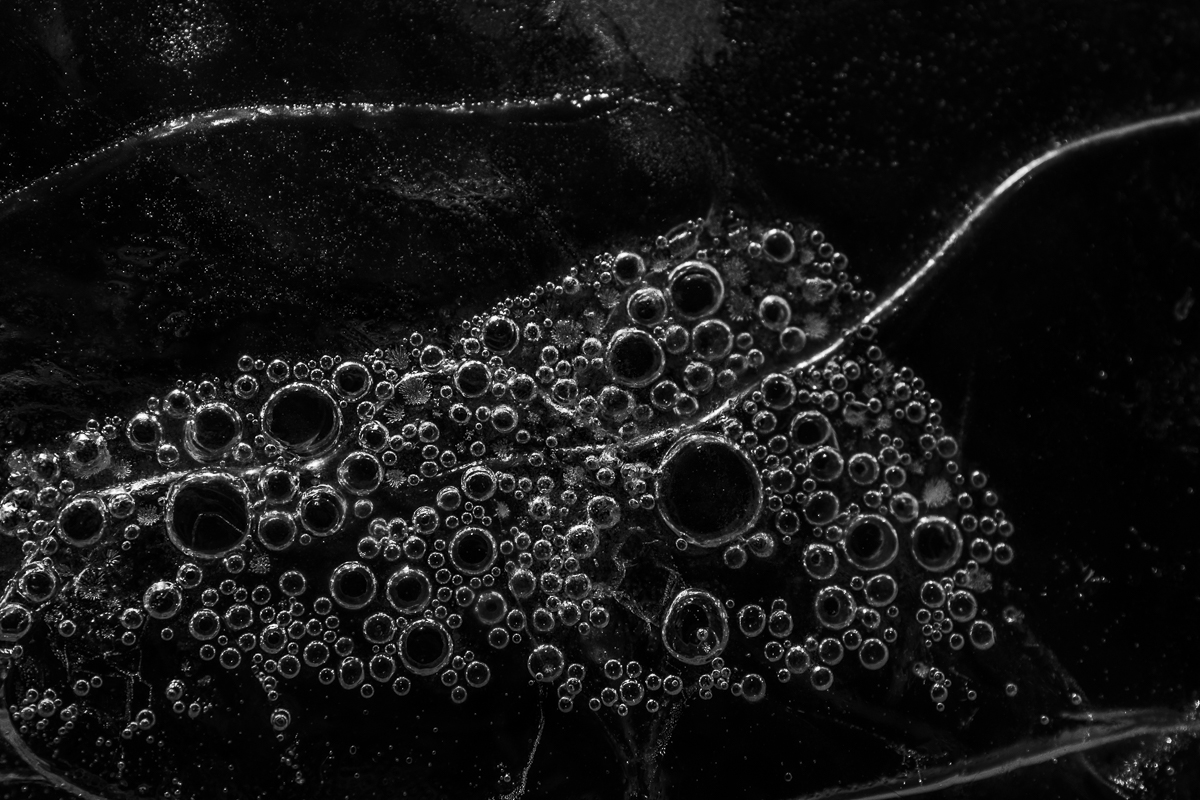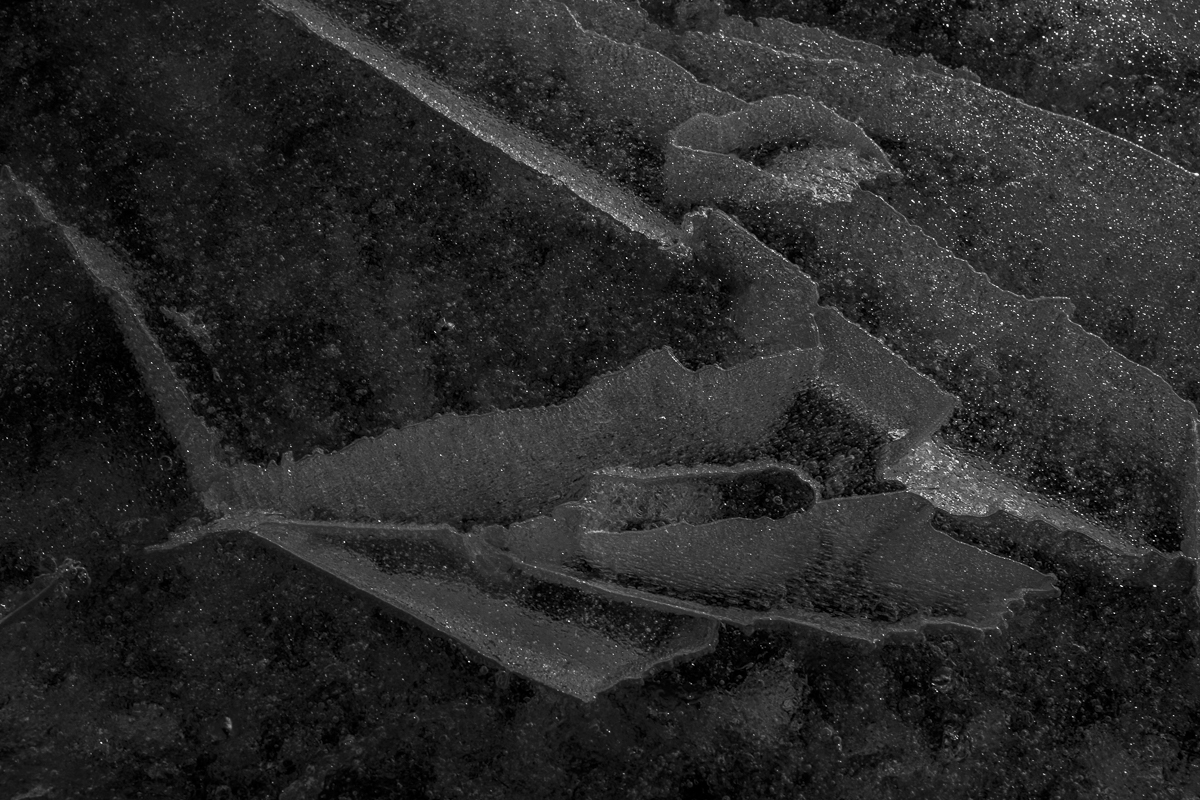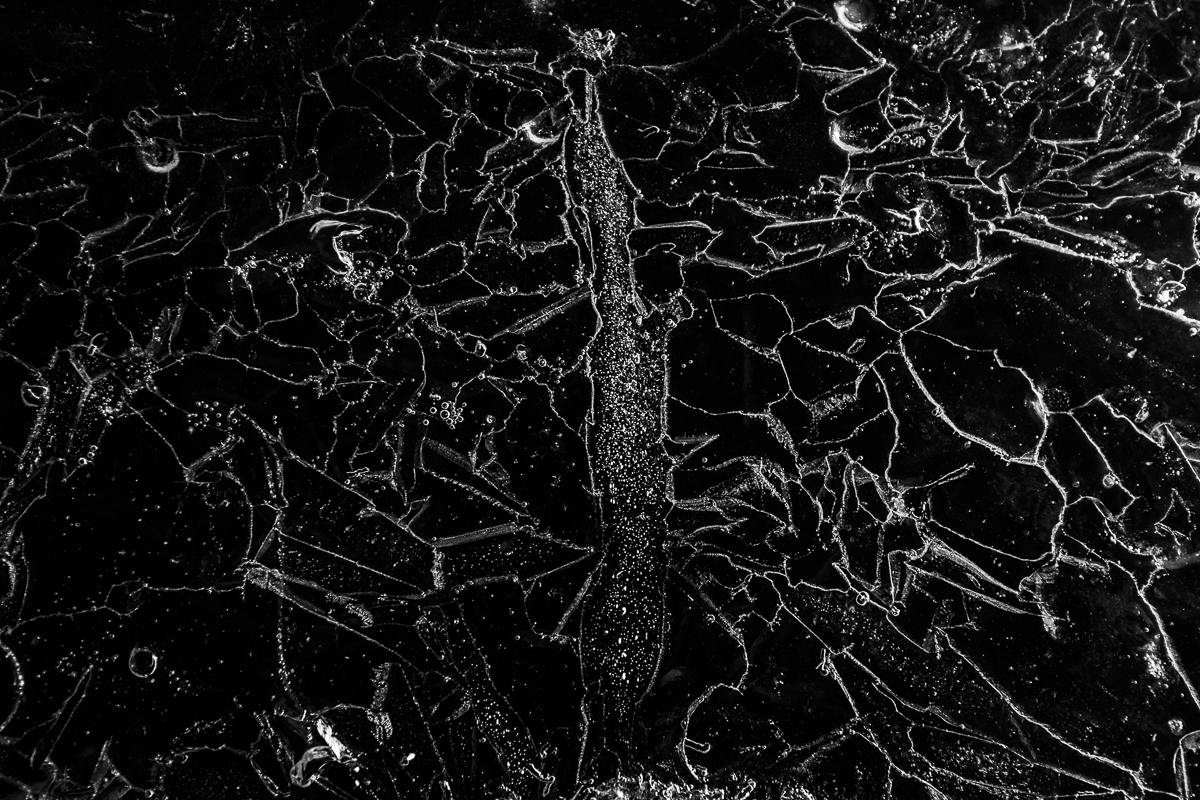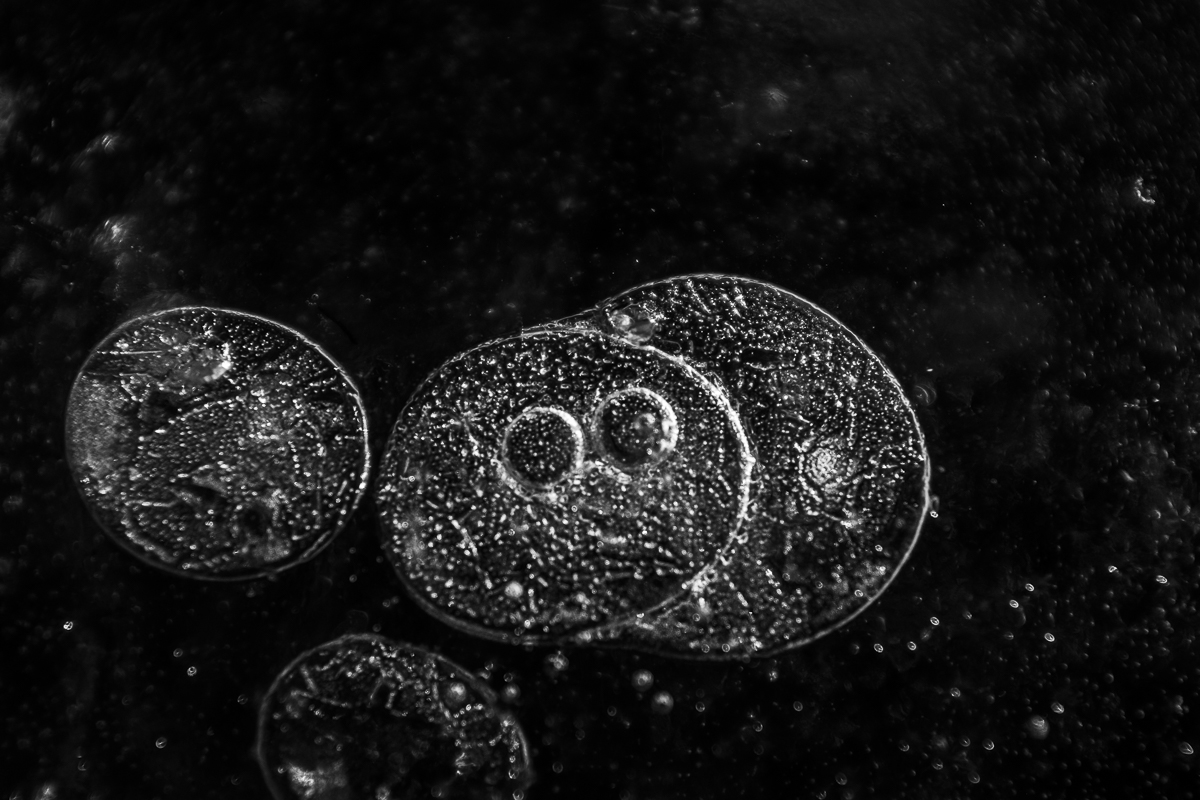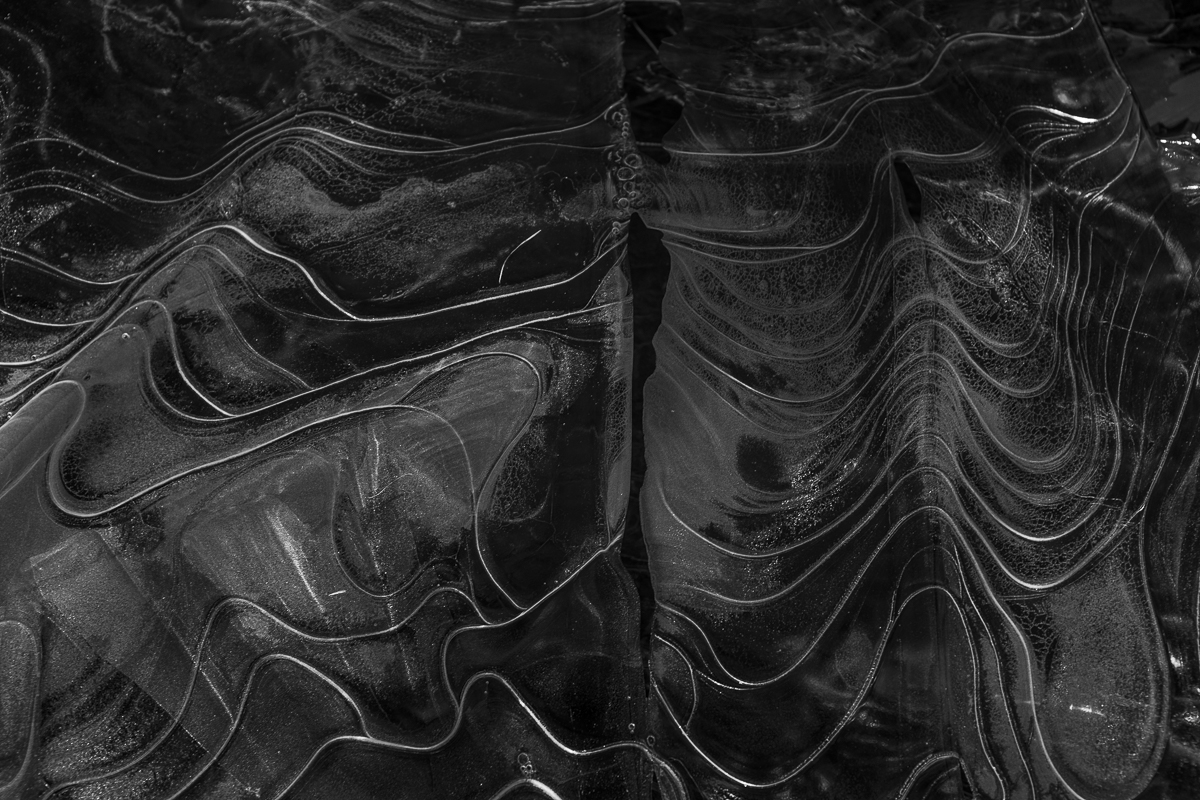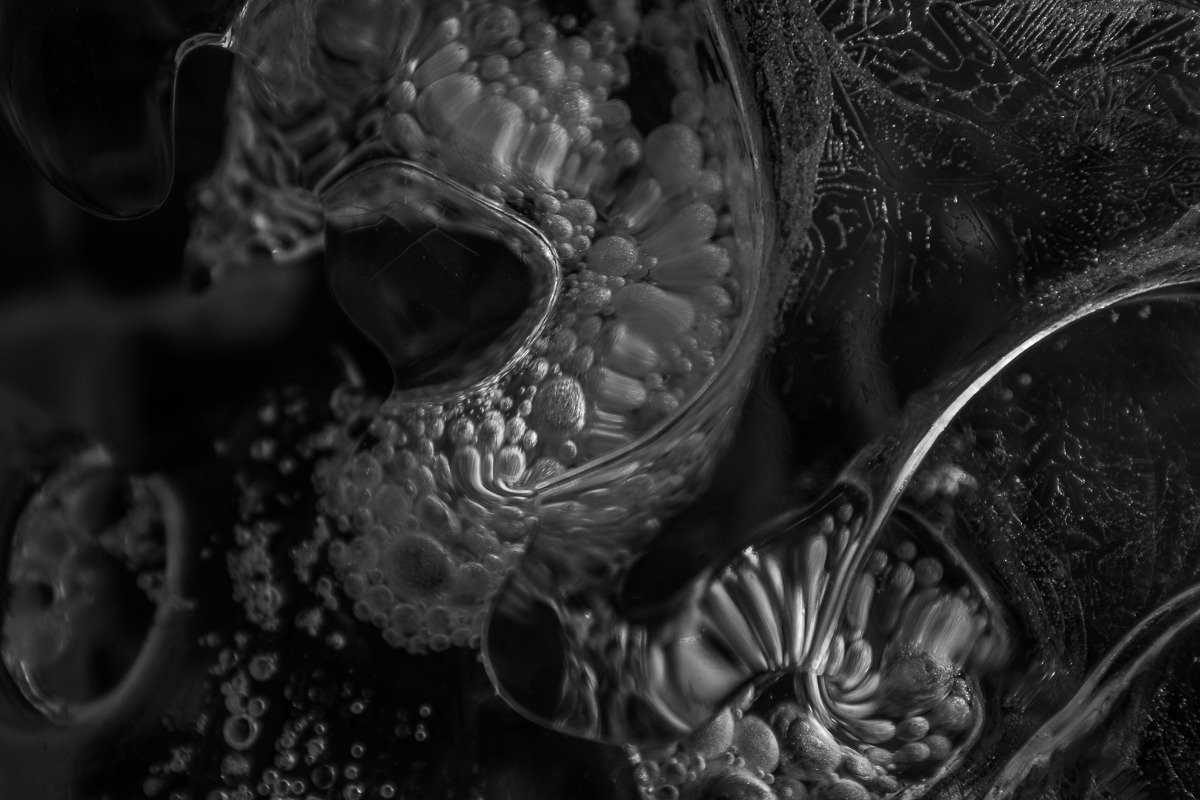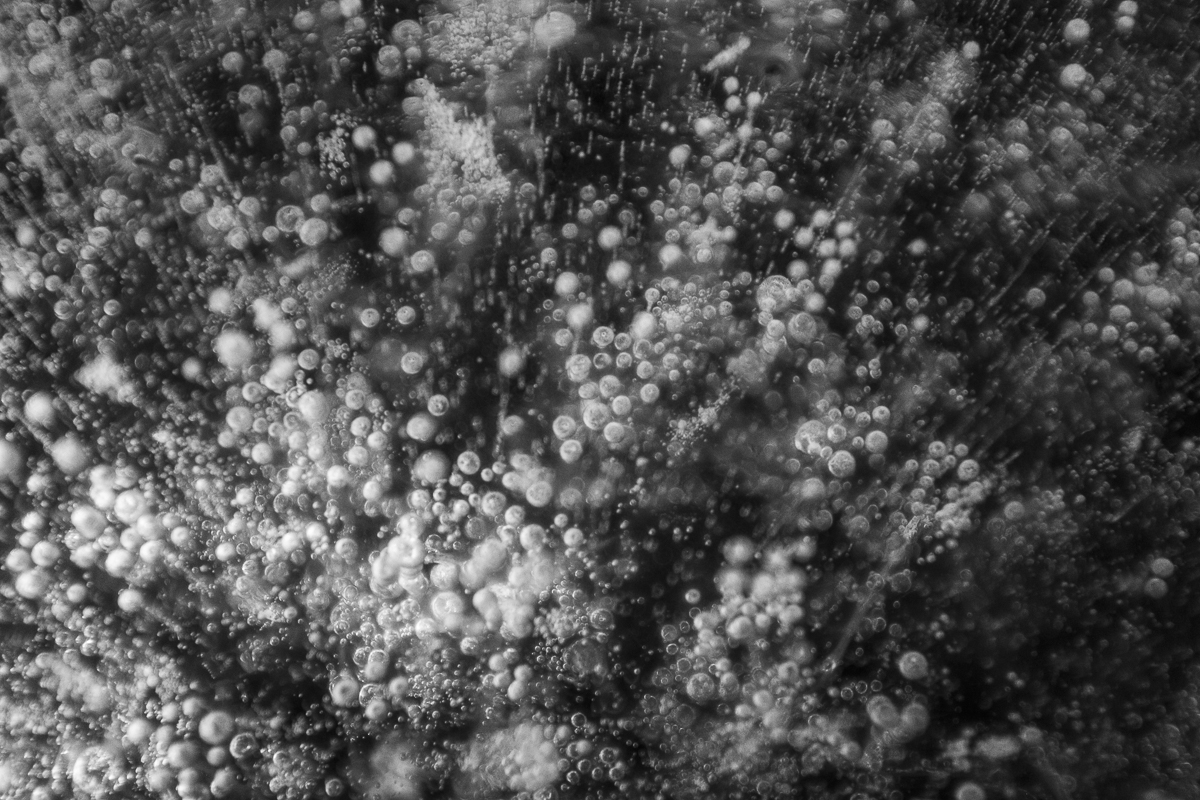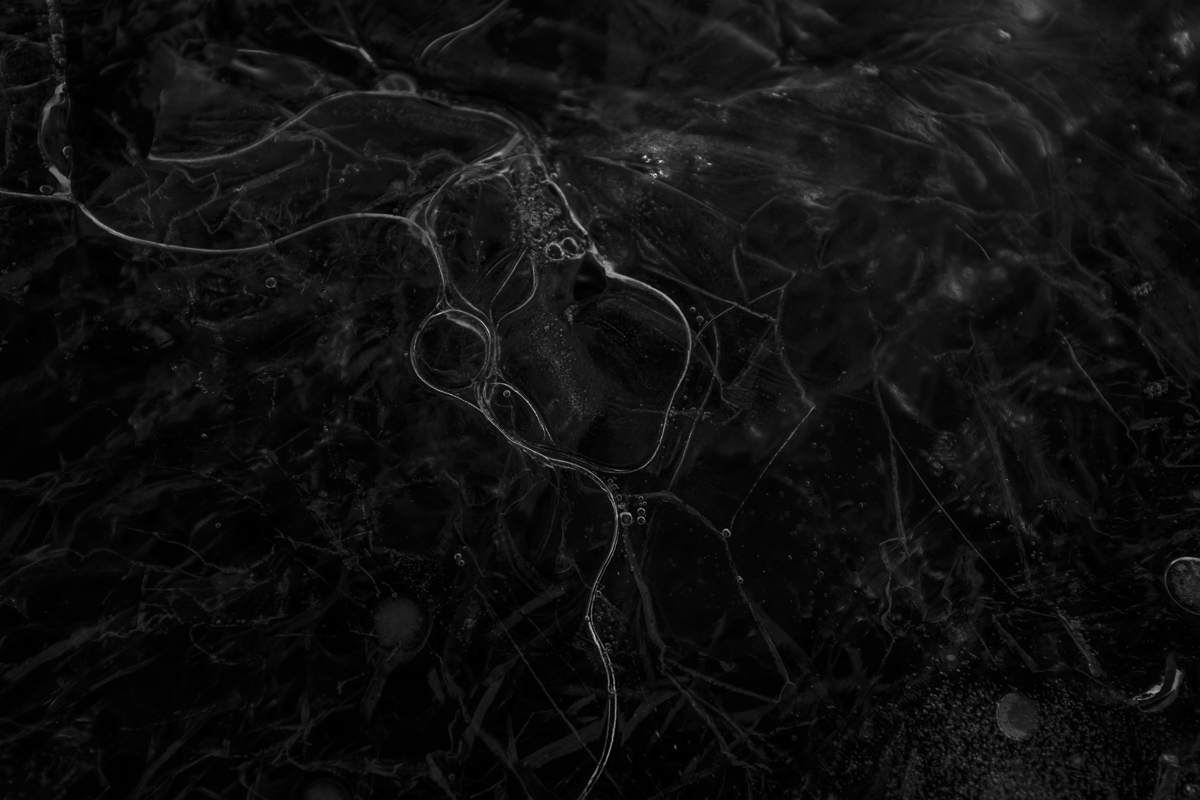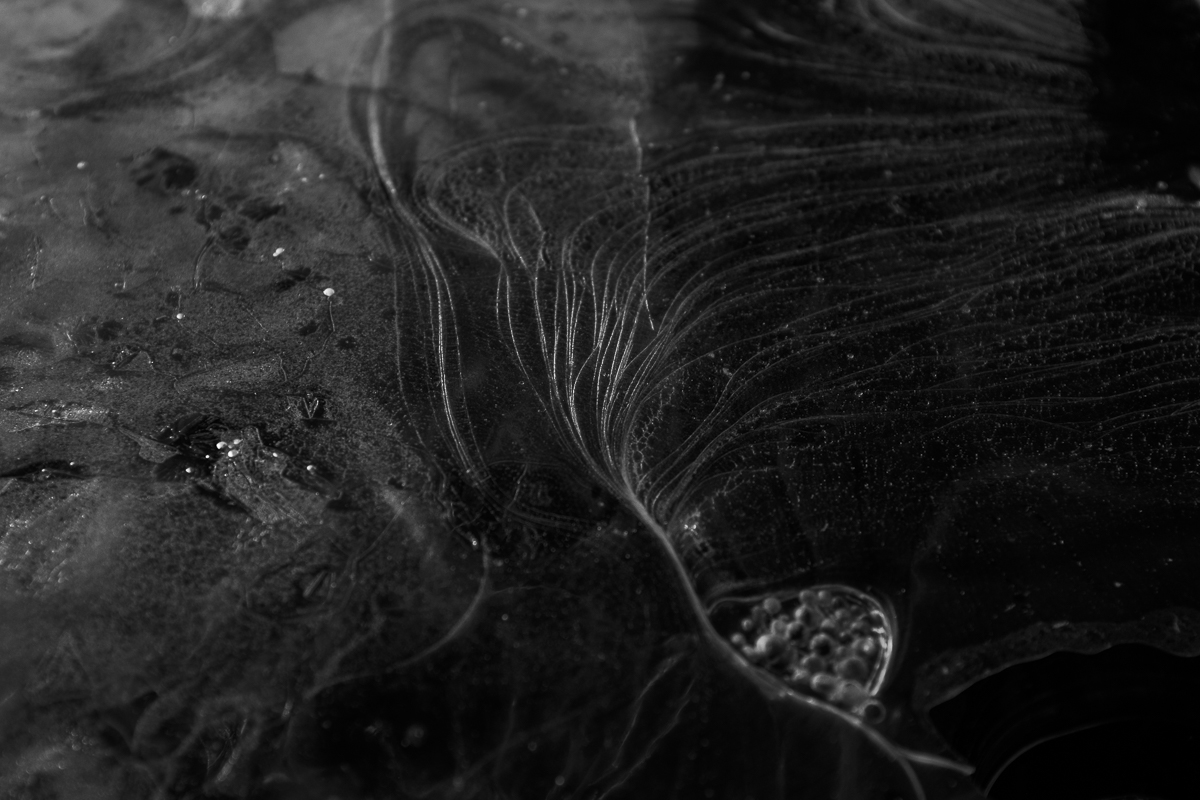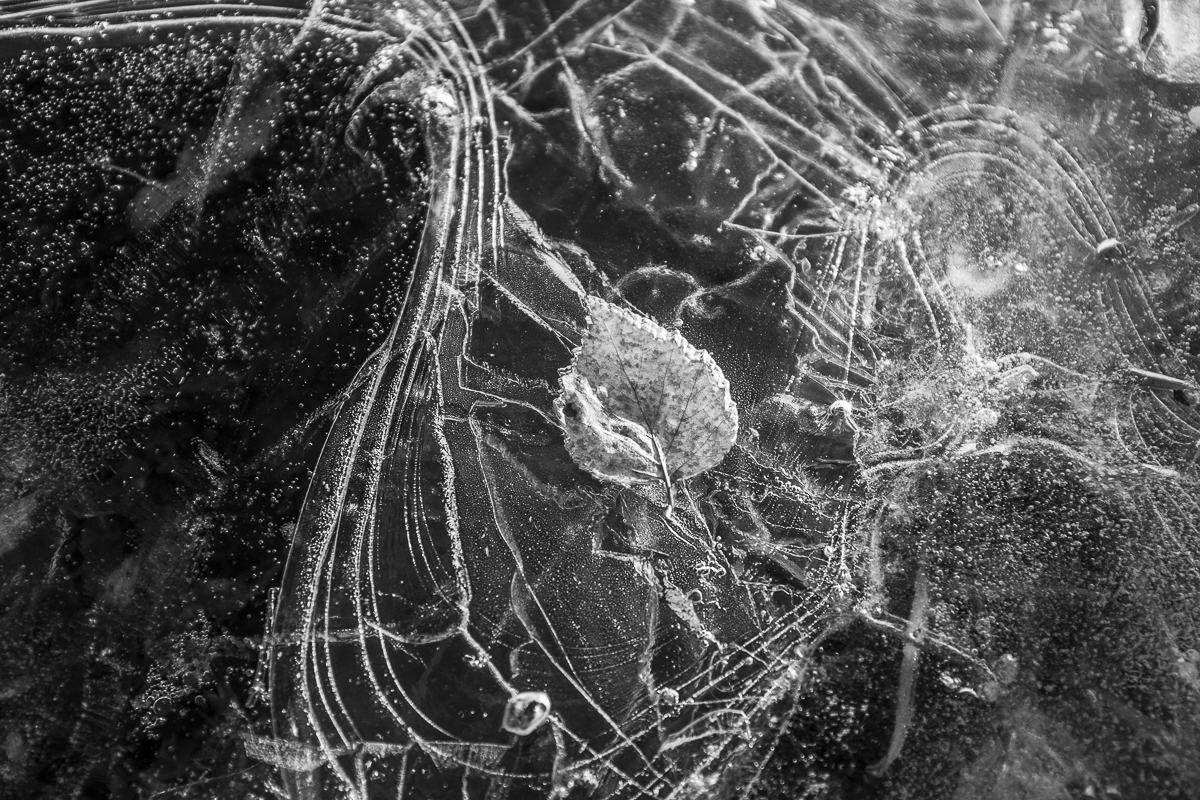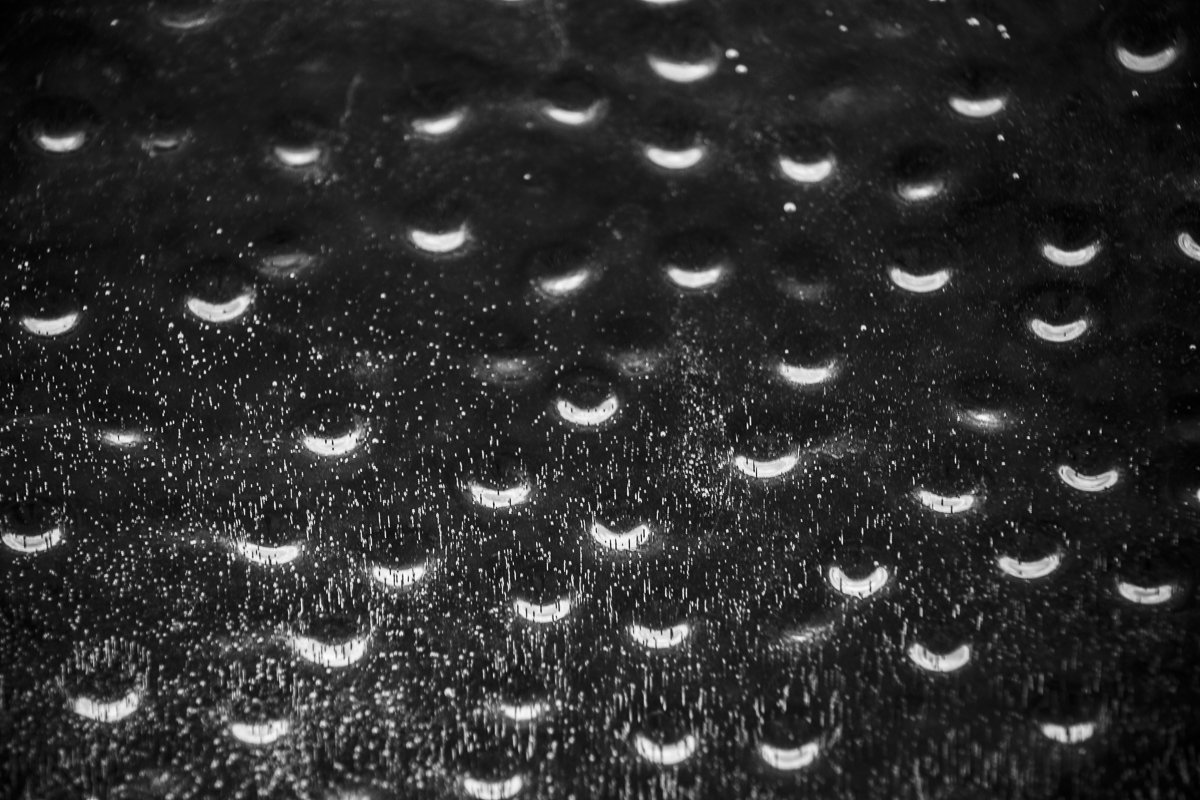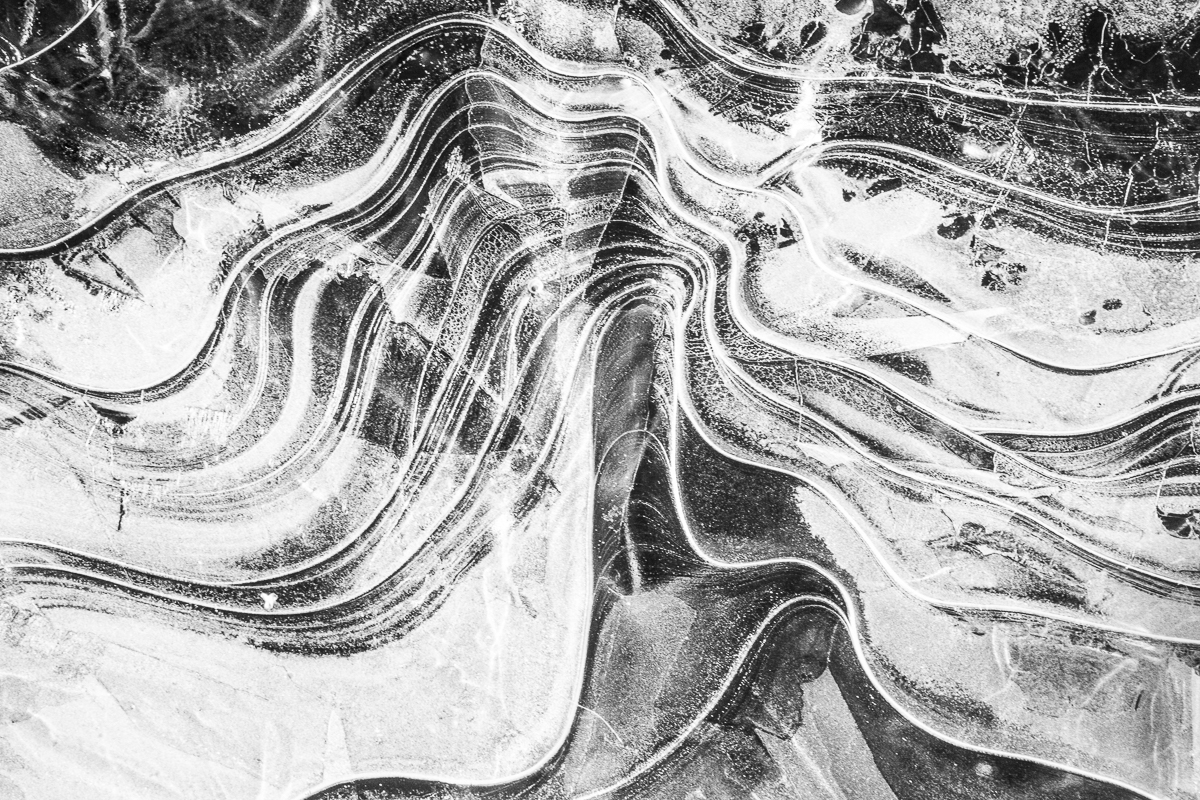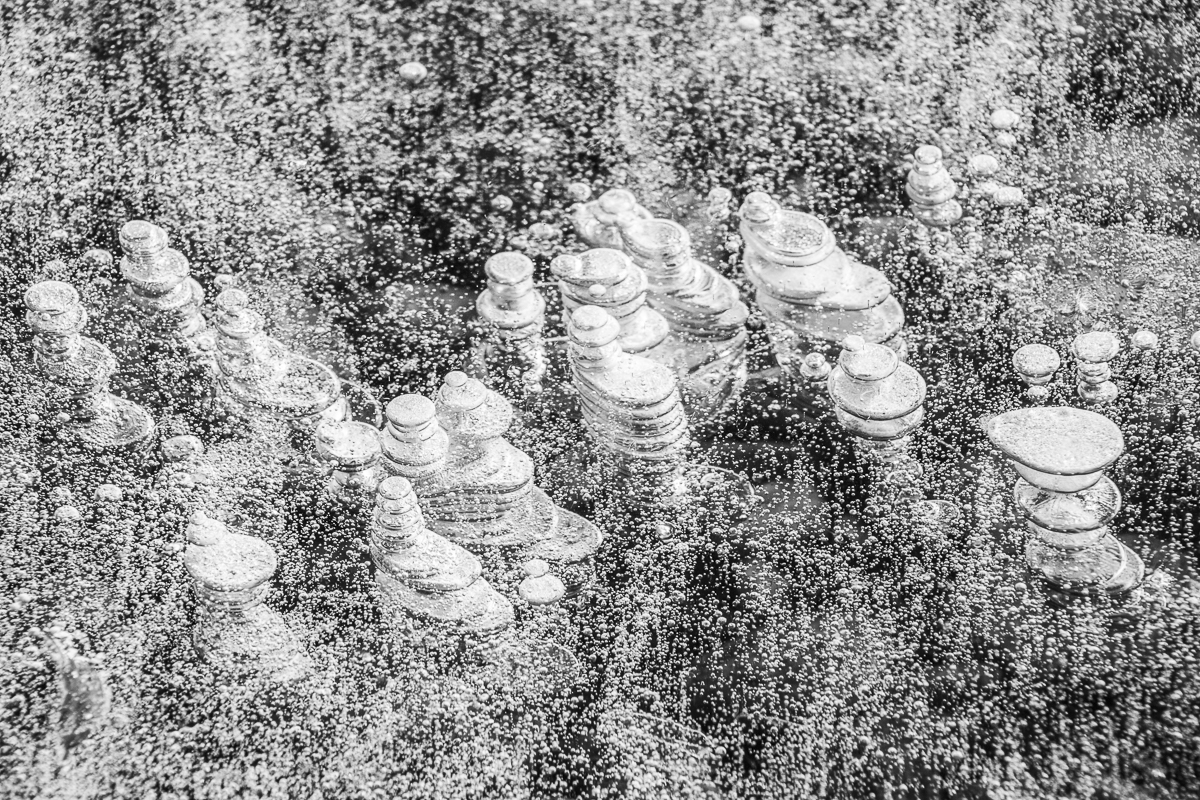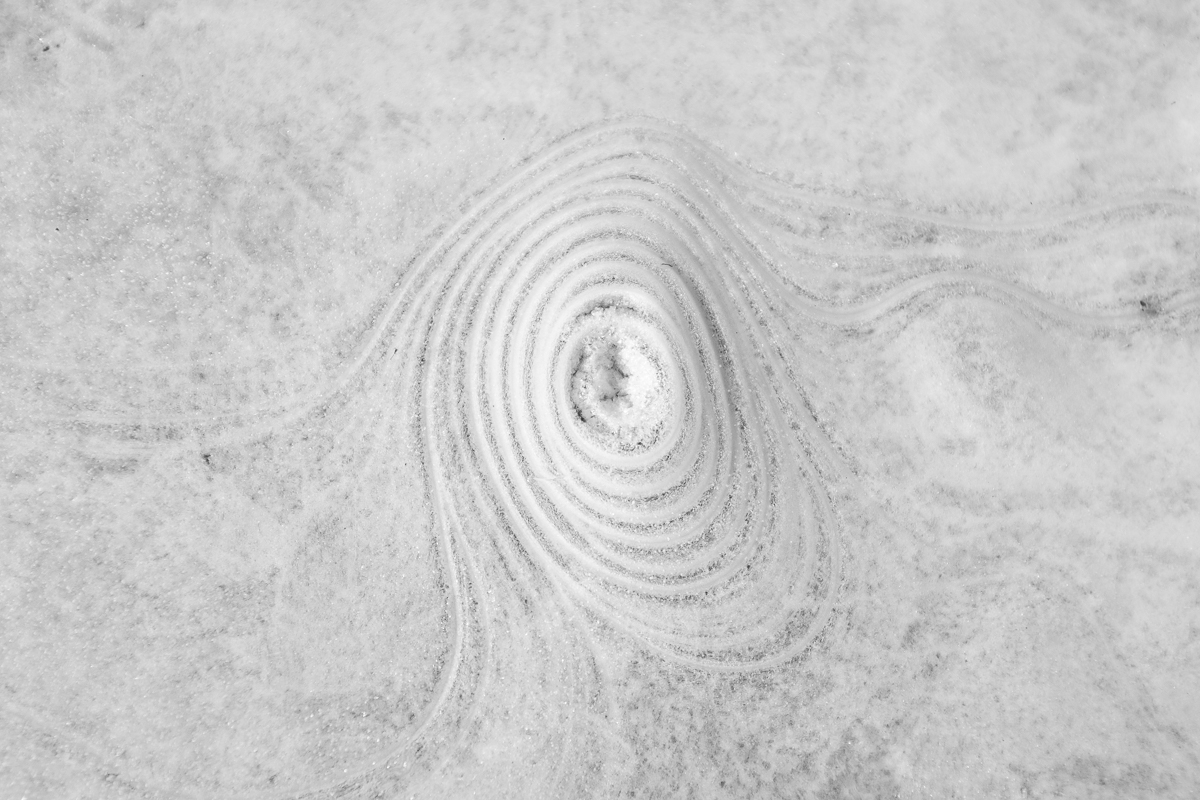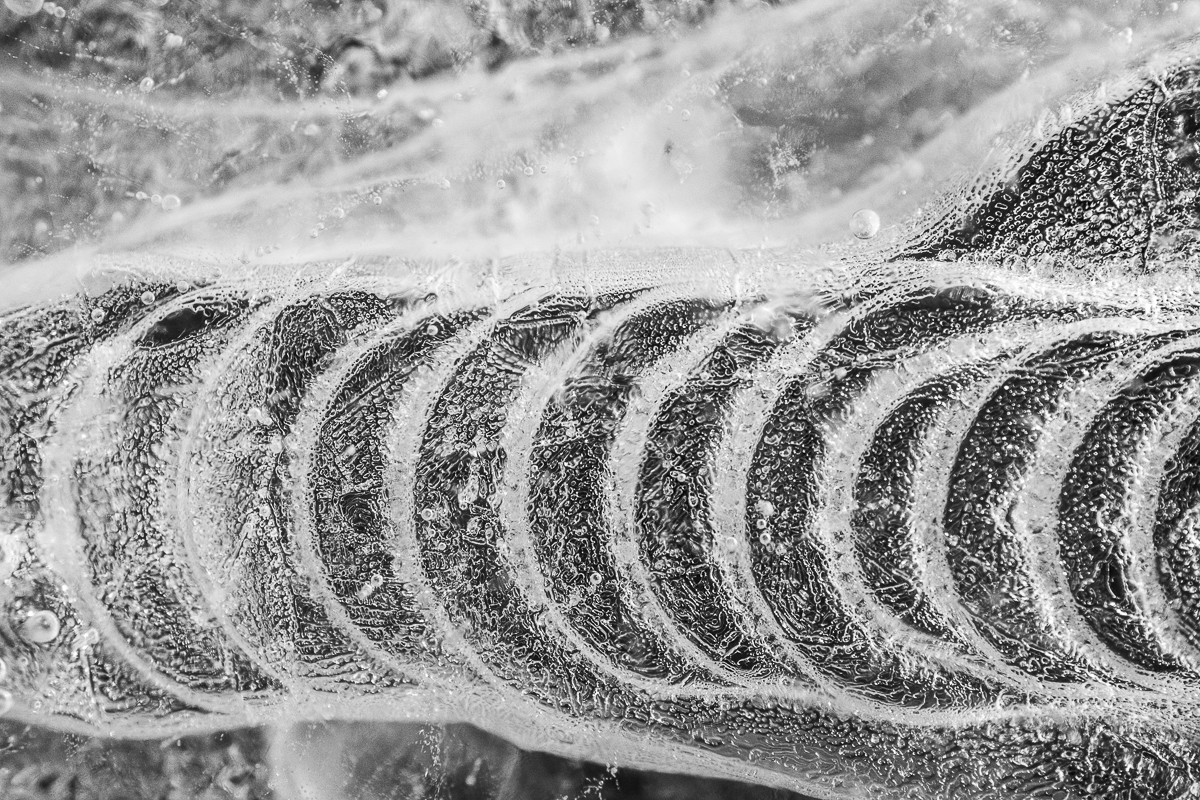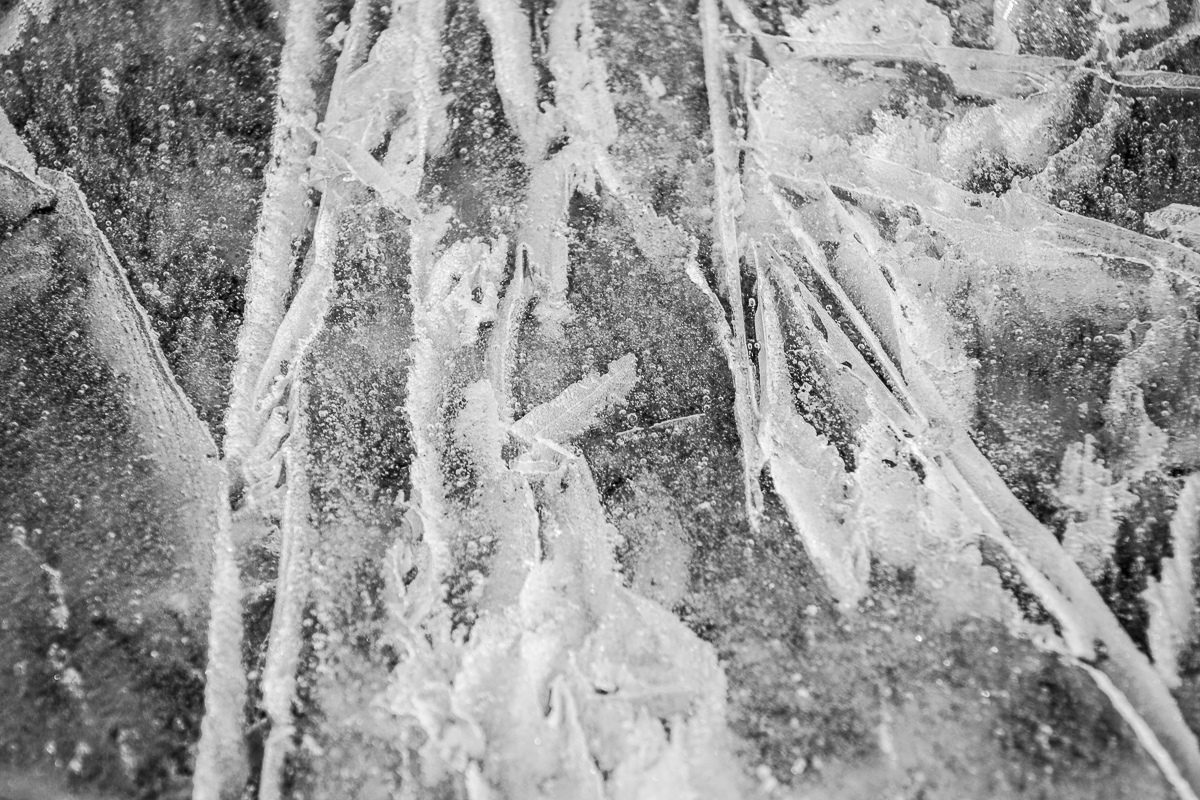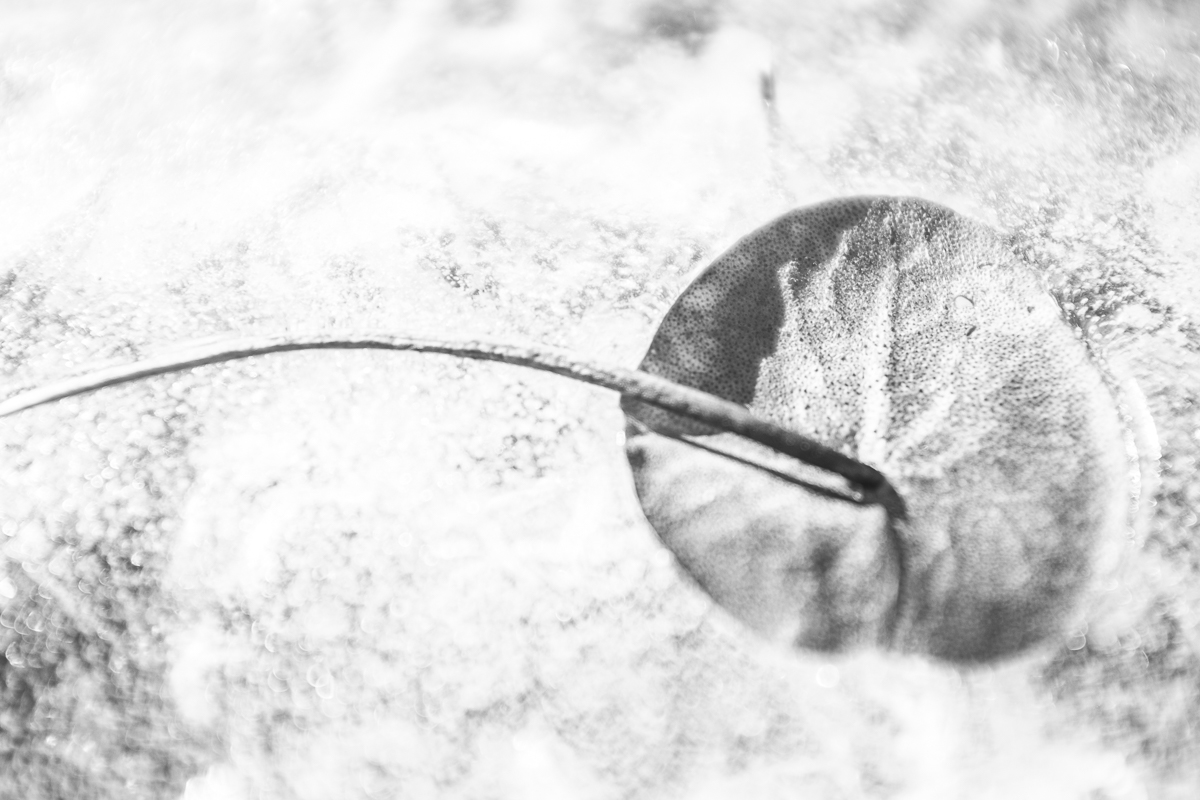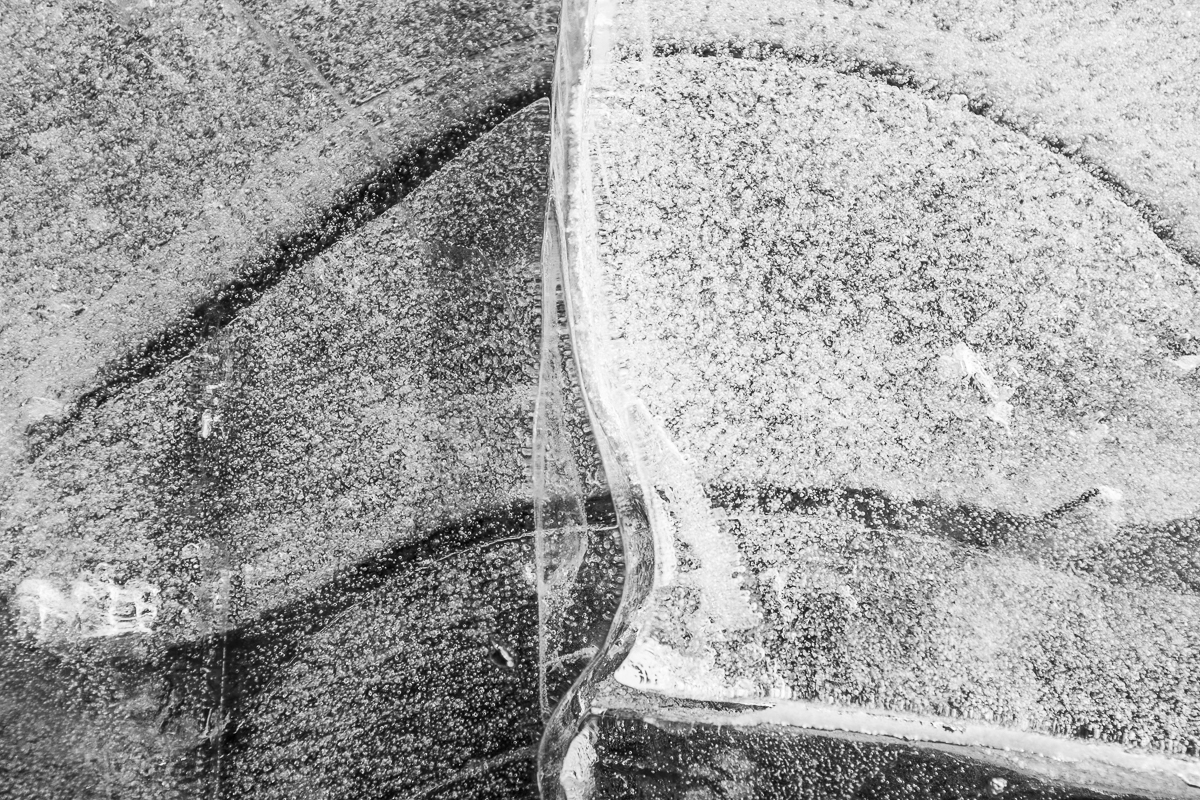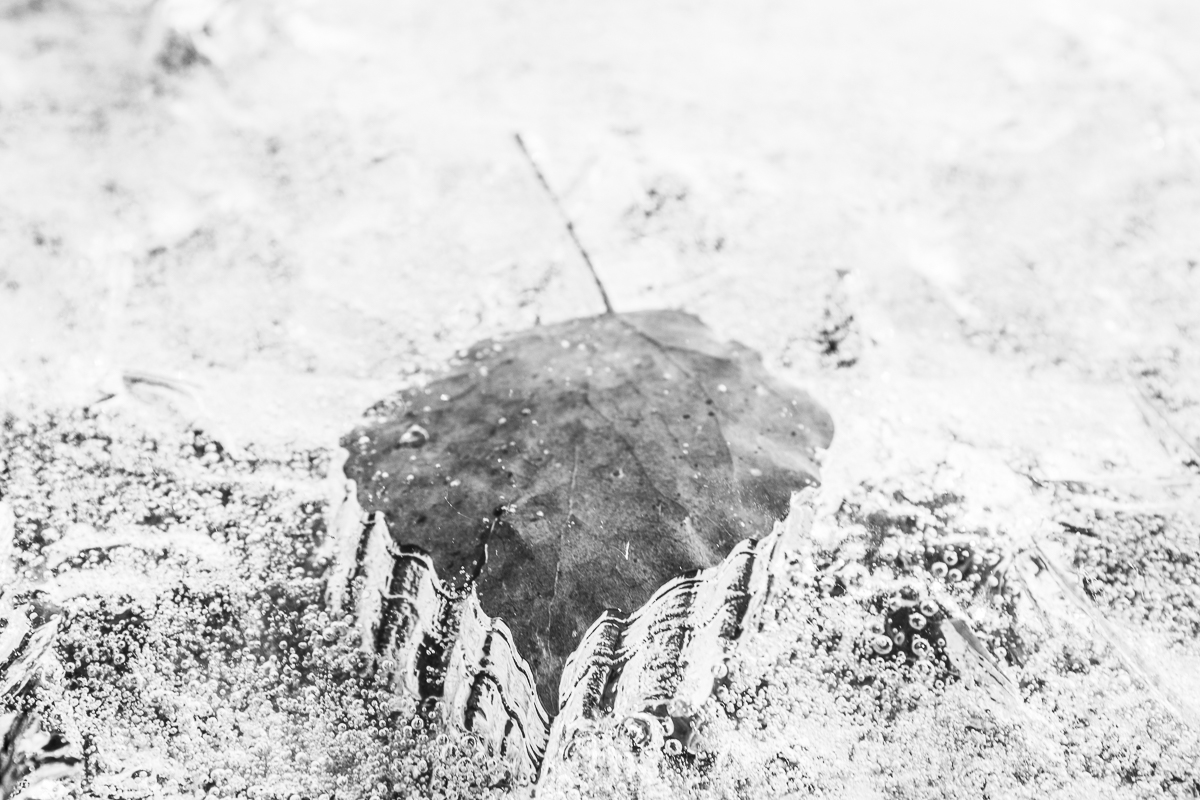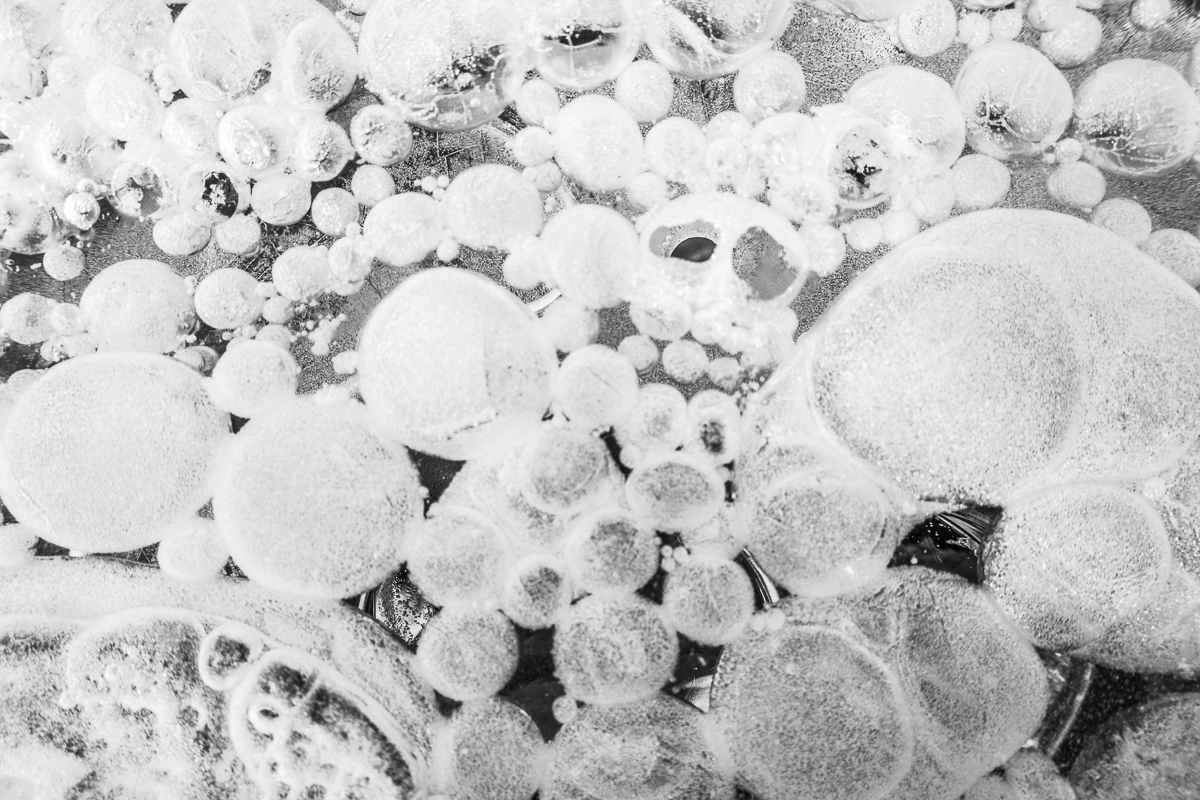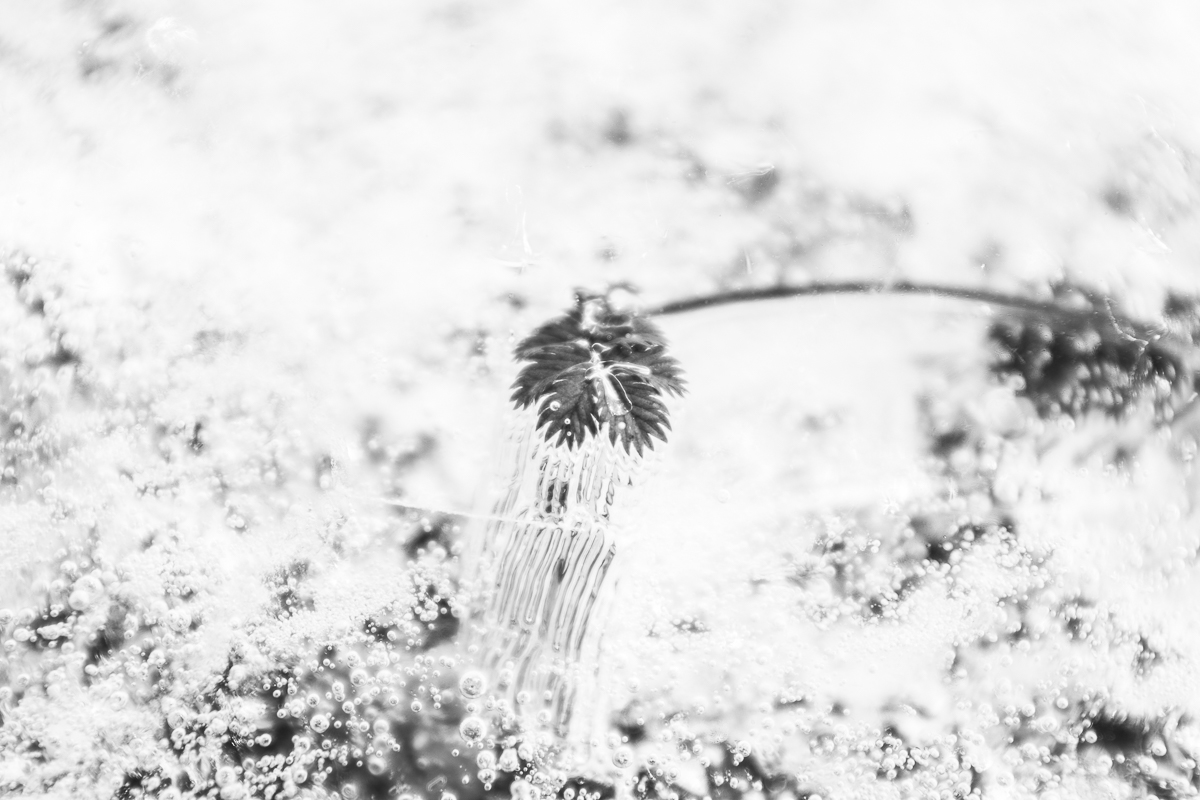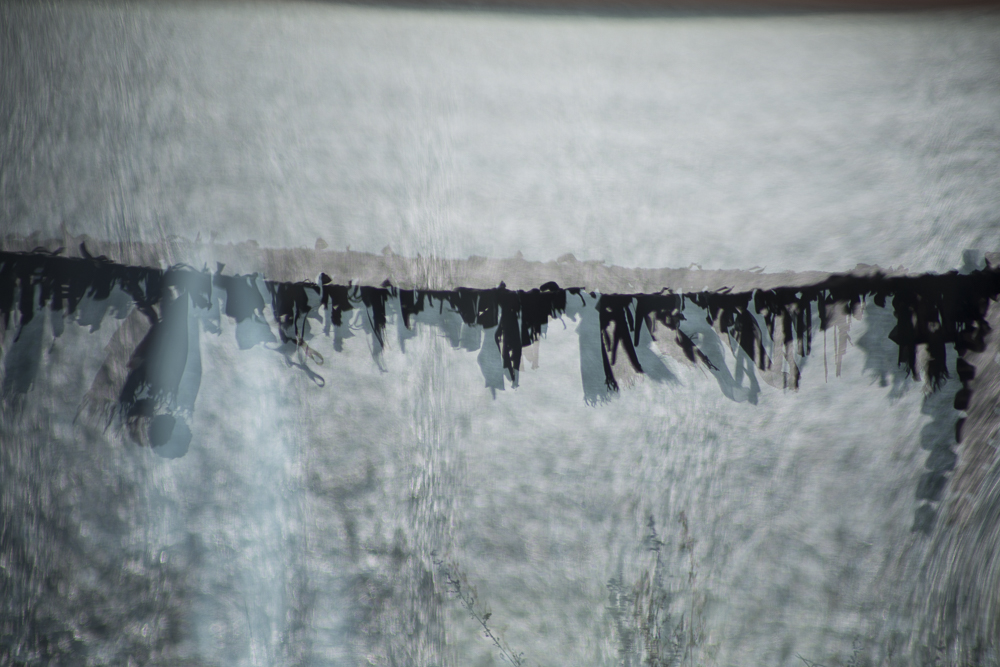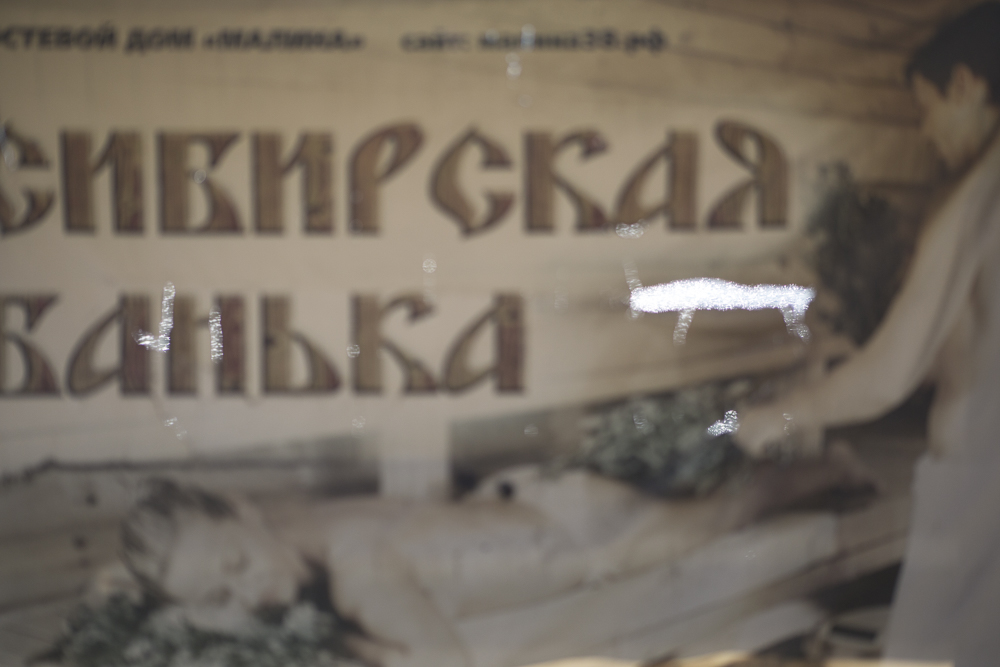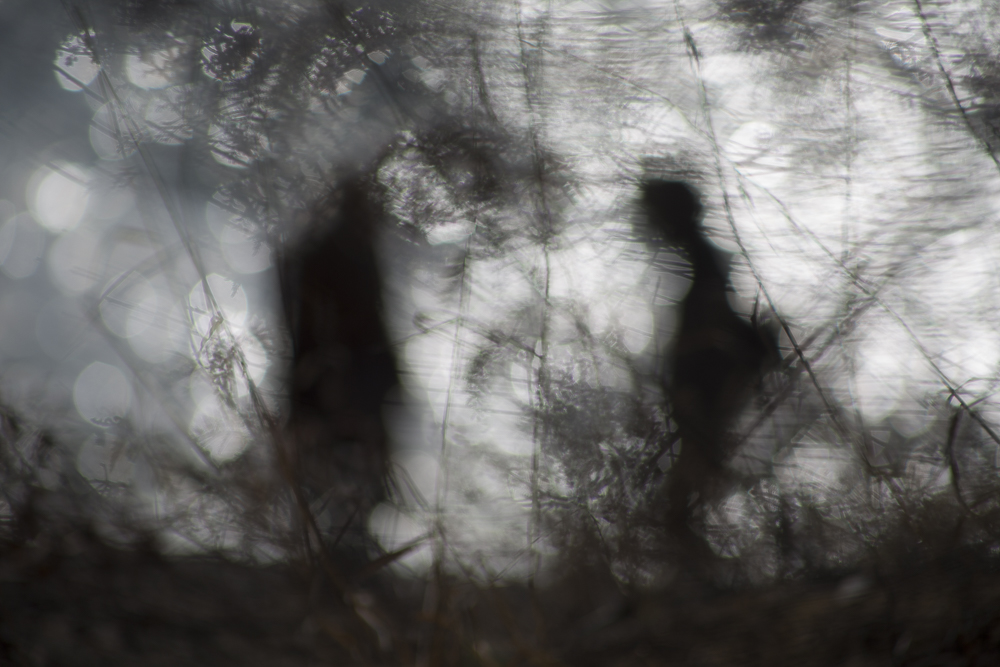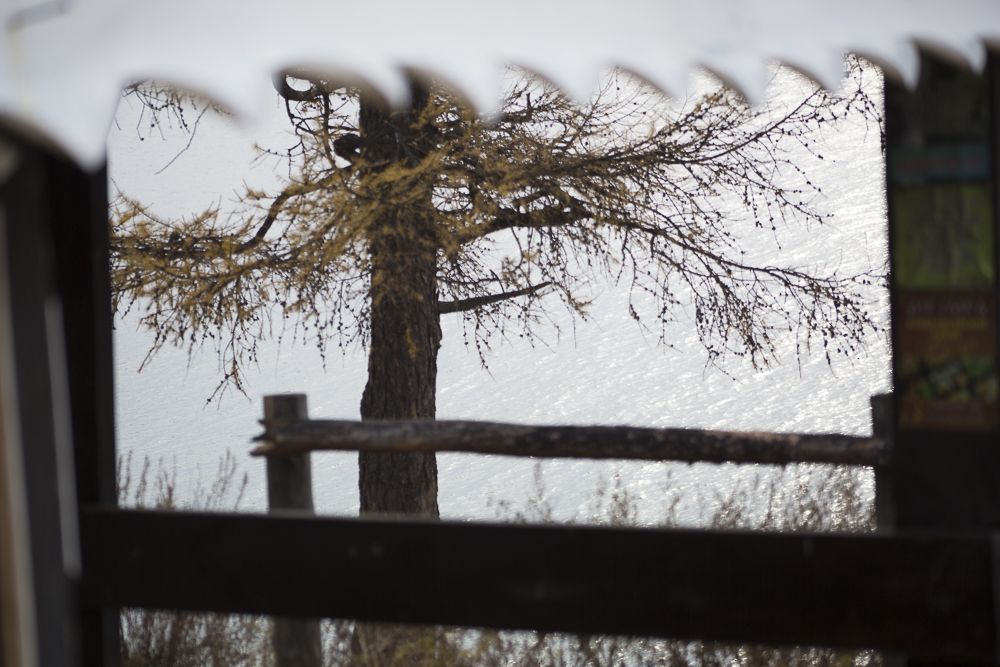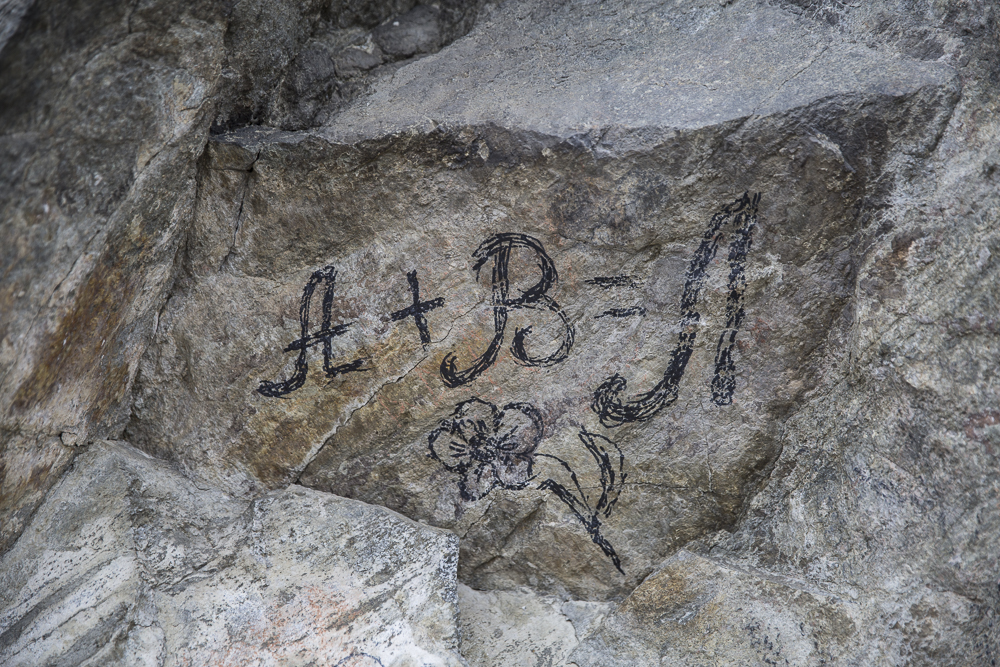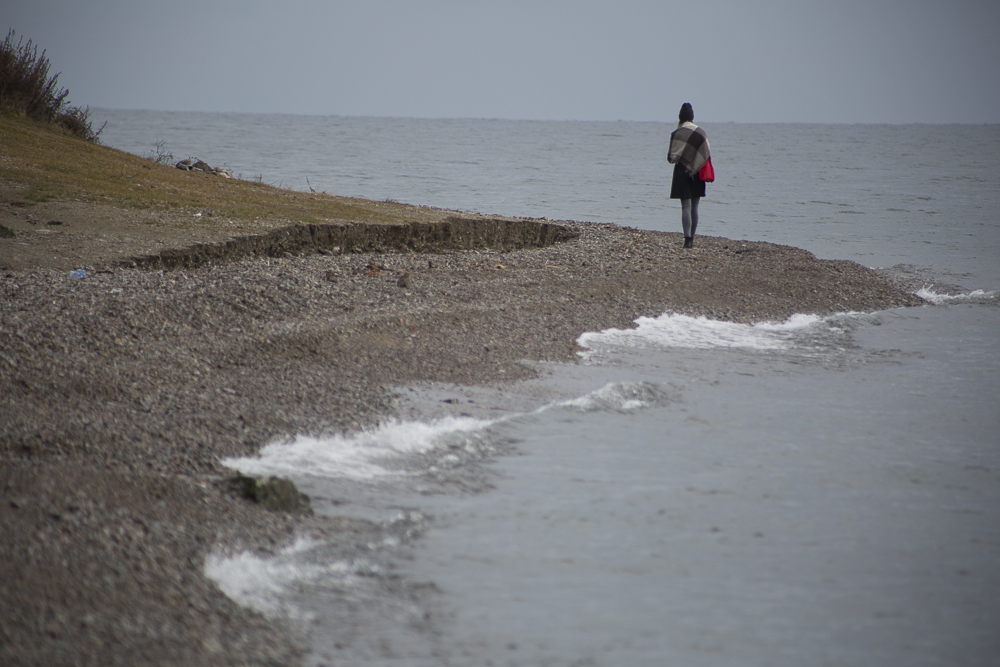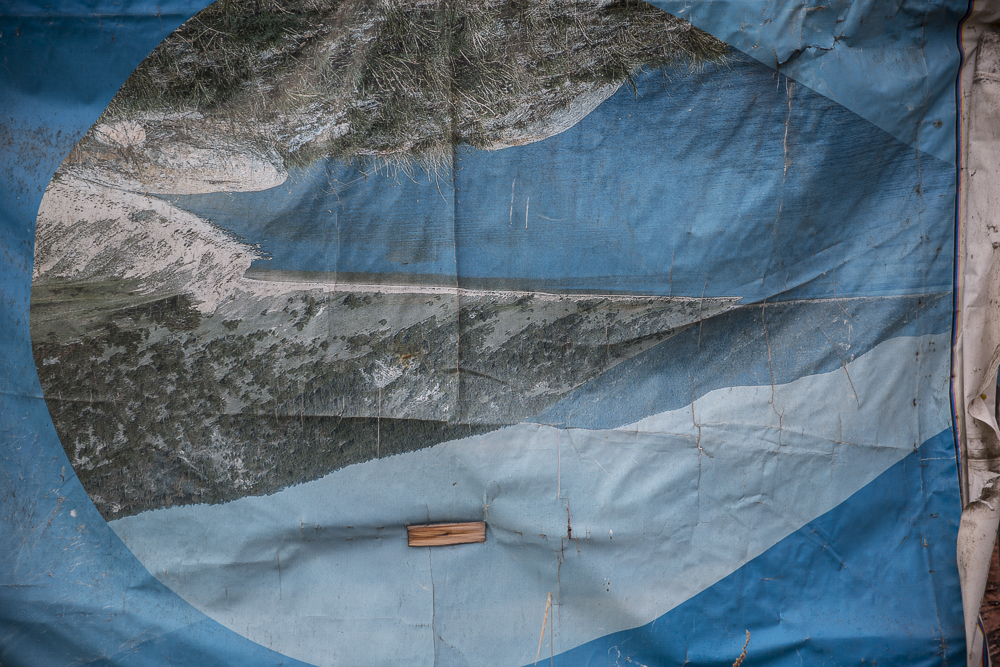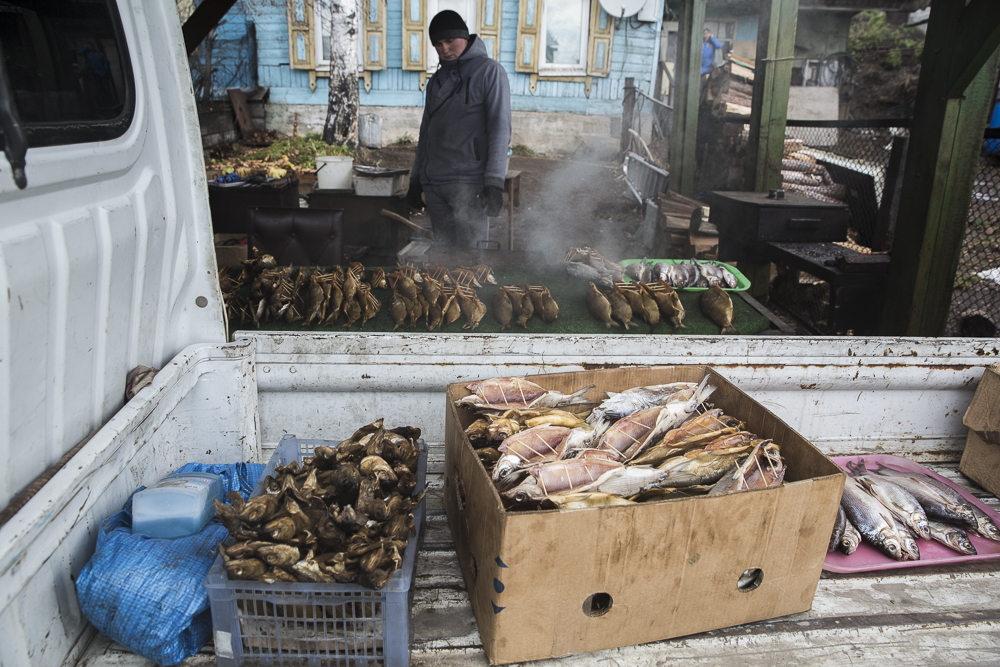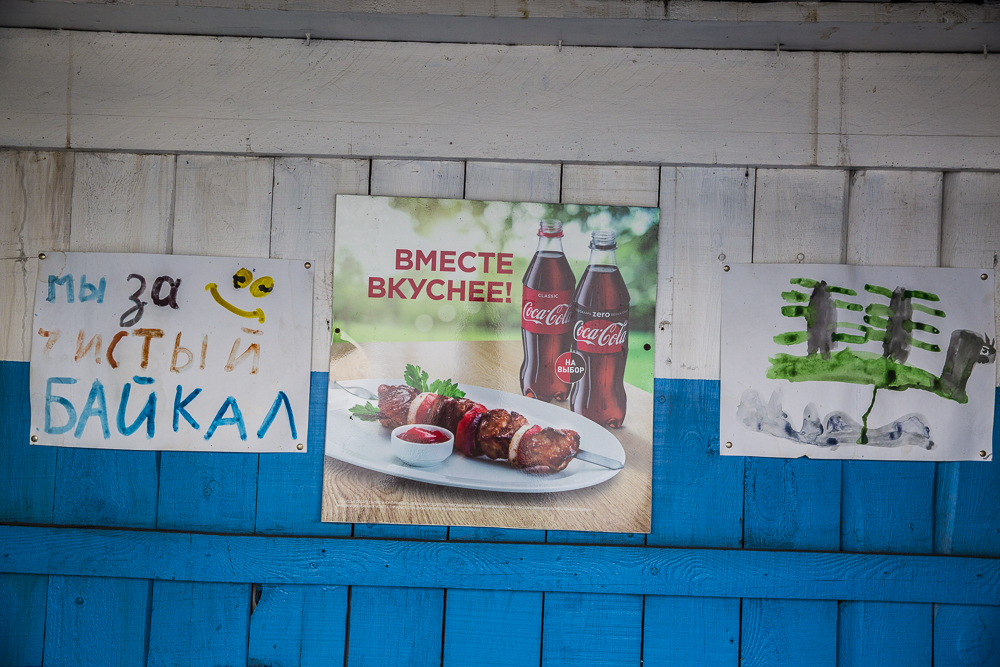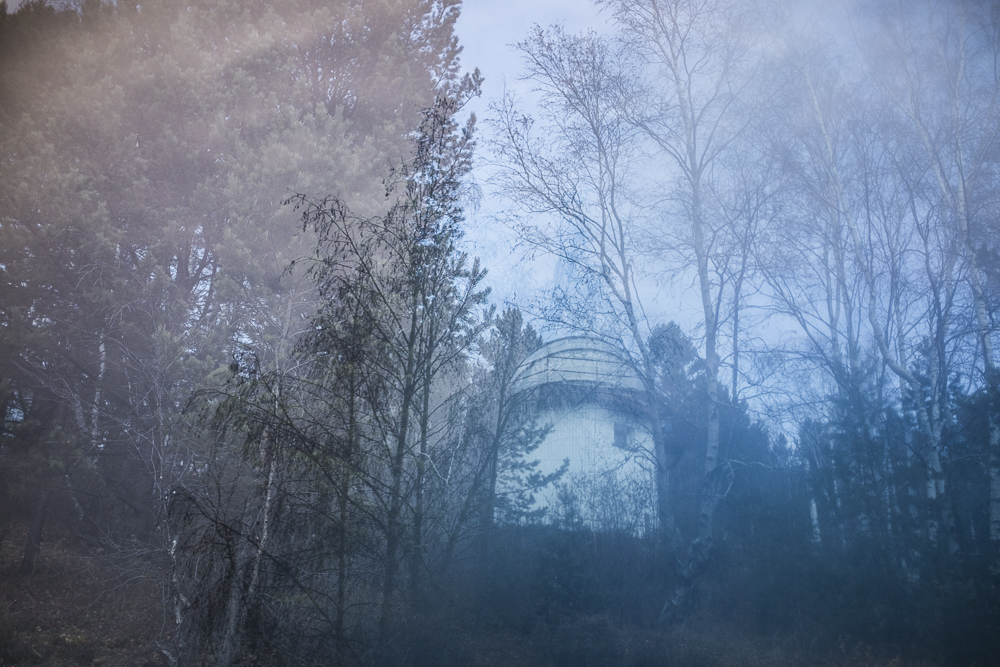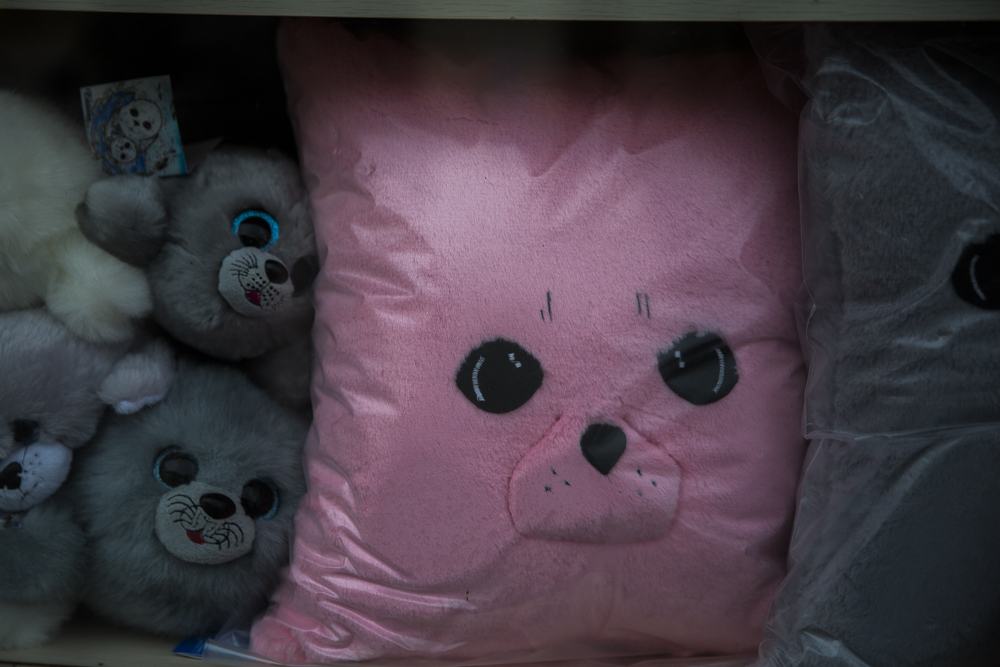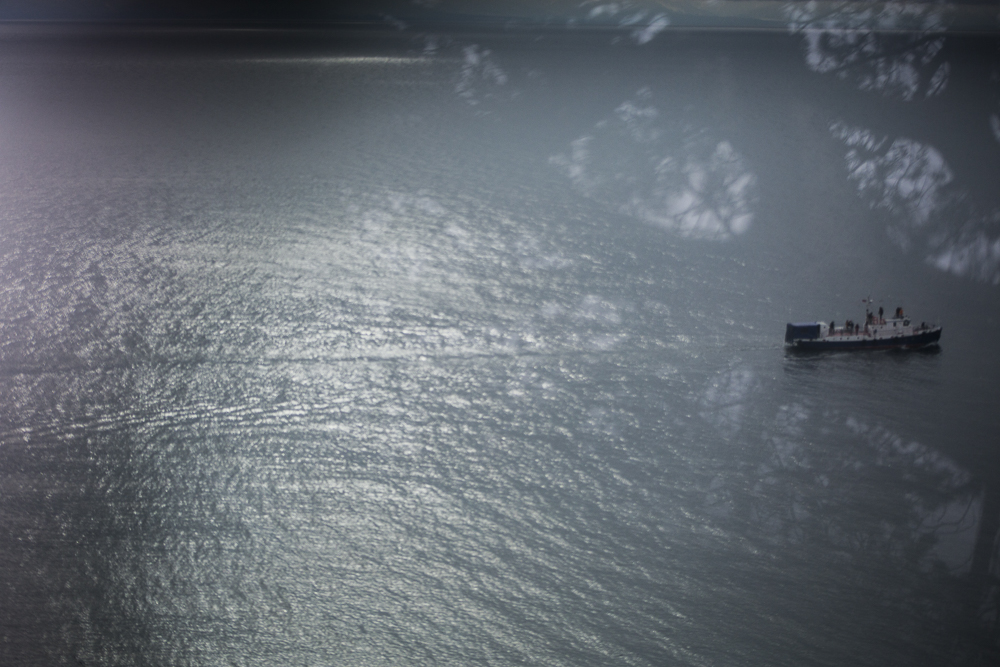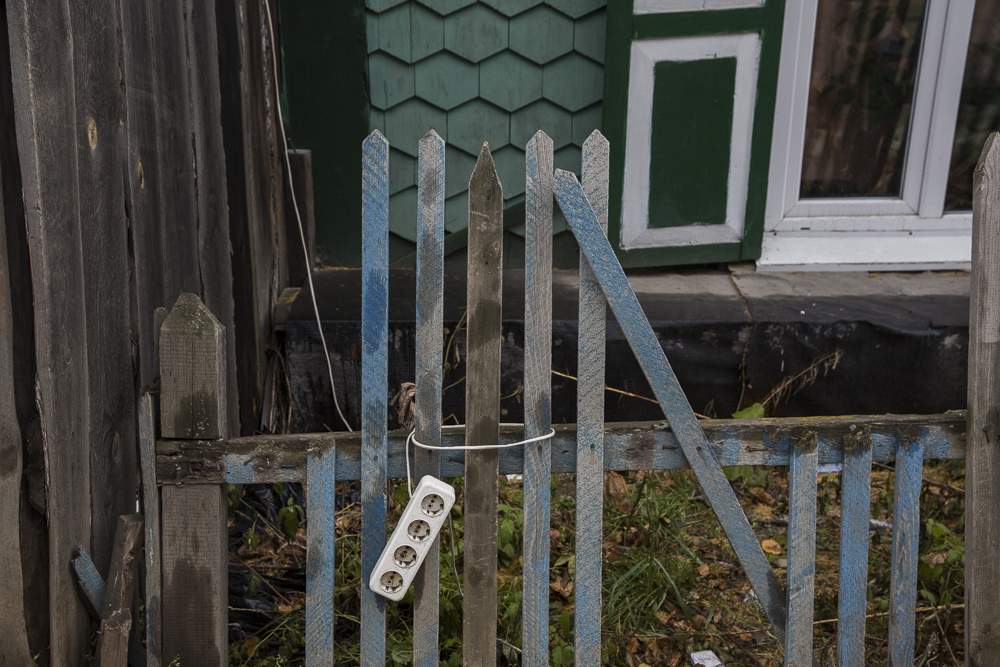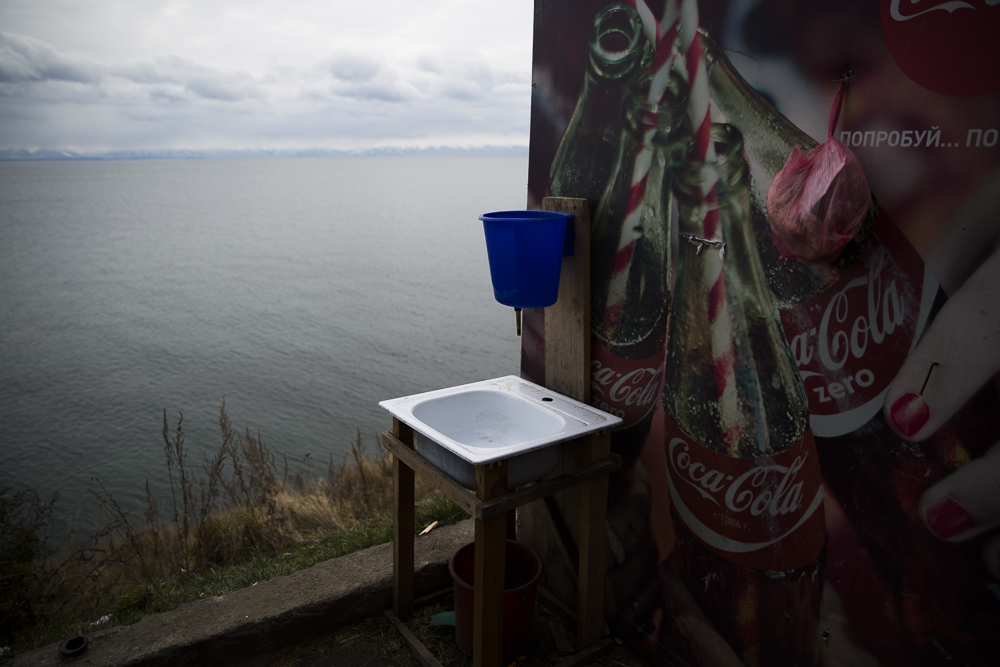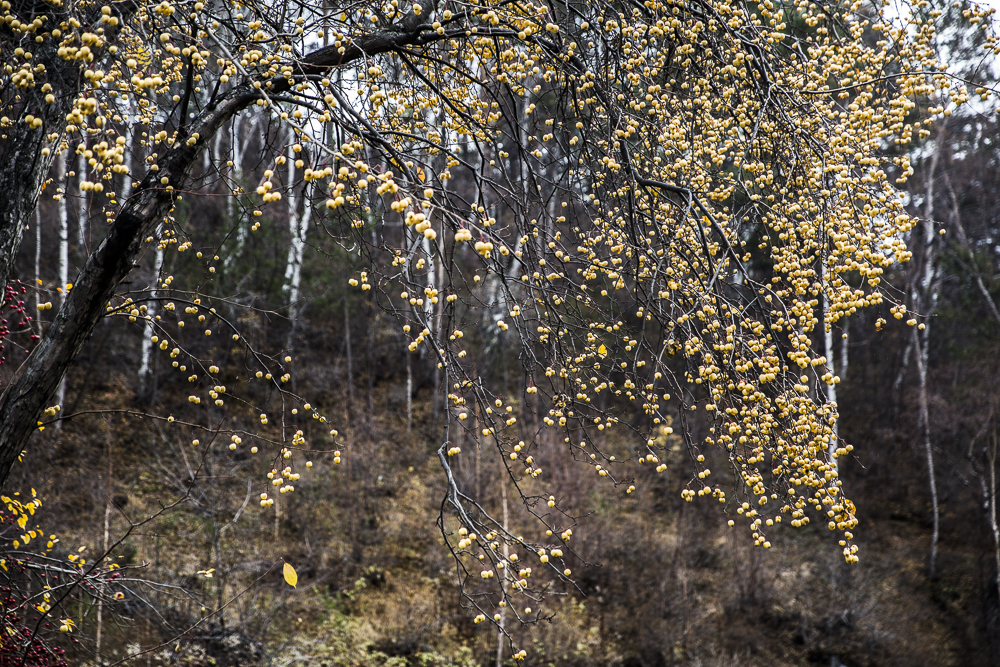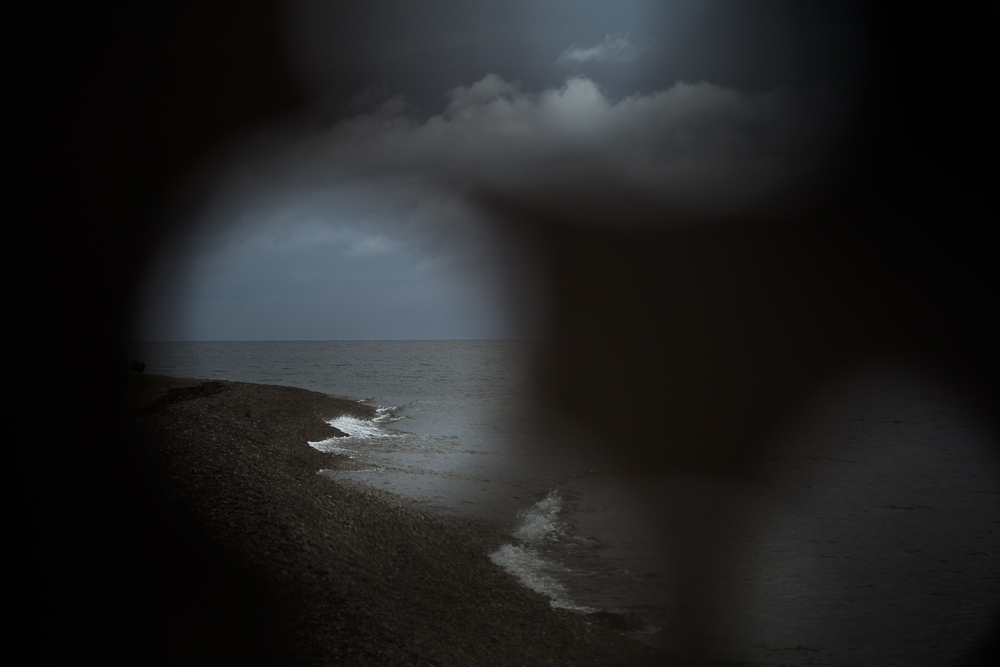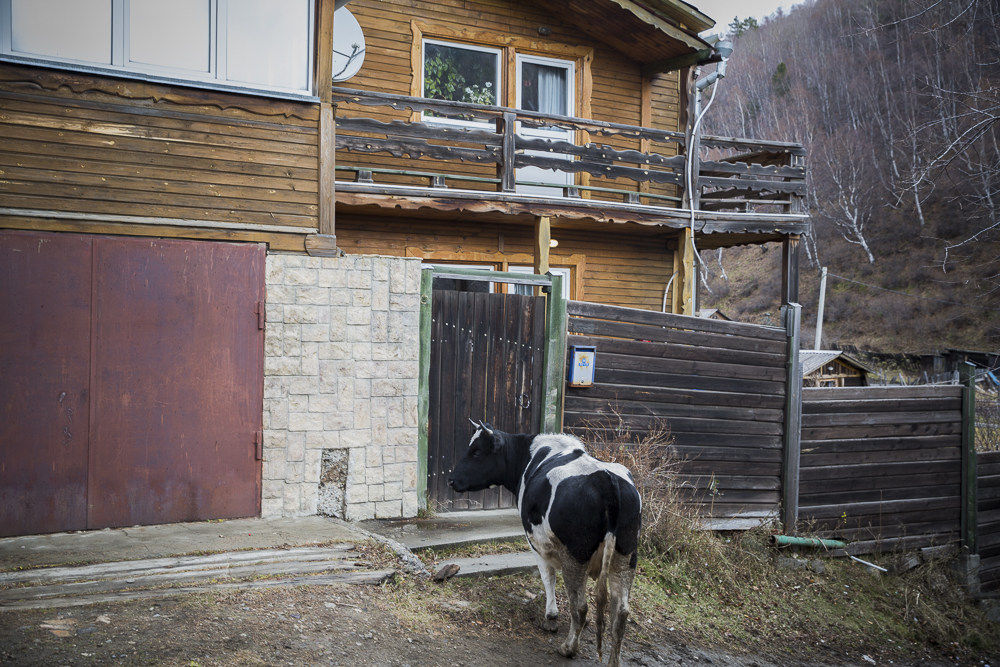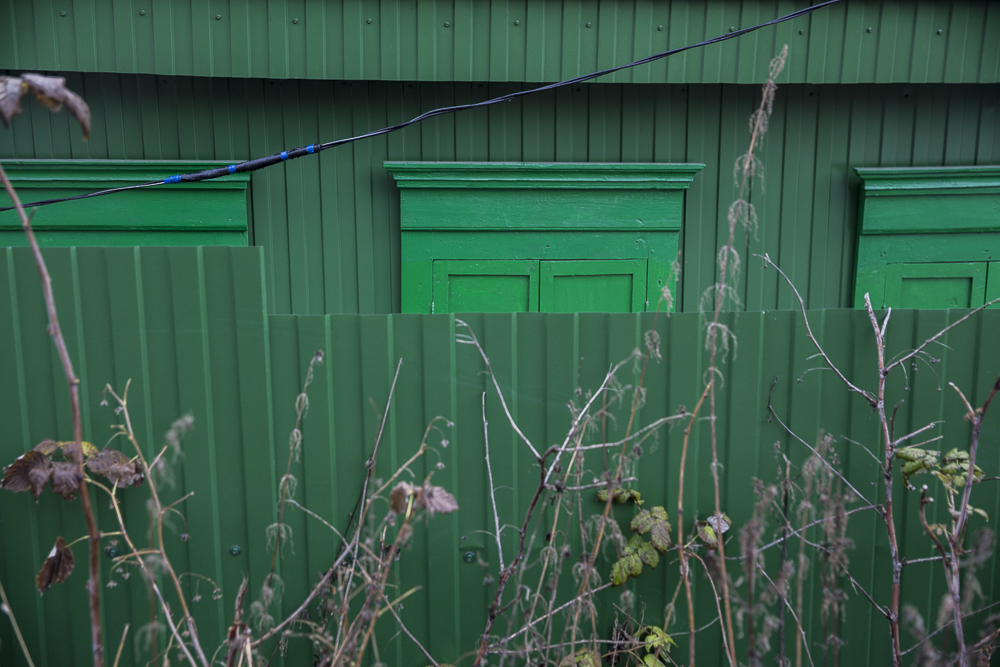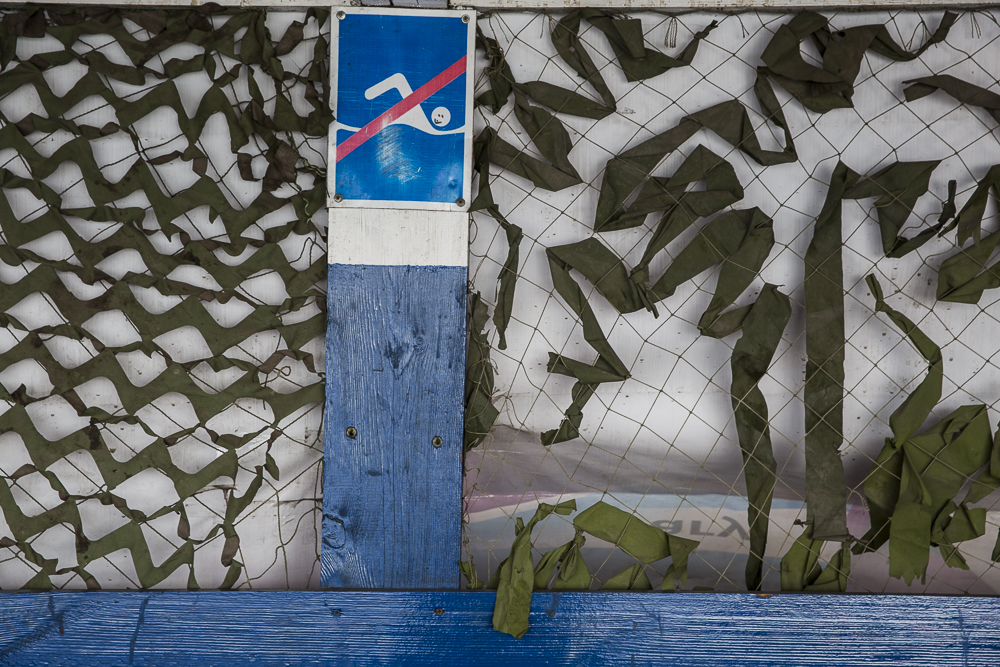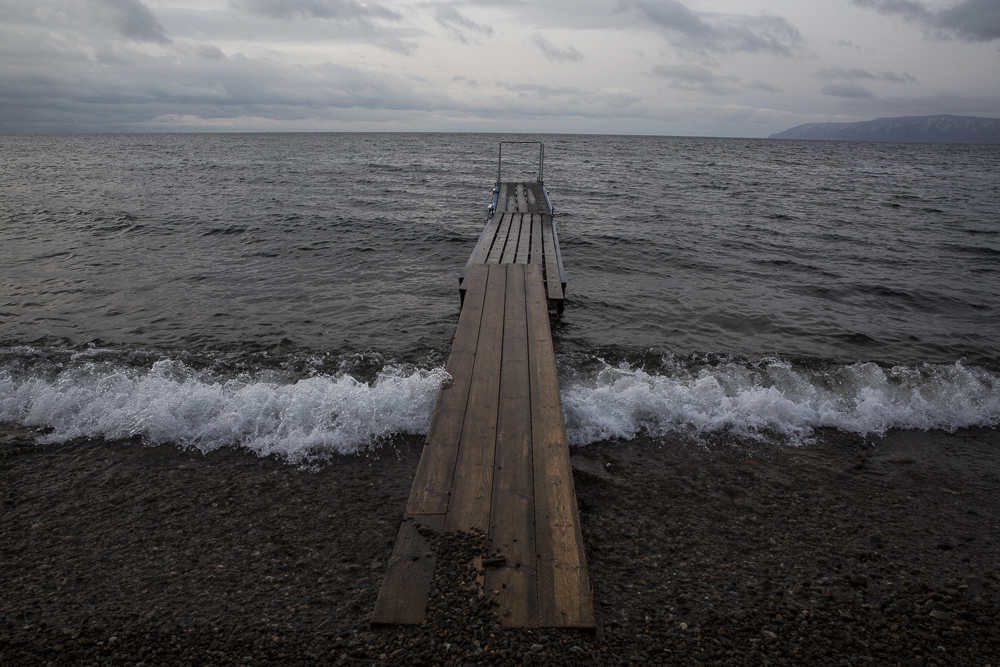Jessica Zychowicz
This is the third of four in a series of experimental poems by Jessica Zychowicz, a scholar, critic, curator, and writer currently based at the University of Alberta's Contemporary Ukraine Studies Program in Canada. The title of the series, "Workshop for the Revolutionary Word," references the avant-garde circles of artists in Kyiv, Ukraine, in the 1920s, a context that gave rise to fierce debates on the direction of culture between opposing groups of writers in the early Soviet era. The poet Mykola Khvylovy, first a member of the Ukrainian Communist Party CP(B)U organization Hart, later founded VAPLITE in 1925 (Vilna Akademiia Proletarskoi Literatury—The Free Academy of Proletarian Literature) that served as a powerful platform for his critiques. He disagreed with Rosa Luxemburg and her Ukrainian supporters Iurii Piatakov and Evgeniia Bosh, who claimed that the world transformations then occurring were successfully dissolving national boundaries; by contrast, he put forward that any conclusion to the search for a more revolutionary, more progressive internationalism had yet to be achieved. “To create a new language Khvylovy fused various linguistic levels: the traditional concerns of the Ukrainian intelligentsia were interspersed with references to Western literature, Marxist political theory, the macaronic language of the Russian civil service, and the racy idiom of the town proletariat. The twenties were witnessing a democratization of culture of unprecedented proportions: the introduction of mass education, mass publications, radio and cinema meant a rapid expansion of culture beyond lyrical poetry and the theatre of ethnographic realism.” (Shkandrij, Myroslav. Modernists, Marxists, and the Nation: The Ukrainian Literary Discussion of the 1920s. Edmonton: CIUS Press, 1992, p. 55.) Parallels to this earlier moment of social and cultural upheaval in the early Soviet era can be felt and seen in Ukraine today. These poems bring together contemporaneous observations in the frame of exploring forms of dissent with regimes of power around the globe that serve to oppress creative expression. Asking us to revisit what can so easily be taken-for-granted, or rendered invisible, the poems play with historical repetition in different times and places in order to unmask “new” versus “old” technologies of censorship. These poems are shared in keeping with Atlantika Collective's emphasis on embracing an "open circle" of artists, writers, curators, educators and thinkers. Jessica welcomes any responses in this collaborative spirit. For more on Jessica's background, please visit our Members and Contributors page.
WHERE THE FUTURE IS
UKRAINE is a country
Of angels and mafia men,
Of gunshots and gunned engines,
gutter dogs and little girls in
thick striped tights waiting to take communion.
Ukraine survives on its soiled hands,
on its gritty shell,
on its back like a COCKROACH—it kicks hard with a powerful will.
Ukraine is a territory claimed by
its neighbors’ tendencies to EXPAND,
and machines that SPIT AND CUT,
hurtling tons of wheat across 50 GAUGE RAILS well past midnight.
And they keep the EVIDENCE of DECADENCE anyway—
the SOVIET crystal decanter CONSTRUCTED from two halves,
two NATIONS ALIKE IN DIGNITY
stamped together in a FACTORY—
the line between them nearly invisible,
but still tactile—perceptible only to the touch
WHERE CIVIL BLOOD MAKES CIVIL HANDS UNCLEAN
walnut whisky running over everything
IN FAIR KYIV WHERE WE LAY OUR SCENE
A FLOOD
when they return
to report that they all
PRACTICALLY GOT AWAY WITH MURDER.
STAMPS AND MONUMENTS
will attest that she is an OFFICIAL country—
she is warranted between the lines,
traded in sideways doses of 80 proof currency,
when she deals her CONTRABAND.
POLITICIANS and their HENCHMEN are NO WIT
for the ABACUS
that will eventually serve them up
to the HUNGRIEST WOLF
waiting in line
at the communal counter
O – the inescapability of numbers
and the danger of monthly SPECULATION.
Ukraine is a pot-holed ROAD
A rug on the wall instead of A FLAG
Chicken bouillon, black bread, borscht,
She is one day late in a 24-hour clinic,
a gruff goodbye, a deep bow,
a marriage proposal, an anecdote,
a wooden stool
an “I LOVE YOU” and then a “FUCK YOU”
for believing them, when they say
in the election campaign posters
ON THAT ONE LAST RIDE ON THE METRO
for six Hryvnias instead of eight
that they are all telling the truth
THIS TIME AROUND.
She is a defunct beet SUGAR FACTORY,
Berries that look like eyes, staring,
Out of MANNEQUIN HEADS IN BLACK LACE
An antennae covered in razor wire
REPLAY in the martshrutka rearview.
A clay oven, apologies,
ENVY
and a loud T.V.
tuned to your favorite REALITY SHOW— [INSERT YOUR UTOPIA HERE].
Bring your best CAMERA to capture
TECHNOCHROME FINGERNAILS
and LAMINATED PHOTOS of NEON LUNCH SPECIALS
nothing is too flashy here!
SHE is many headscarves away from THE FRONT LINE,
sitting in the back
OF THE THEATRE
where the bullets sound quieter
AS THEY WHIP BY.
There is also the CHOREOGRAPHY
to consider:
of cherry blossoms during KYIV’S TURKISH TOURIST SEASON
the bills
falling on the bar
faster
than
blouses:
That one tastes of LIPSTICK and the other one is IMITATION PERFUME FROM CHINA.
it must be some strange yeast that they are SELLING here in the bread basket of Europe
where the prices are so cheap, even the INTERNET IS CHEAPER THAN IN PAKISTAN
and don’t have to pay extra
FOR A ROOM WITH A VIEW.
But UKRAINE rides through the winter of her life like an UNBROKEN horse
holding her head up to the LIGHTBULB of a GUERNICA MOON.
IN TORETSK, DONETSK near the city of Konstiantynivka.
they leave potatoes in BLUE BUCKETS for the STRAYS
in the VILLAGE near the train station
to distract themselves from the sound of the GUNS:
“You will OCCUPY NOTHING.”
Then it ends up being the GRIP OF THEIR TEETH,
and not the basket of apples
recorded at the beginning of the FILM REEL
that leaves a purple memory
on her arm.
Deep into summer she is bright steel
in the sun’s reflection on her 3,000
riverbeds full of SHRAPNEL
“I dare you!”
Thunder cracks over her back,
BANG! BLAST!
She disappears—
like GOGOL’S DEVILS under lightning.
This is what her villagers will tell you,
when they PREDICT that their crop will turn out.
AND IT DOES.
She is RED OCTOBER,
when the silent watchers among the trees give up their currency
and demand another COUNT for the HARVEST
stolen and imprisoned in jars
basements
and MINDS.
Ukraine is ashen like BURIED BONES and OLD PAPER—
far flung with the distancing effect of
historical documents and crushed snow,
footprints in the catacombs
where SAINTS and SOVIETS STILL ACCUSE each other in the DUST:
A SLAP IN THE FACE OF PUBLIC TASTE!
When she has had enough with the FIGHT—
She is AN OLD WOMAN,
VERTOV’S STREET SWEEPER
RODCHENKO’S MOTHER
Looking through SPECTACLES
for other seers like herself
who look
like an audience filled with APPLAUSE
on the cover a book—
filled with photographs of
OLYMPIC CHAMPIONS
doing backflips
to the tune of the INTERNATIONALE
PRINTED
in red and gold LETTERS
now burning inside the CENSOR
next to the tabernacle
in the church of all
that is ICONIC —
TO WHERE THE ETERNAL FLAME HAS SIMPLY SWITCHED SIDES.
So she kneels
through a PASSAGEWAY
framed in birch
as if GOD were busy elsewhere—
in a black OVERCOAT
smoking and SMILING LIKE A CAT
extending a hand
sealing secrets in wax—
to more easily move the SURPLUS around—
into the STEELWORKS!
into the MEAT PROCESSOR!
WHERE THE FUTURE IS
ALWAYS ARRIVING
ALL WAYS GO FORWARD!
